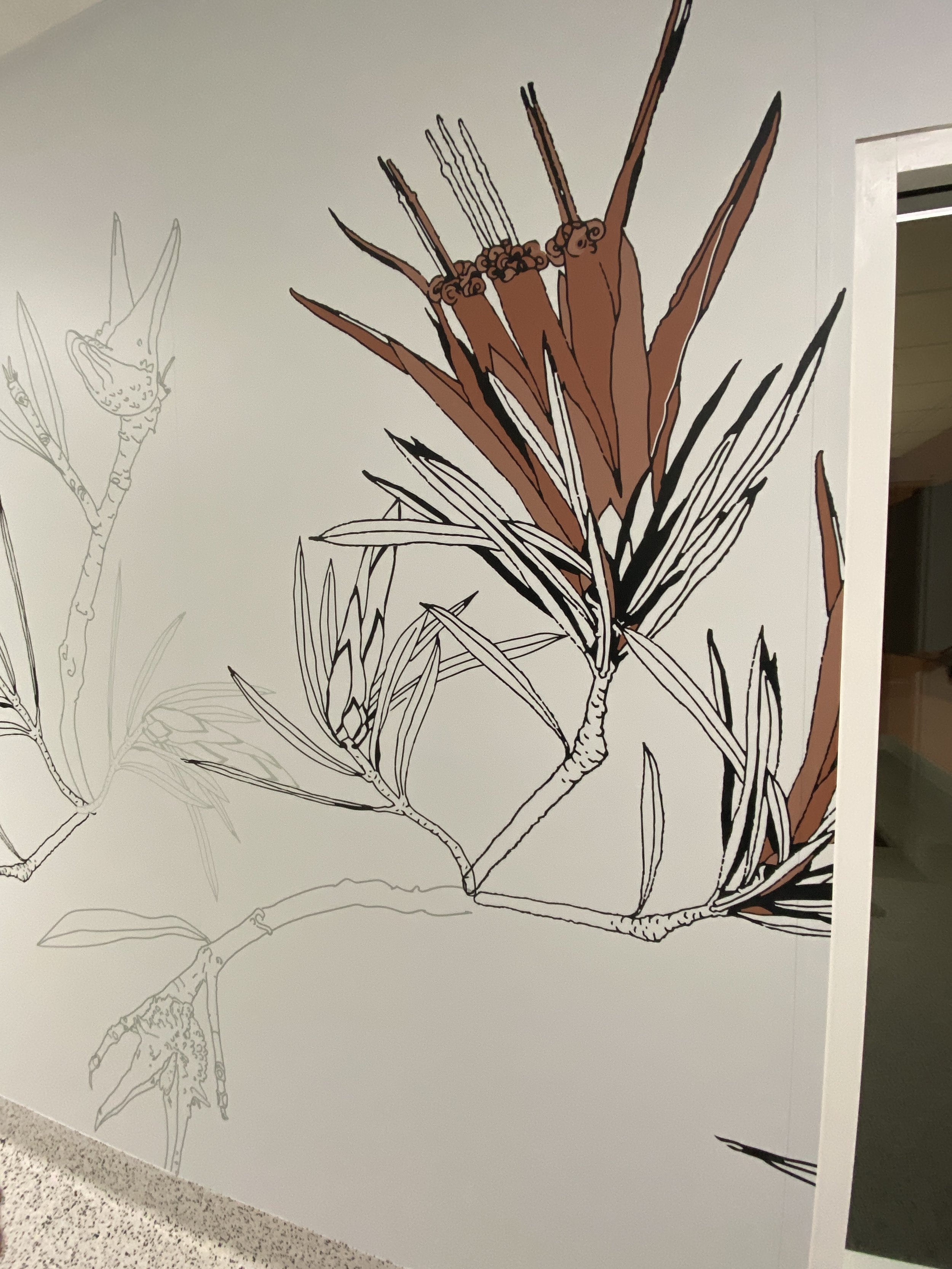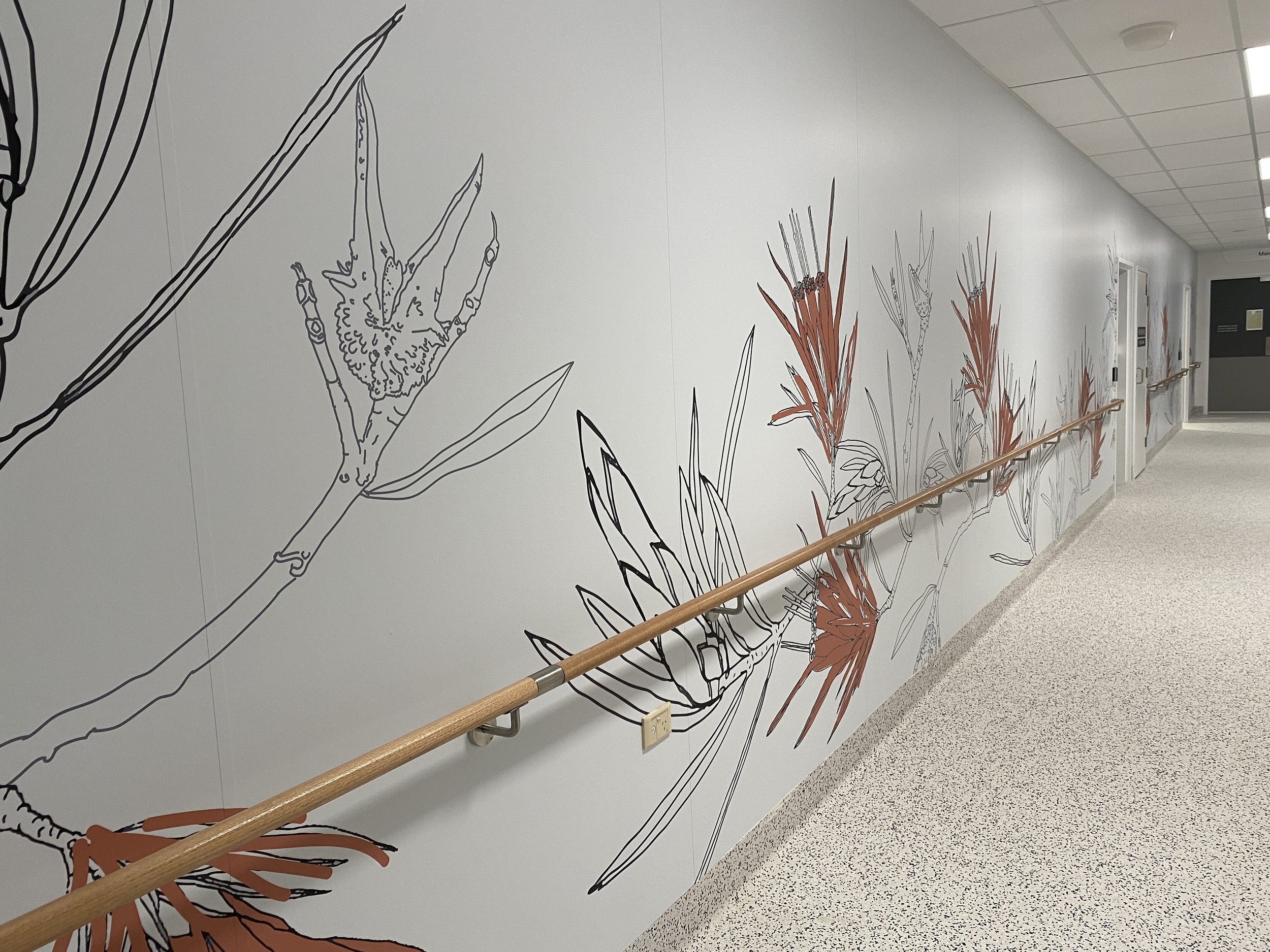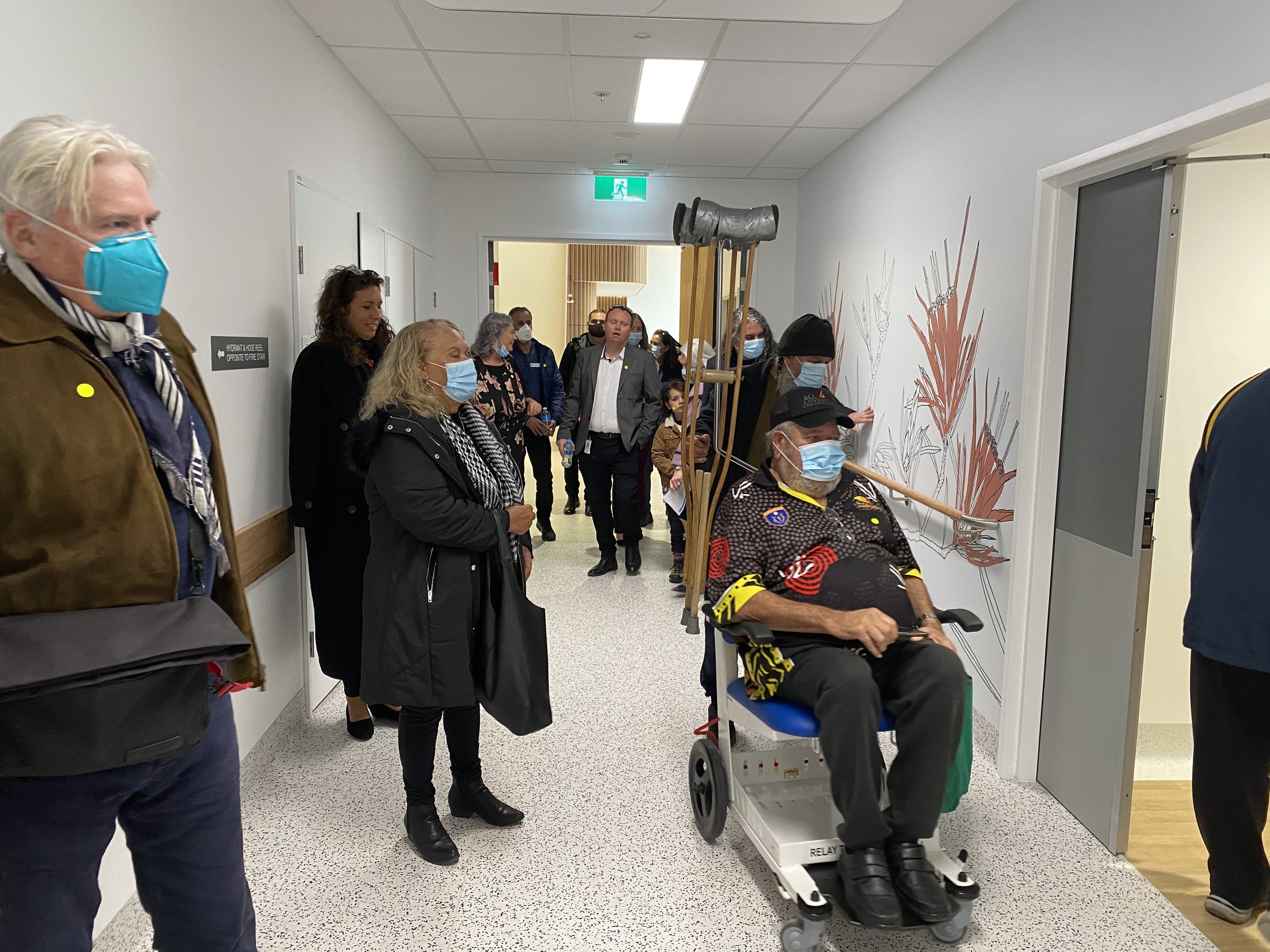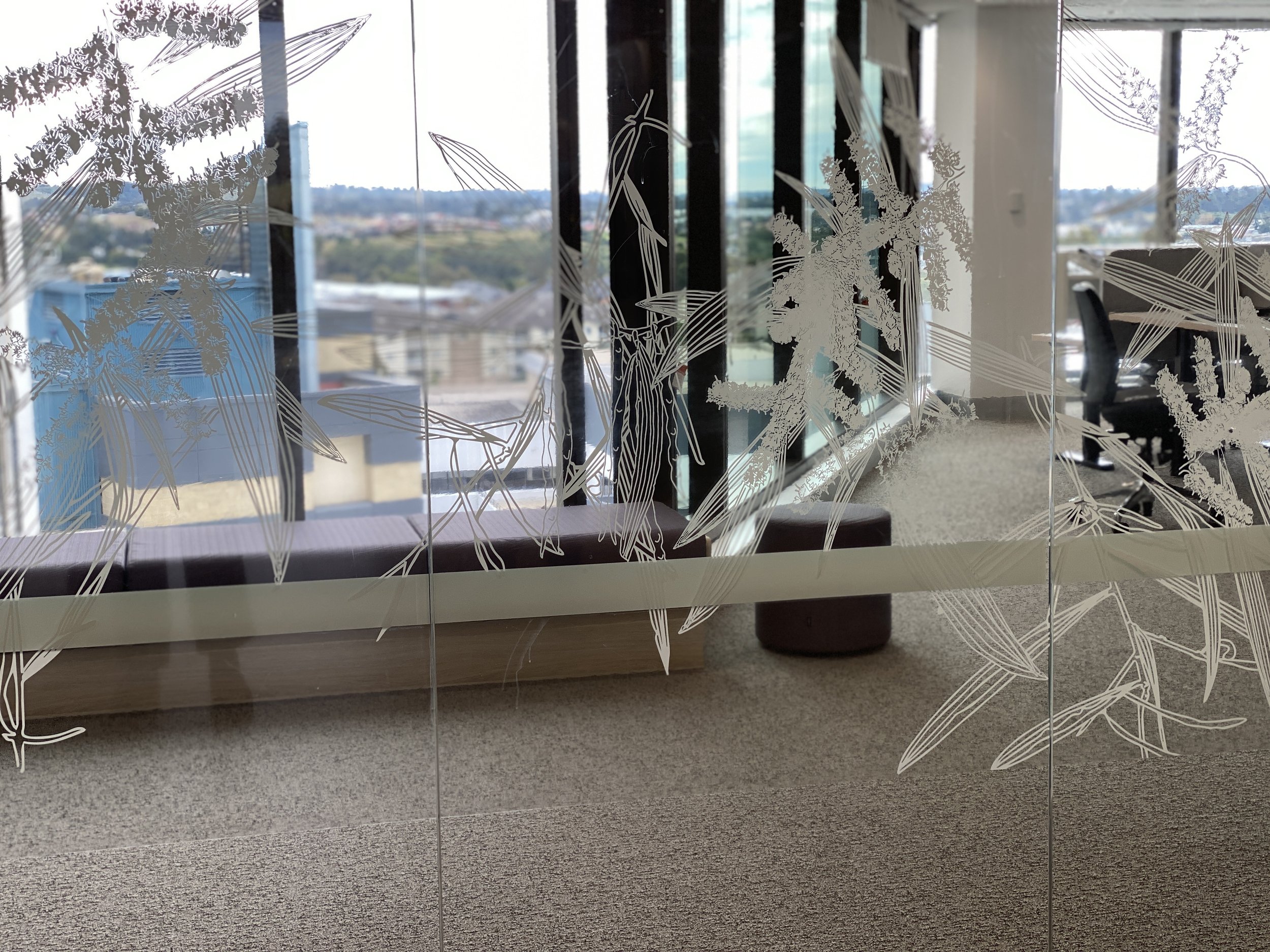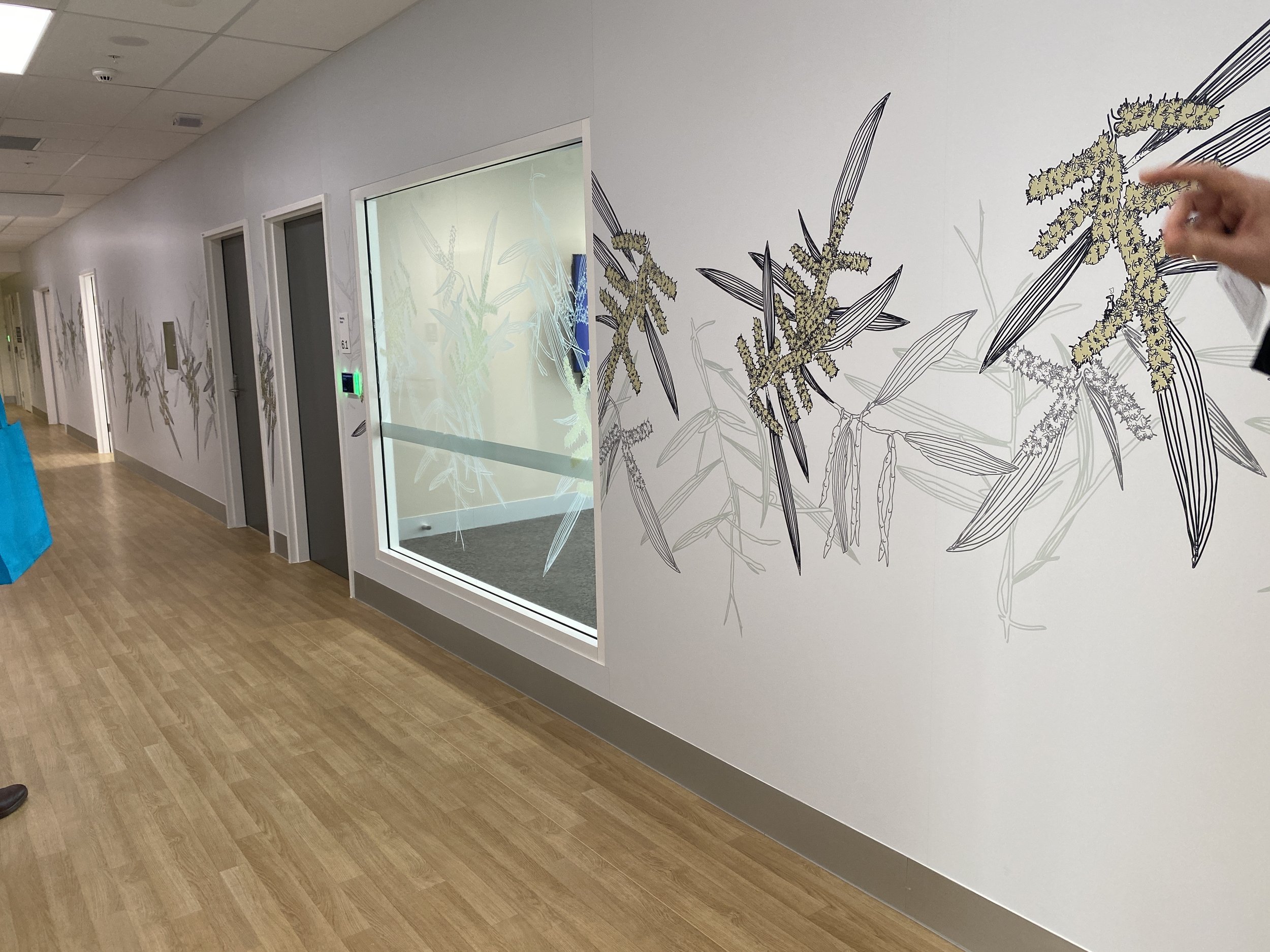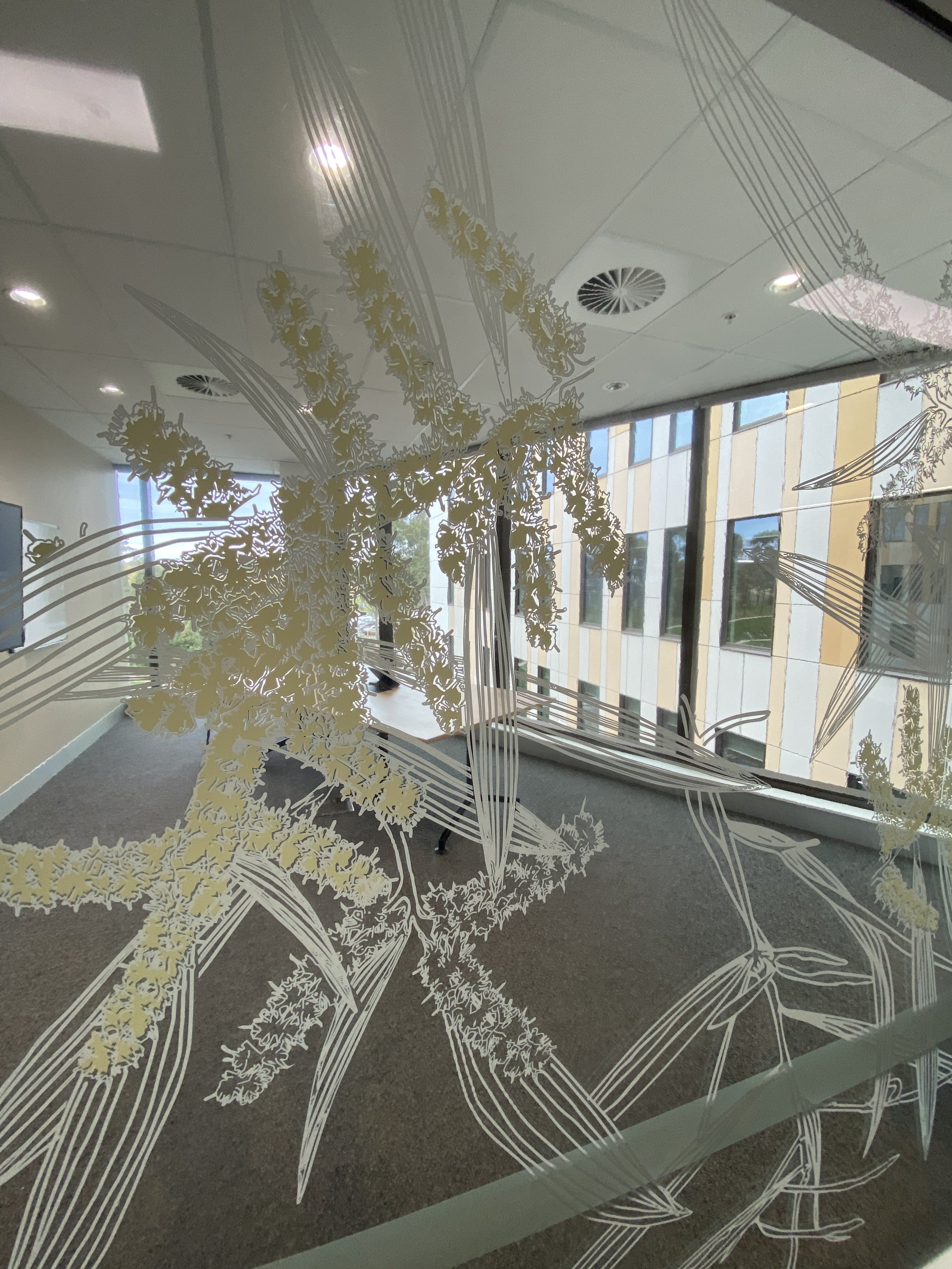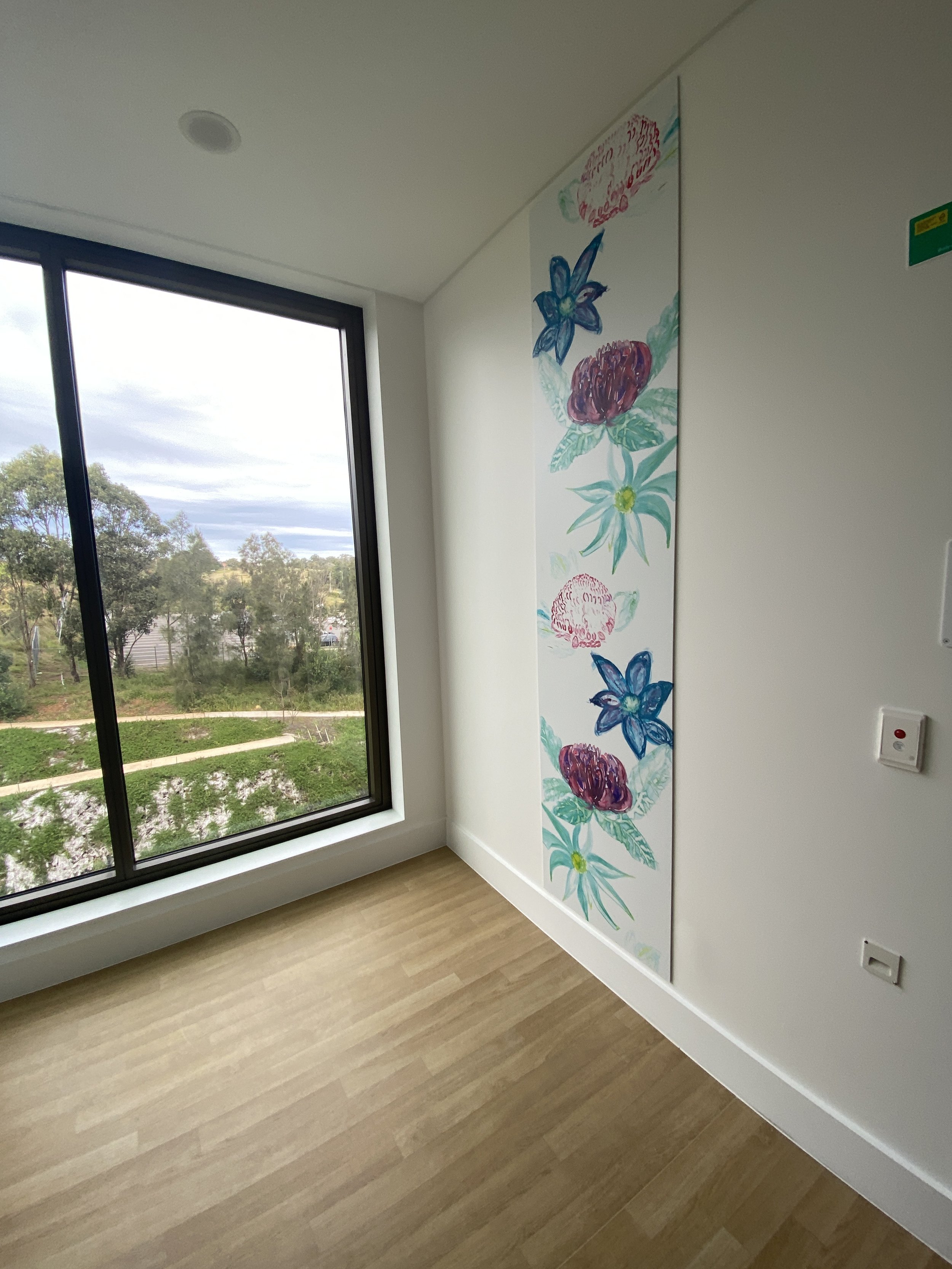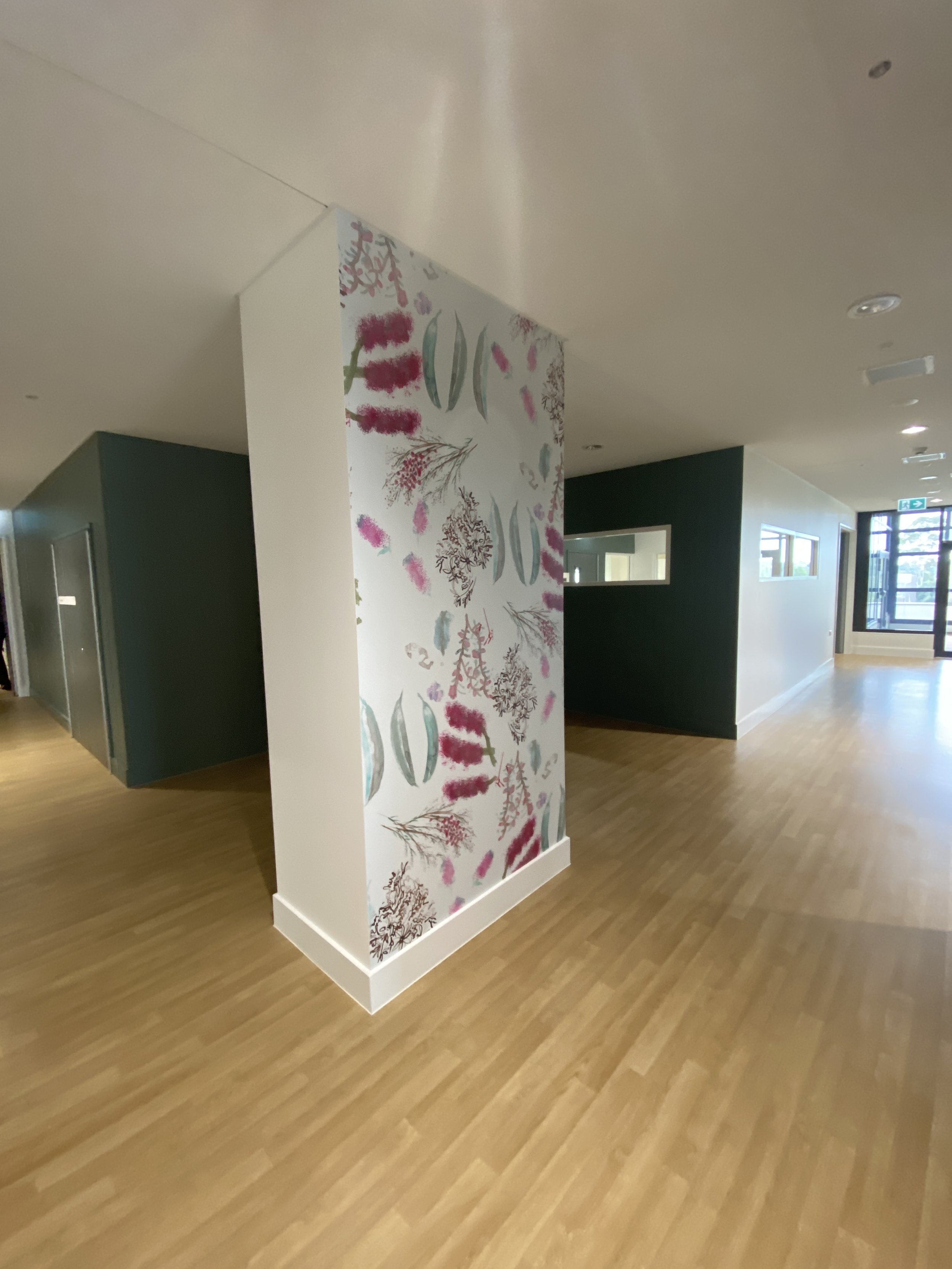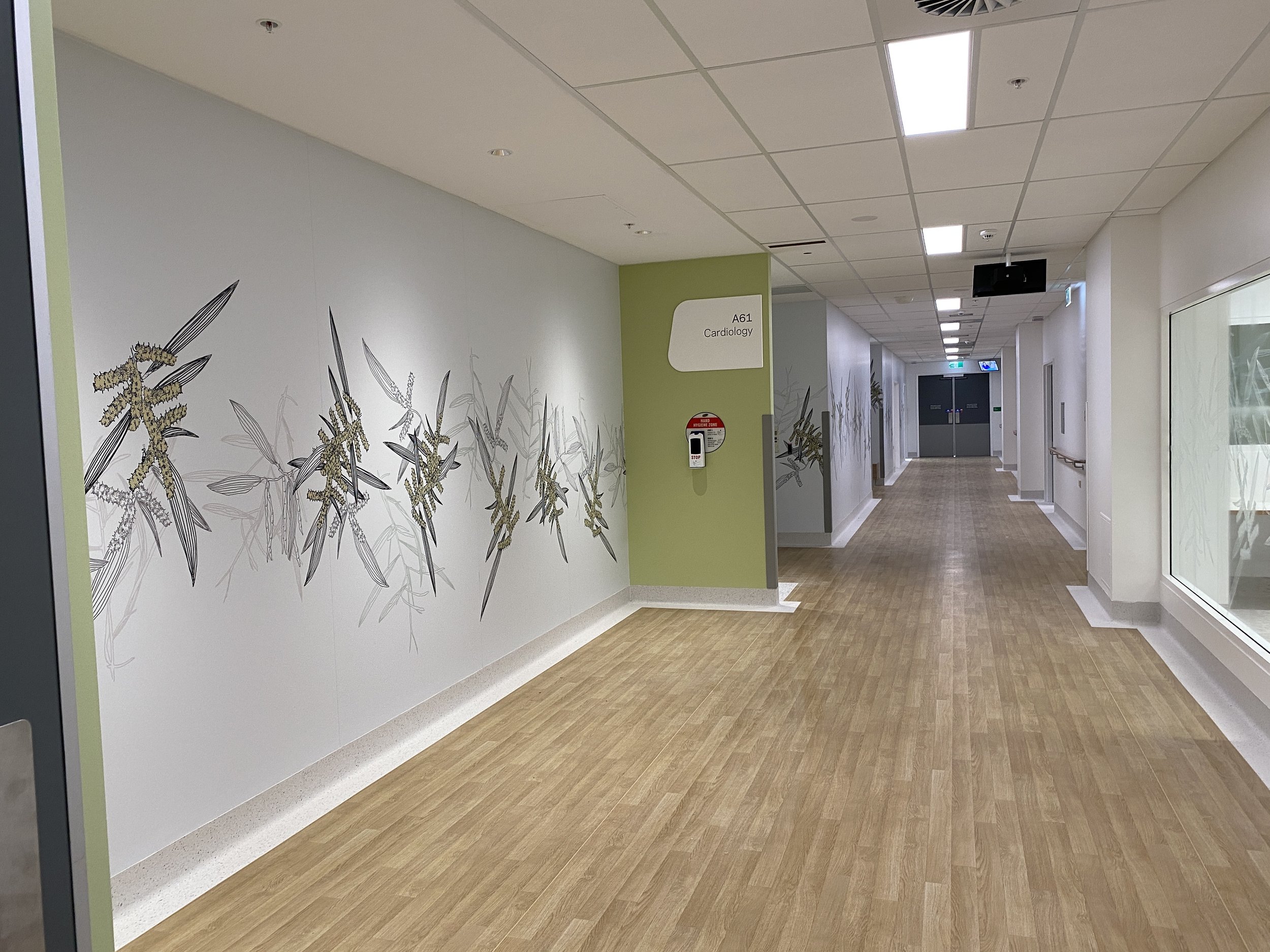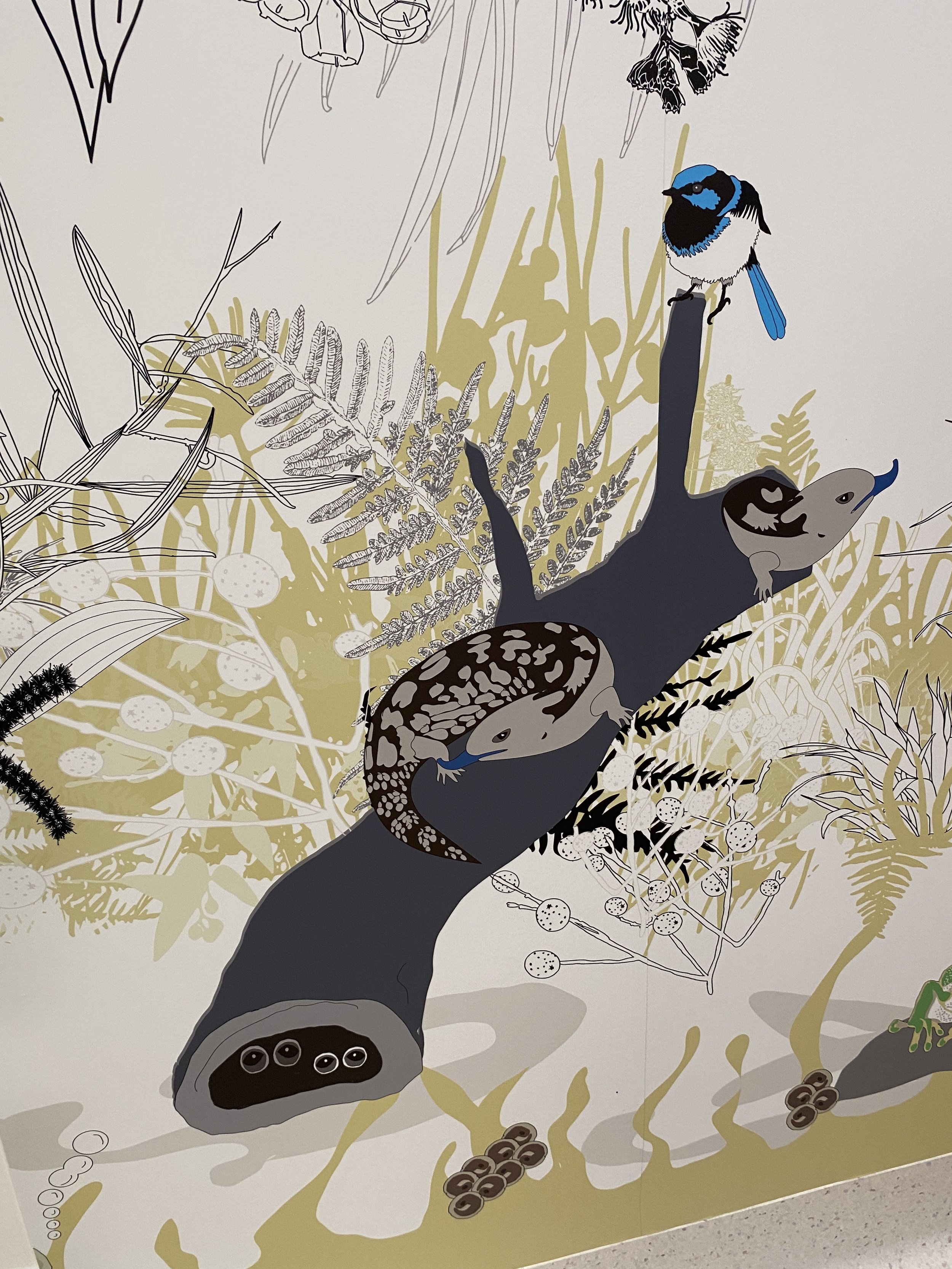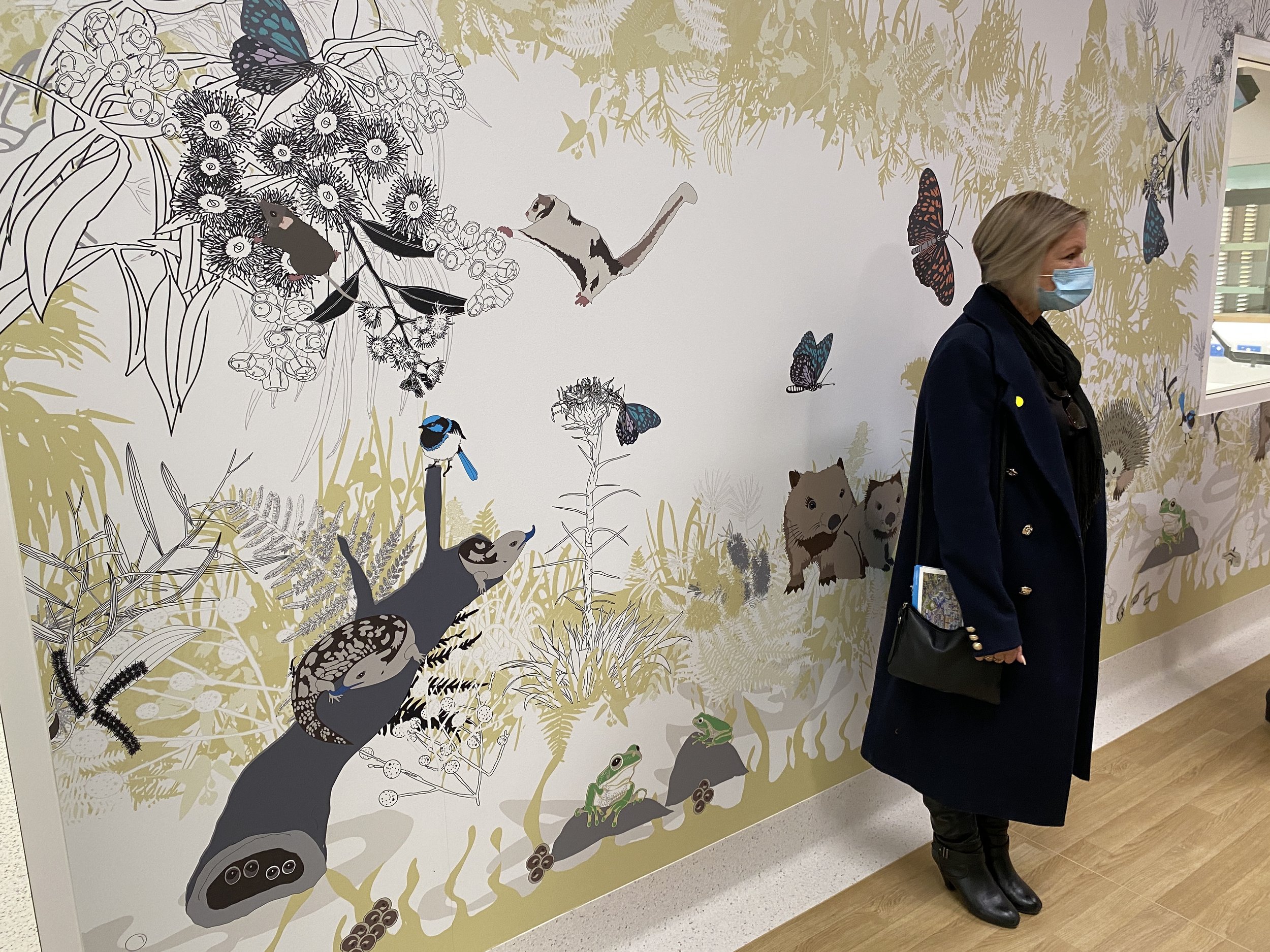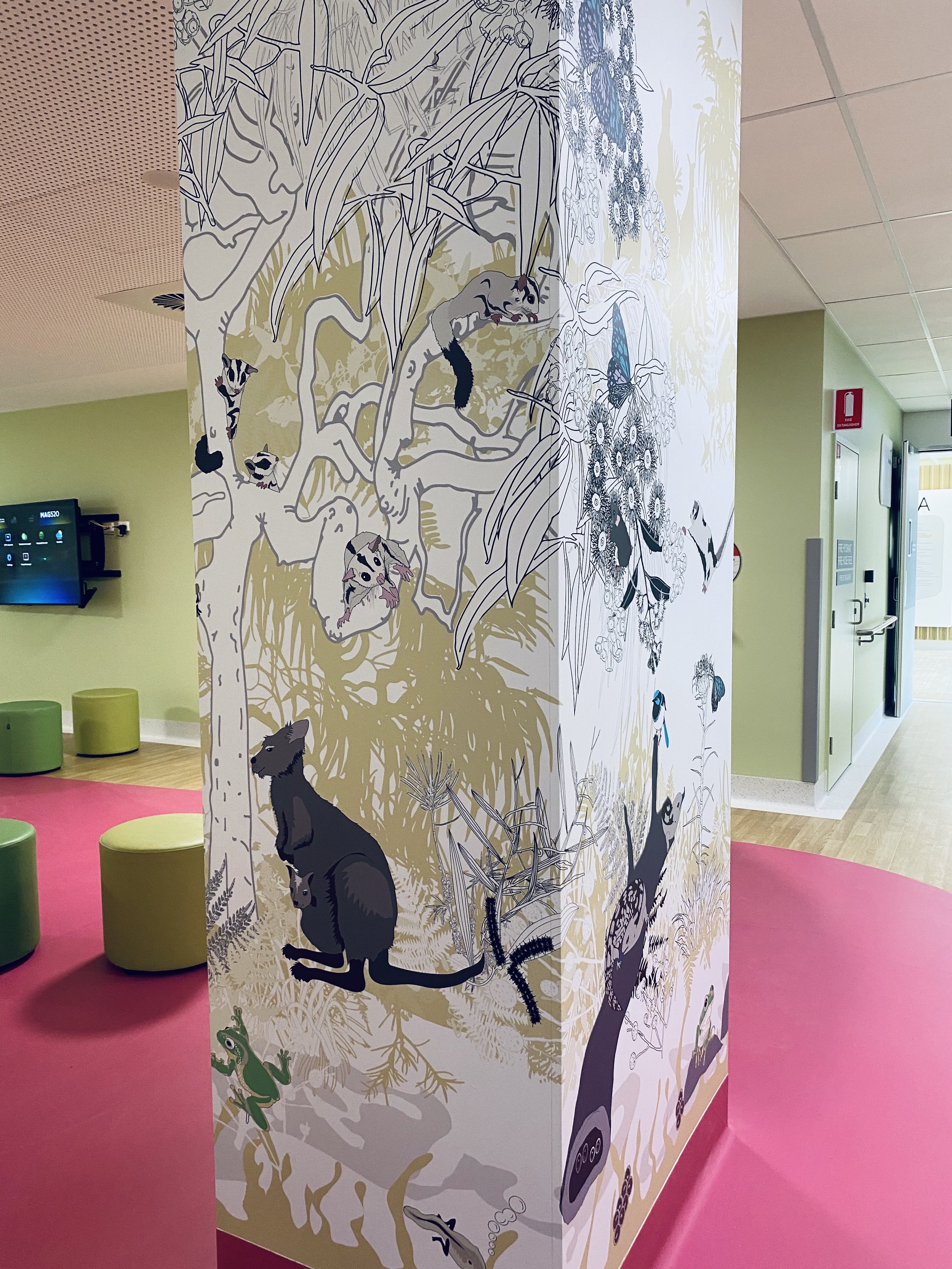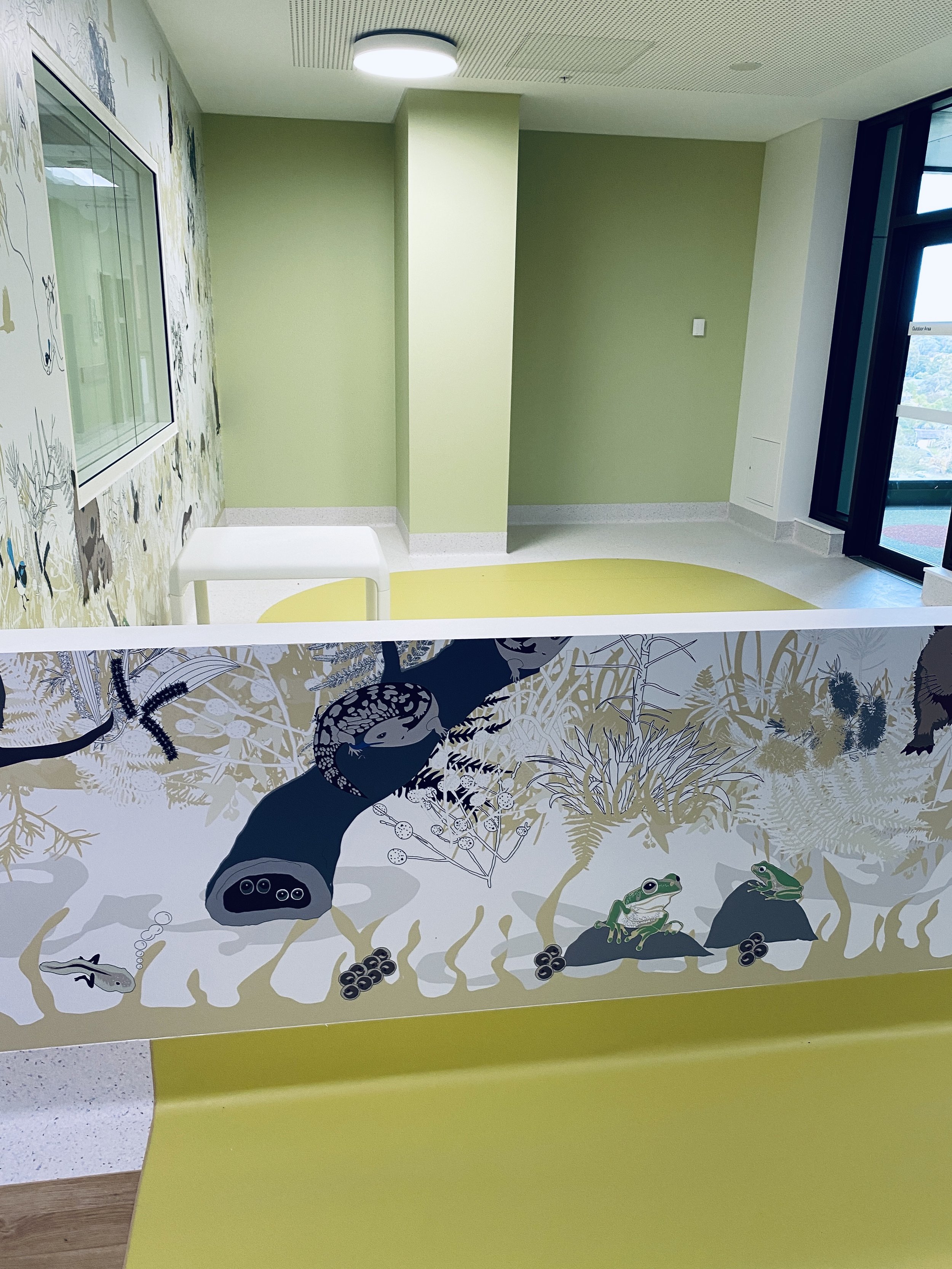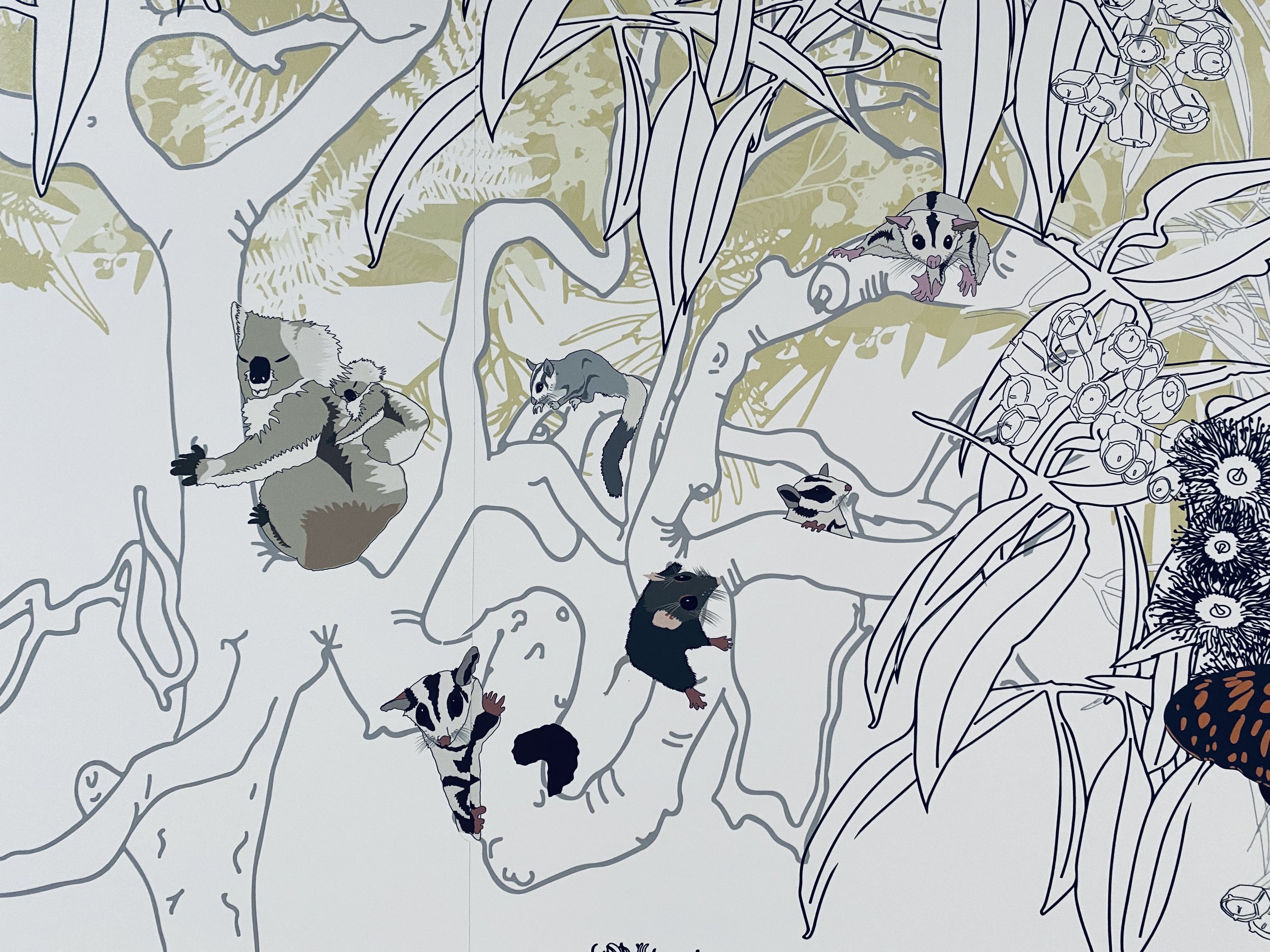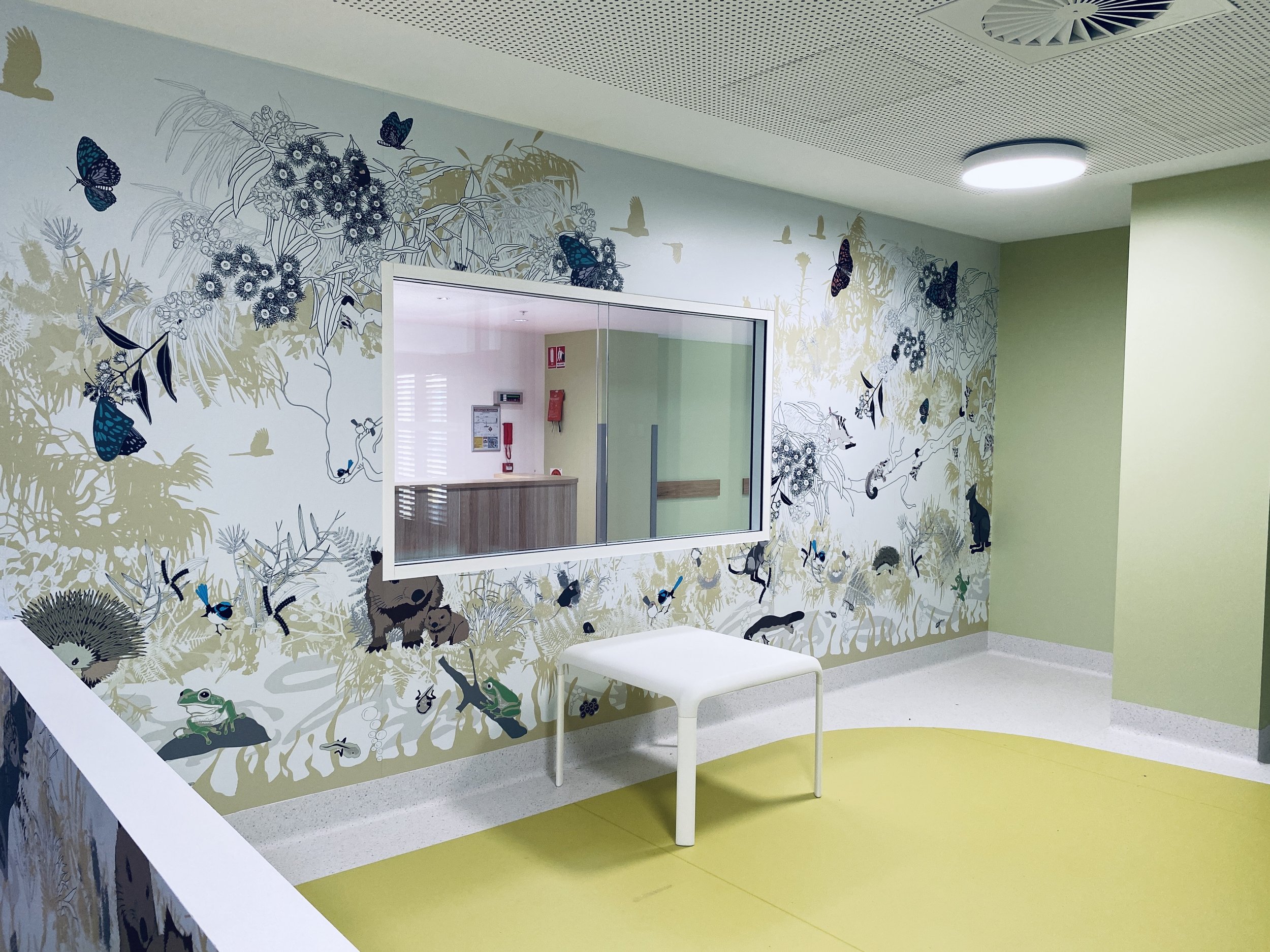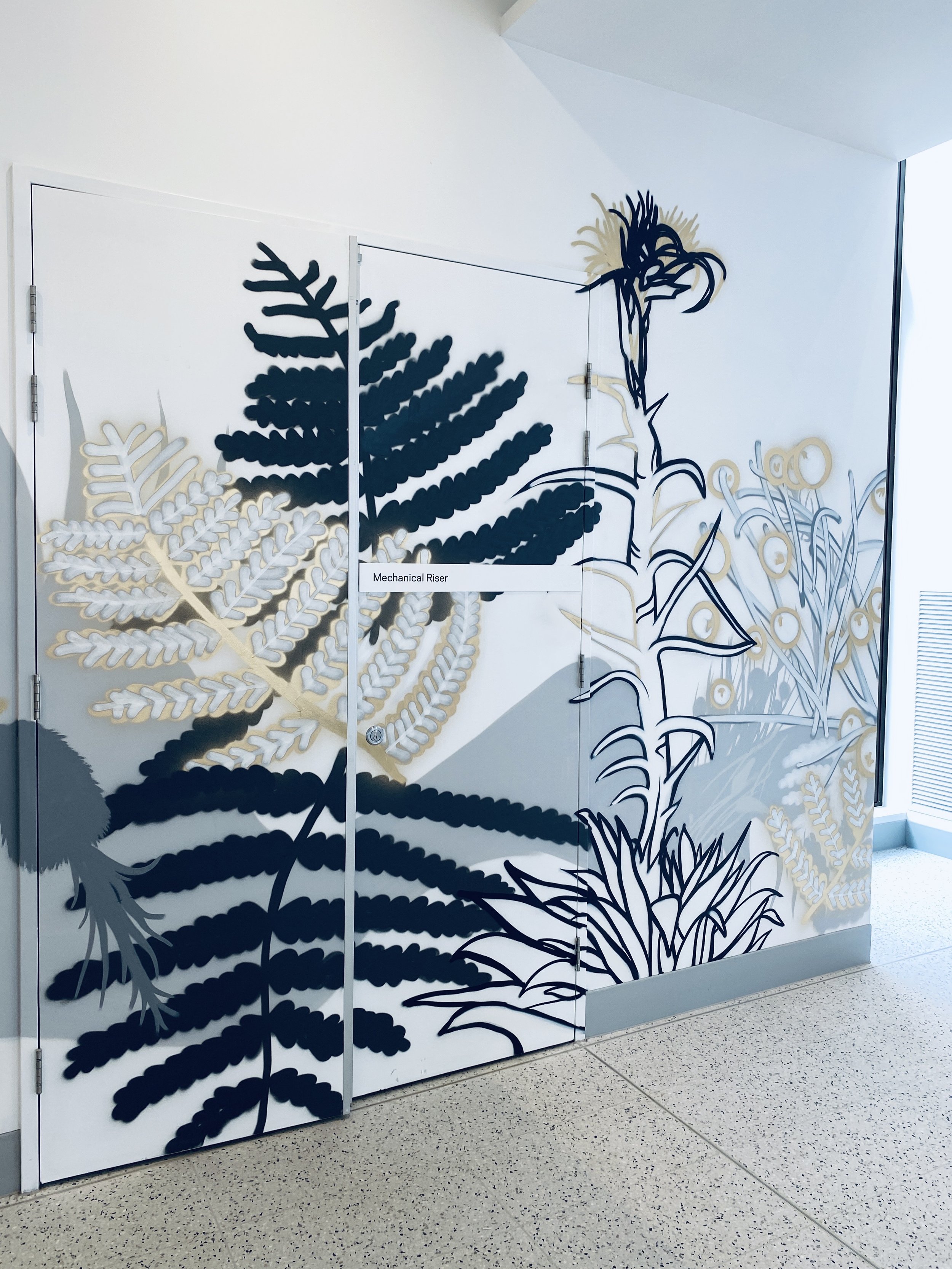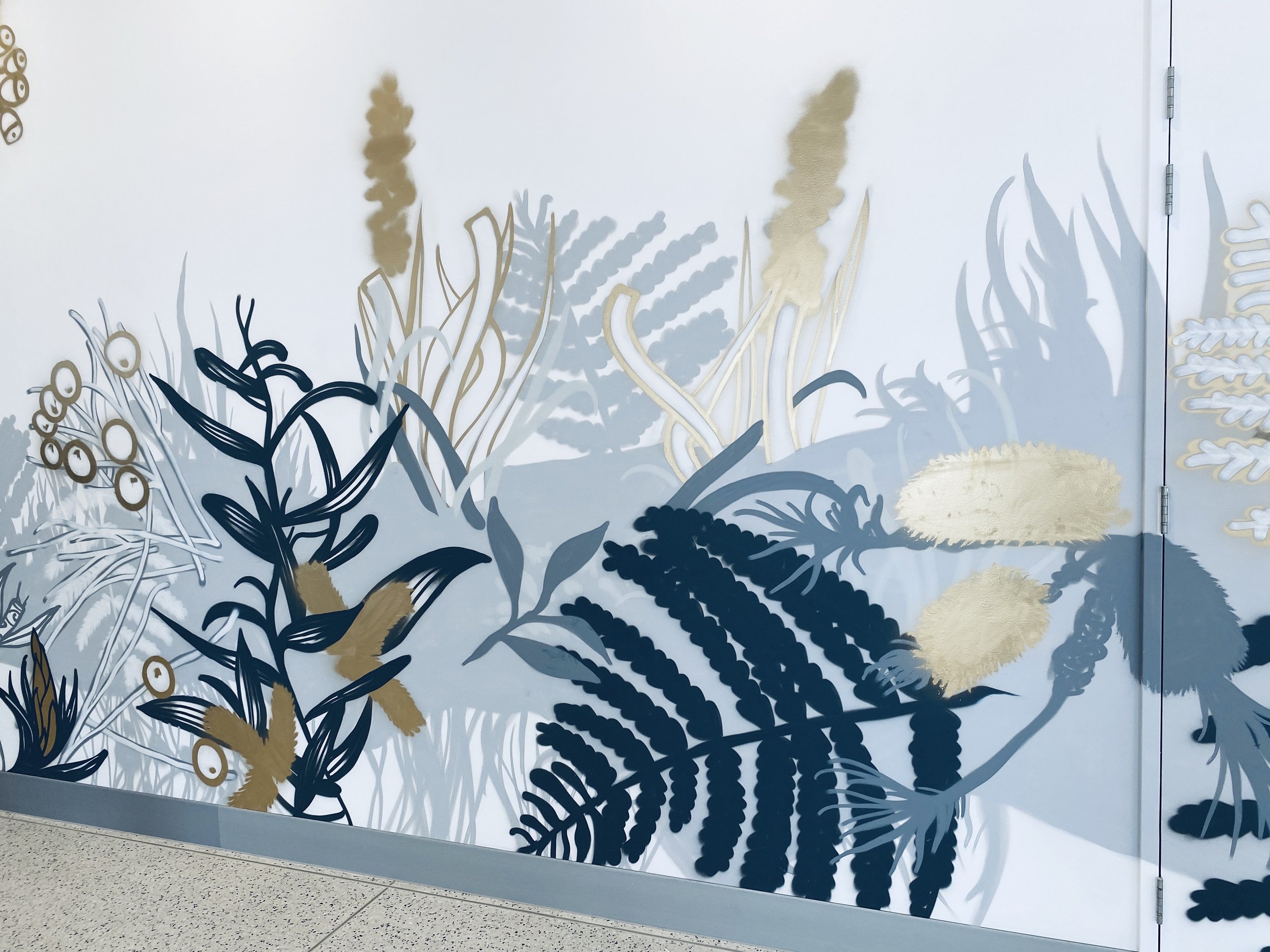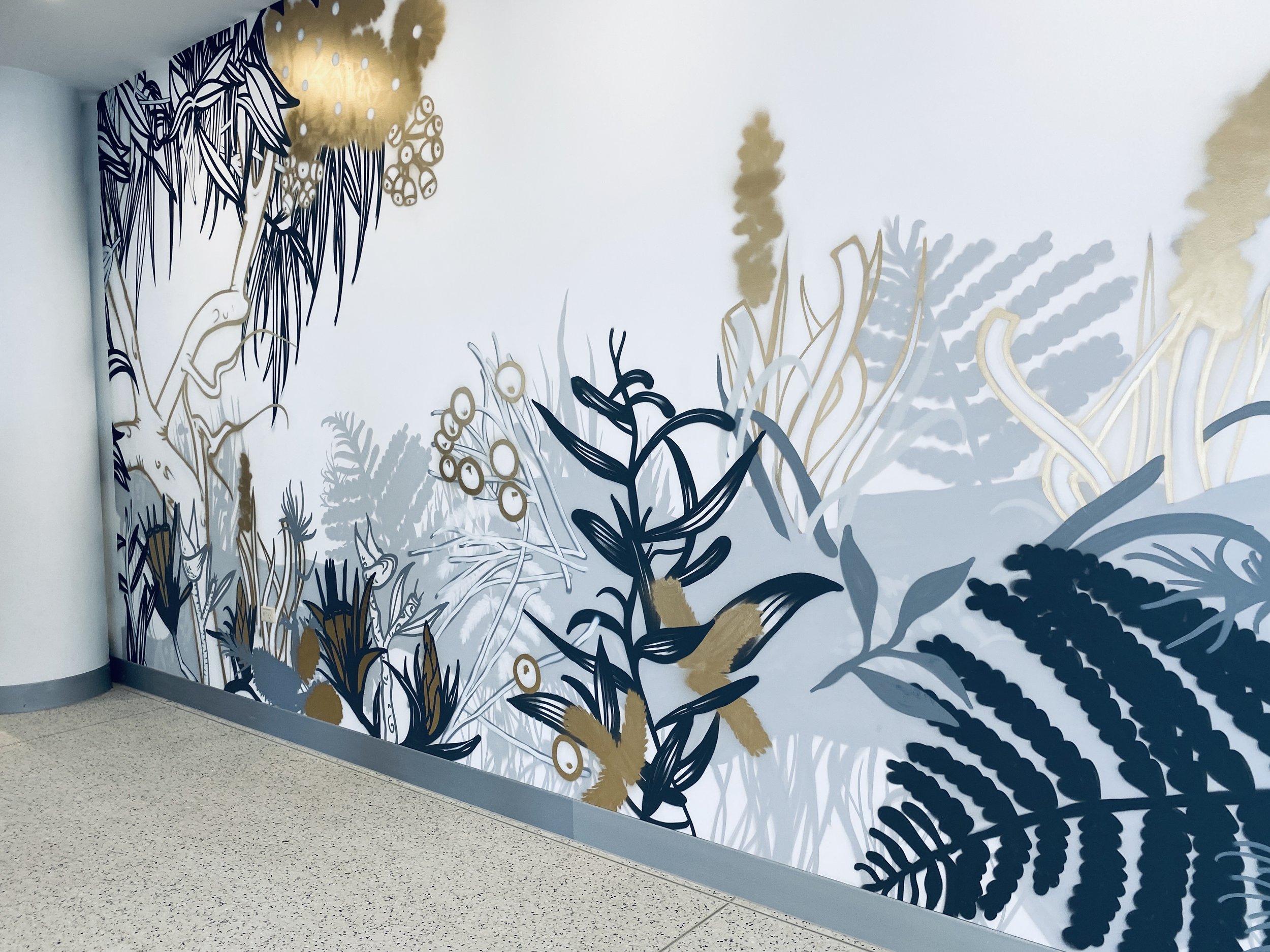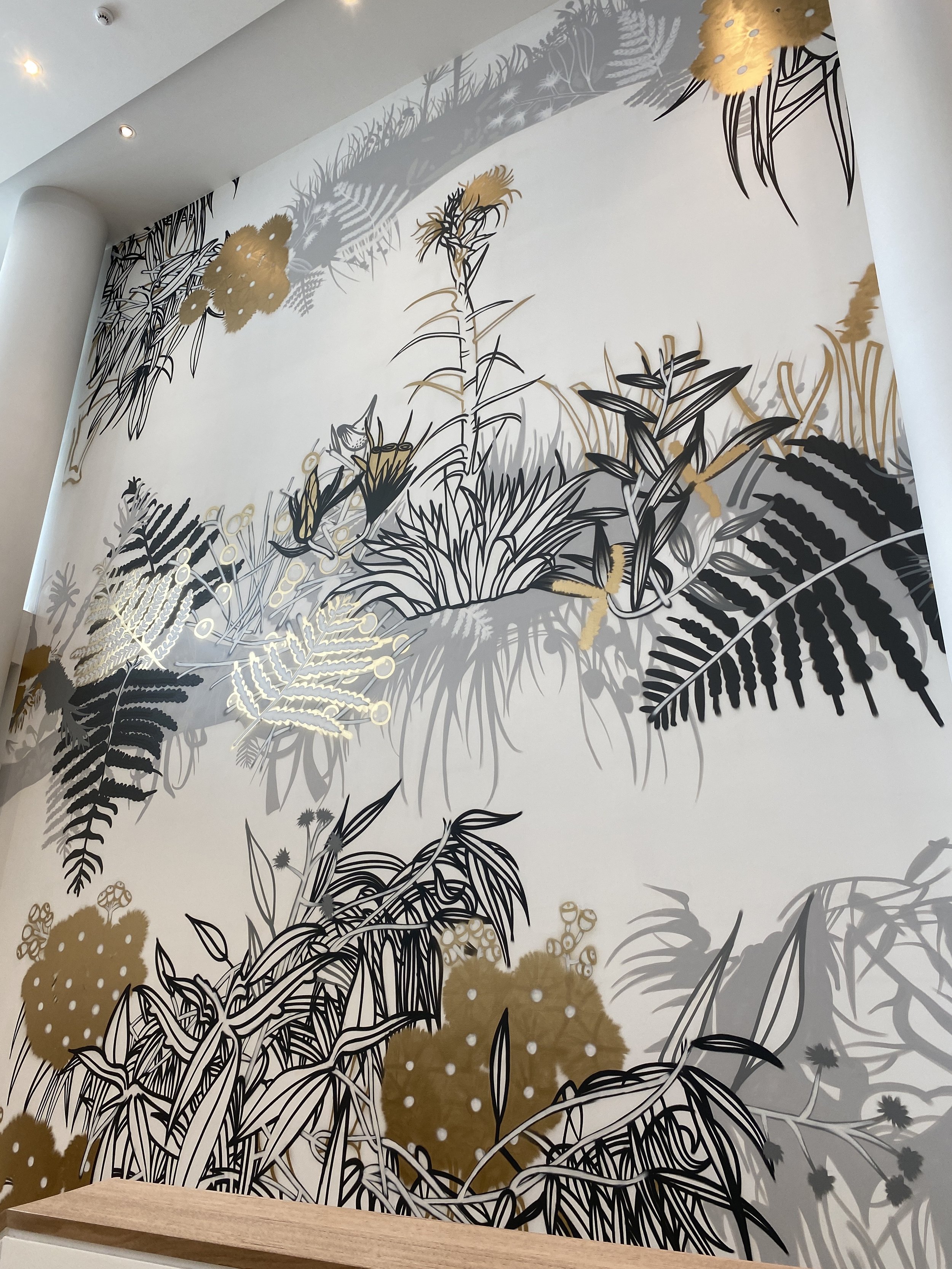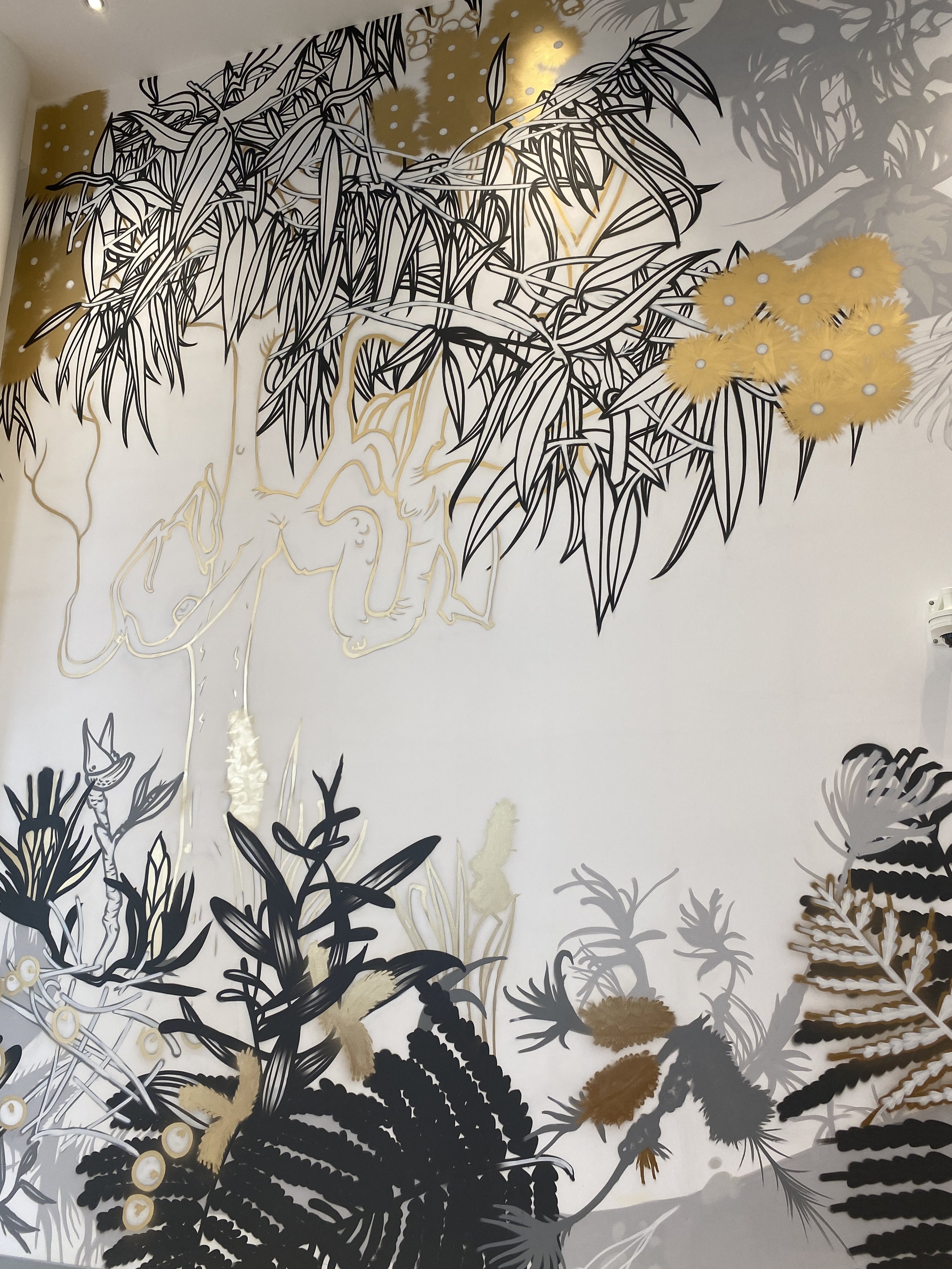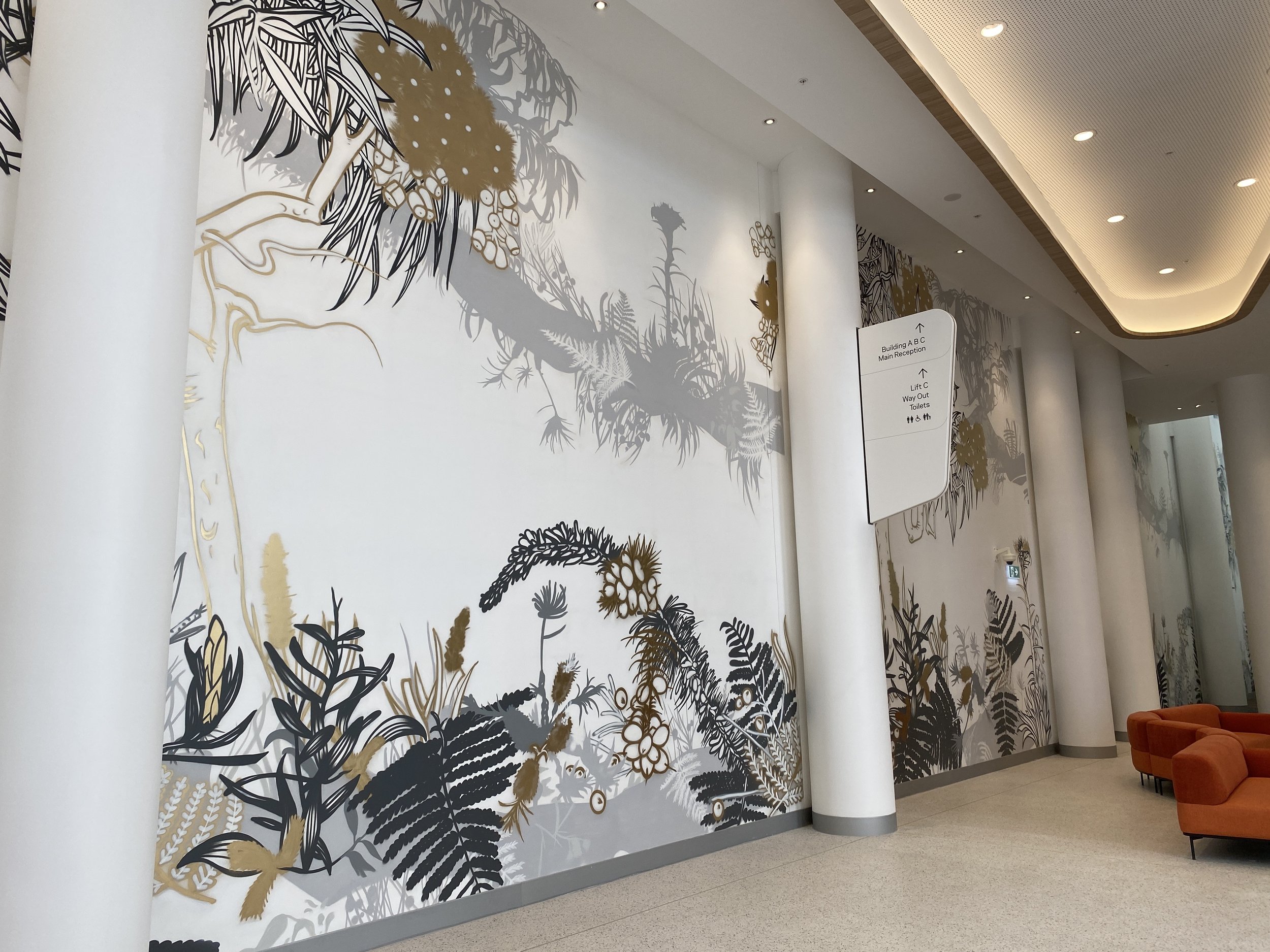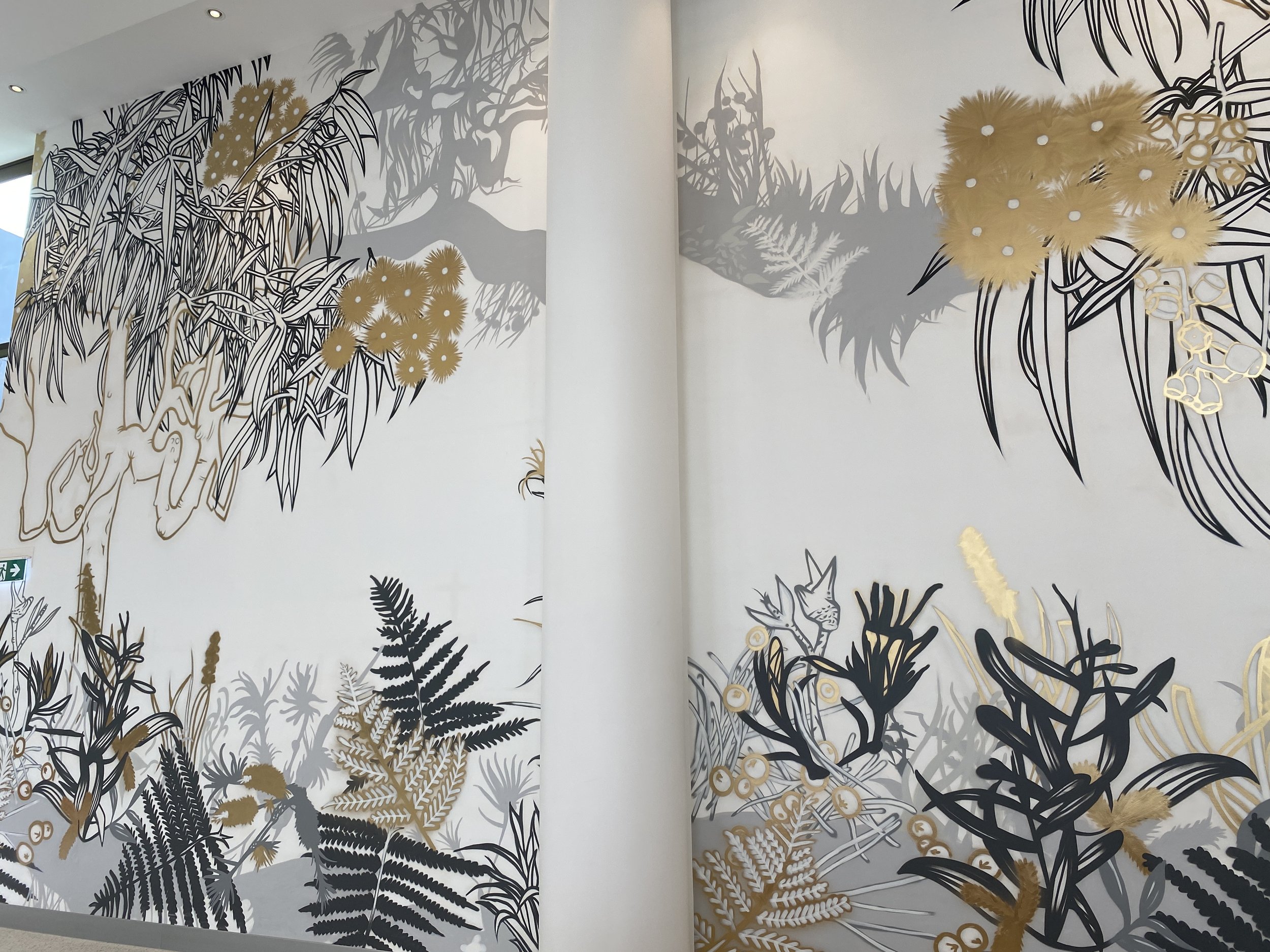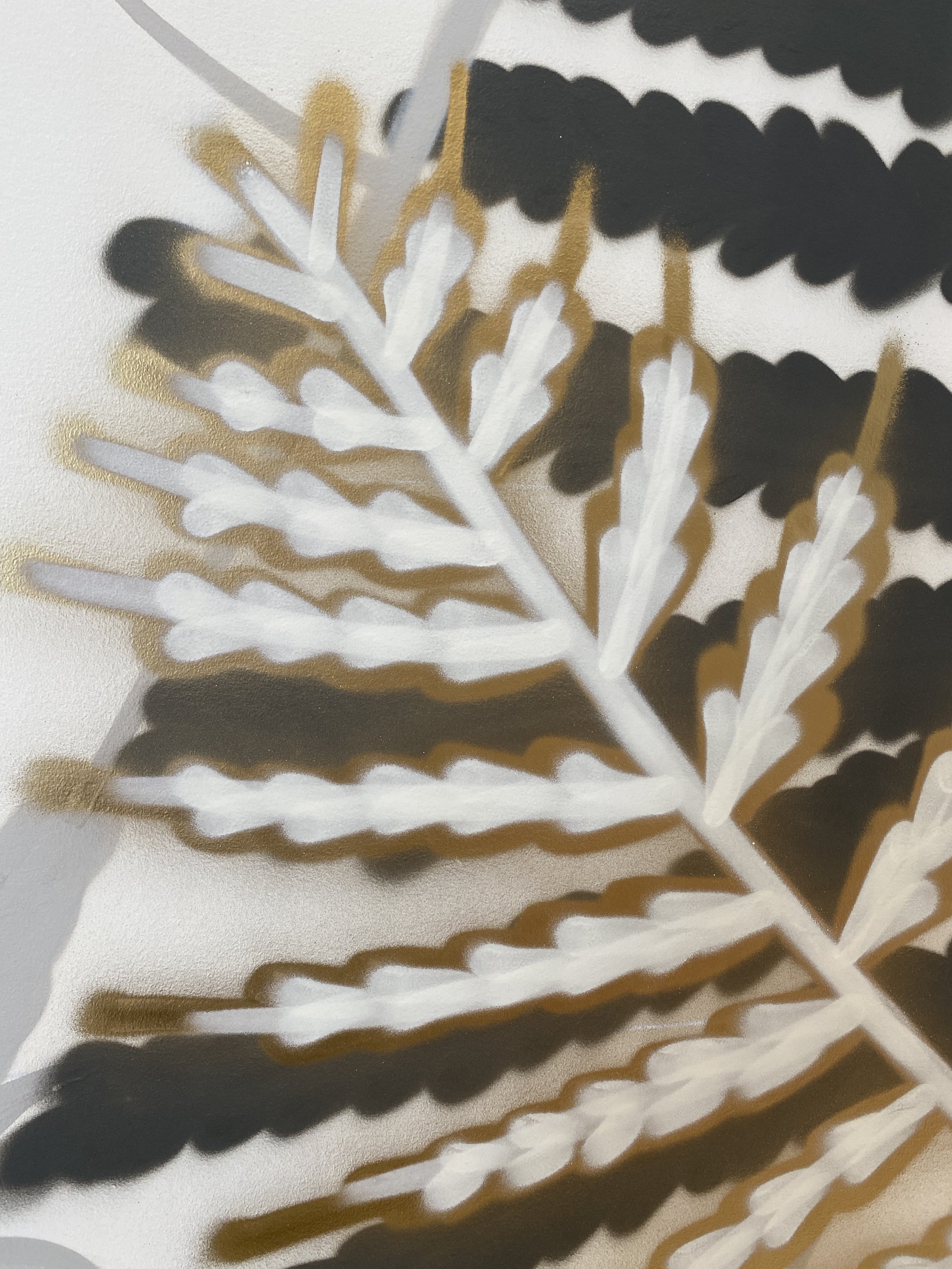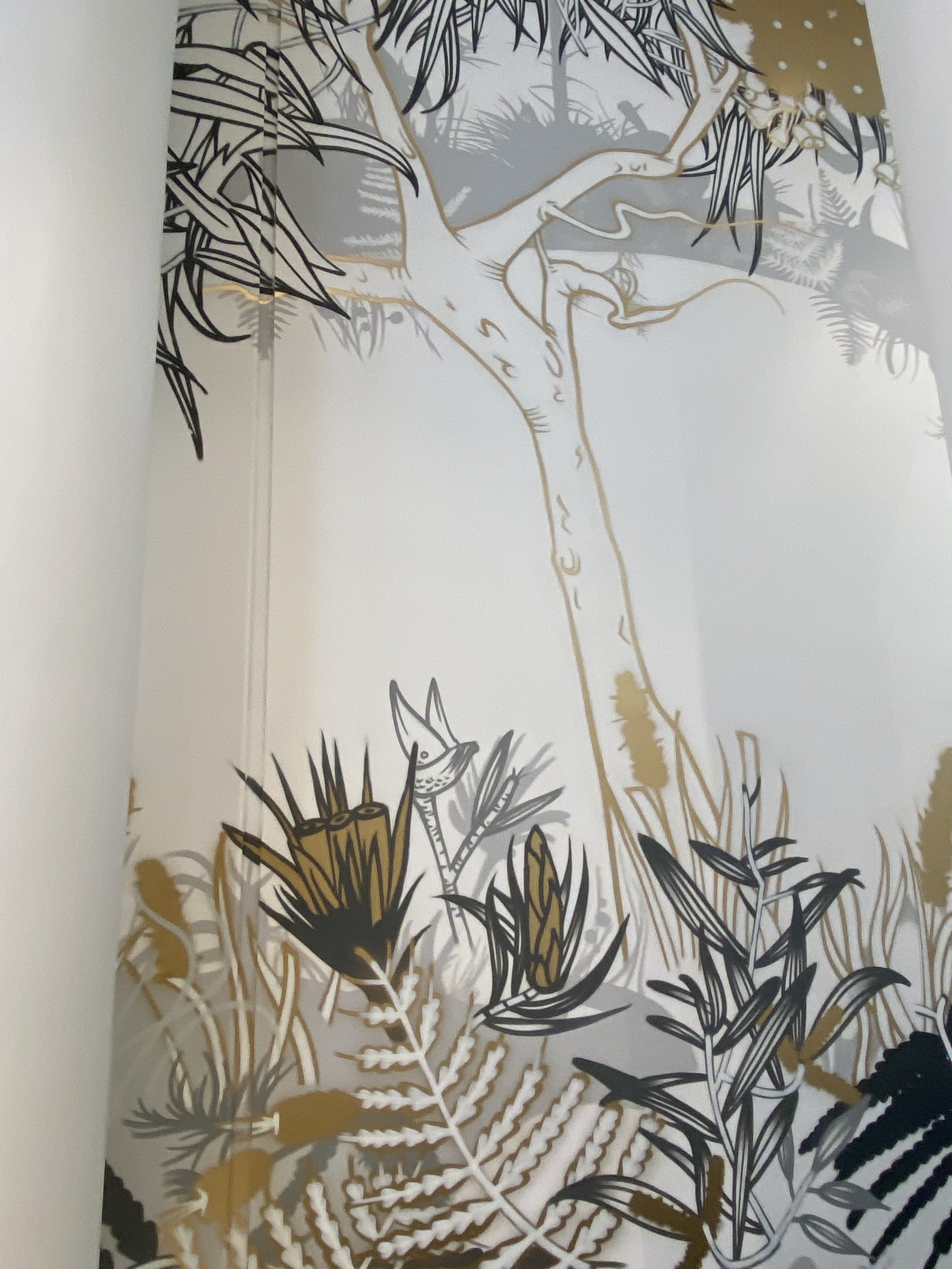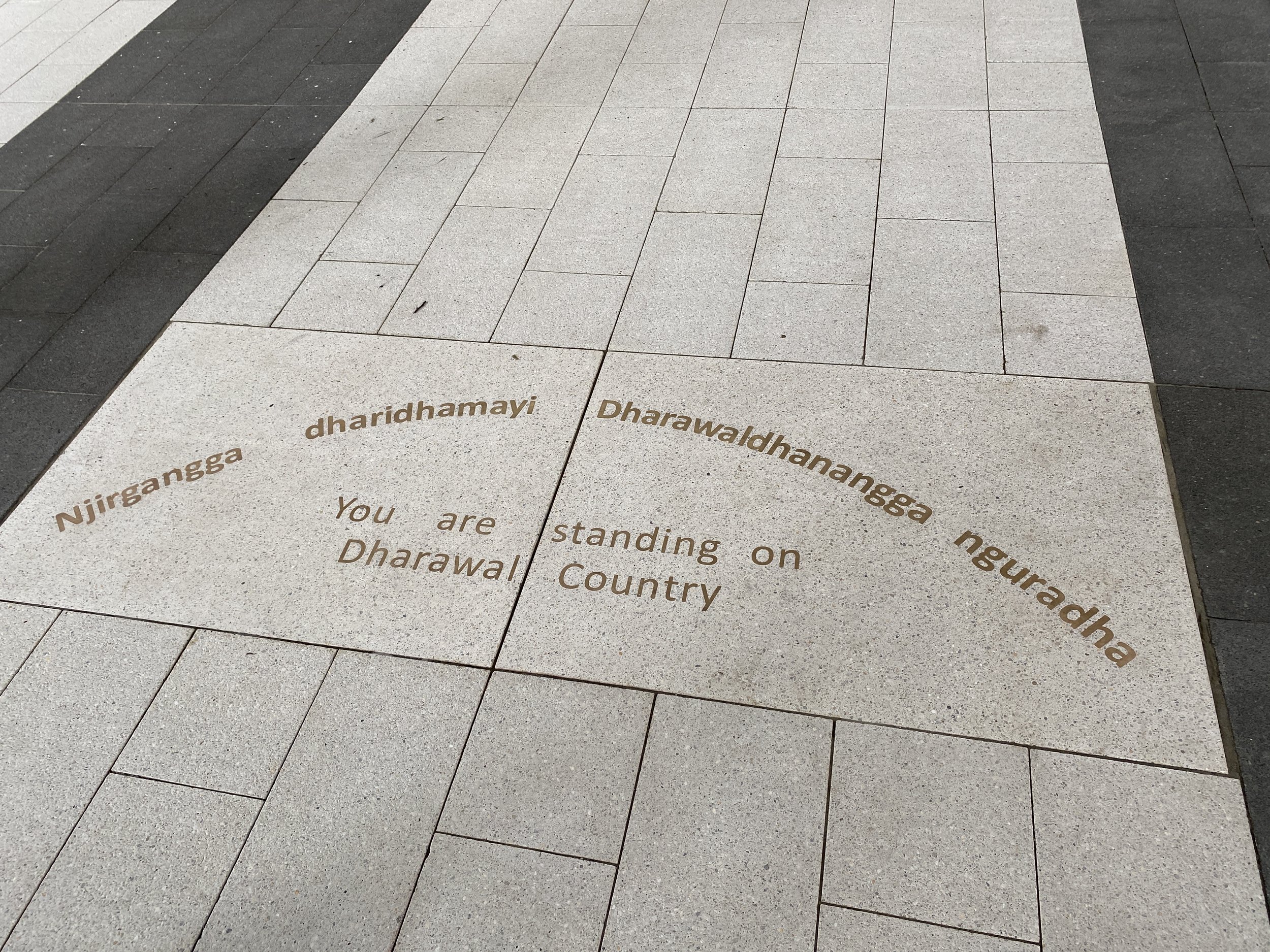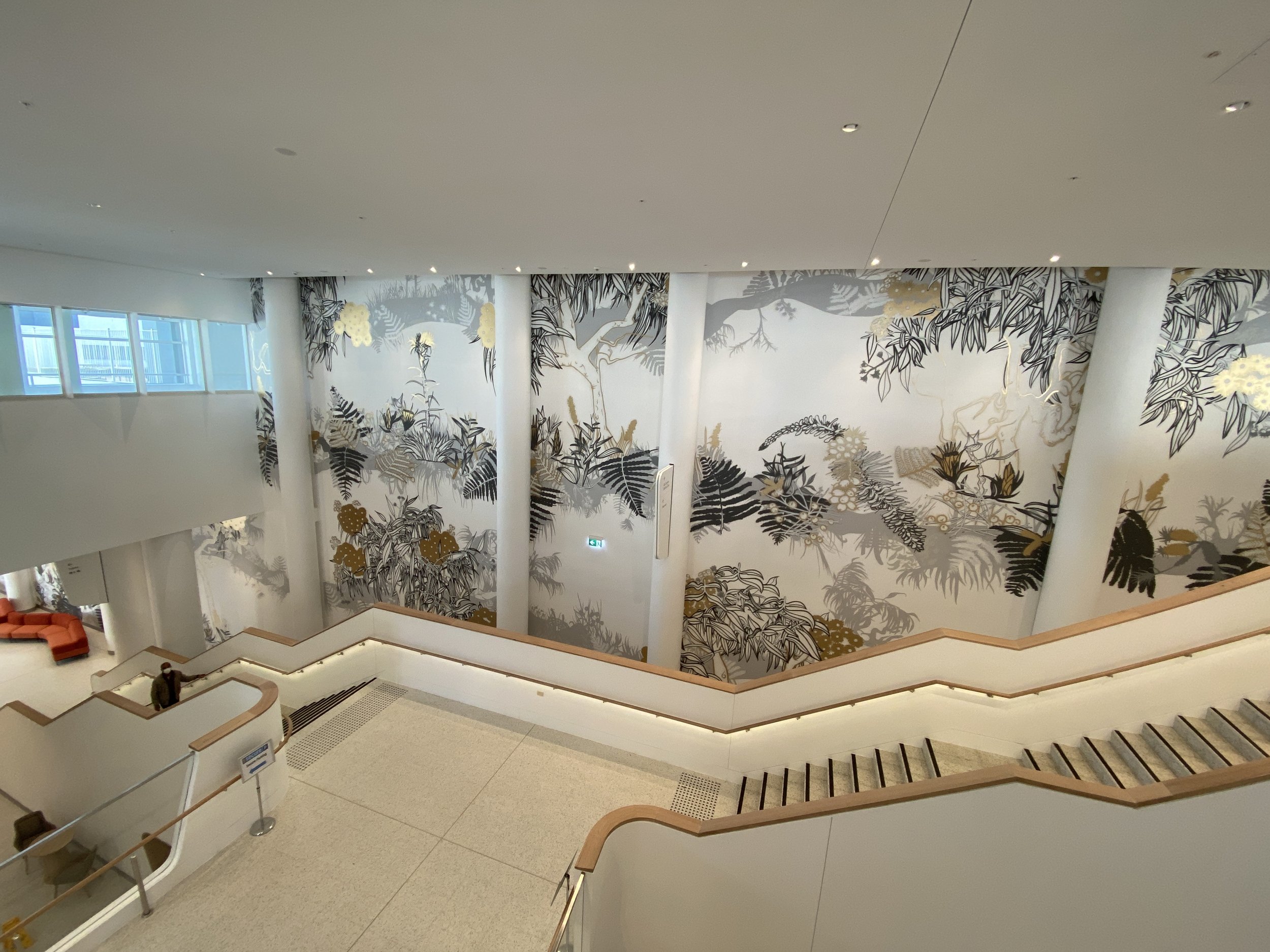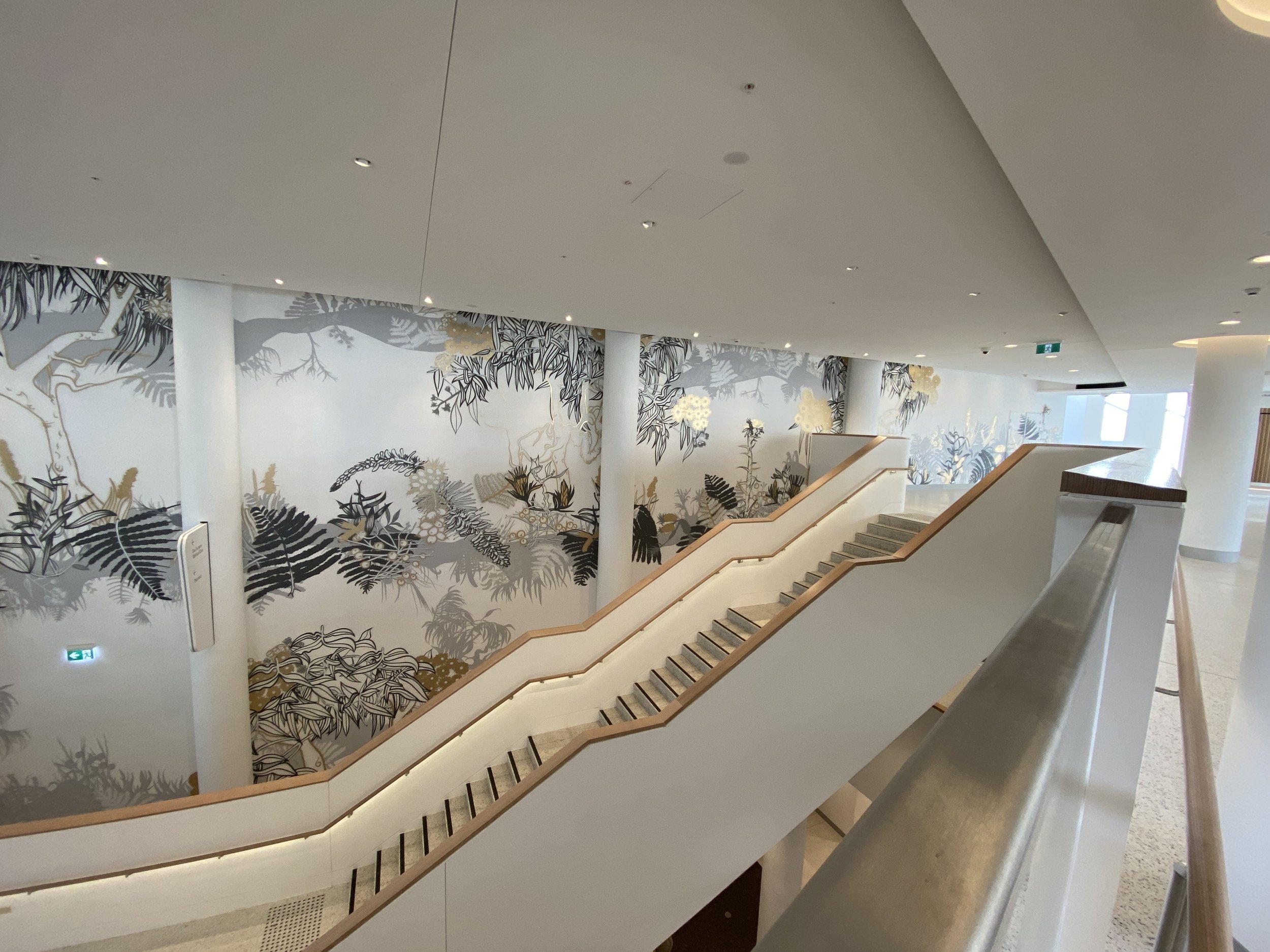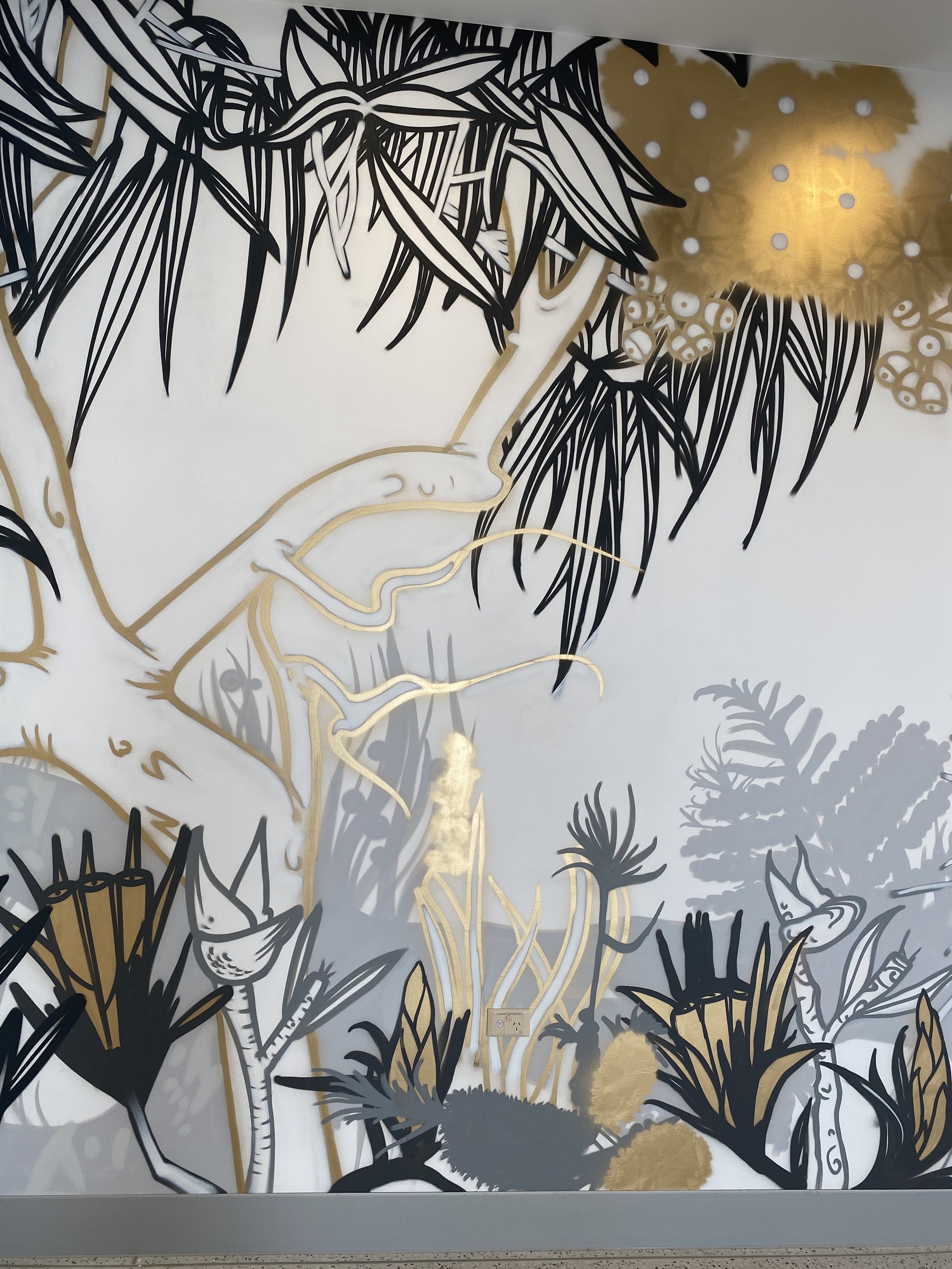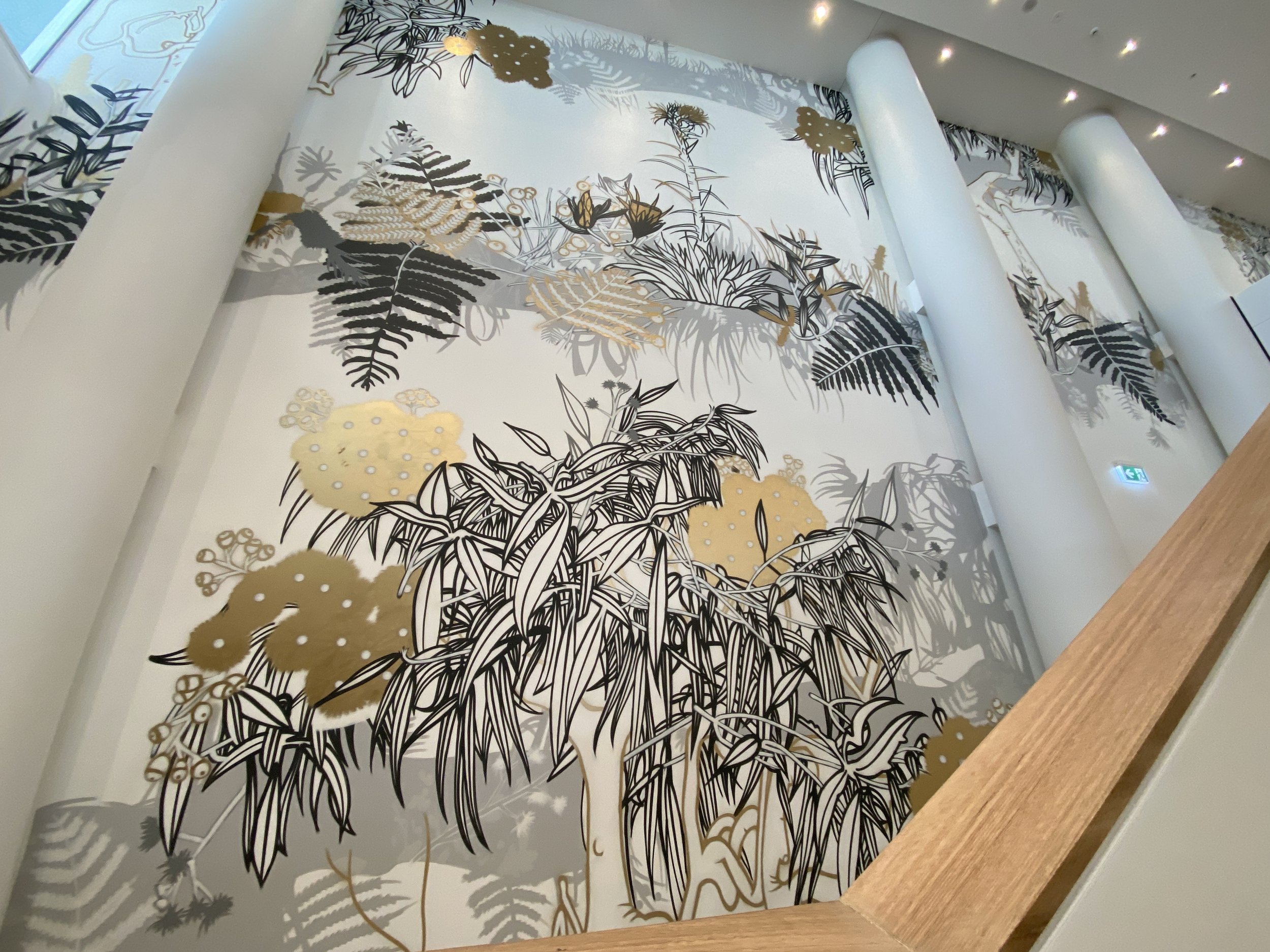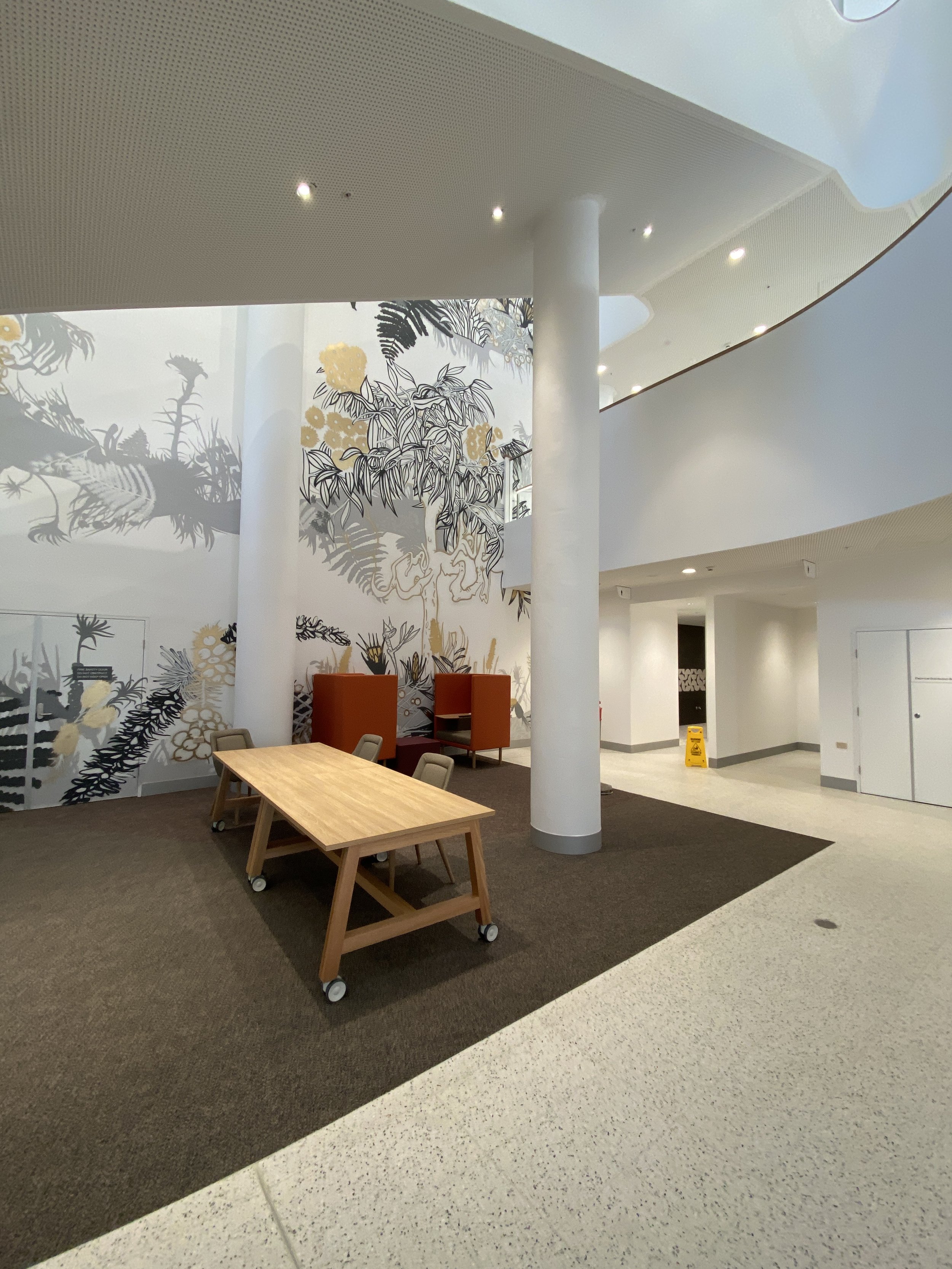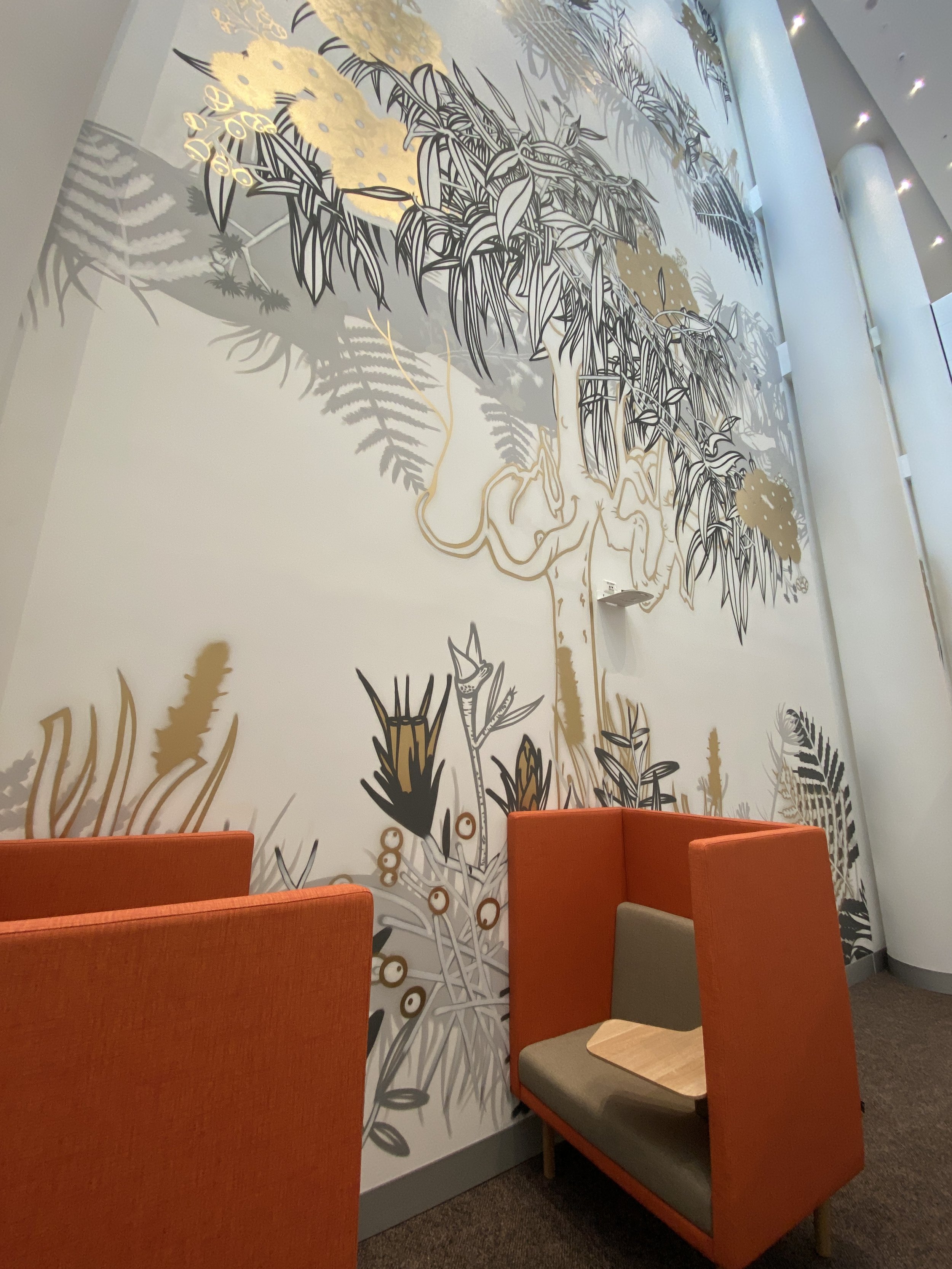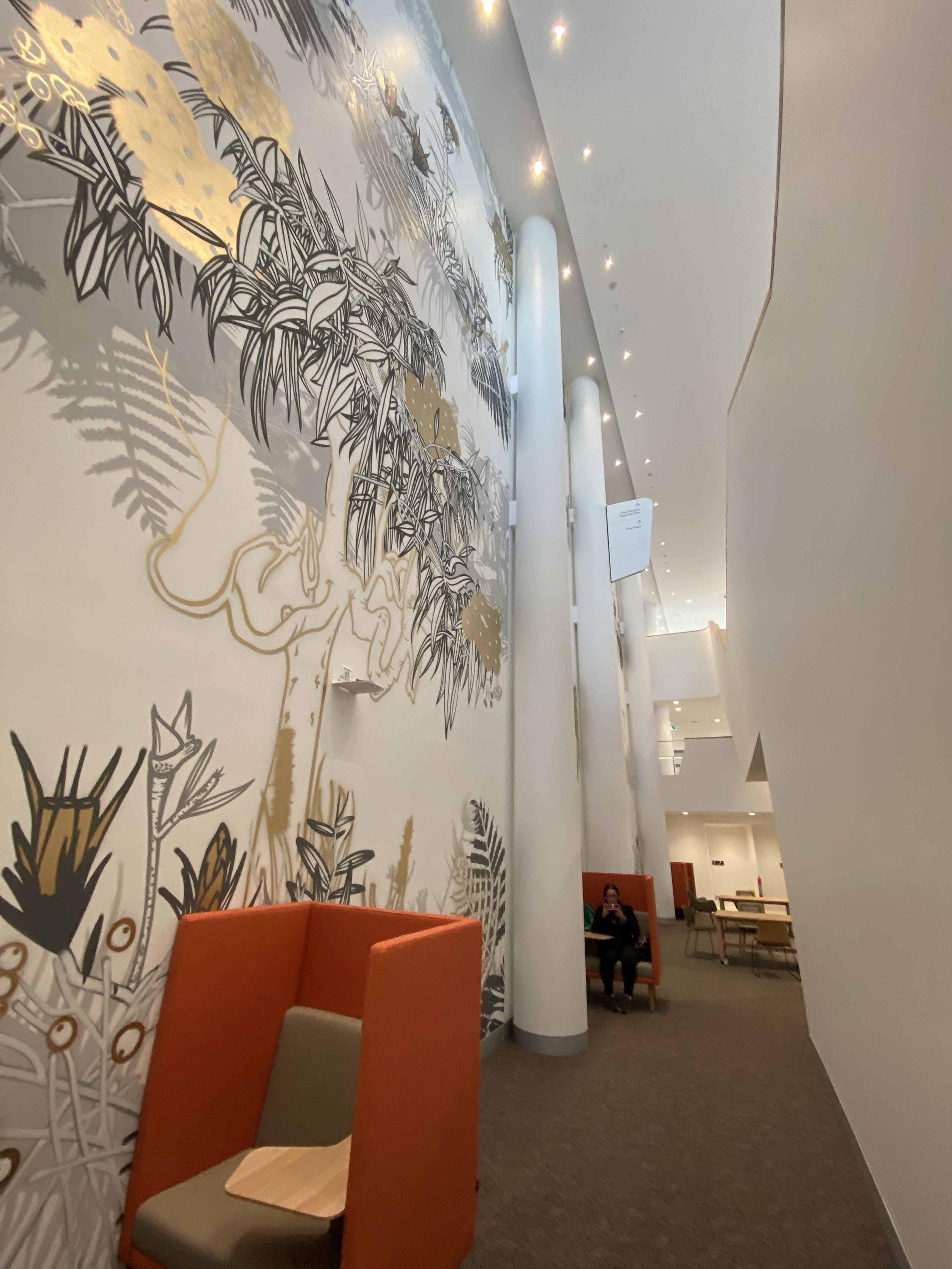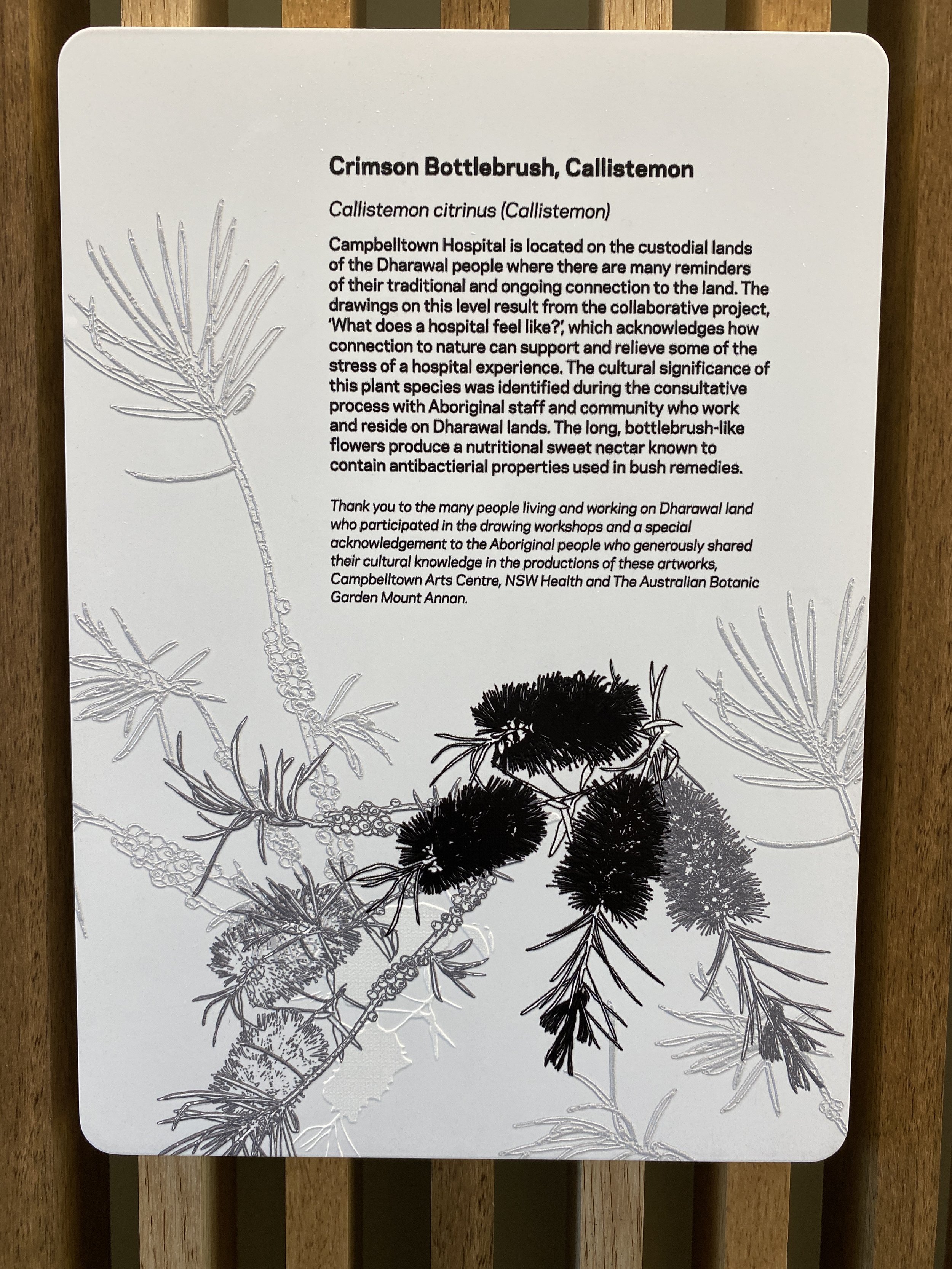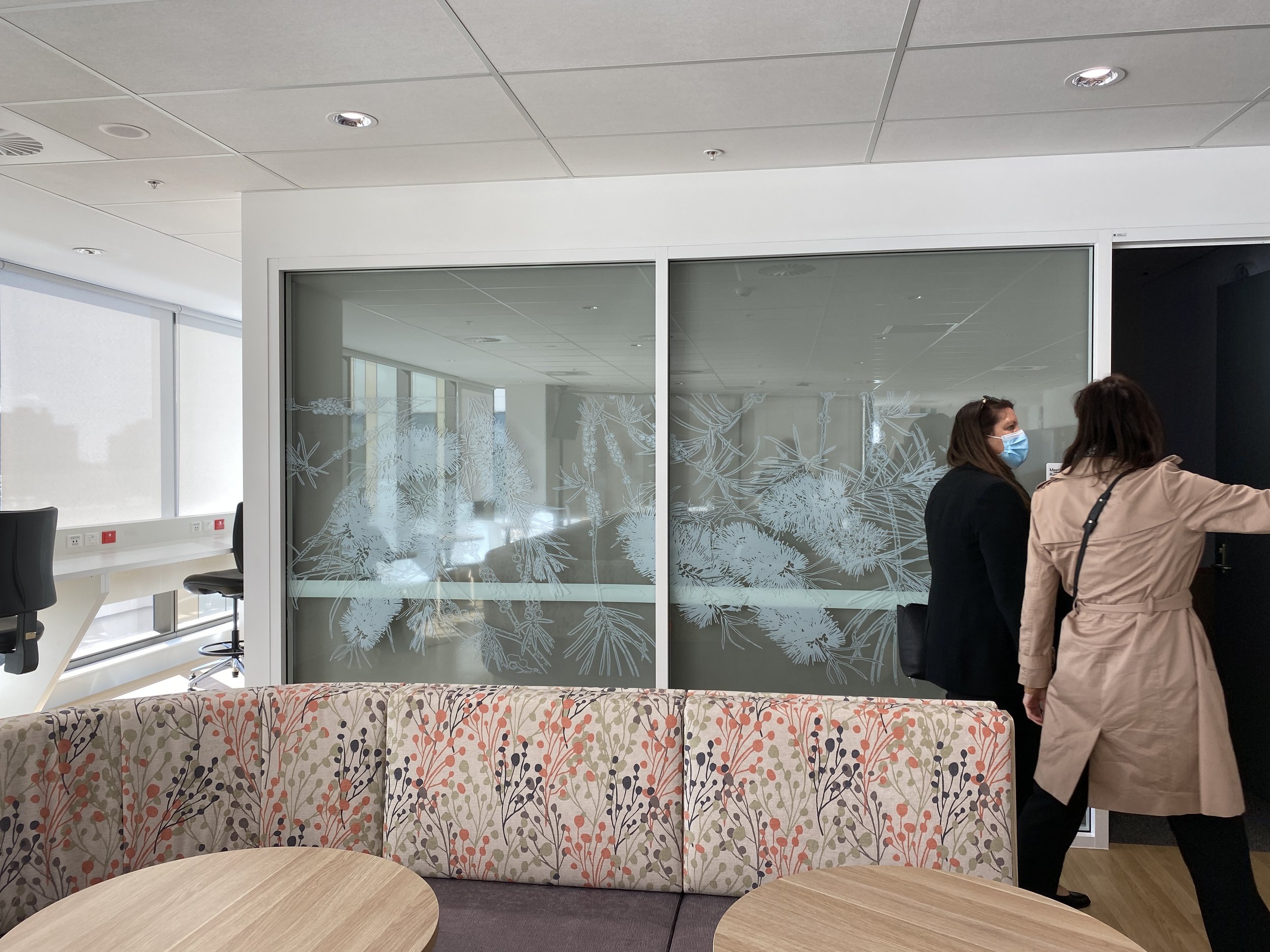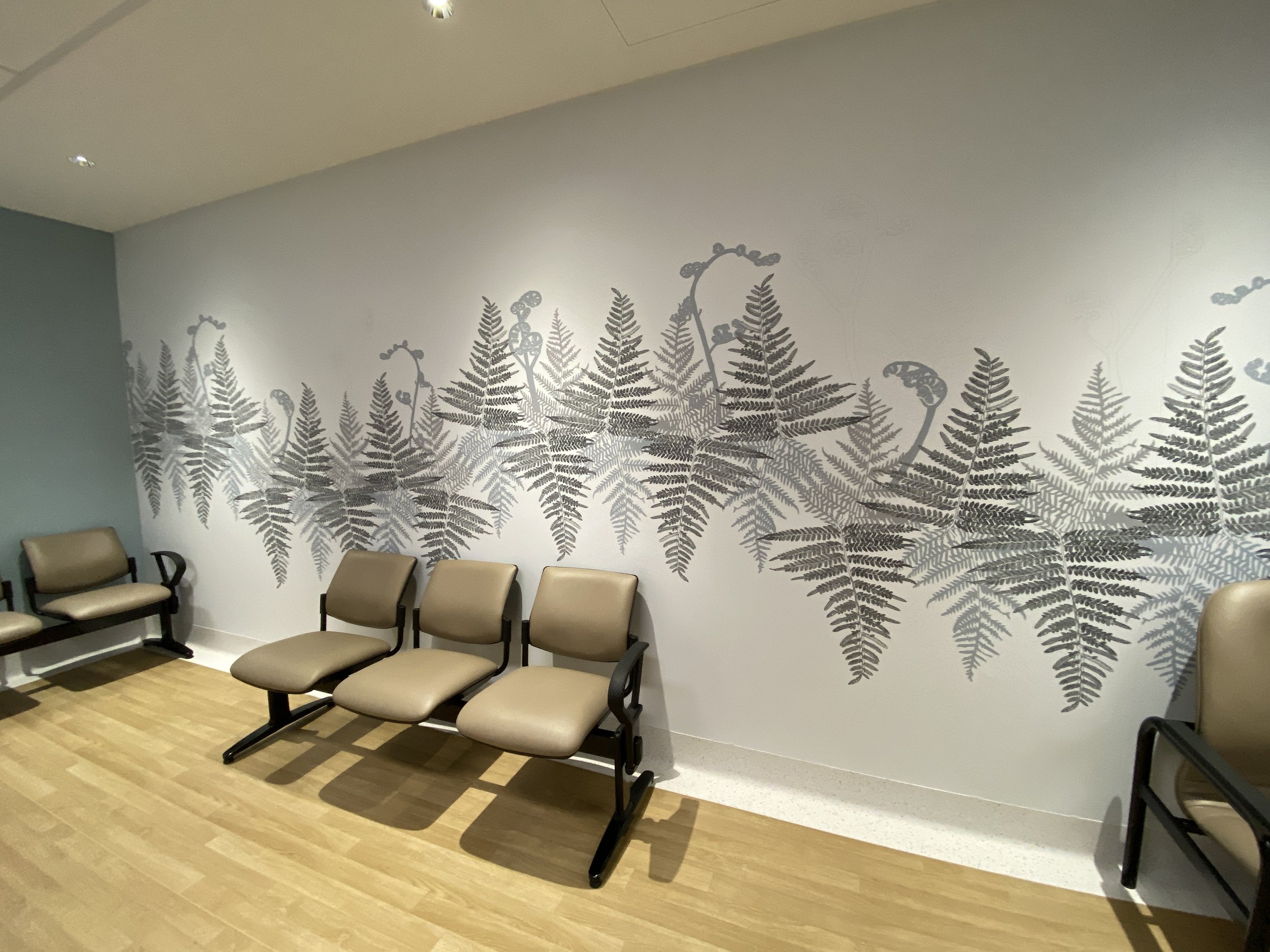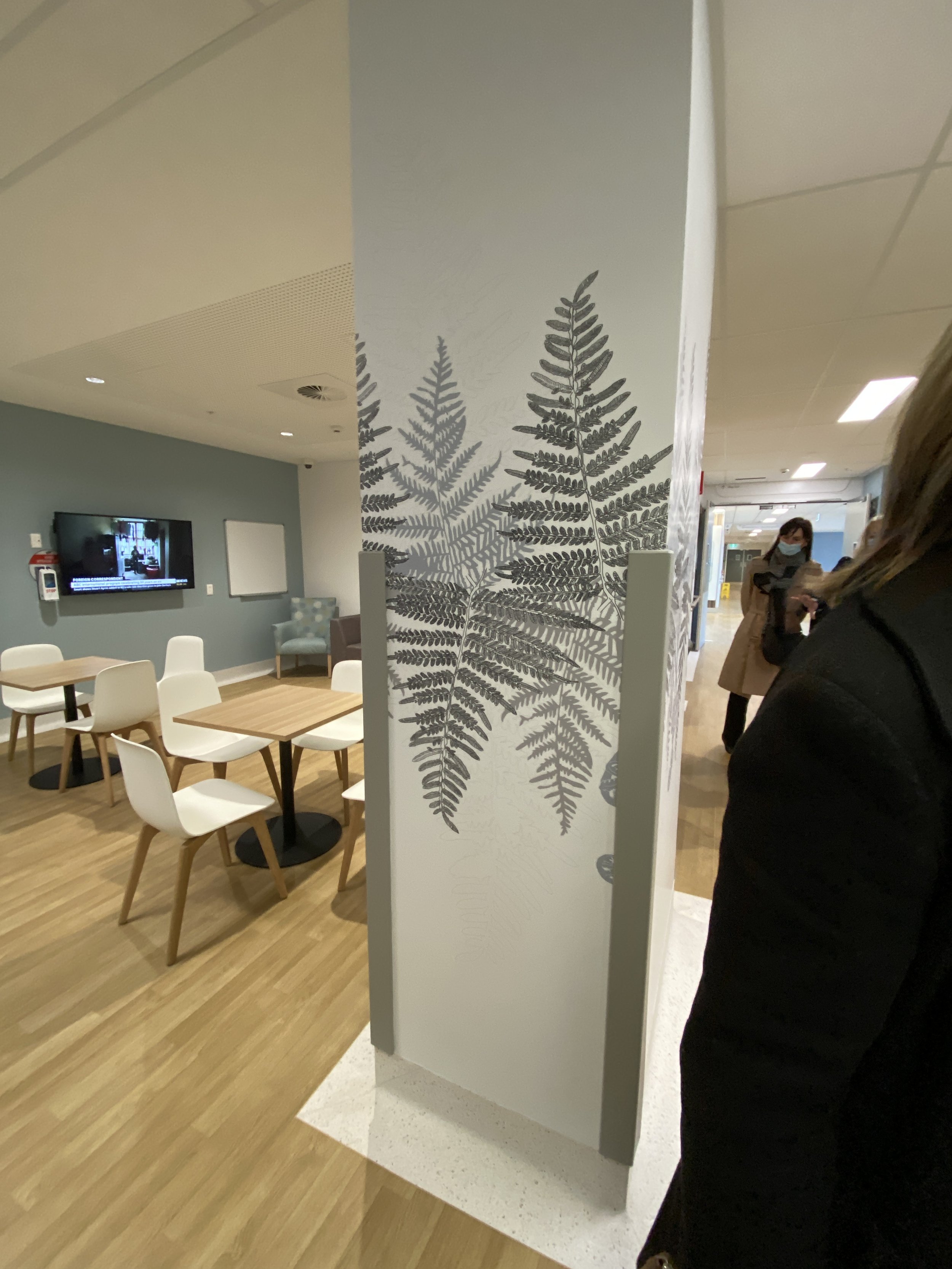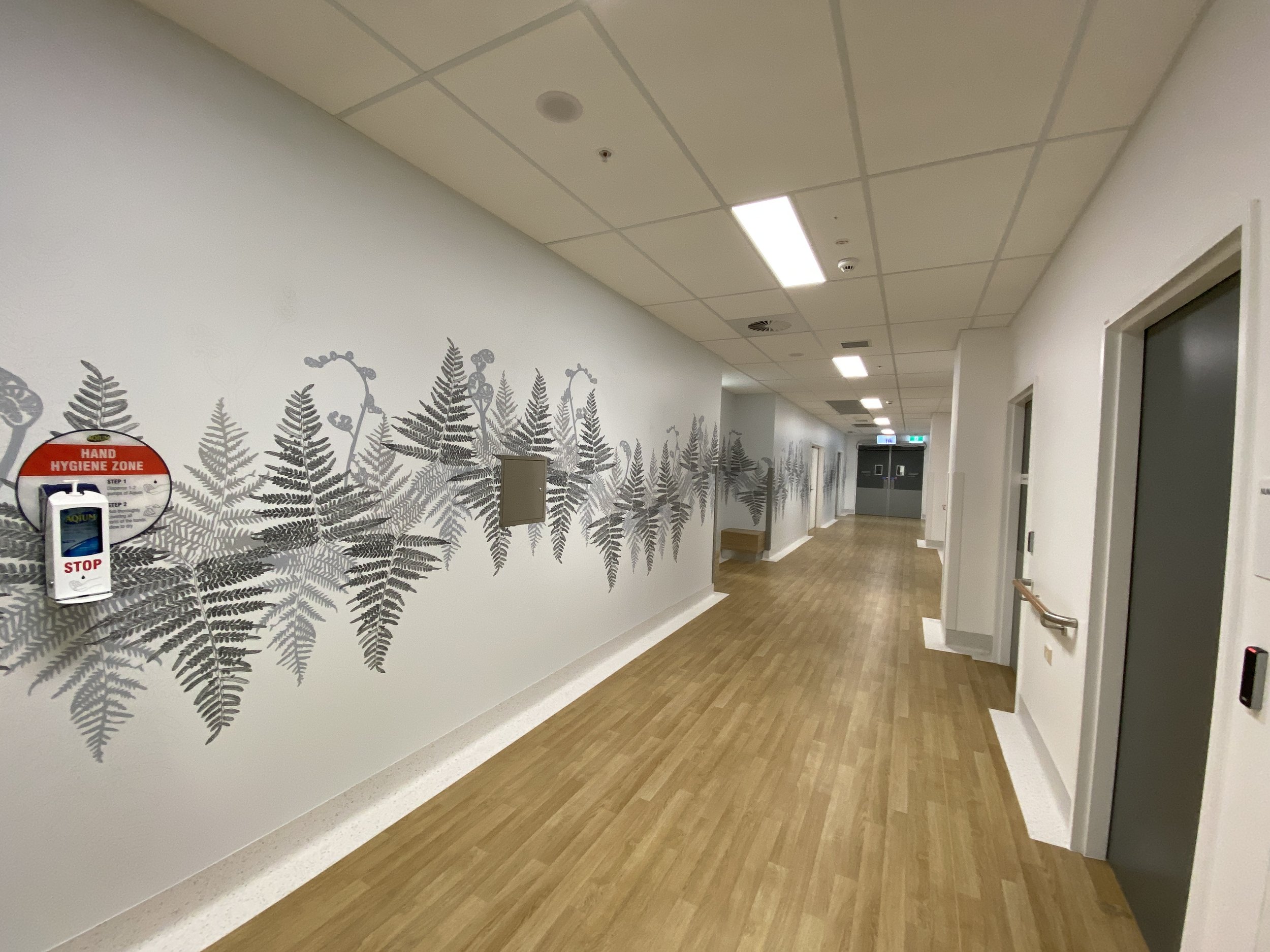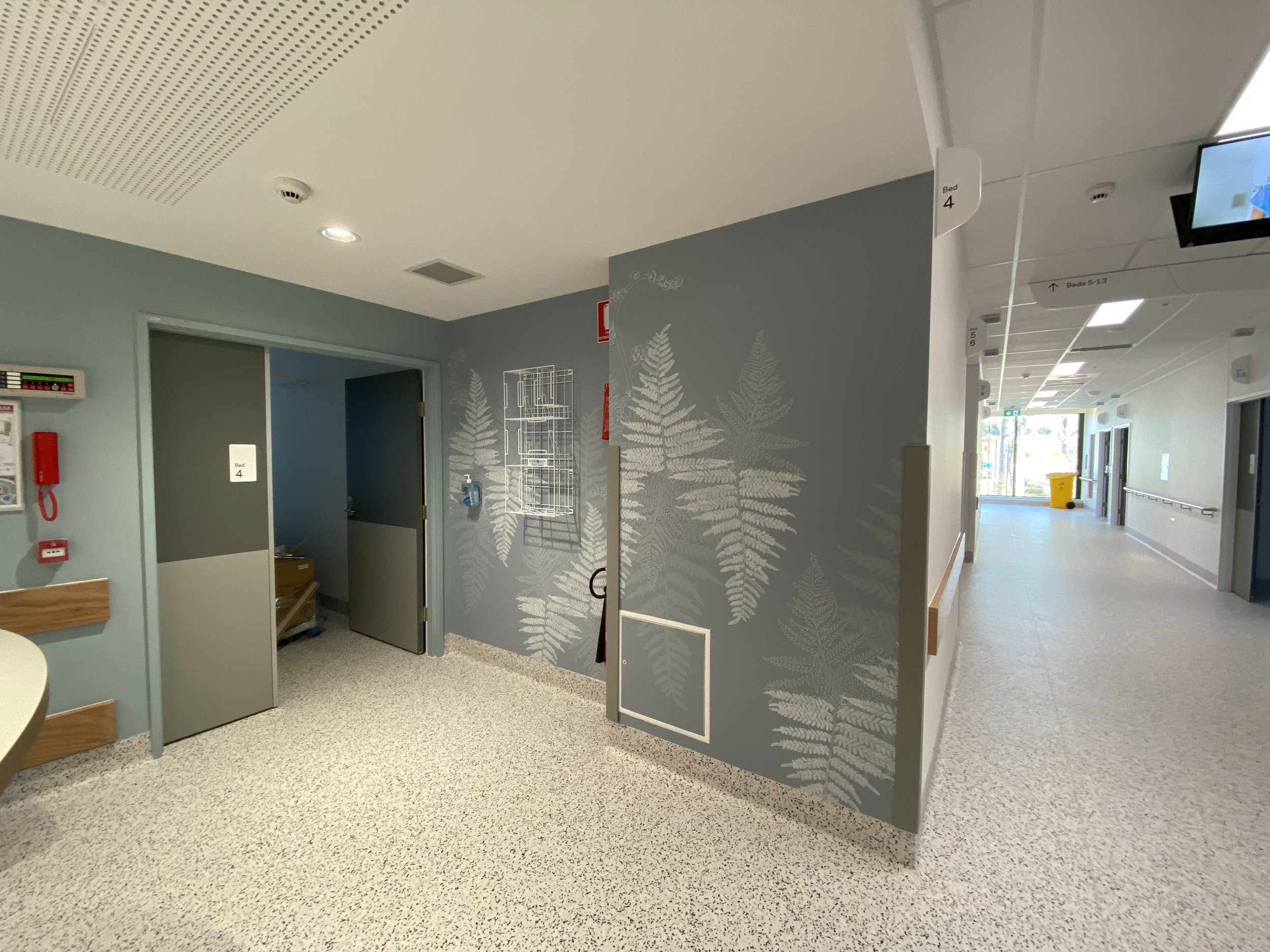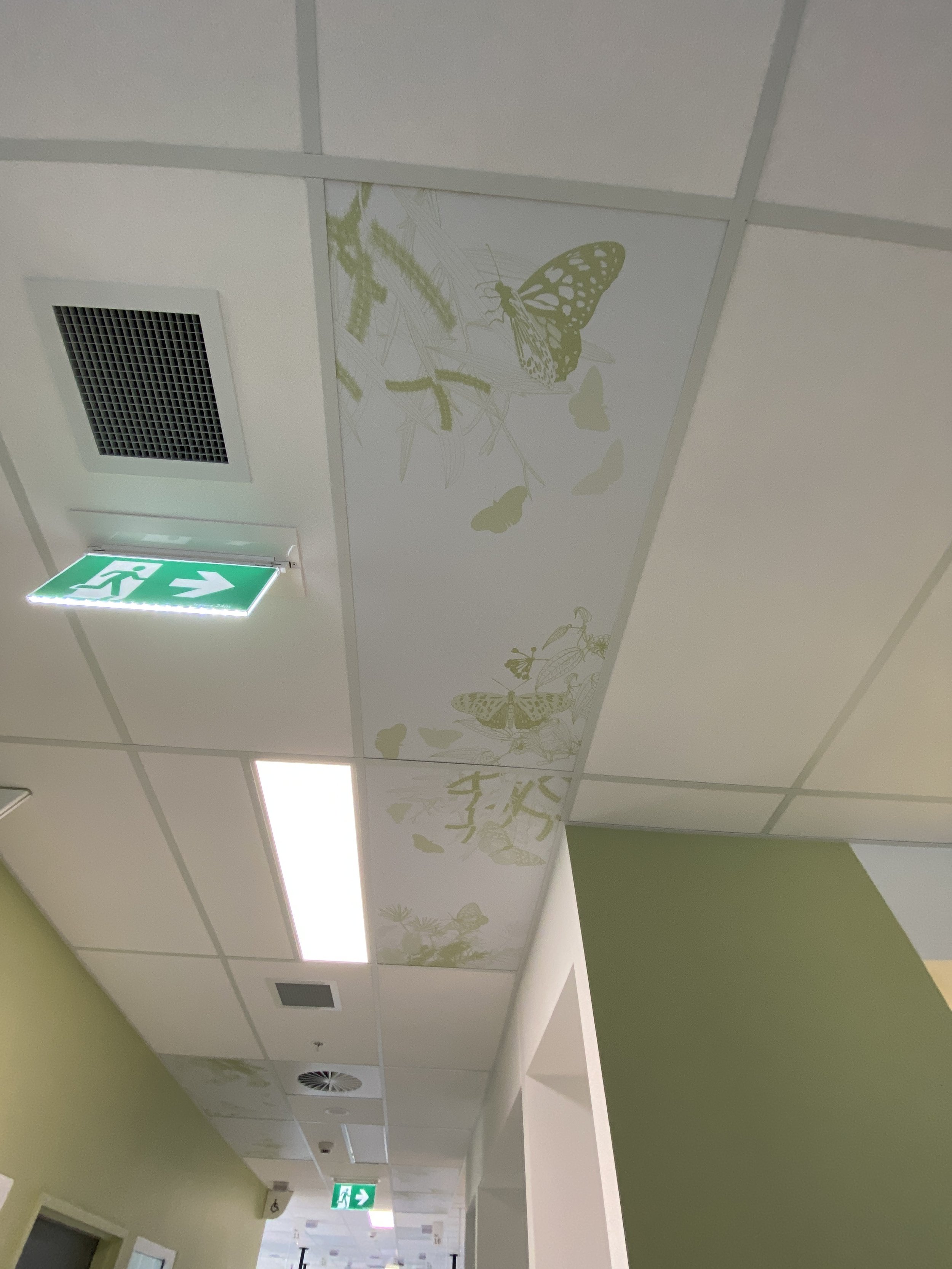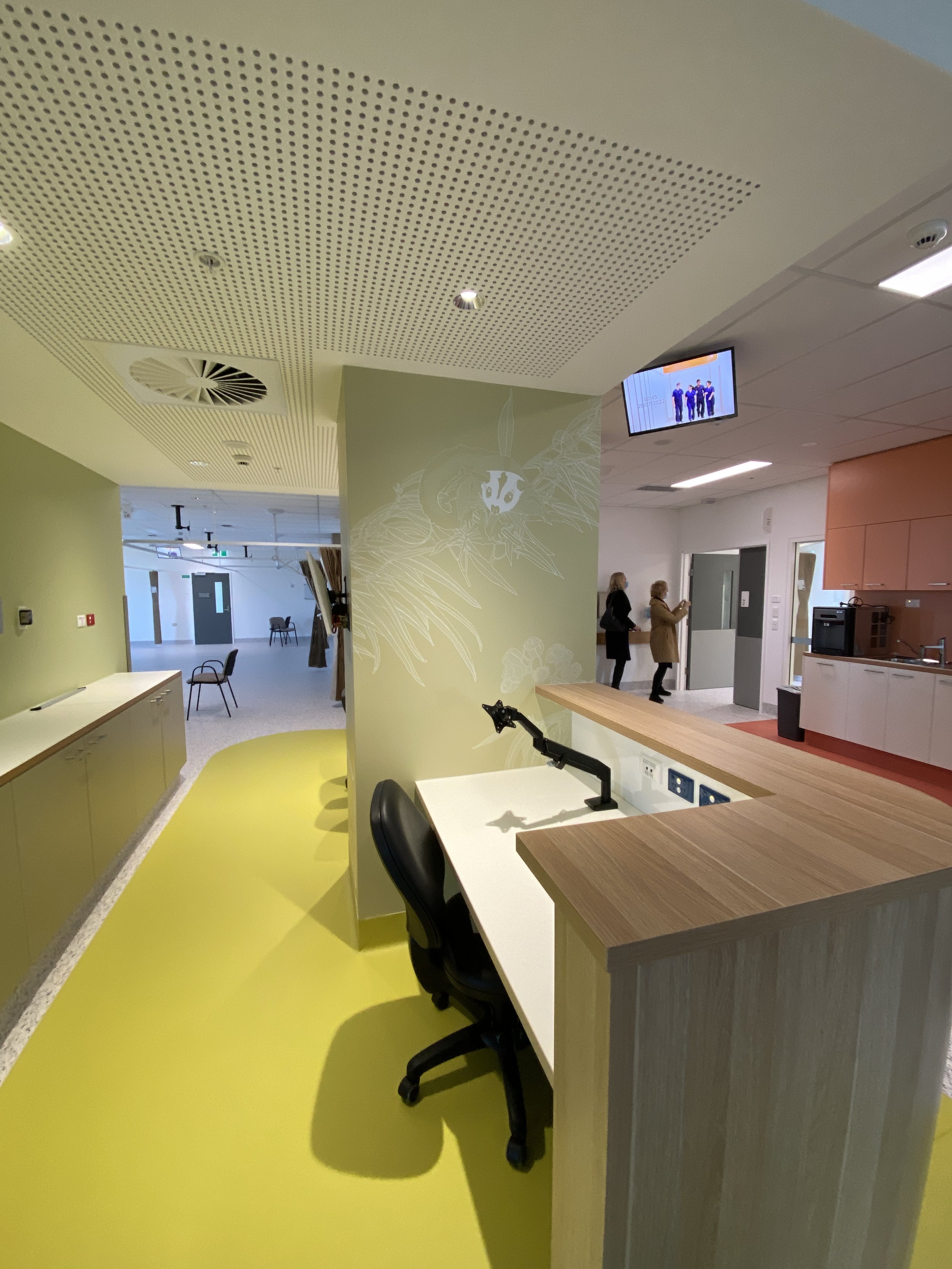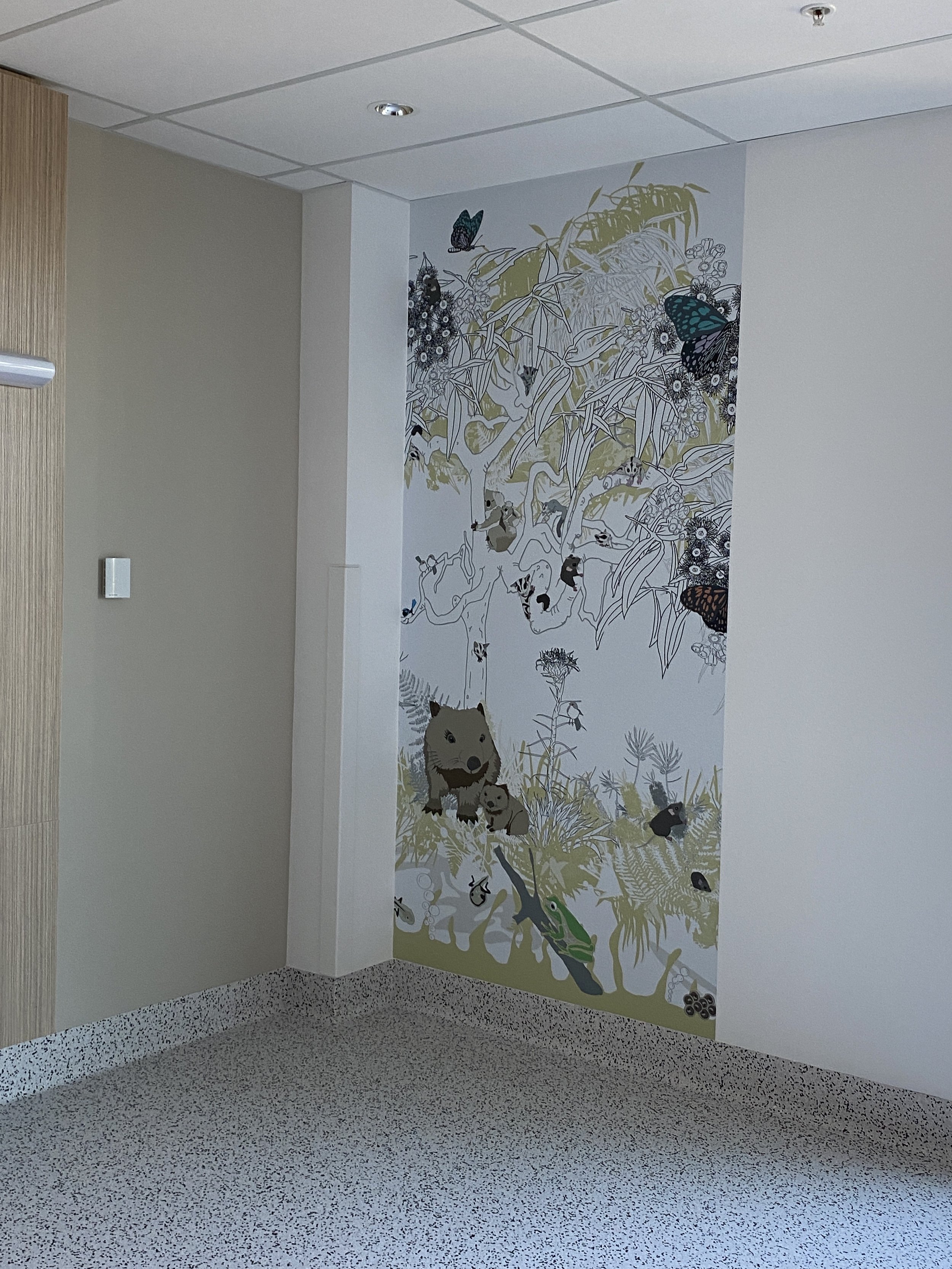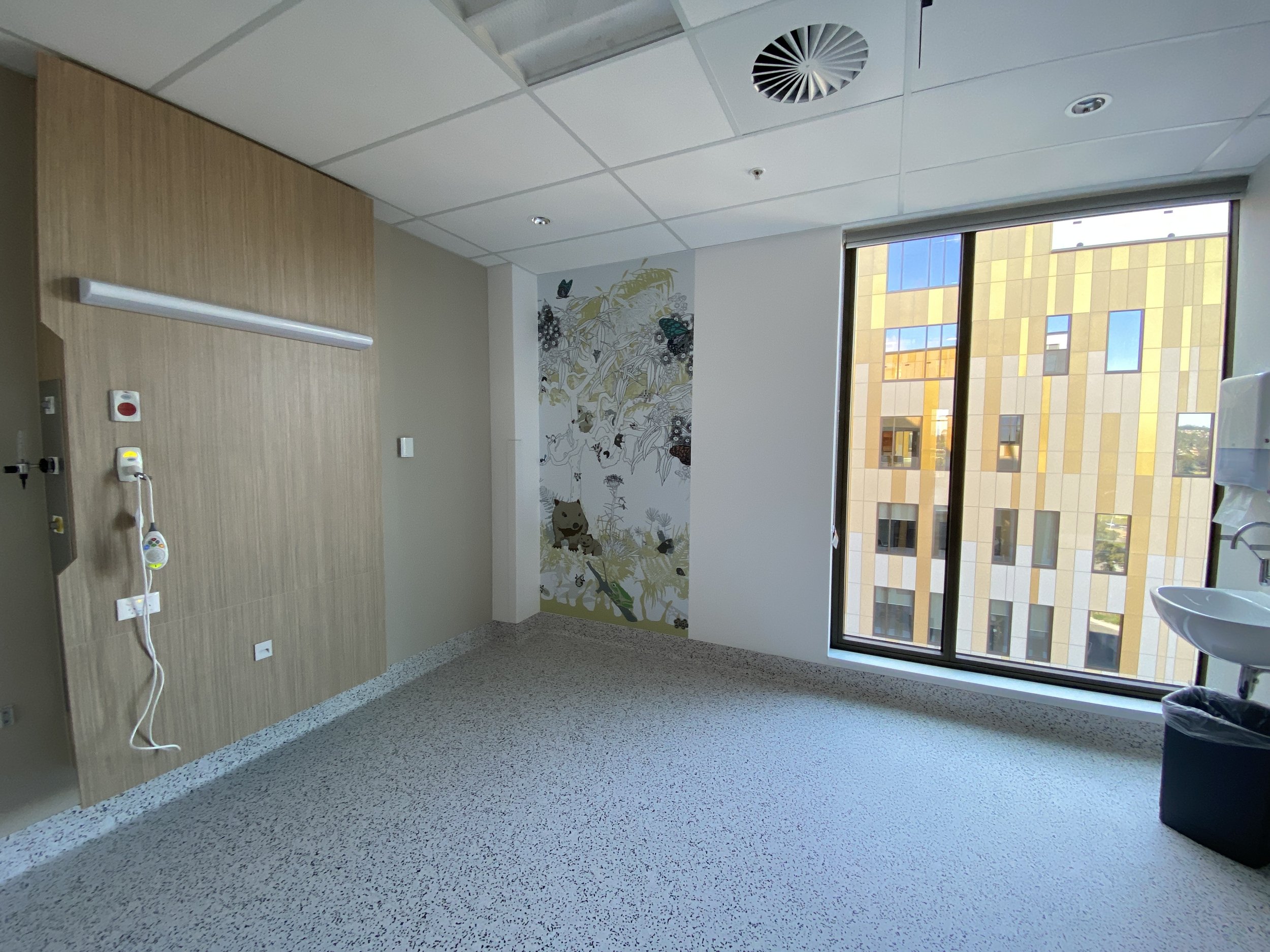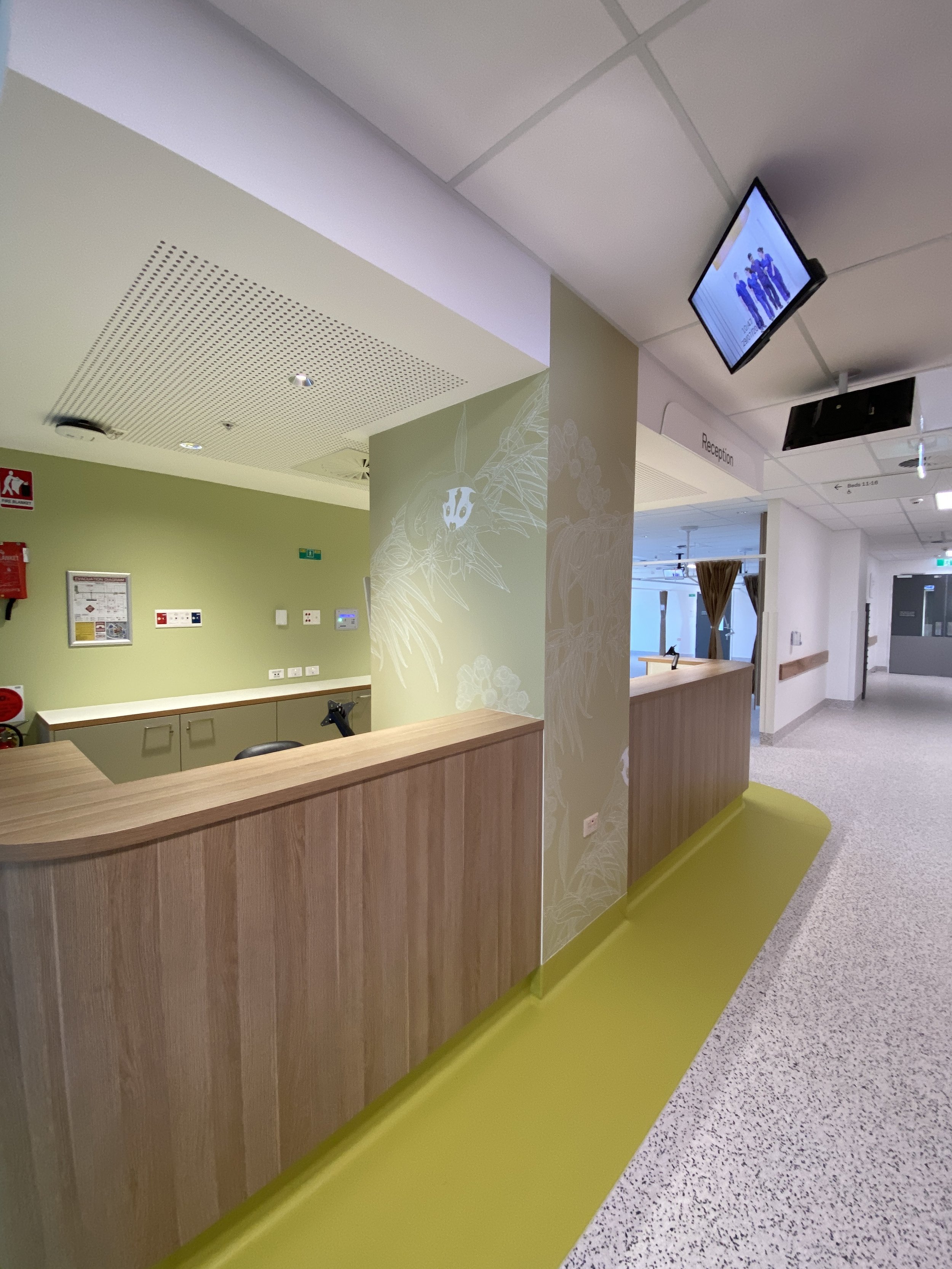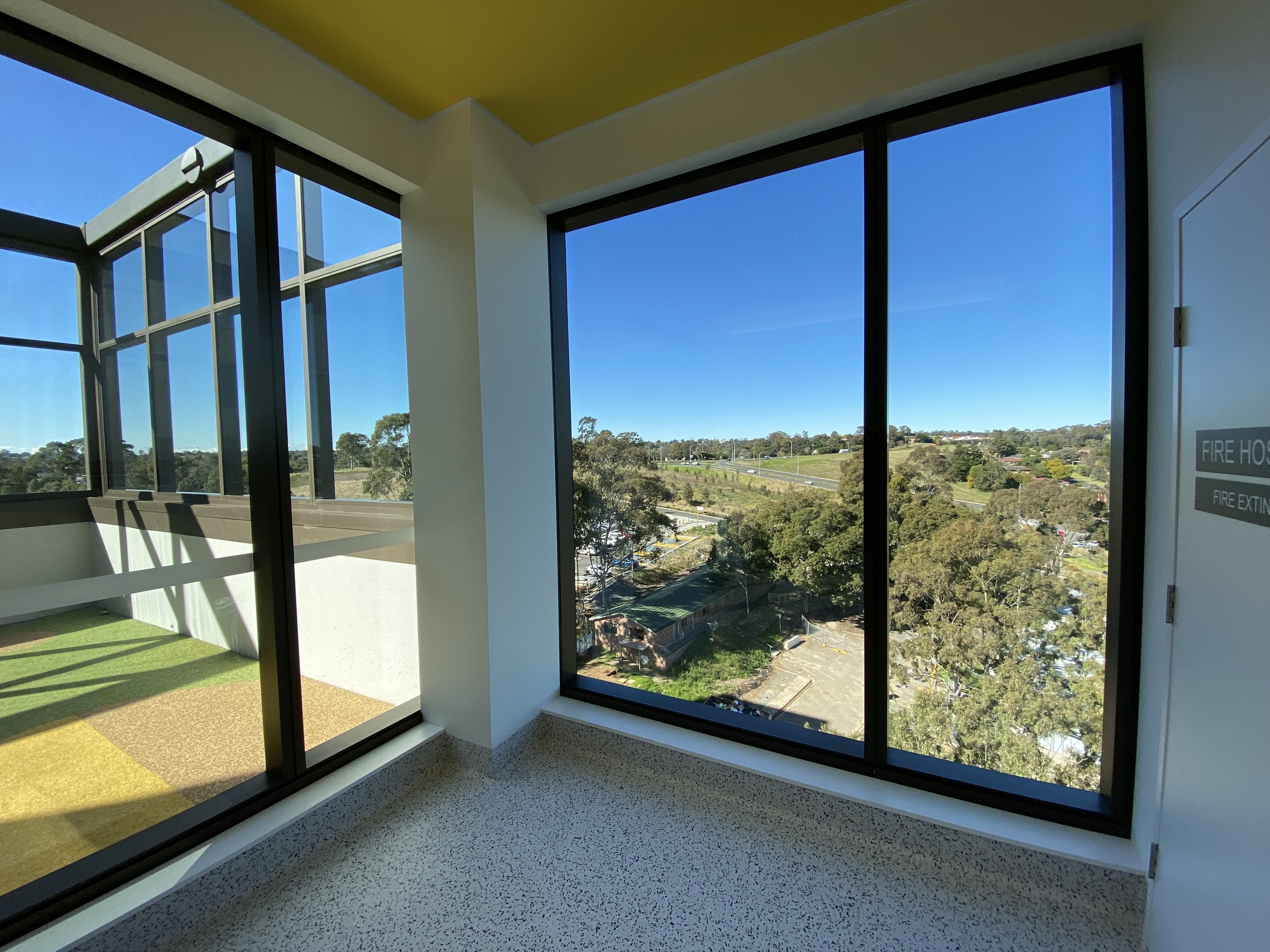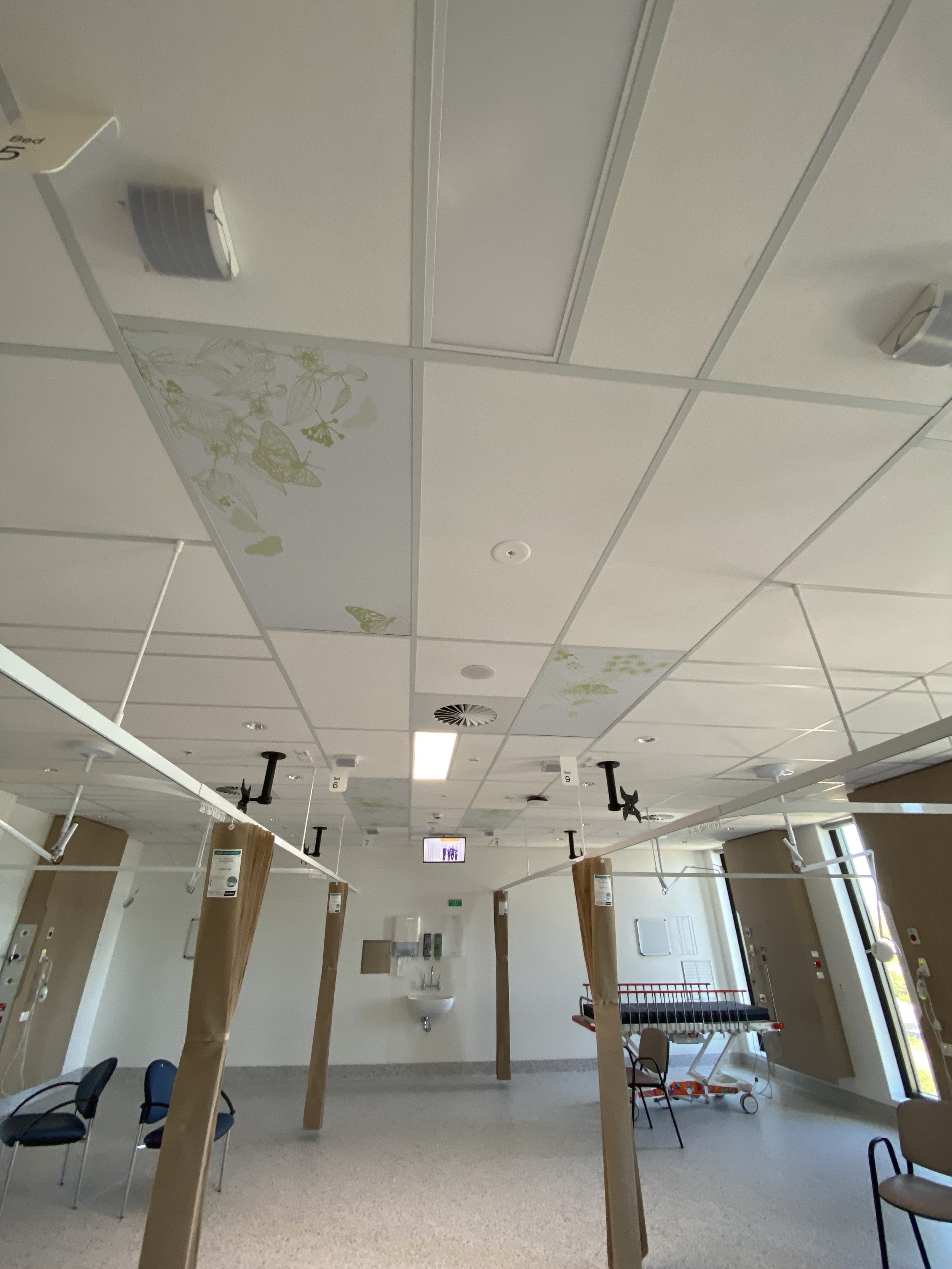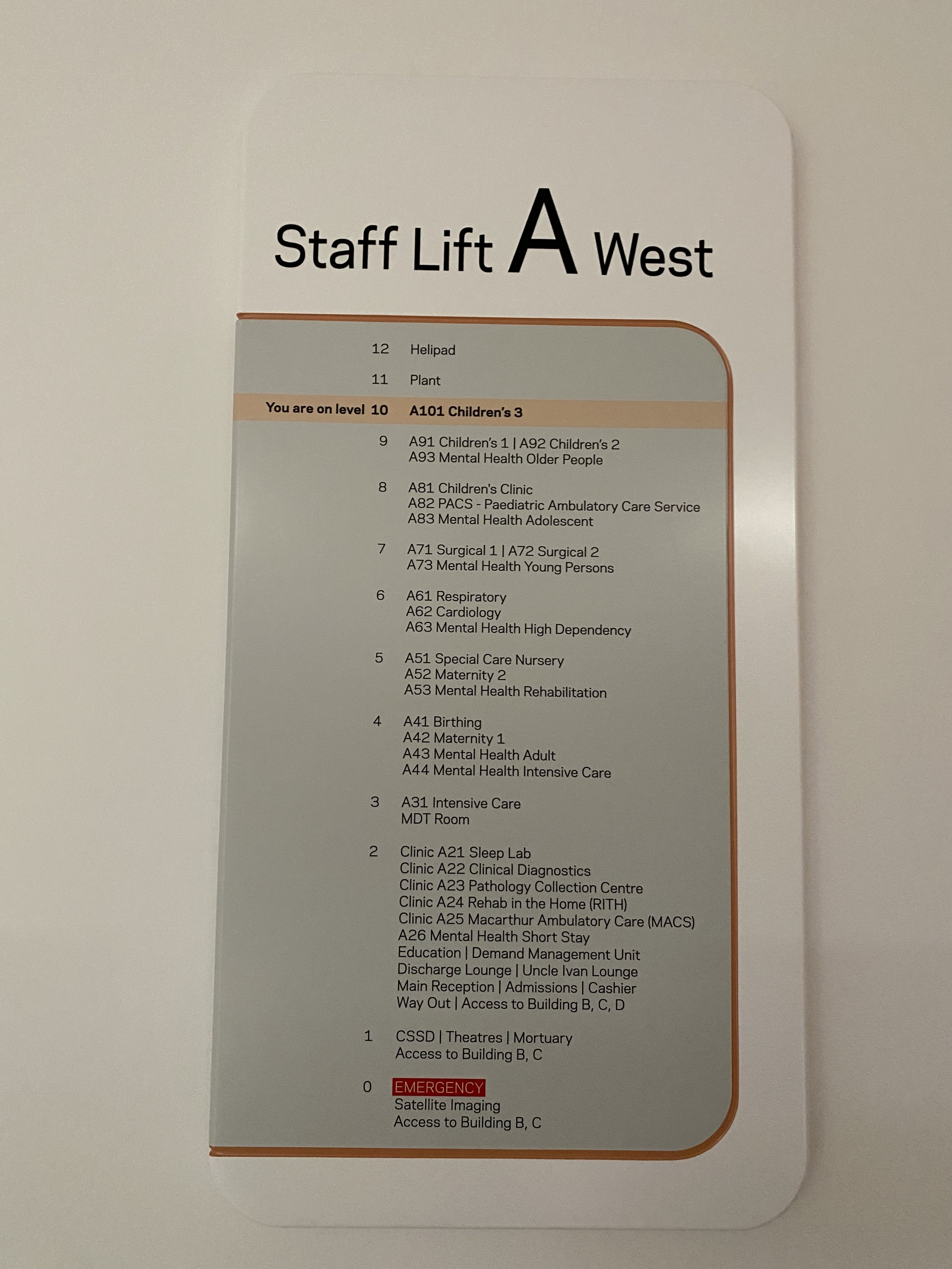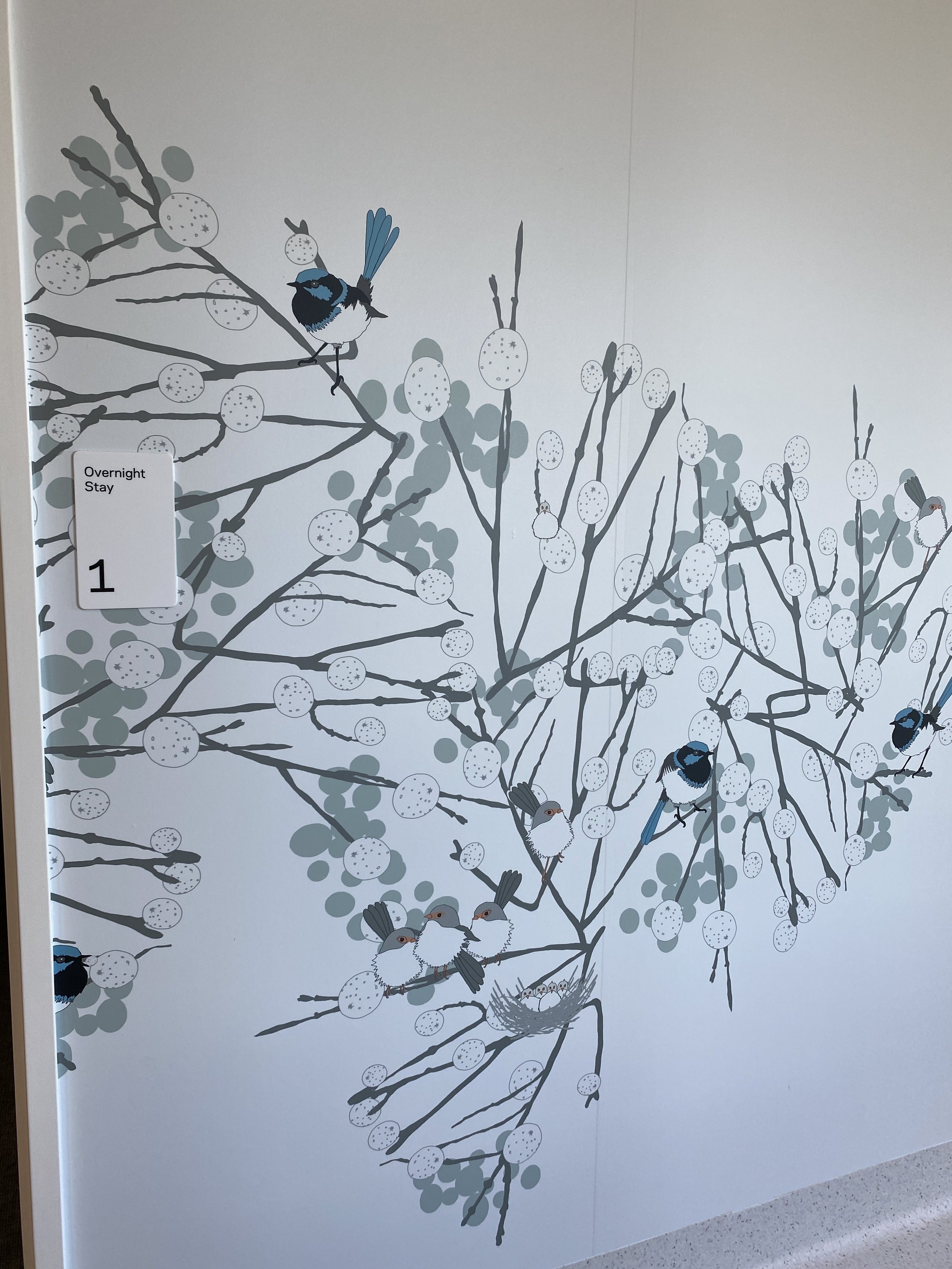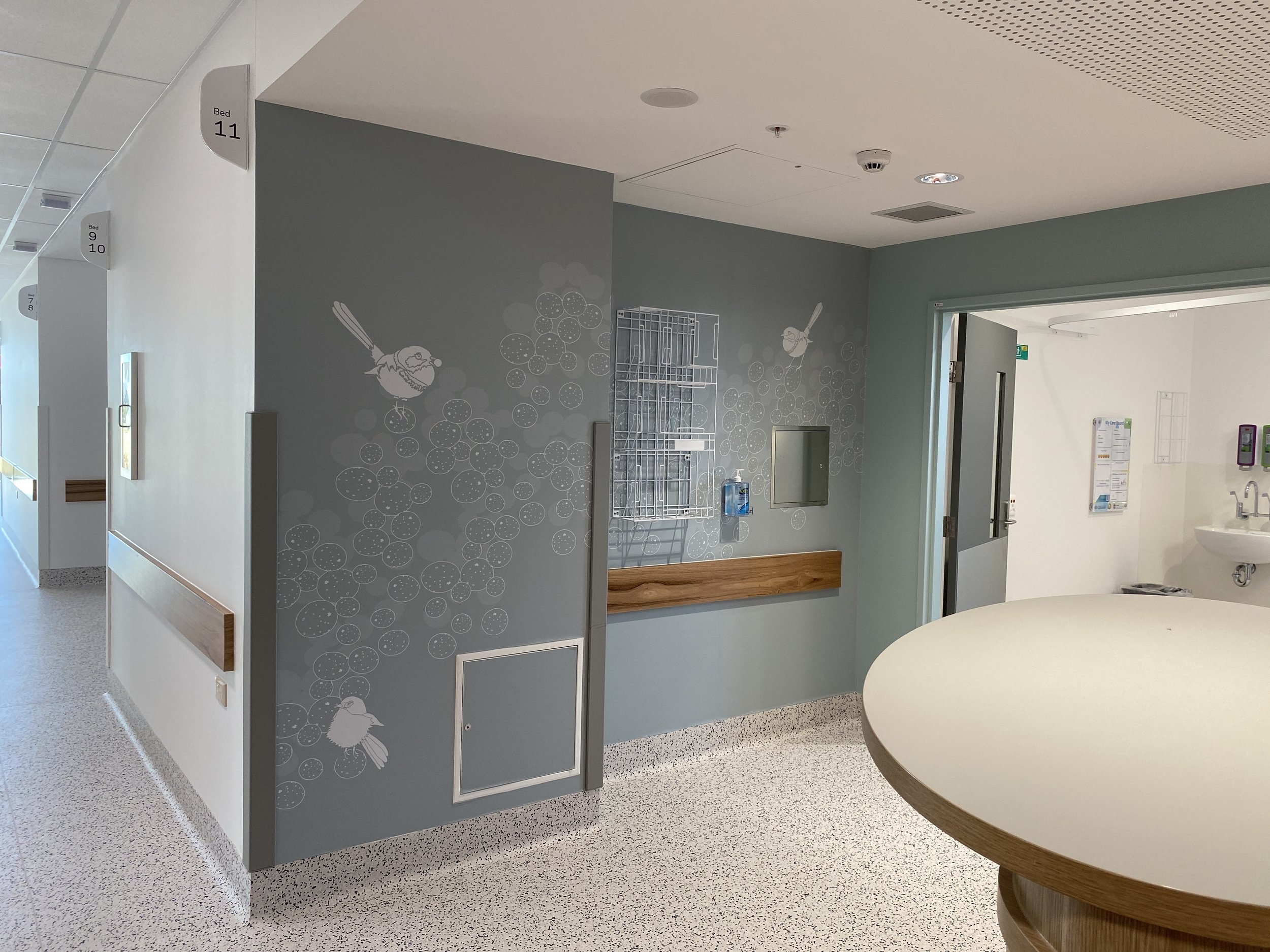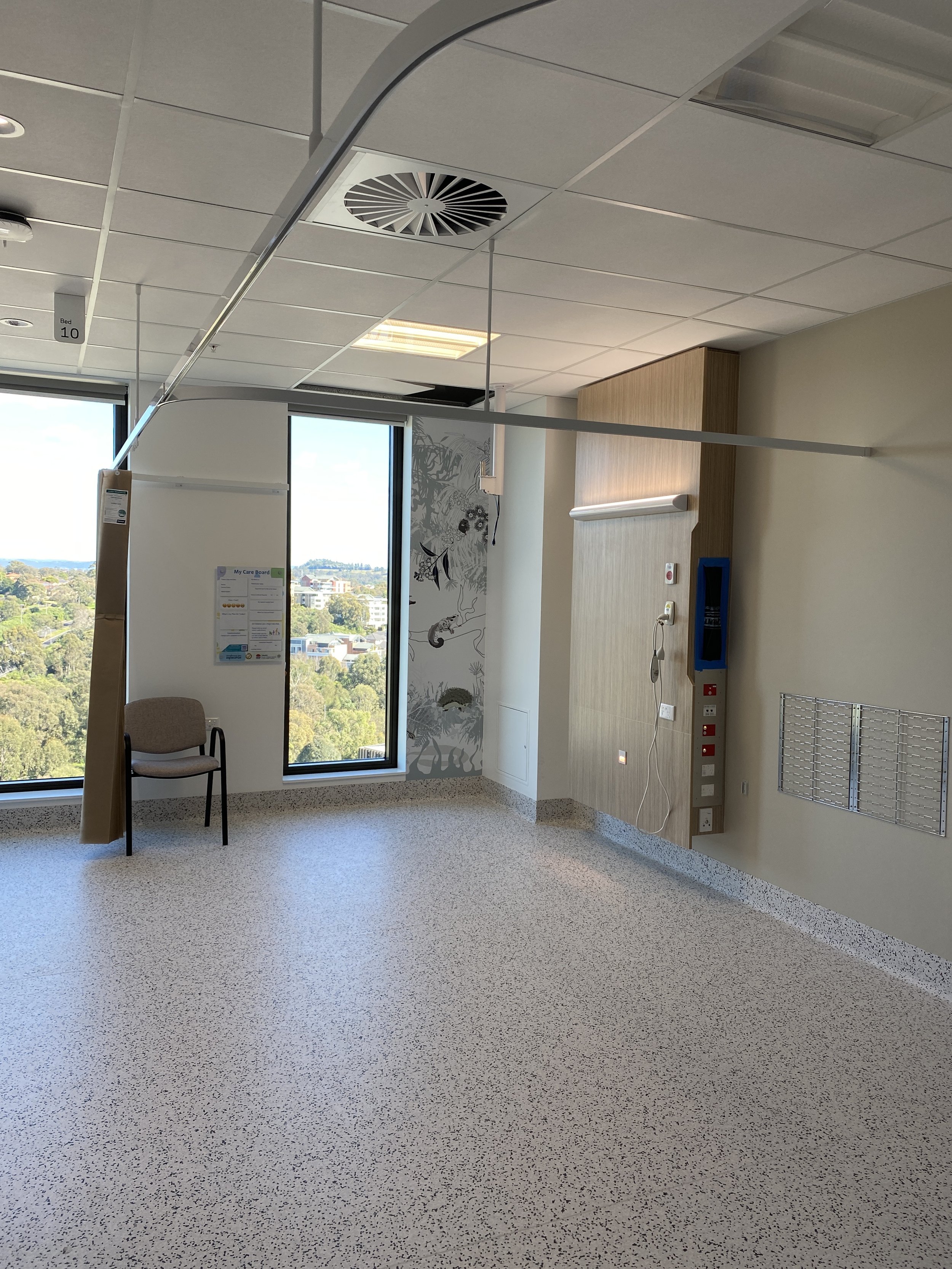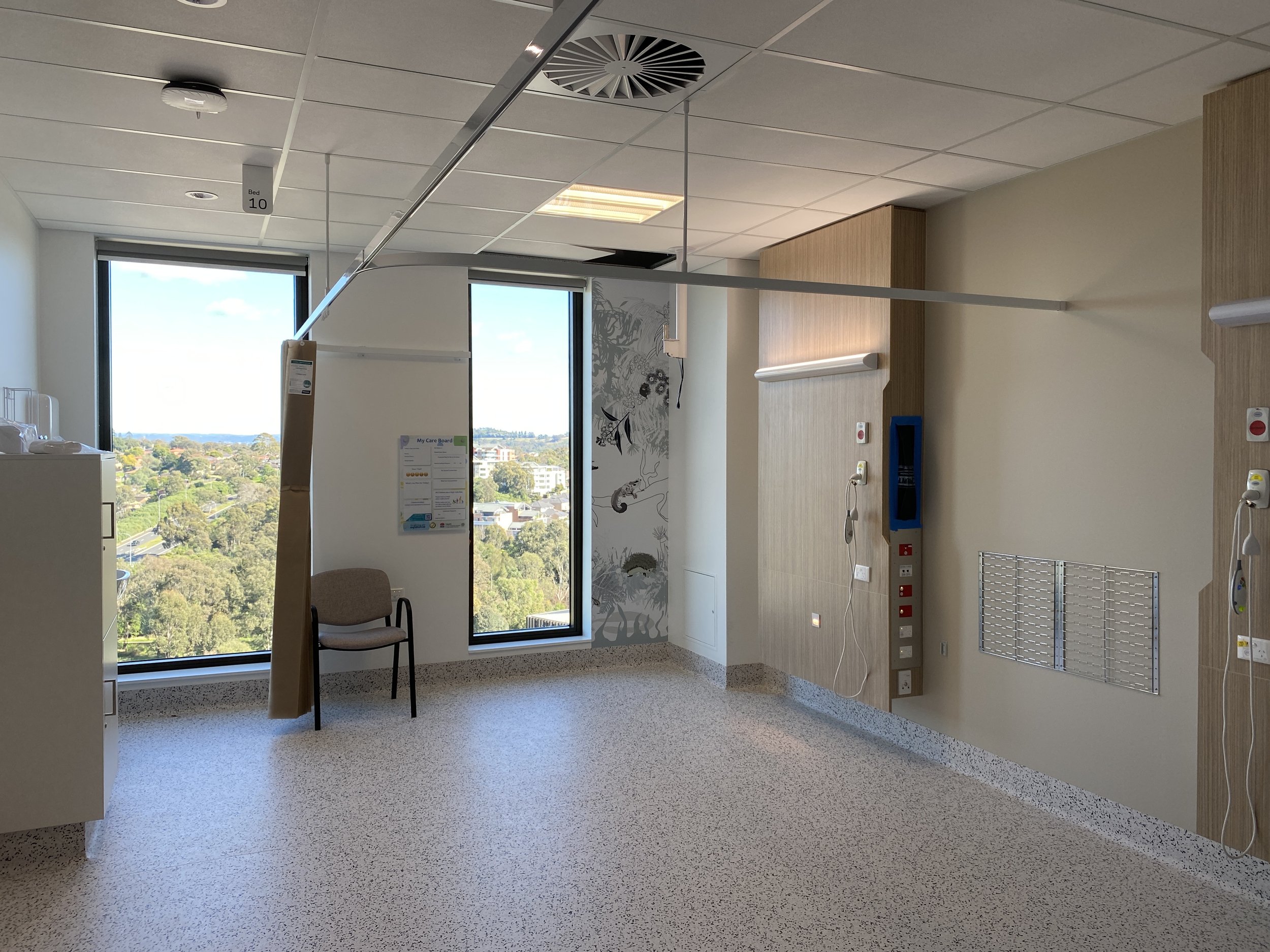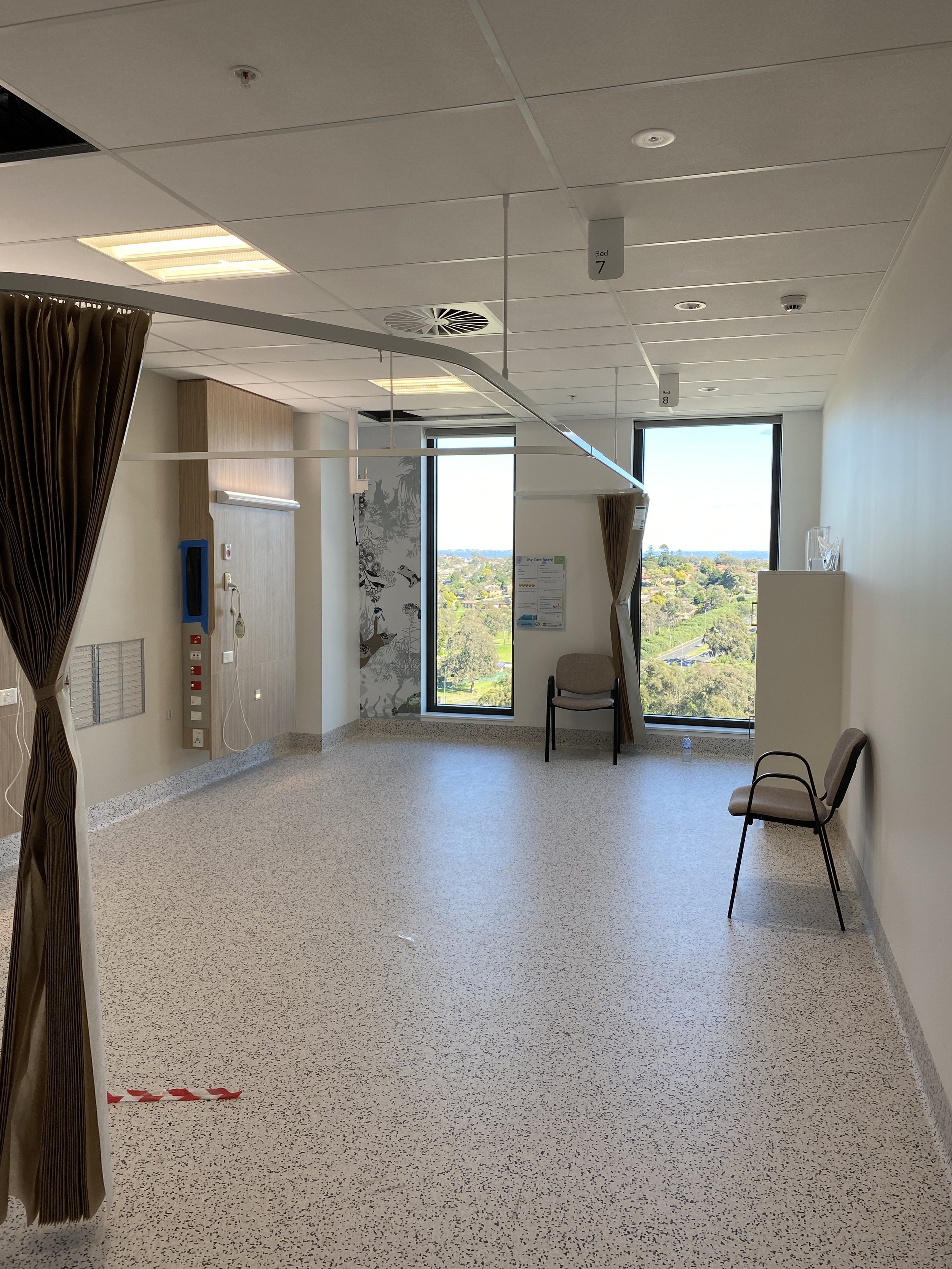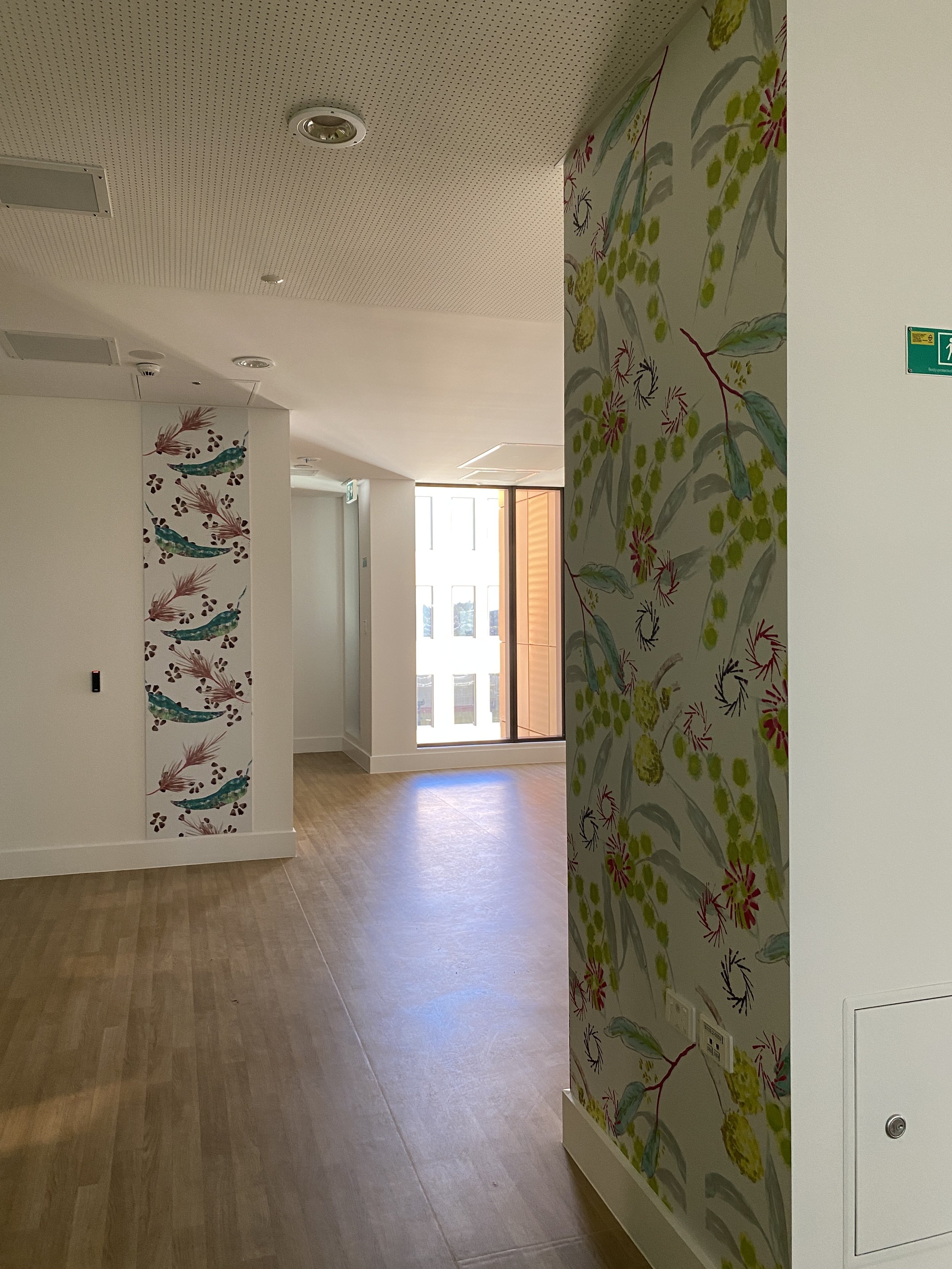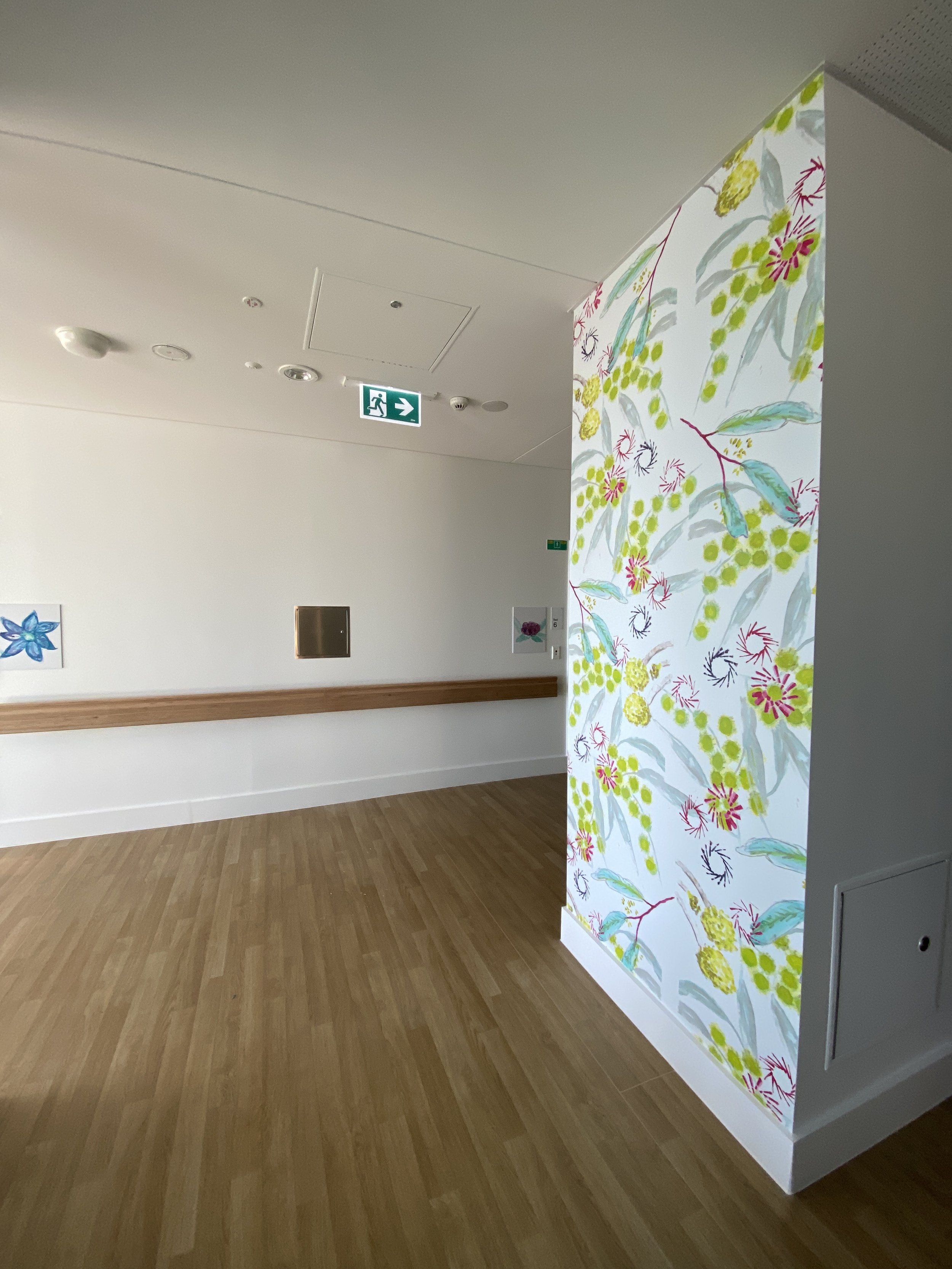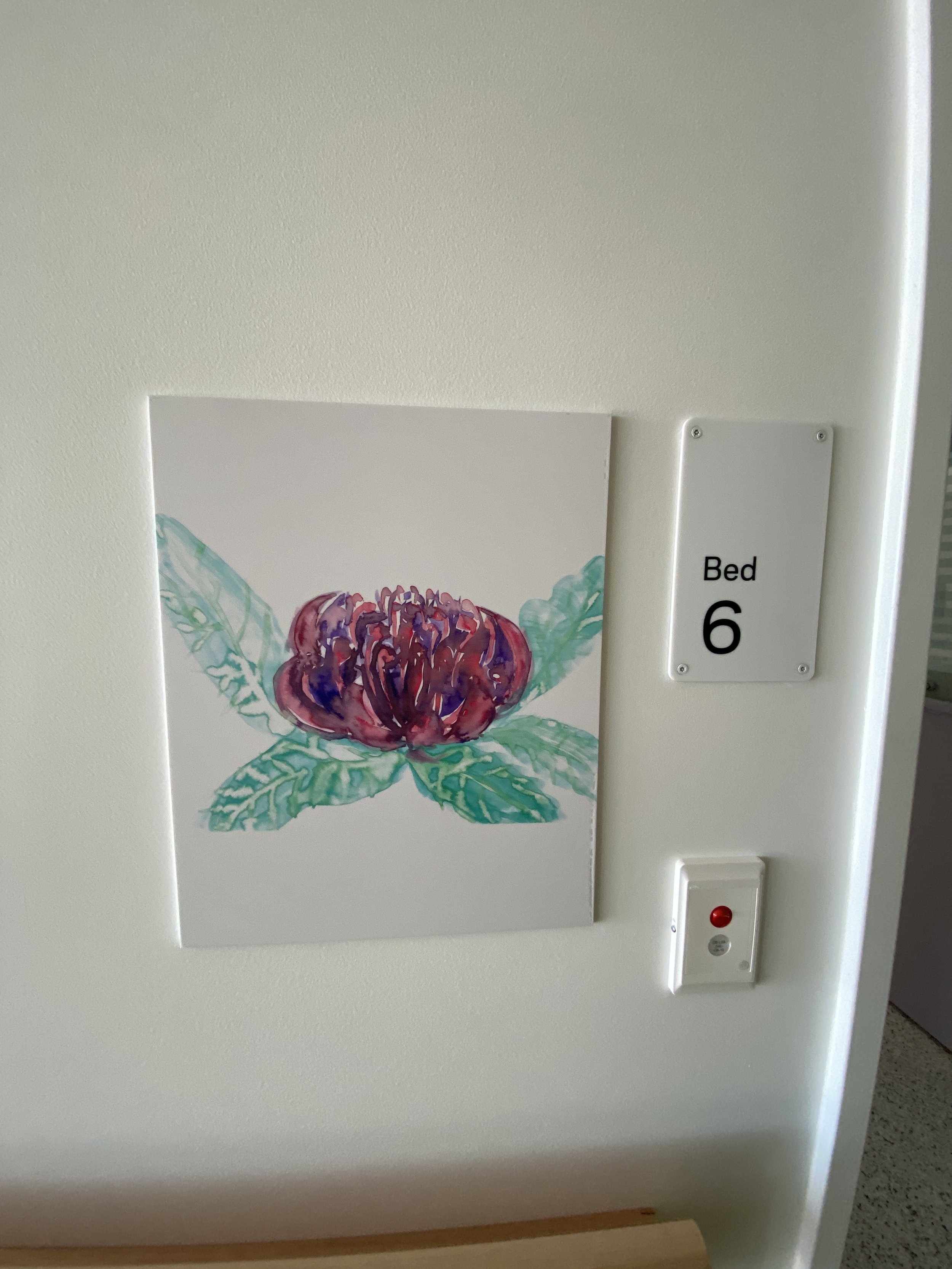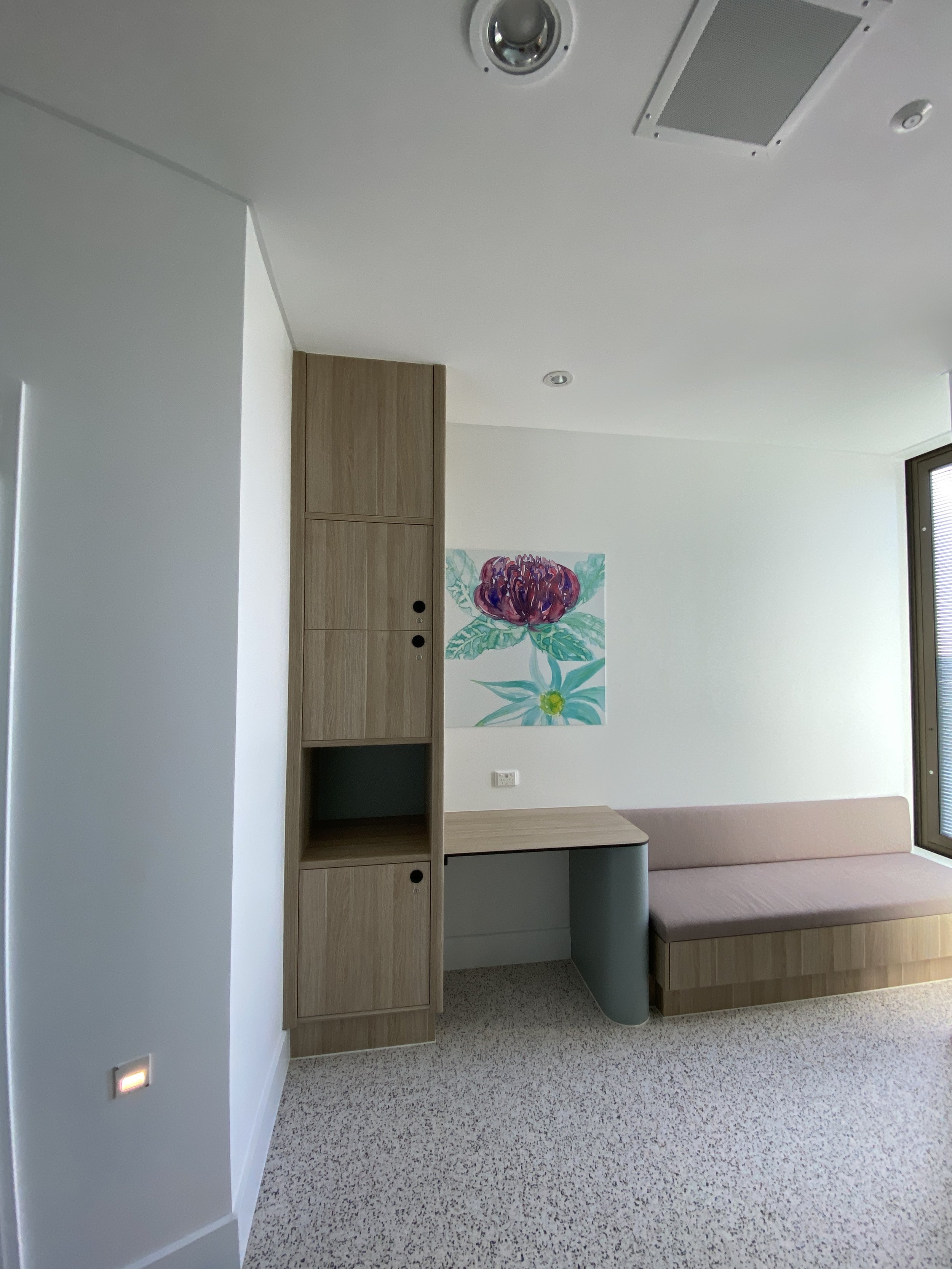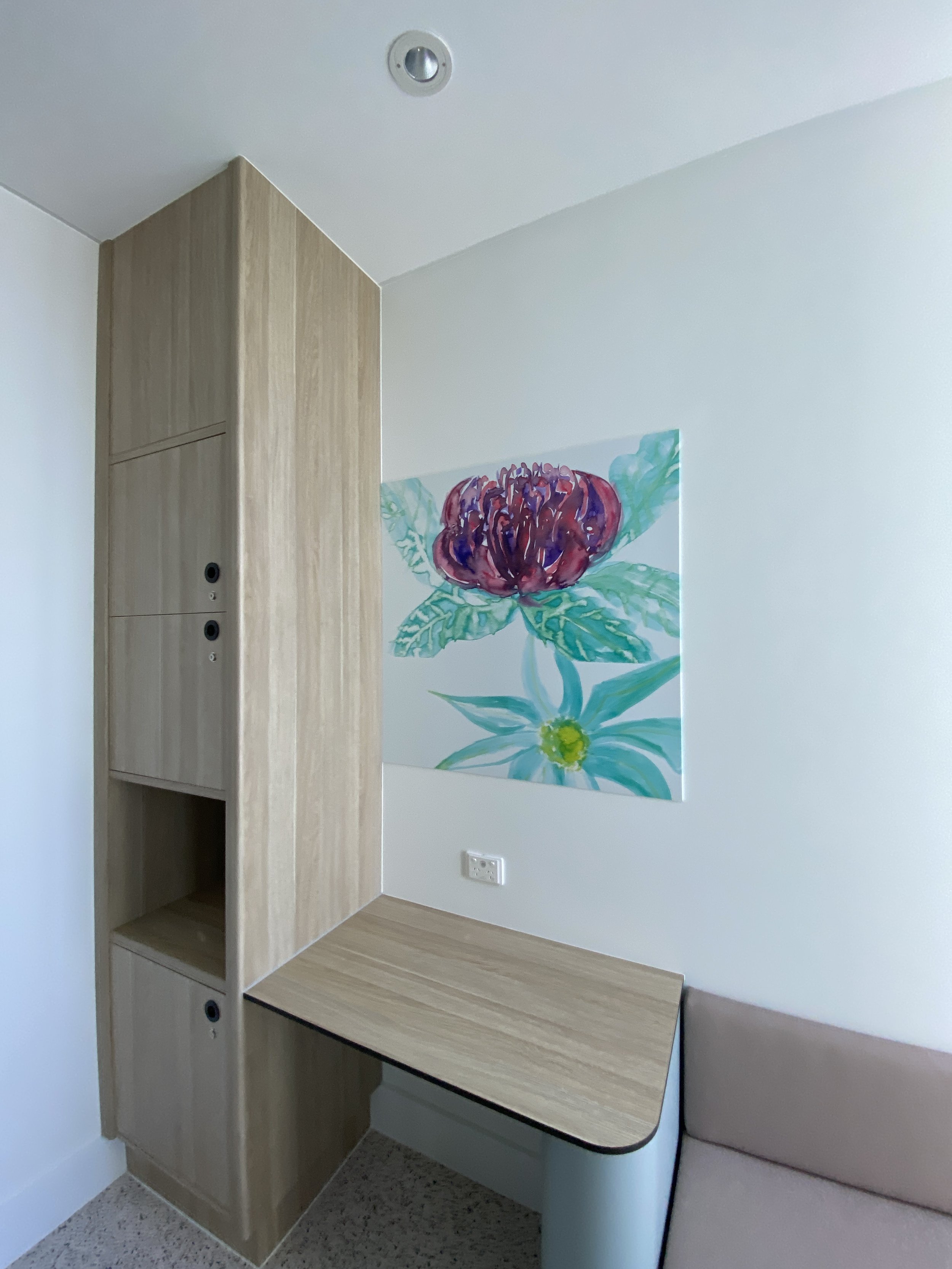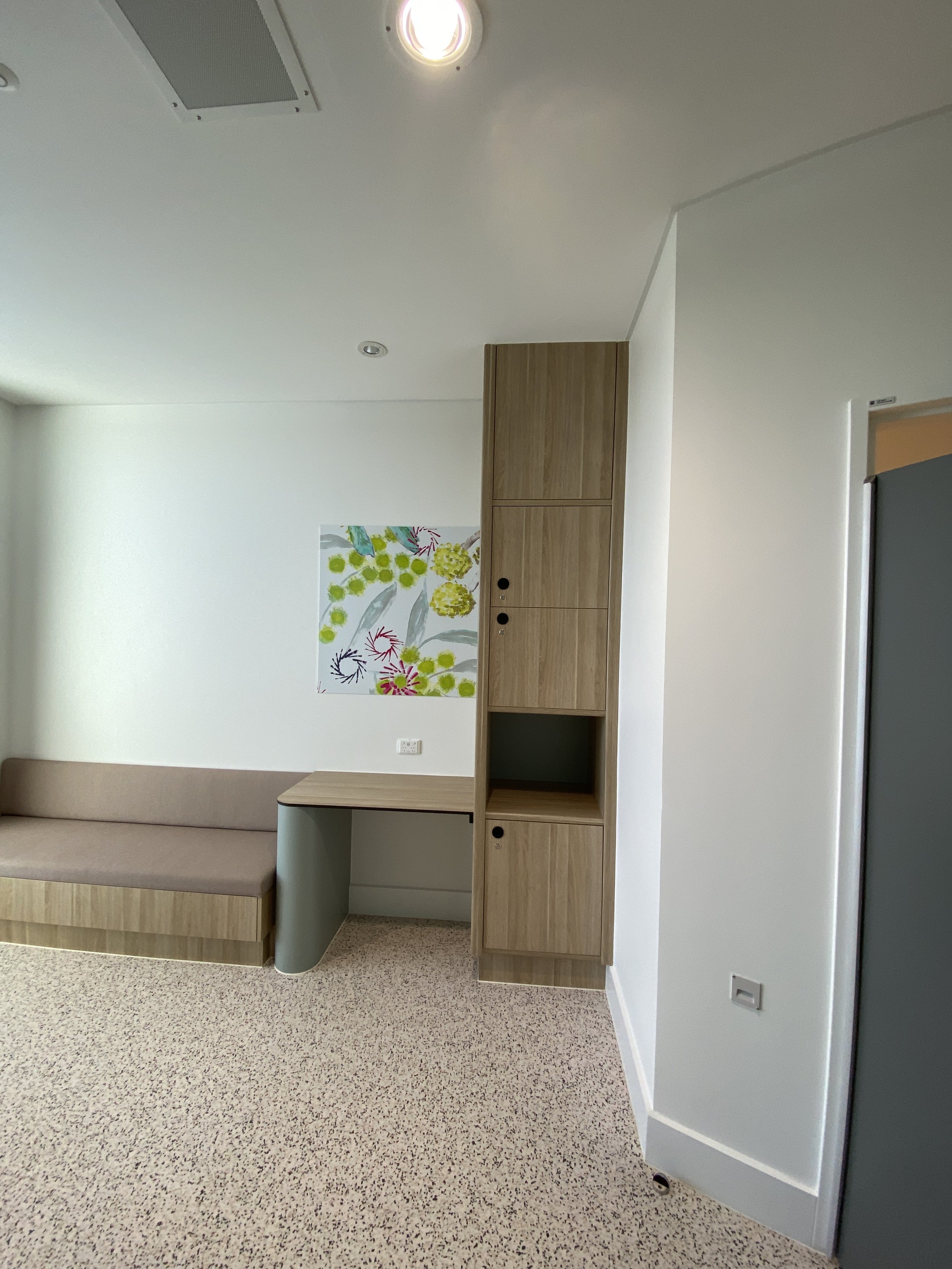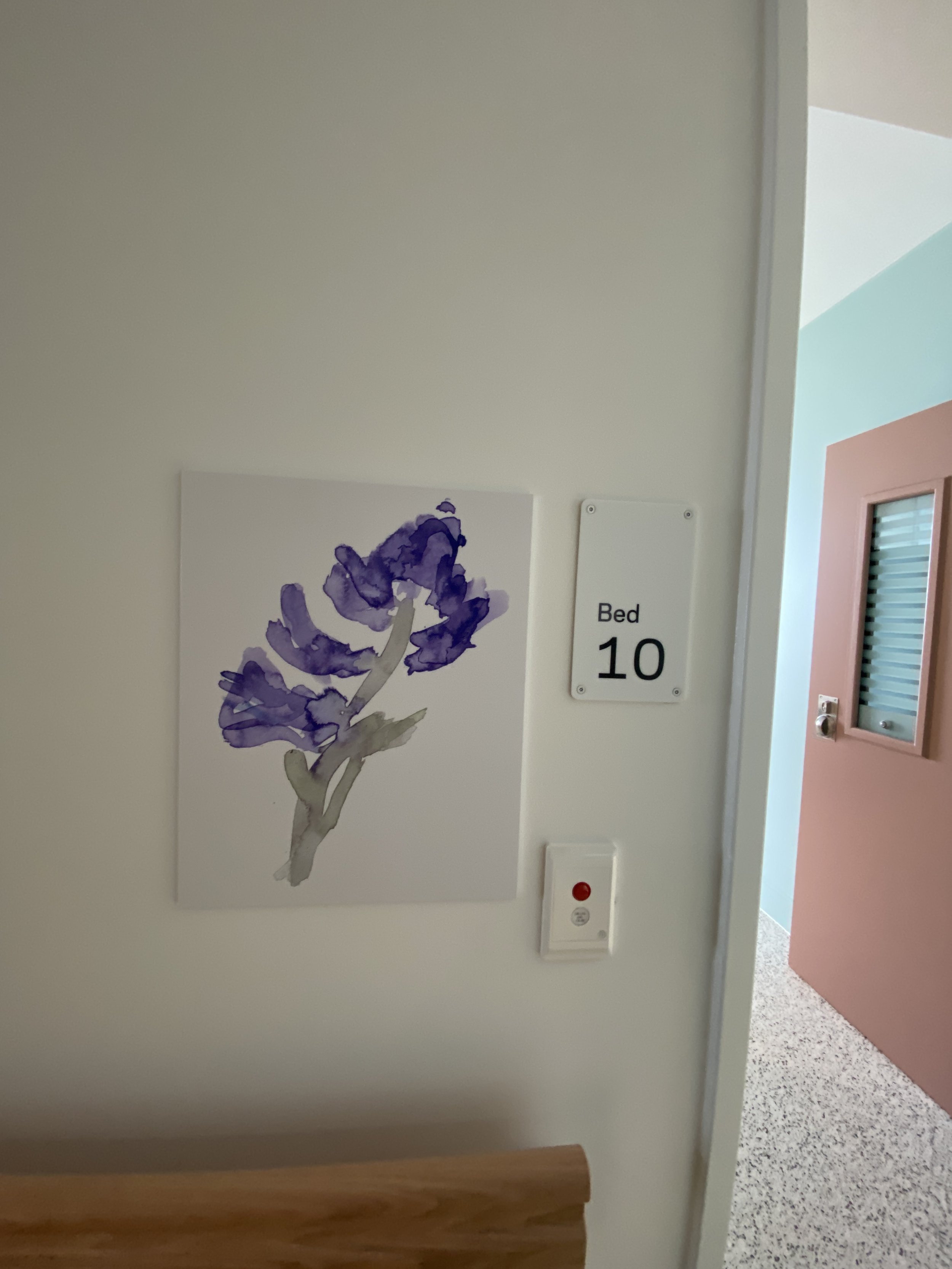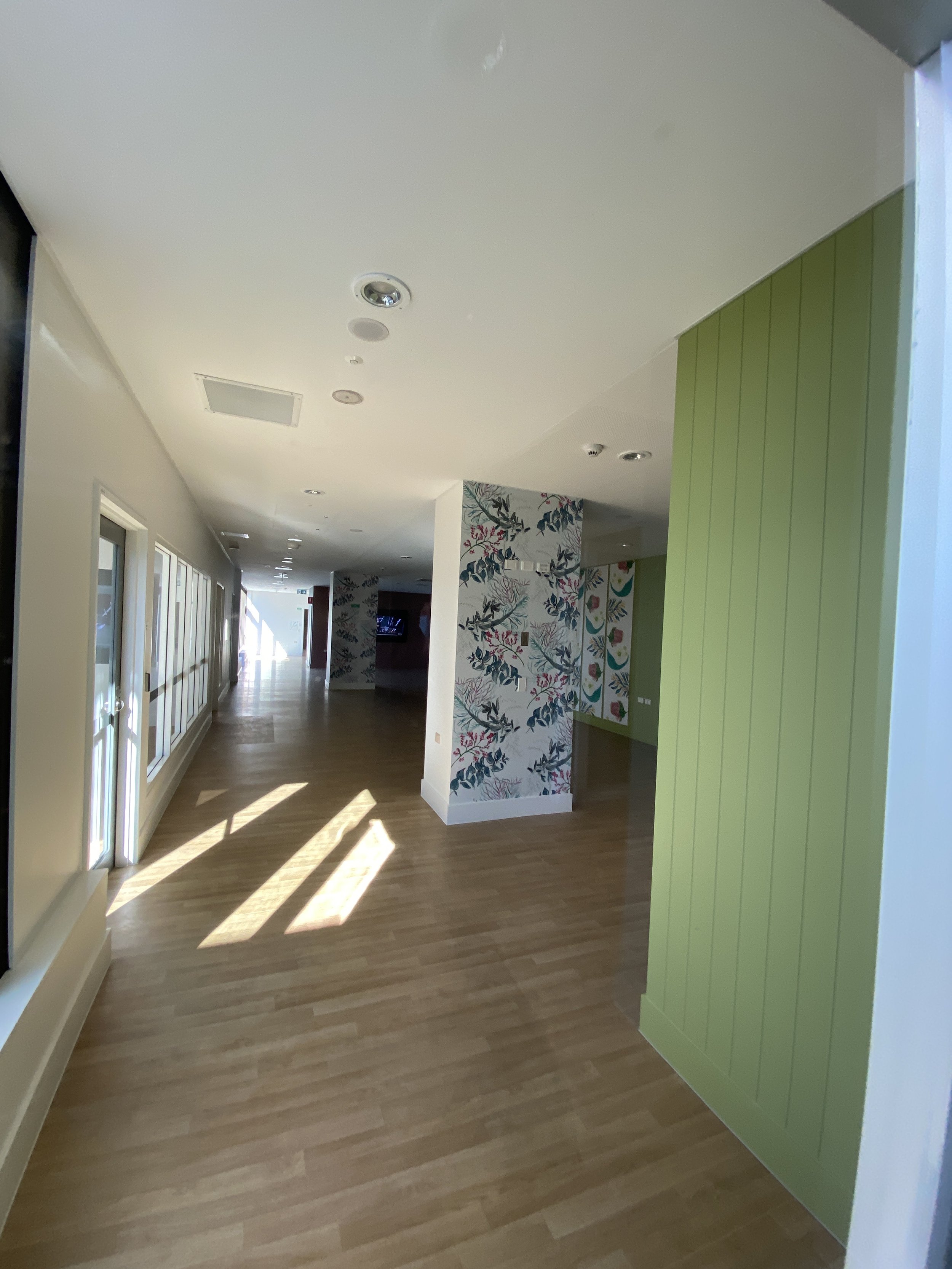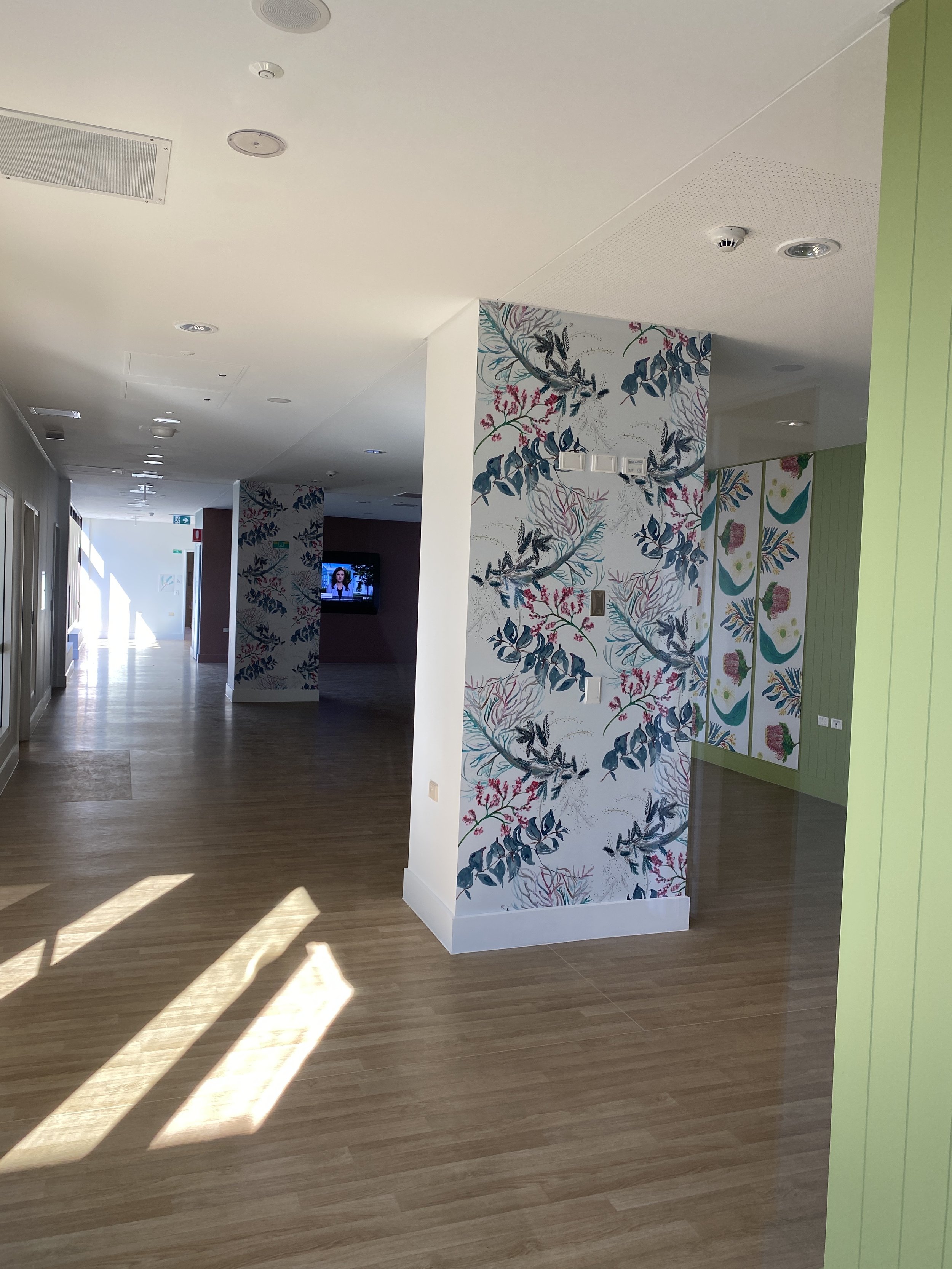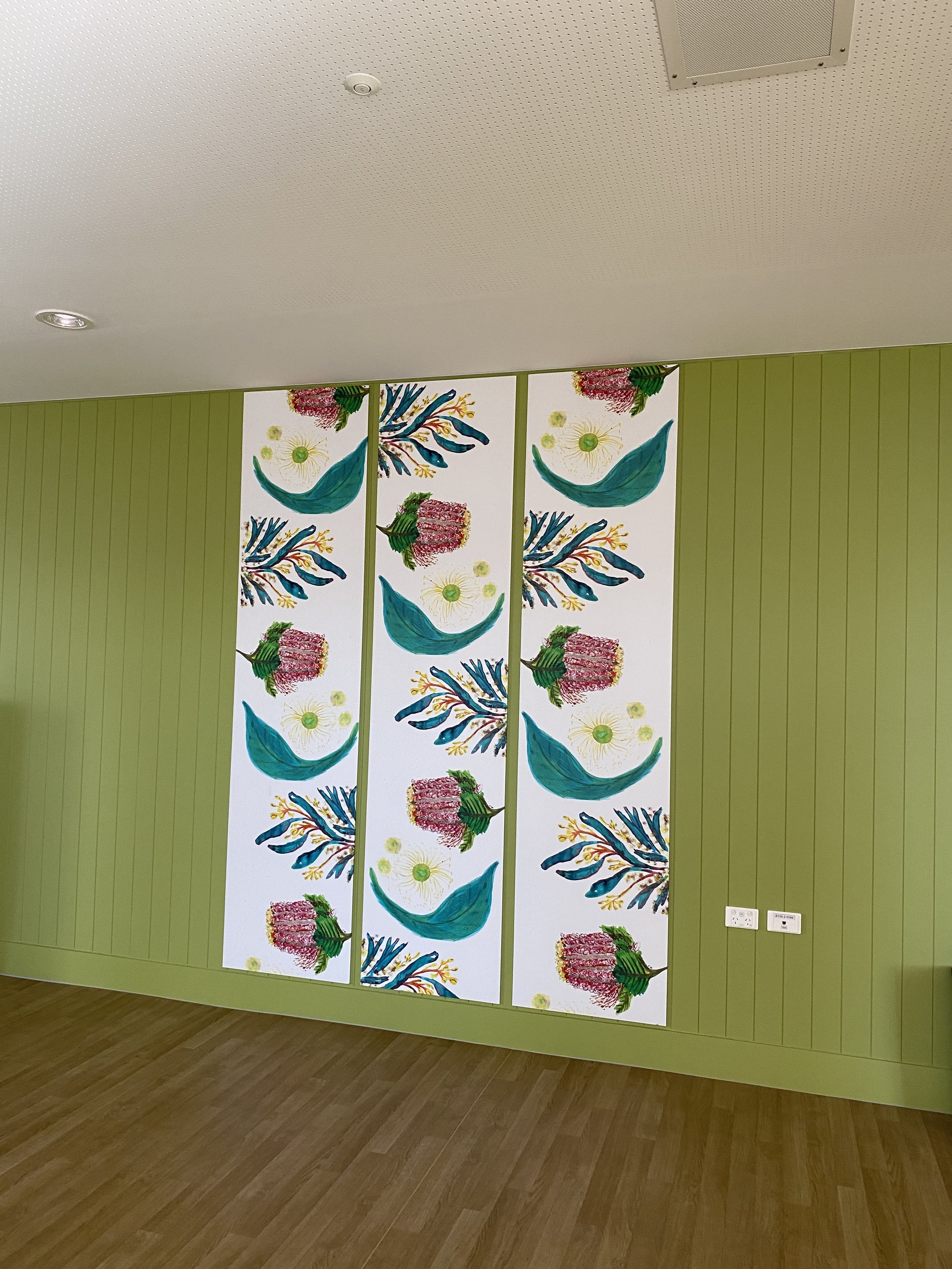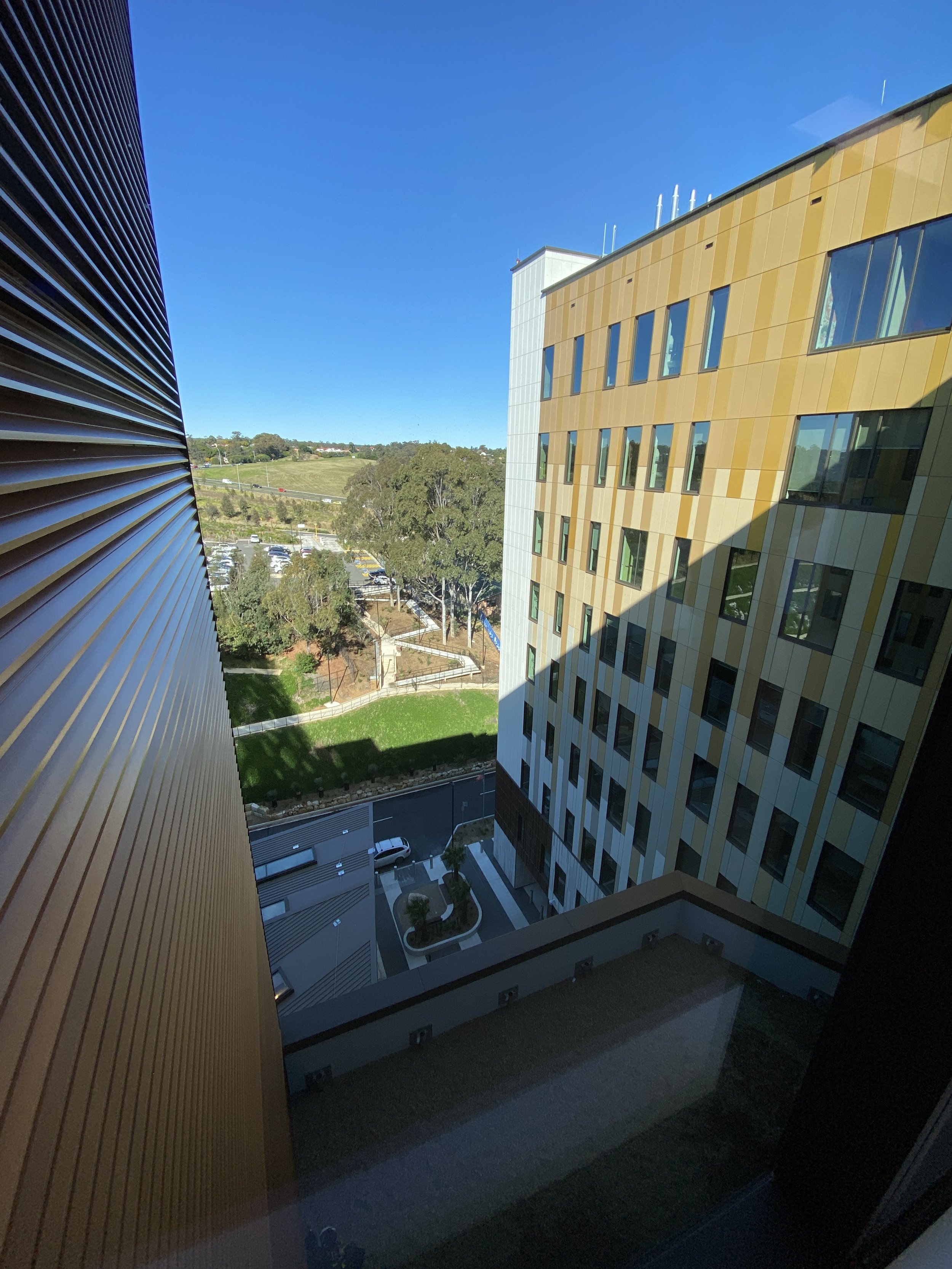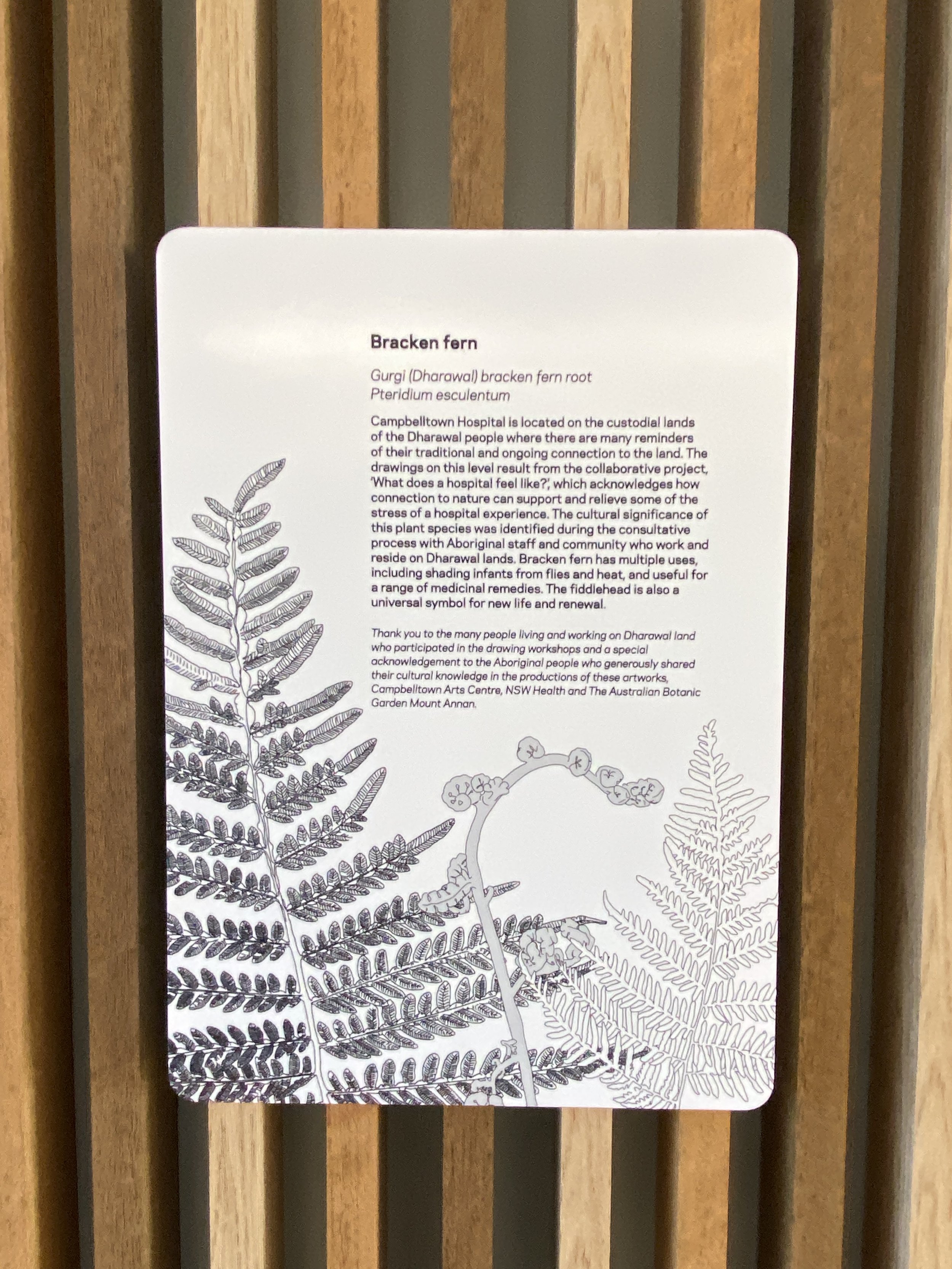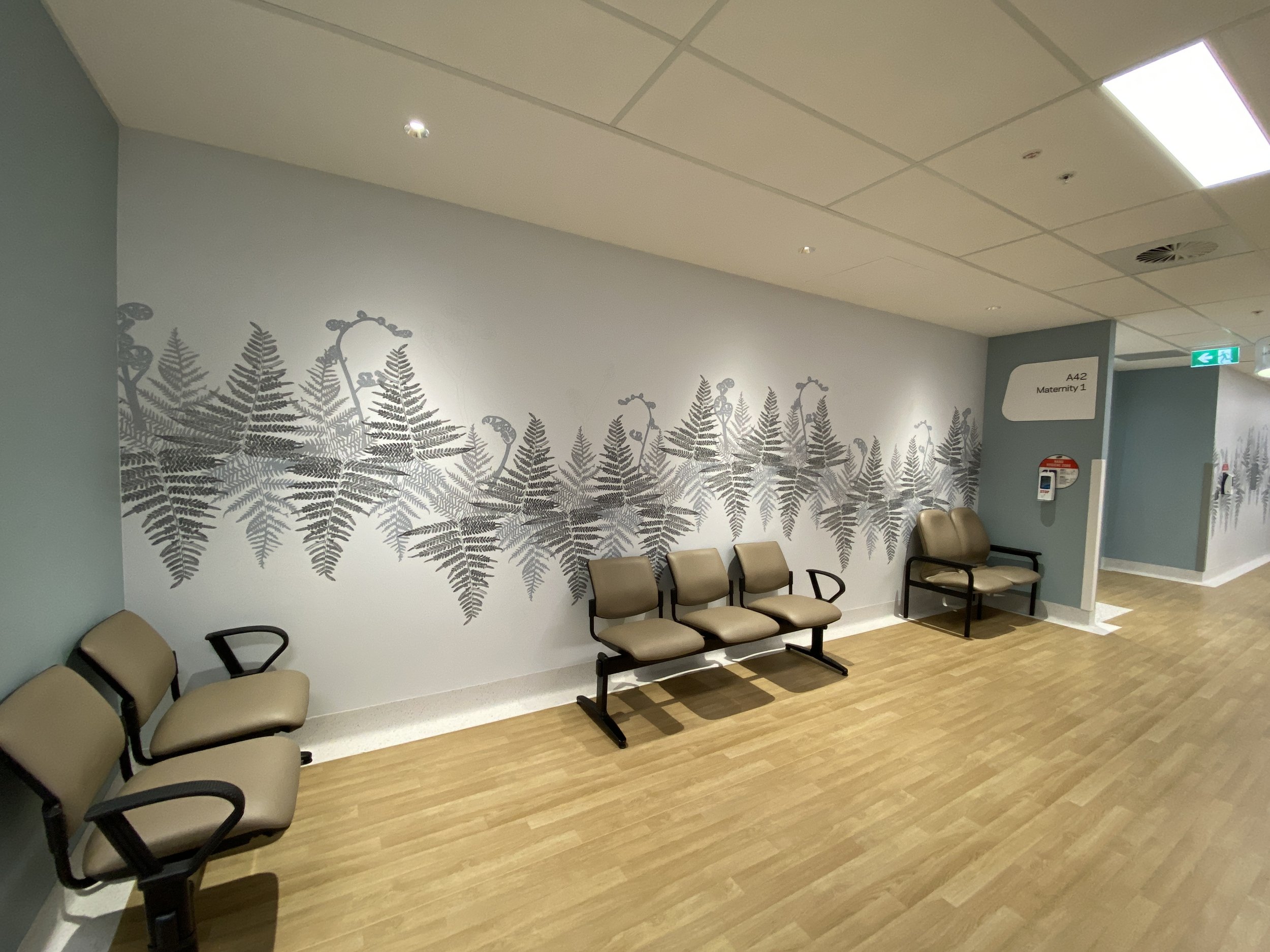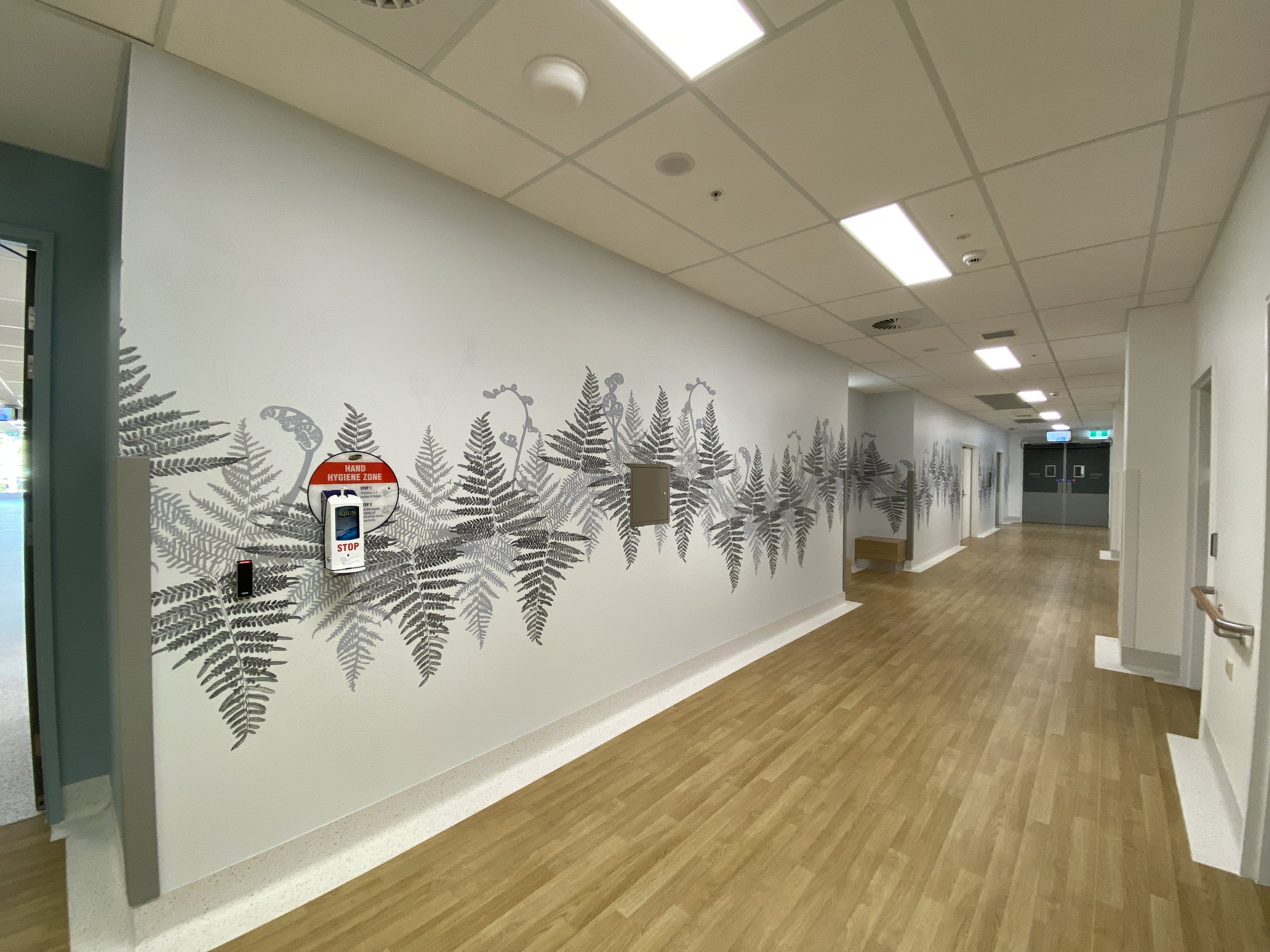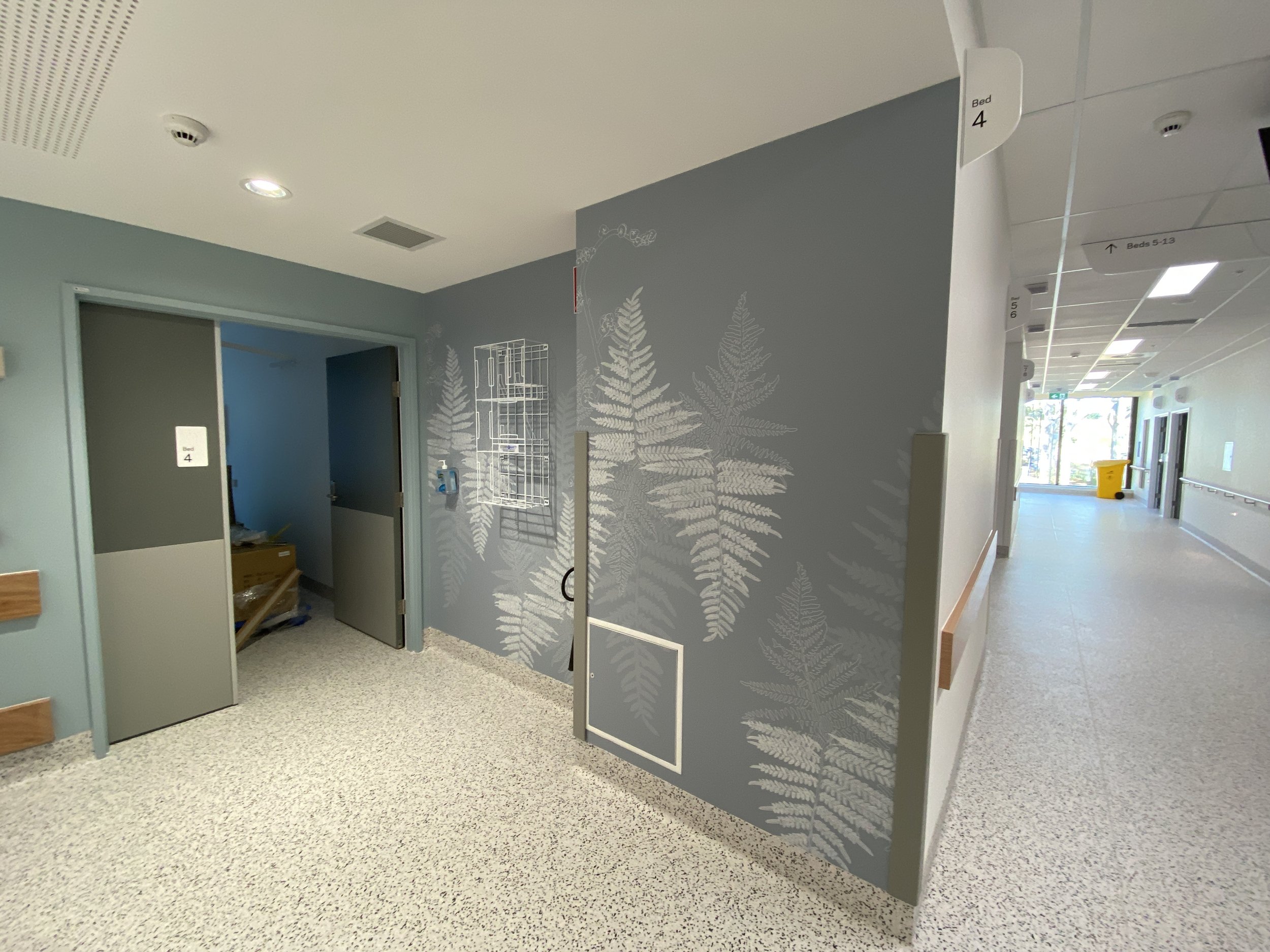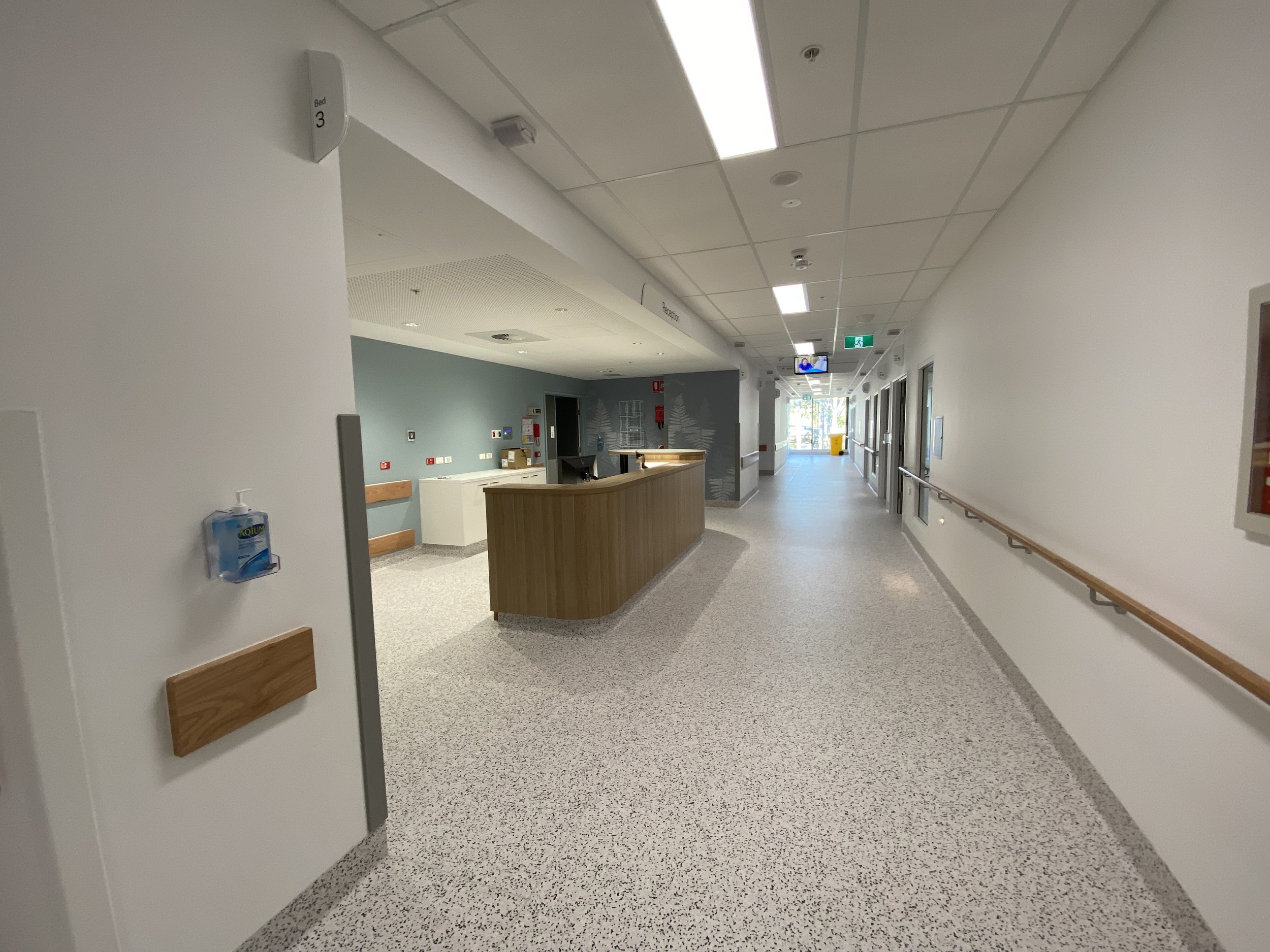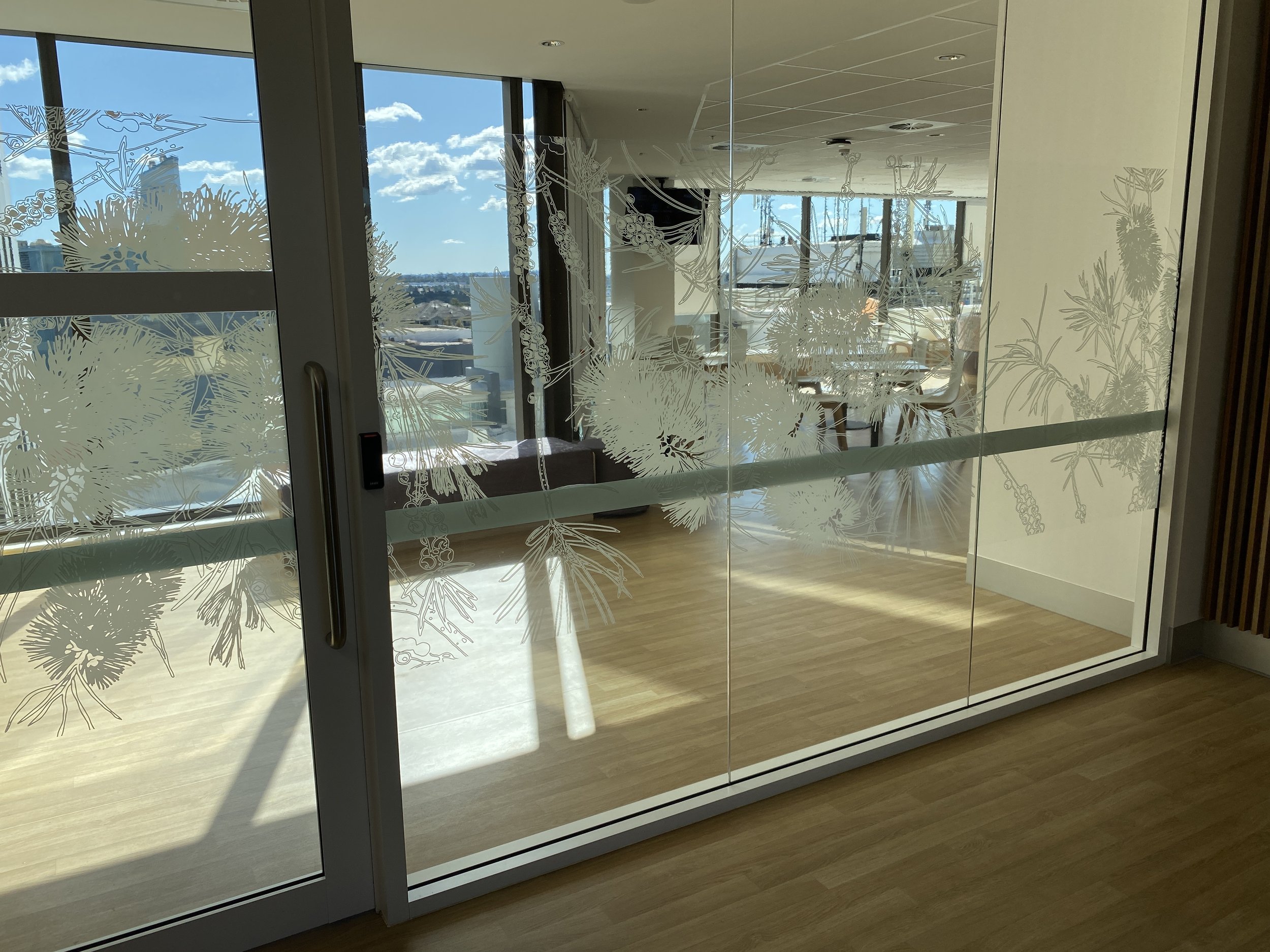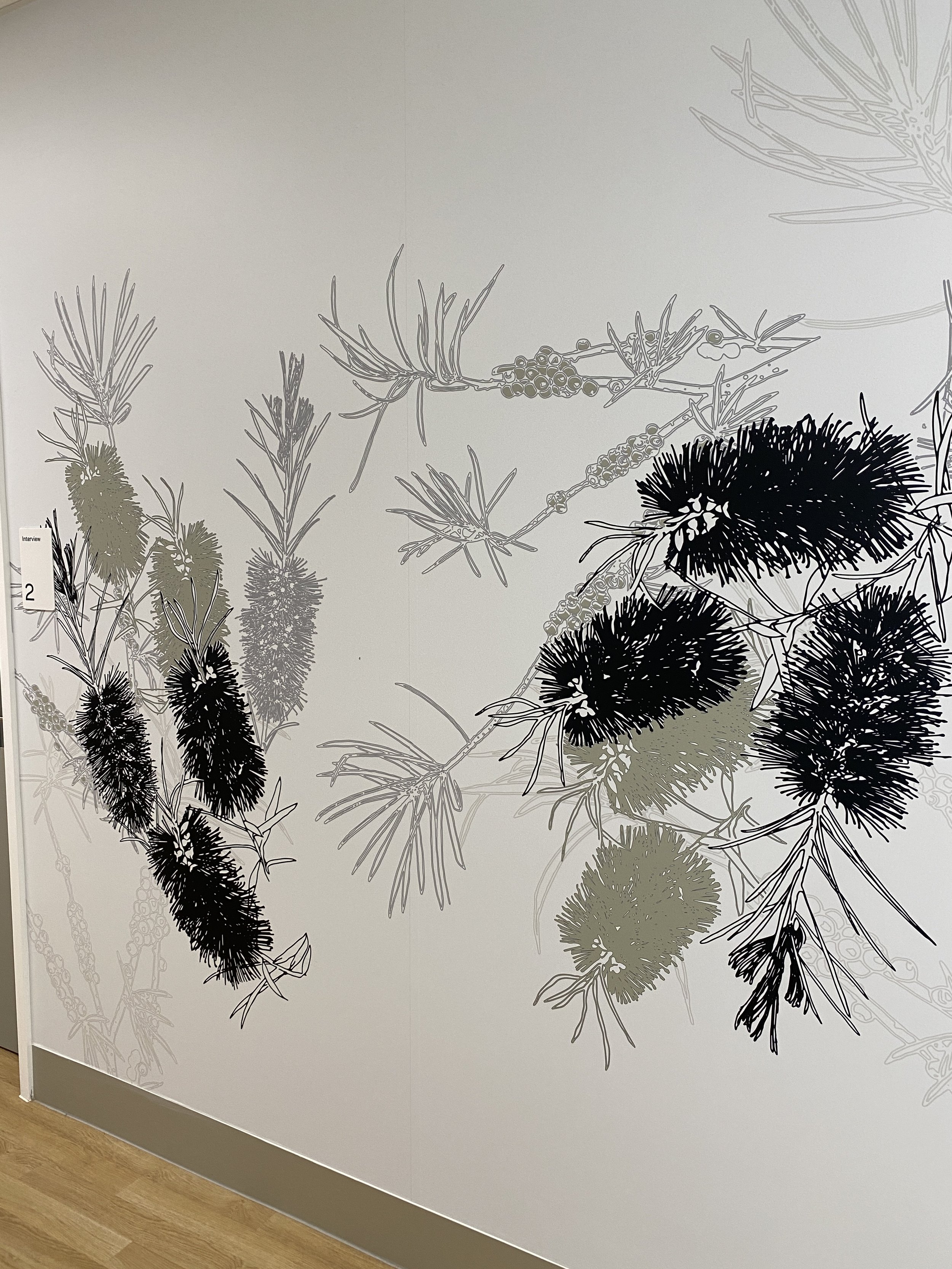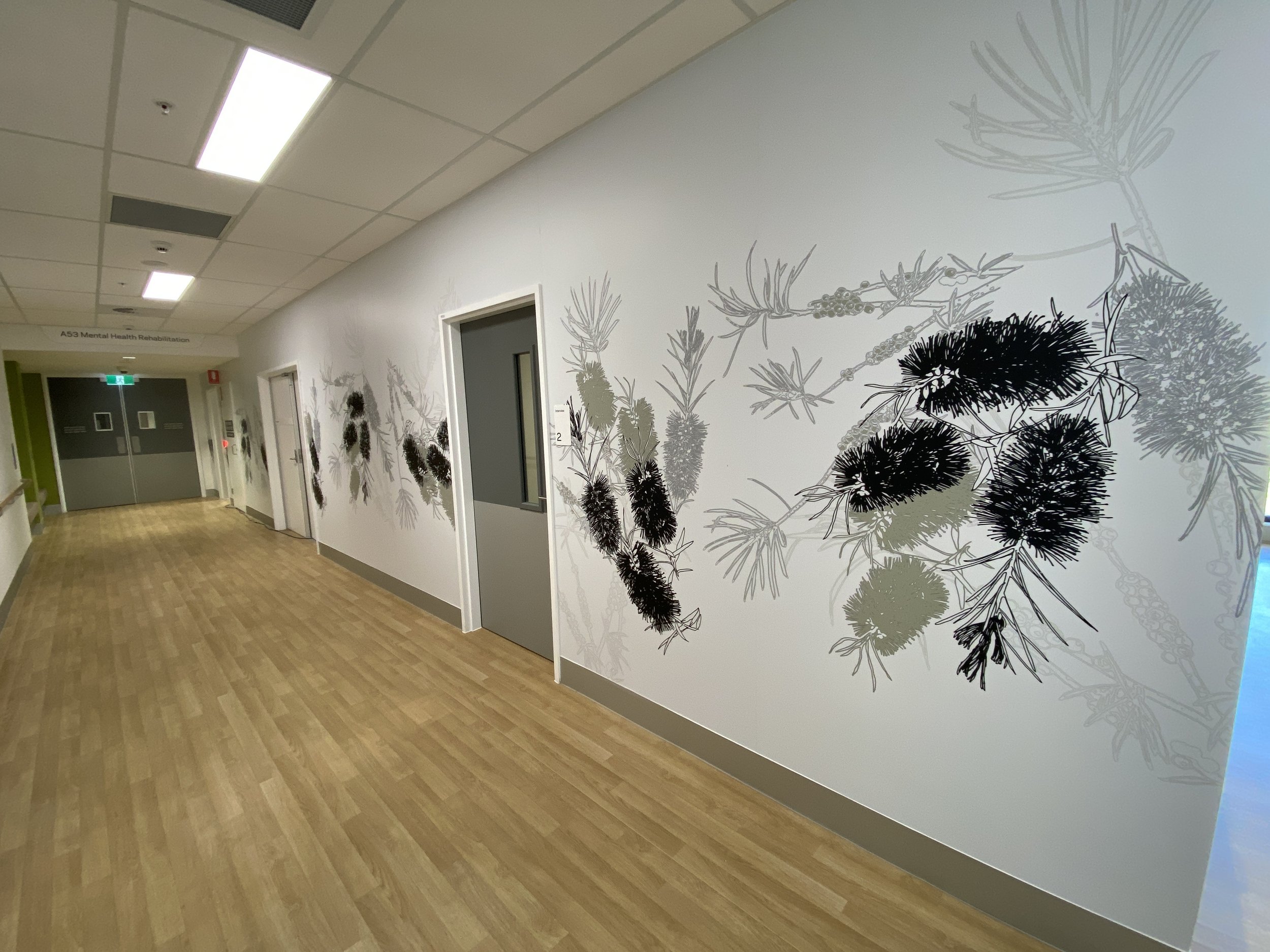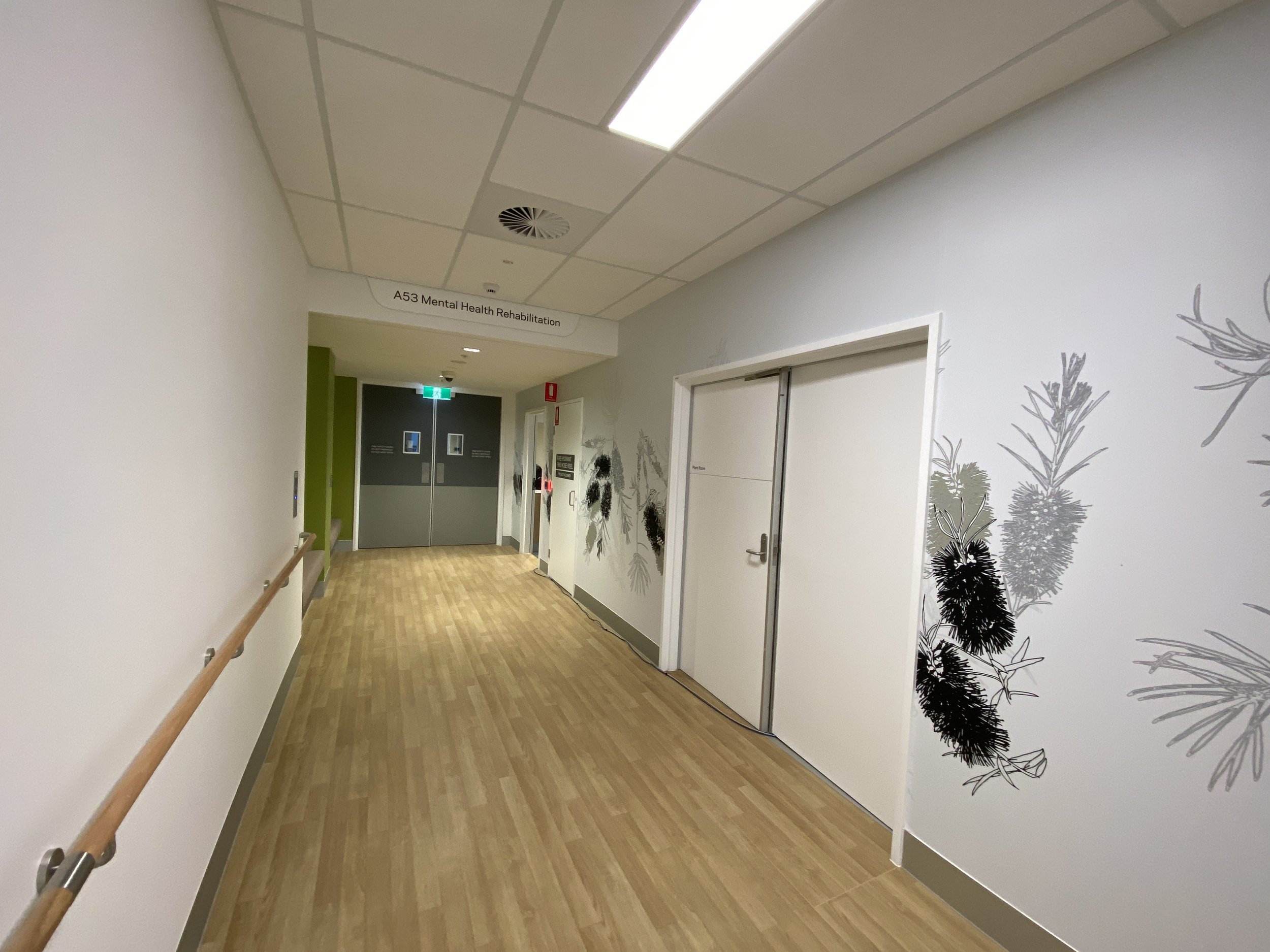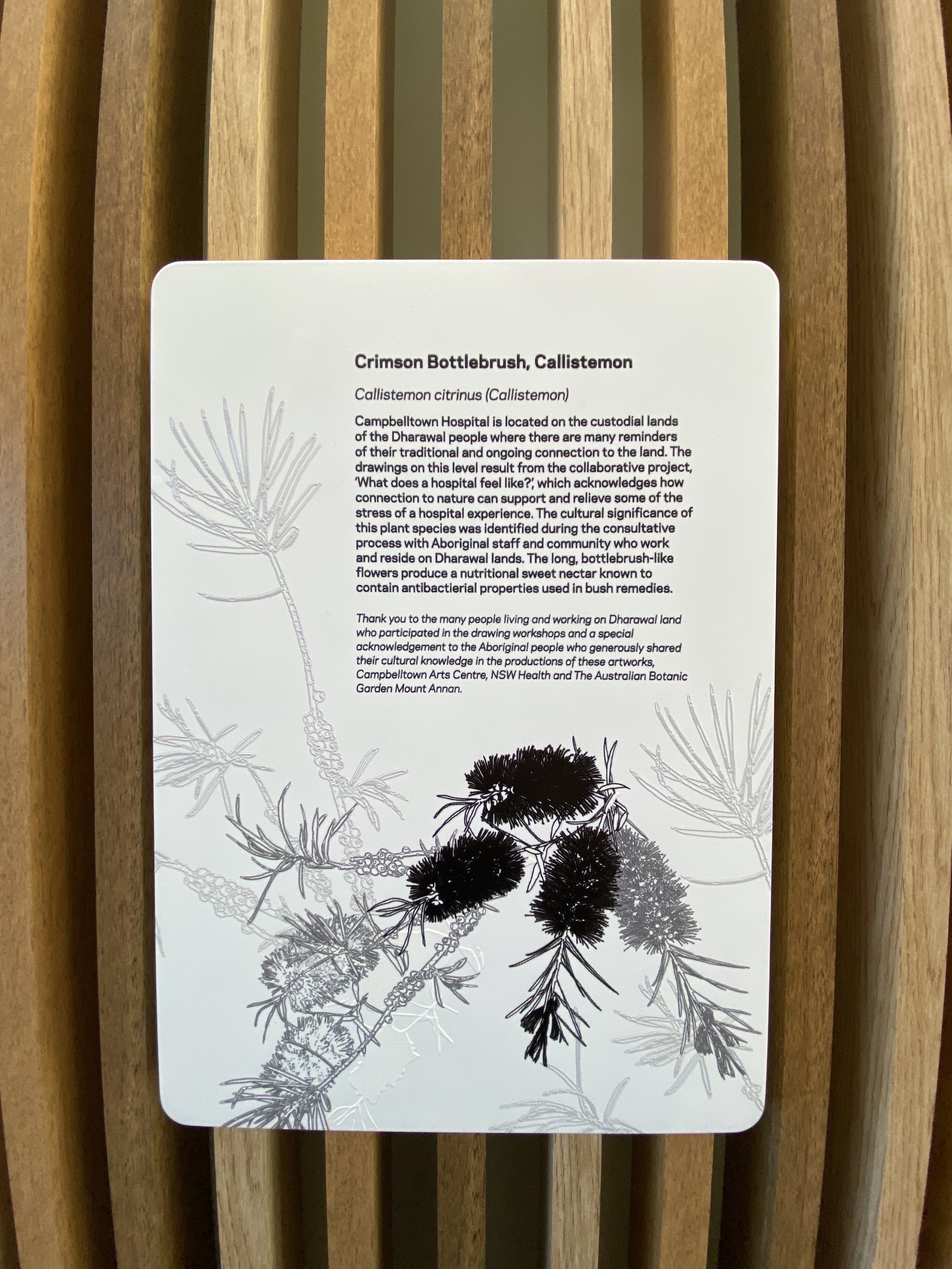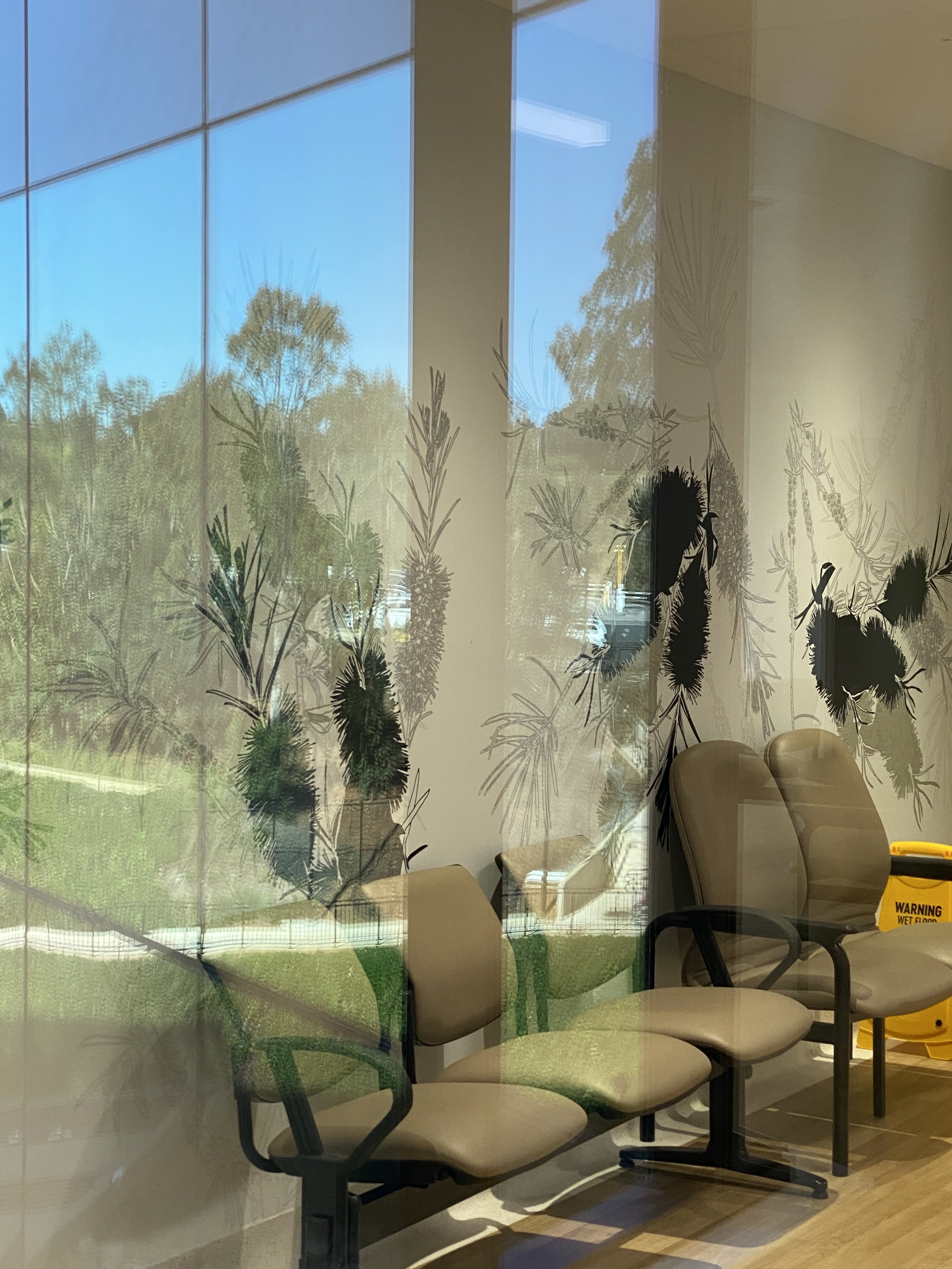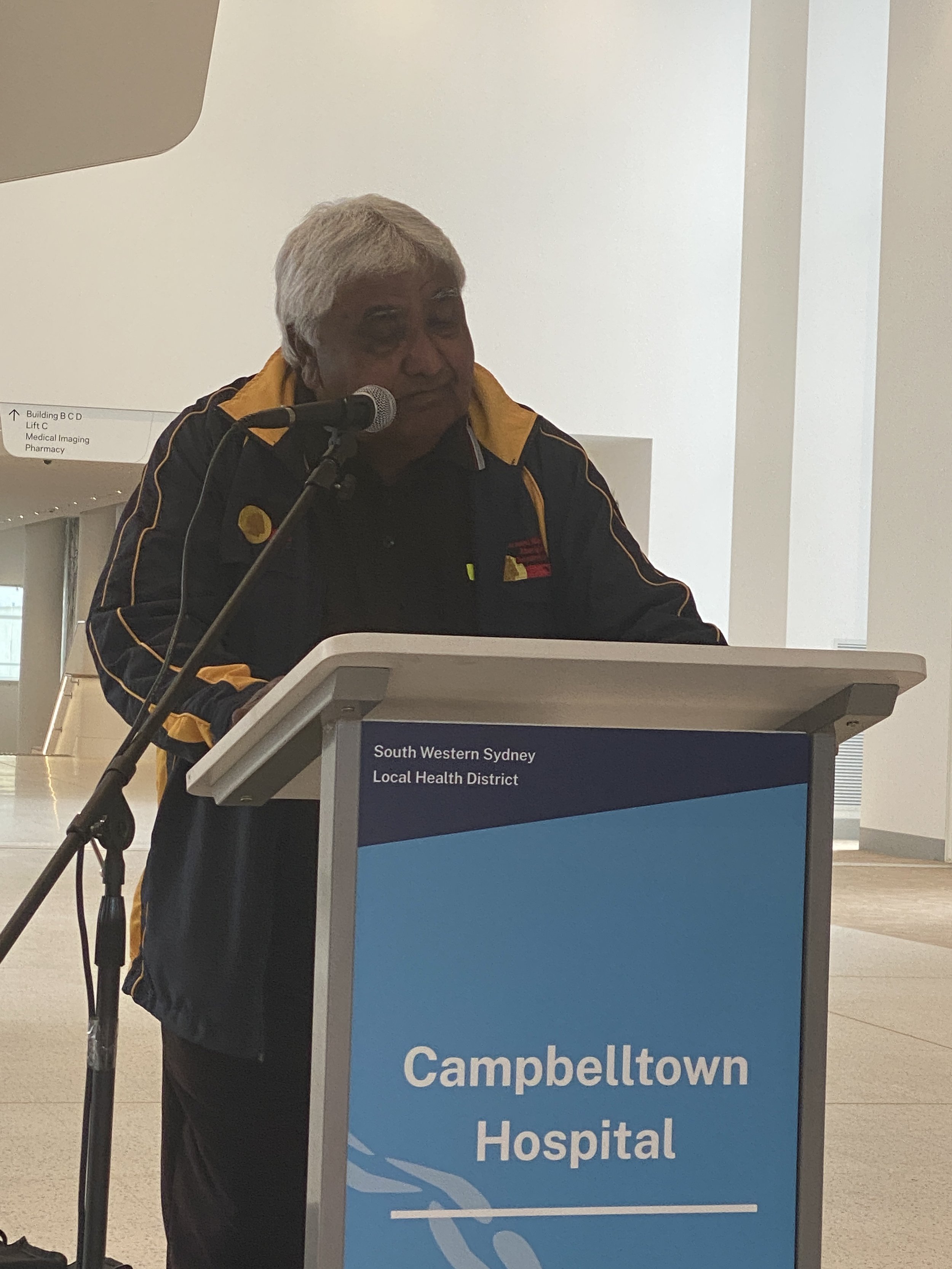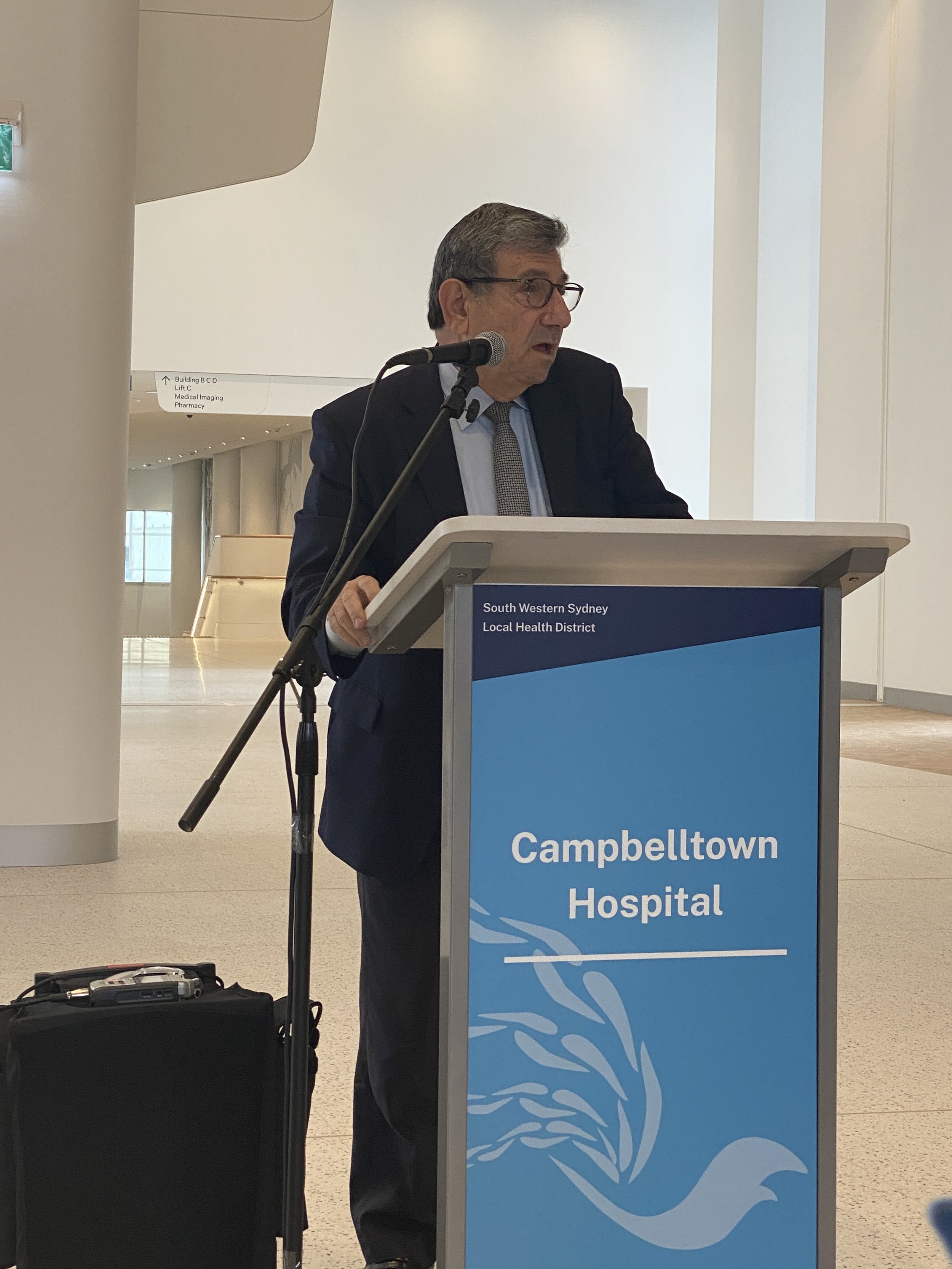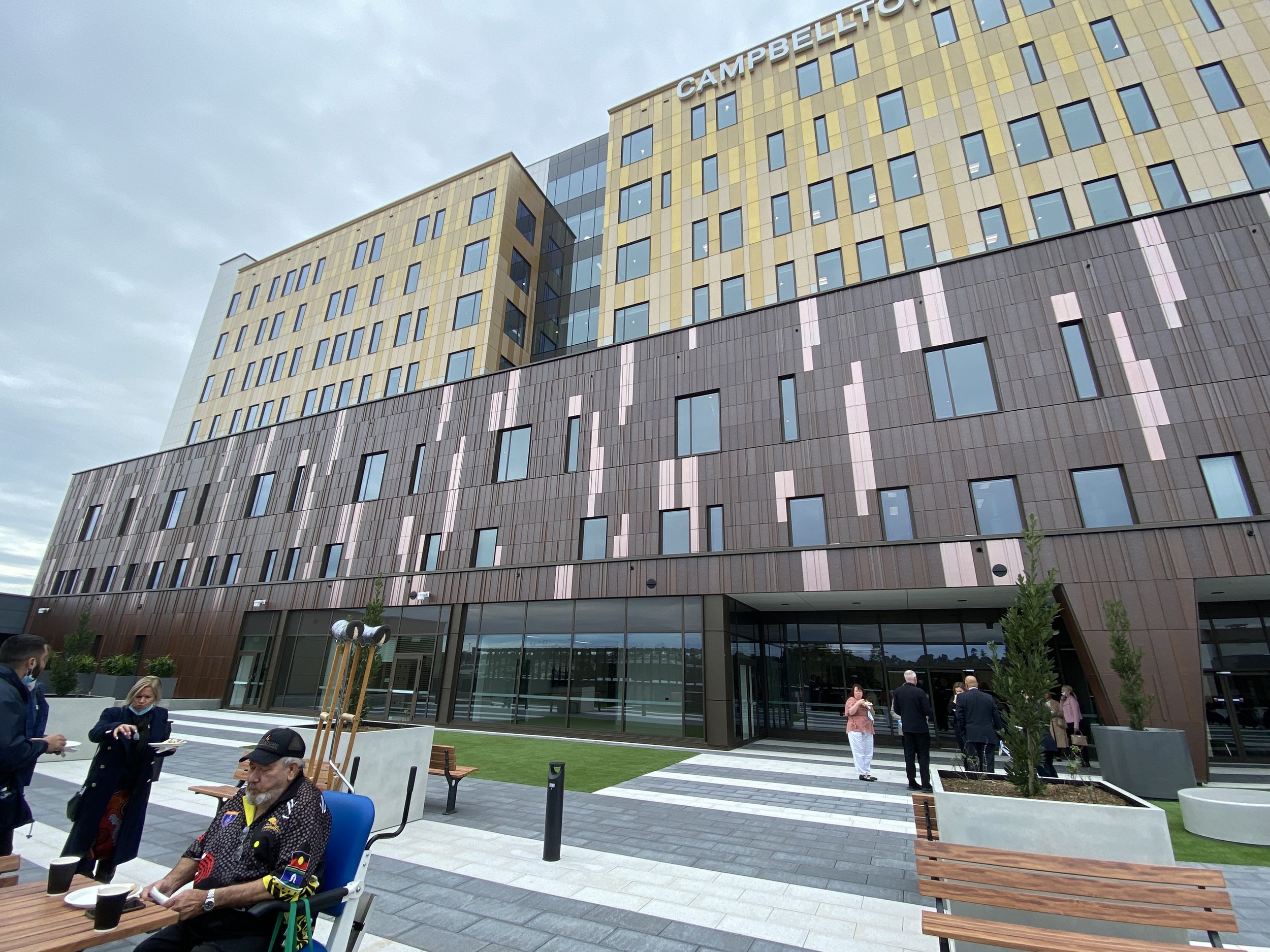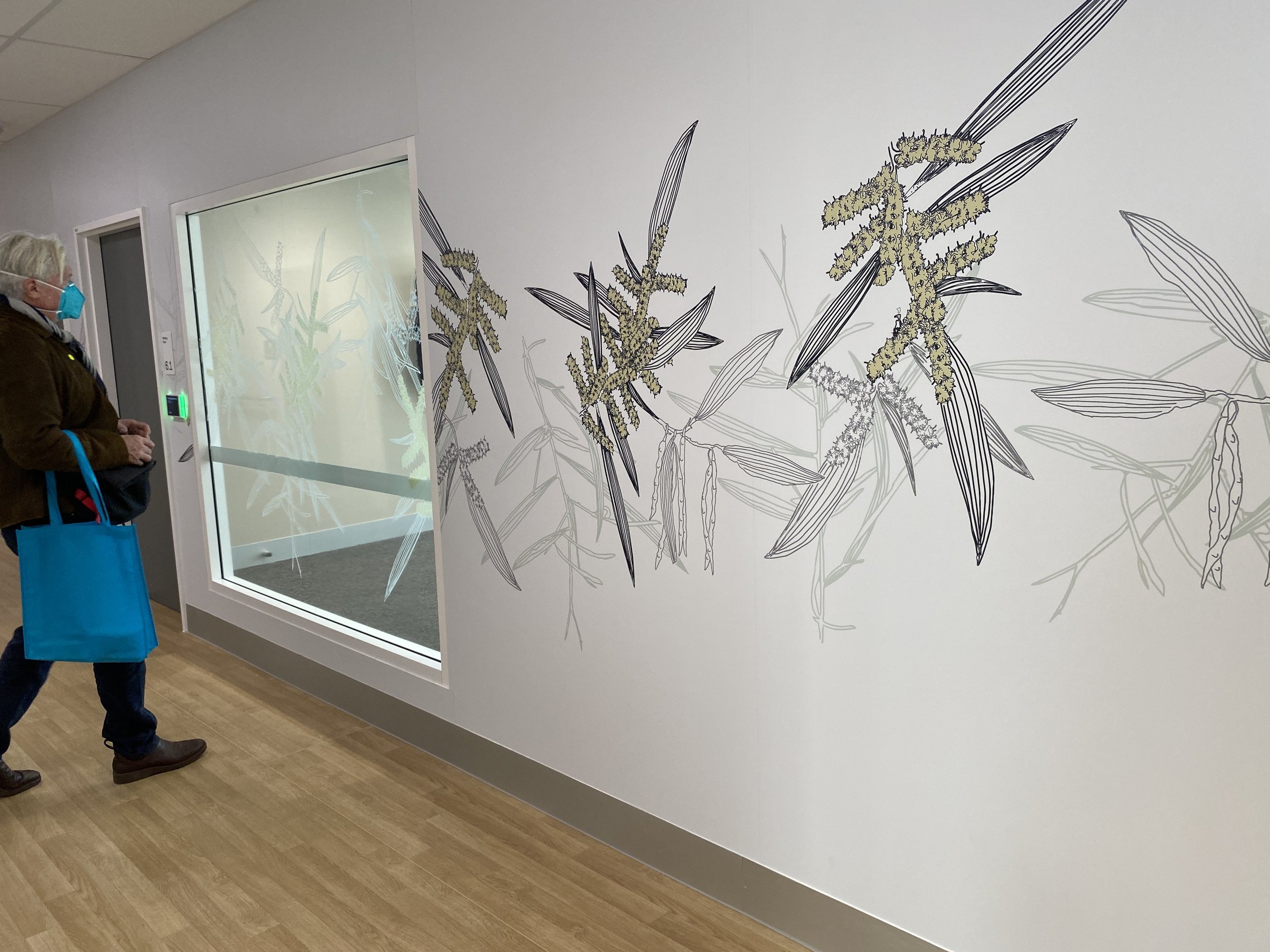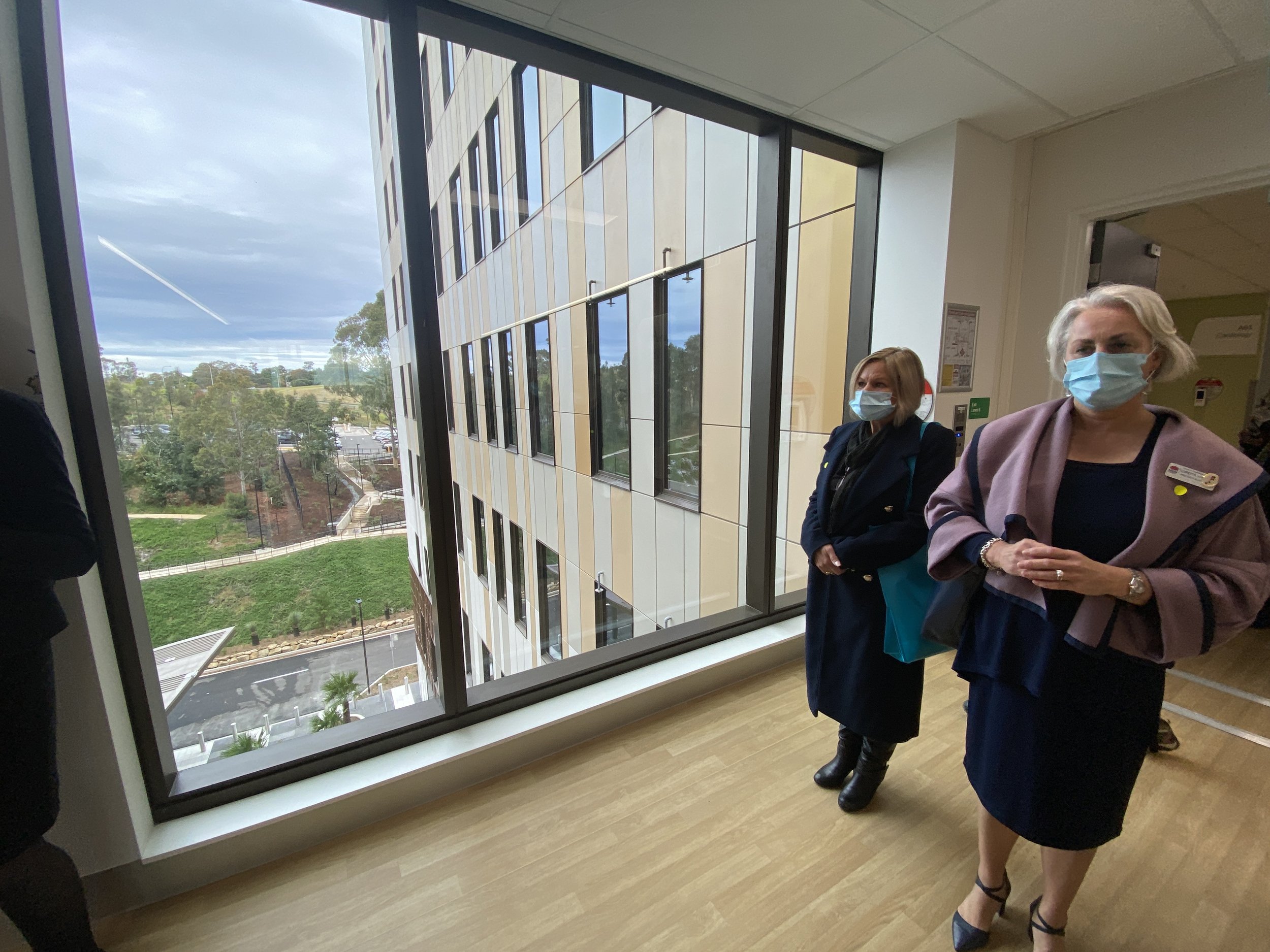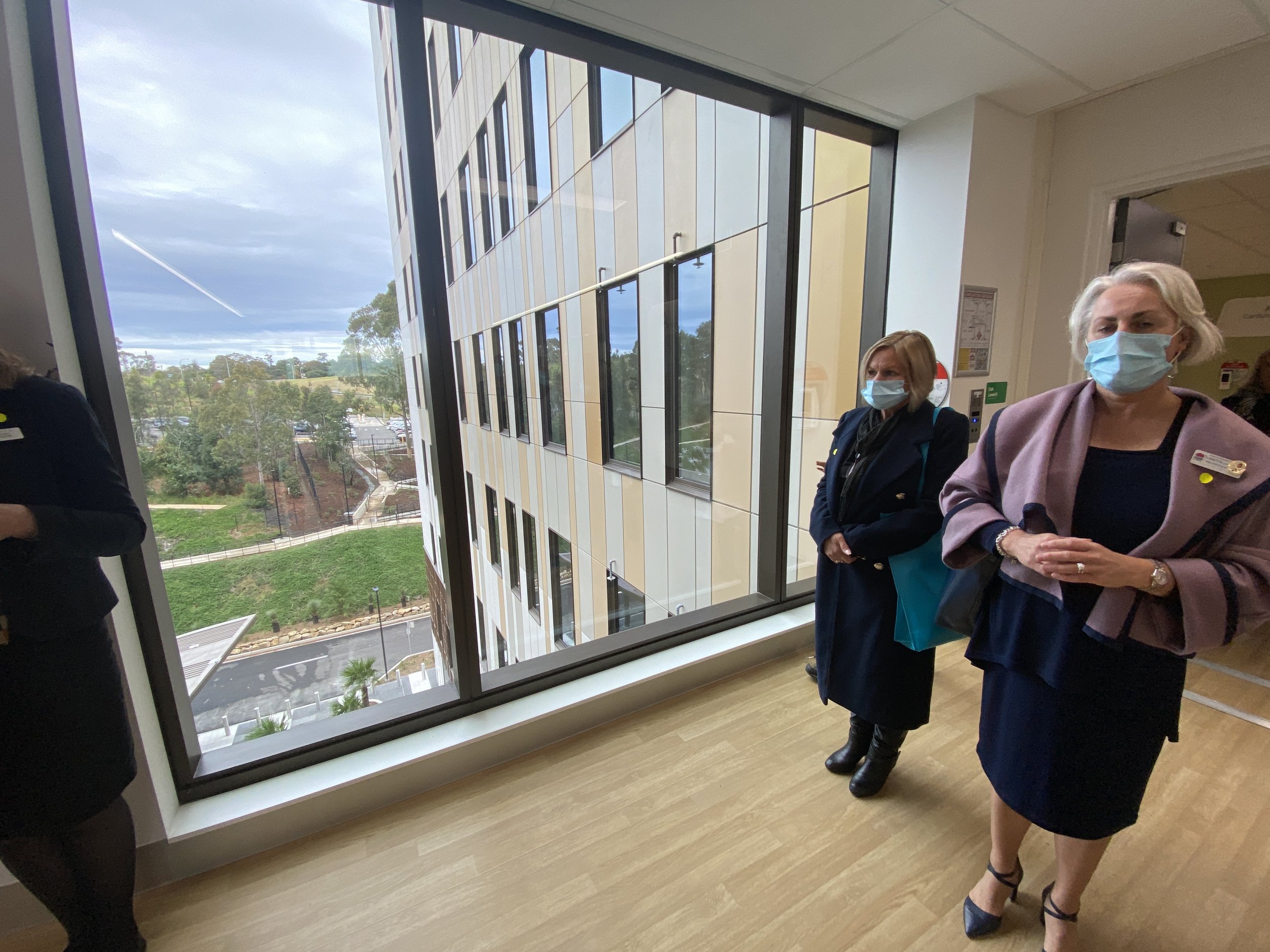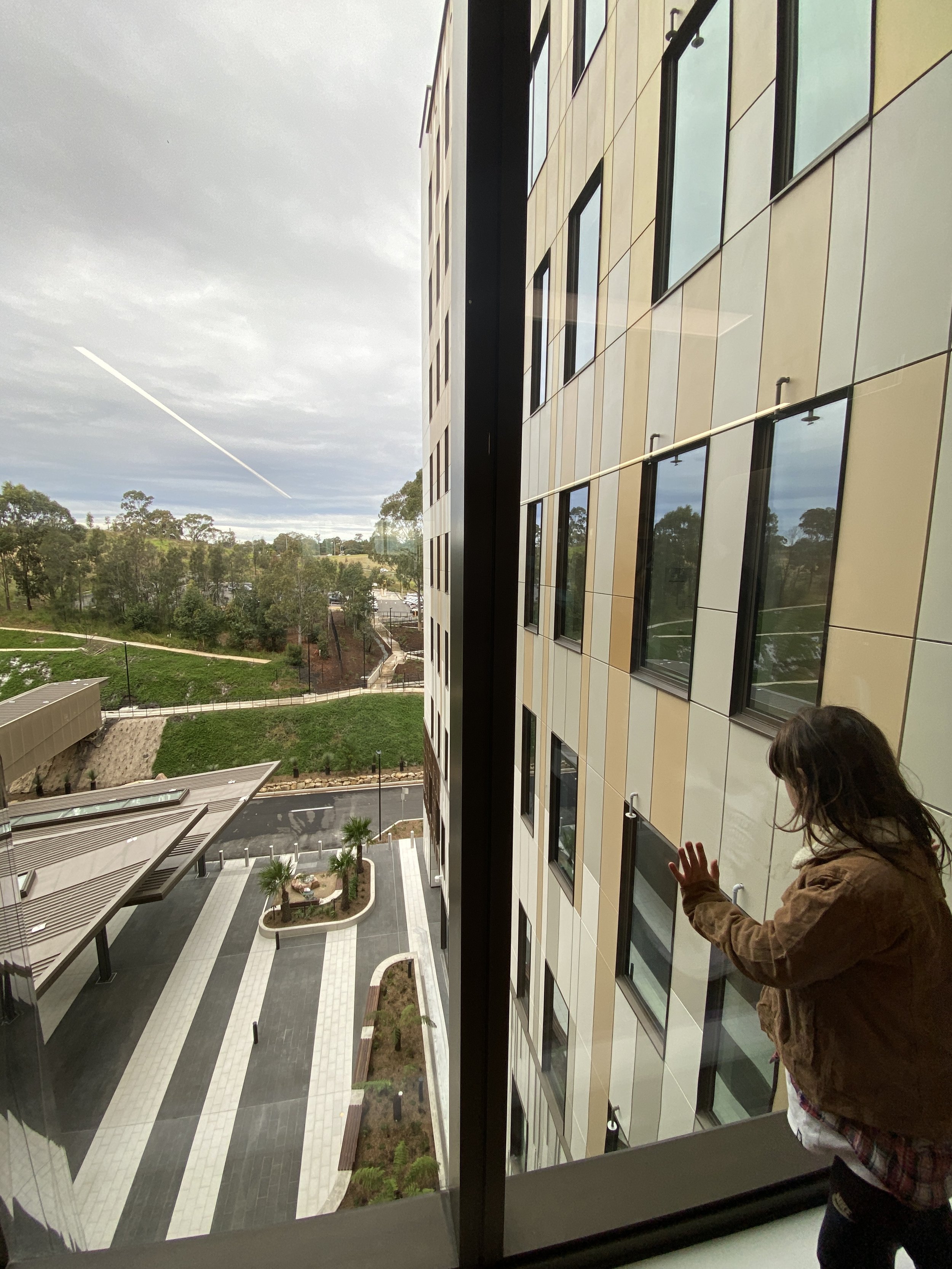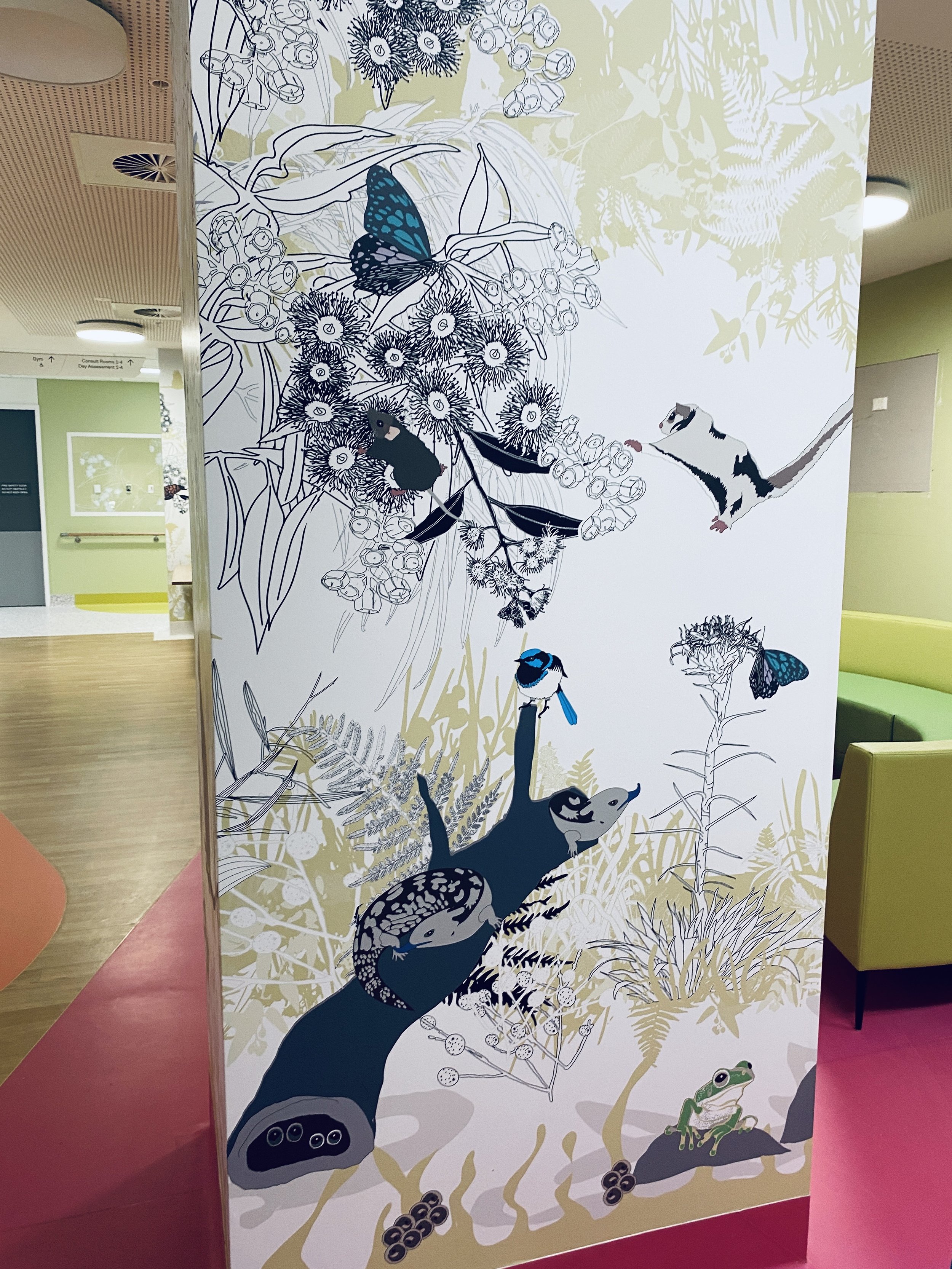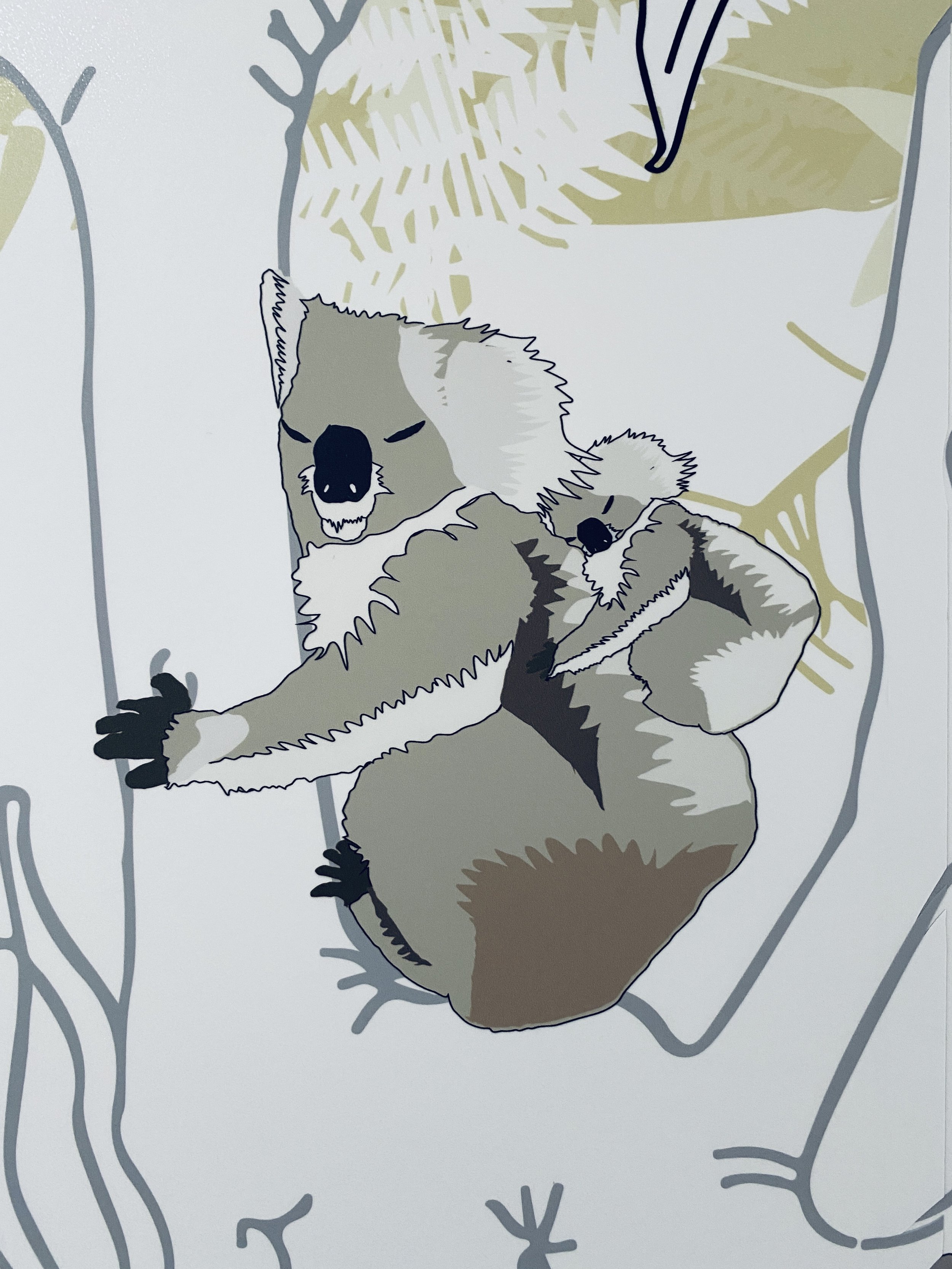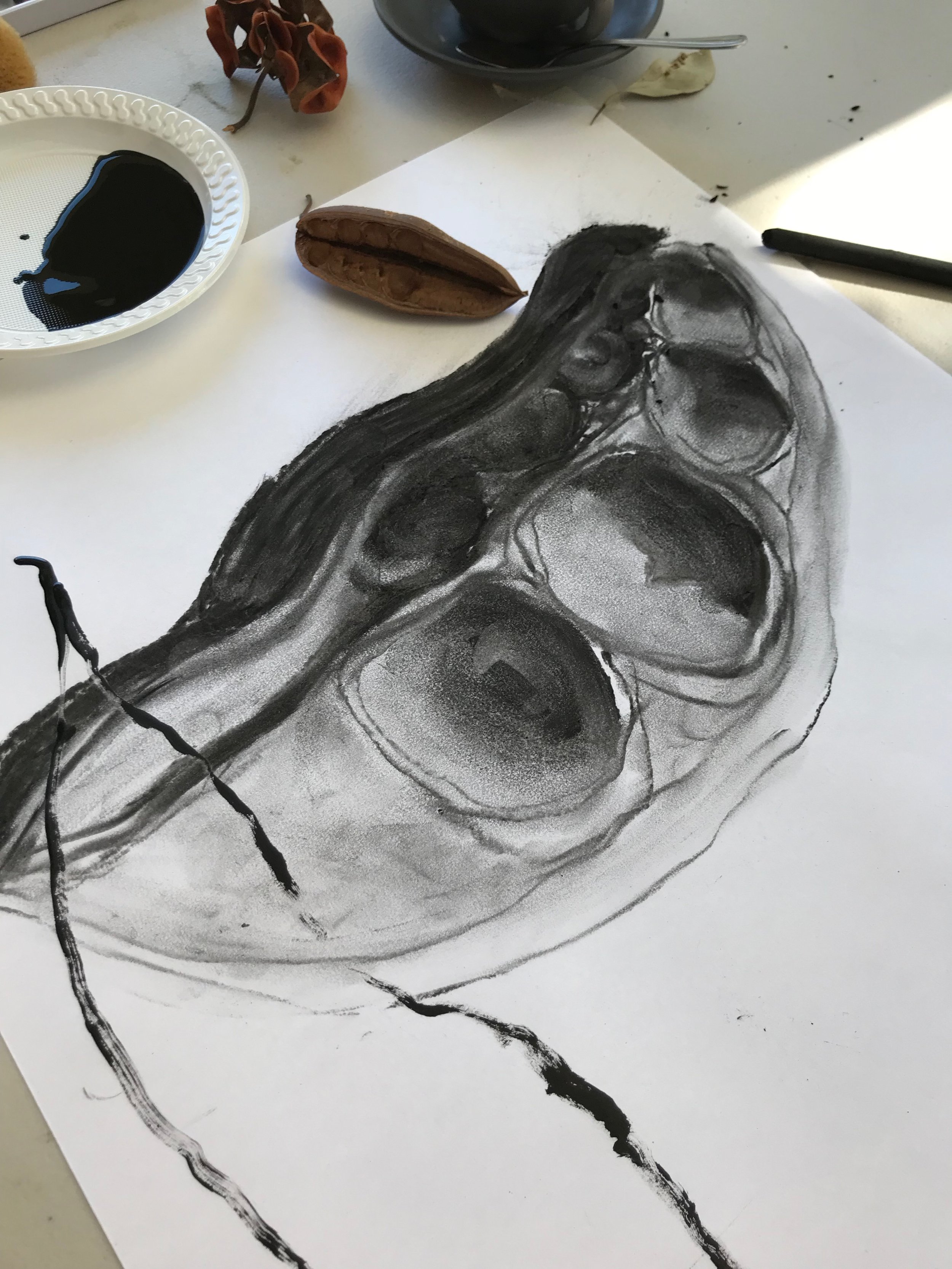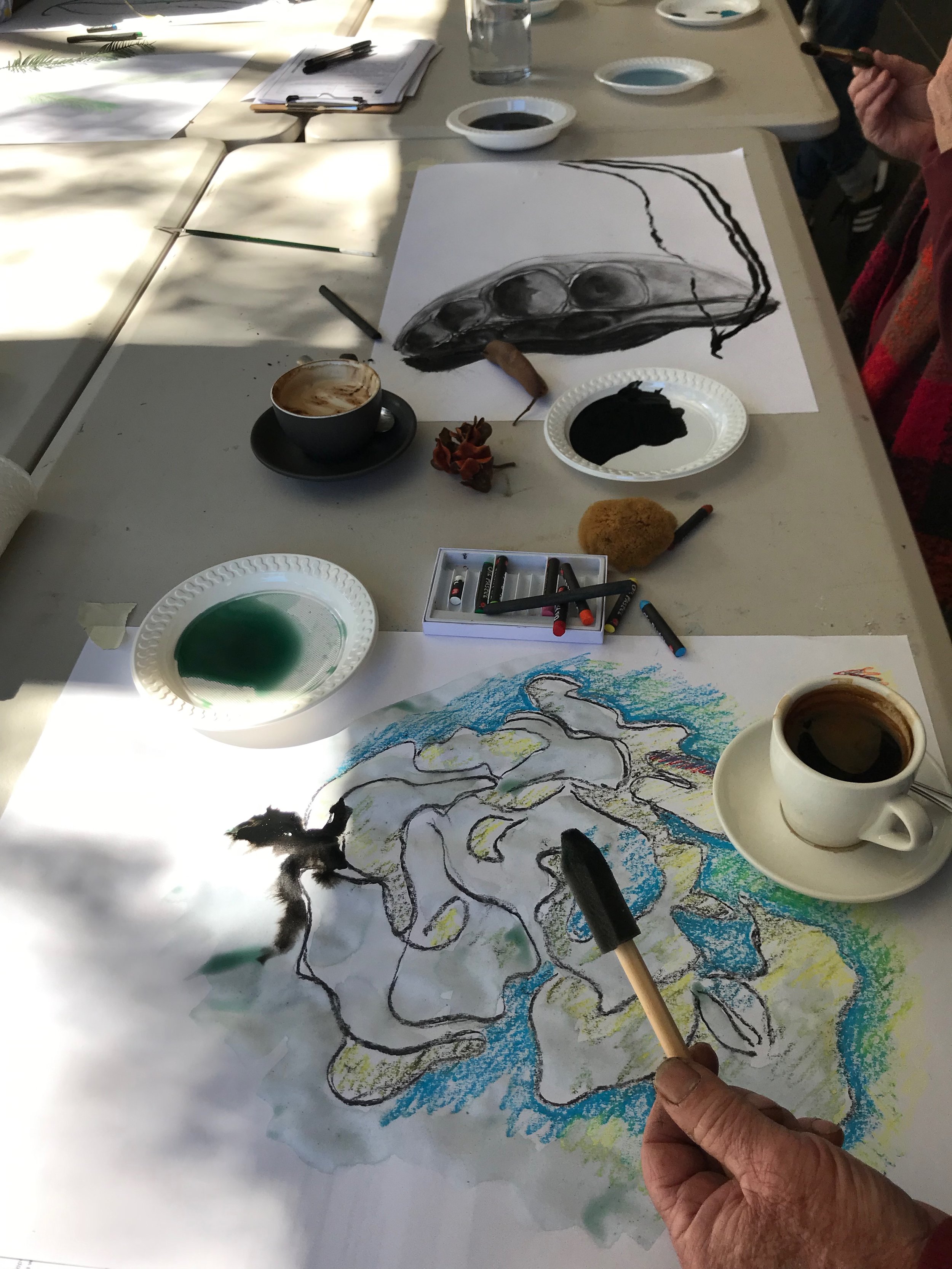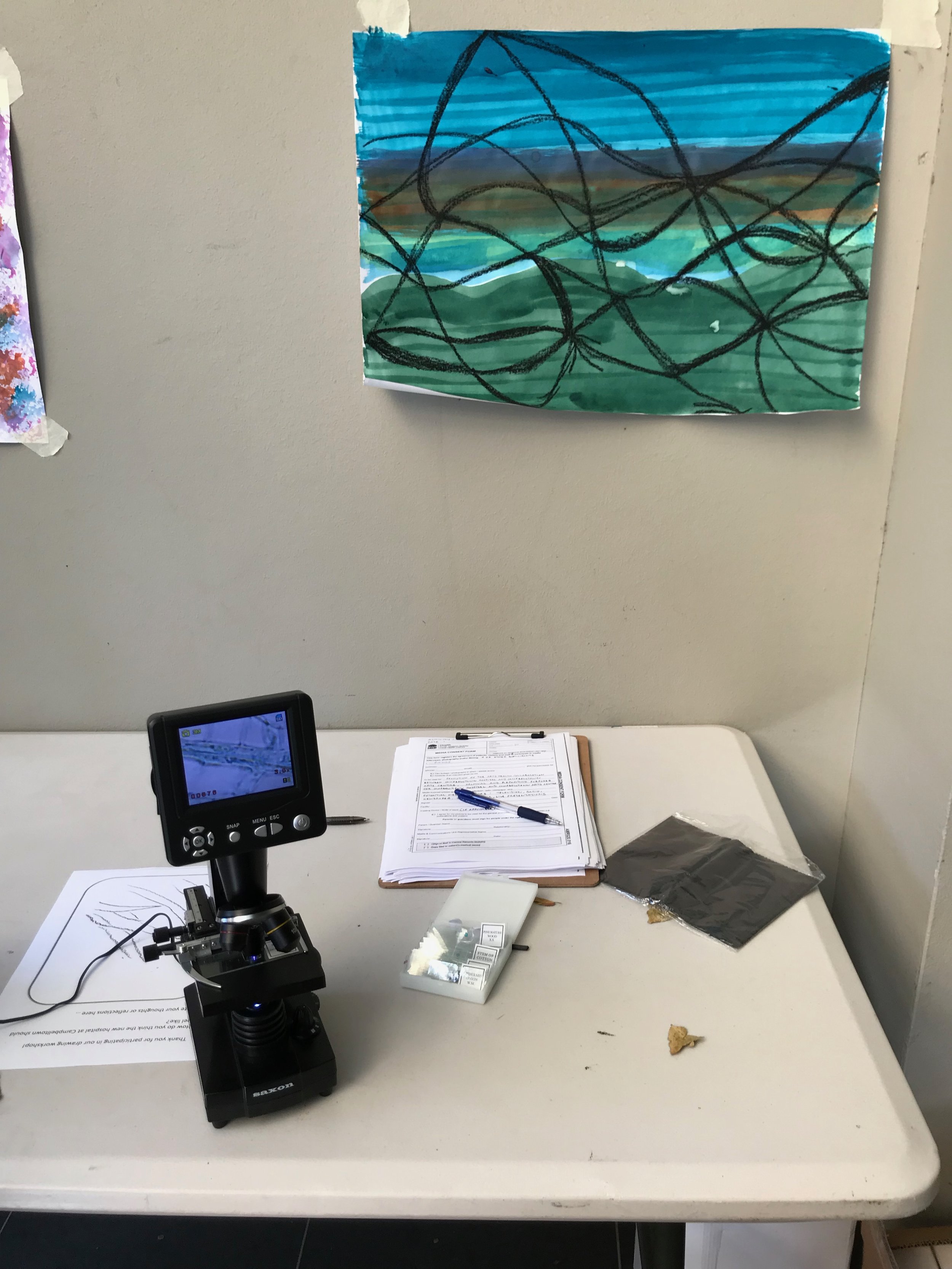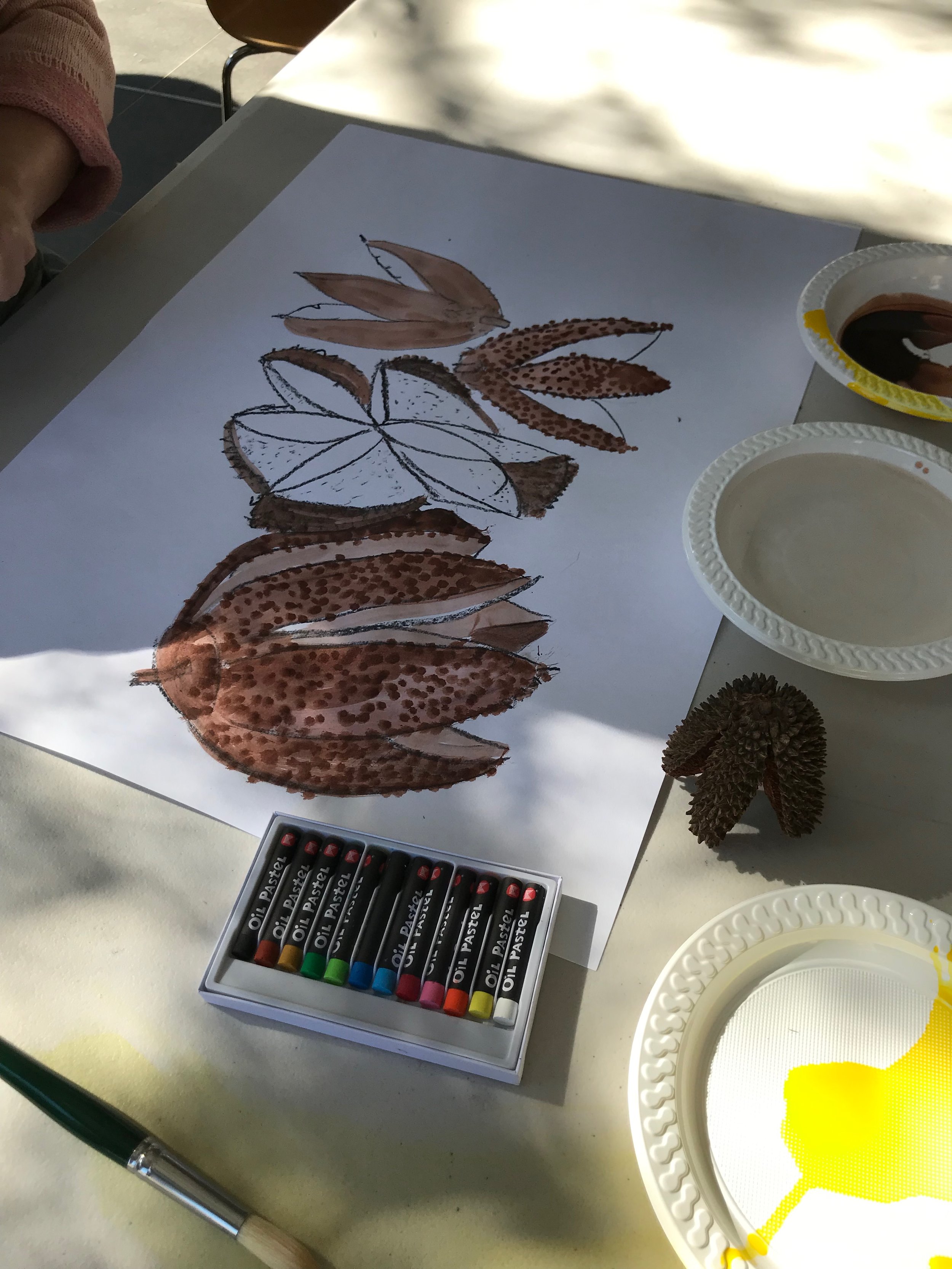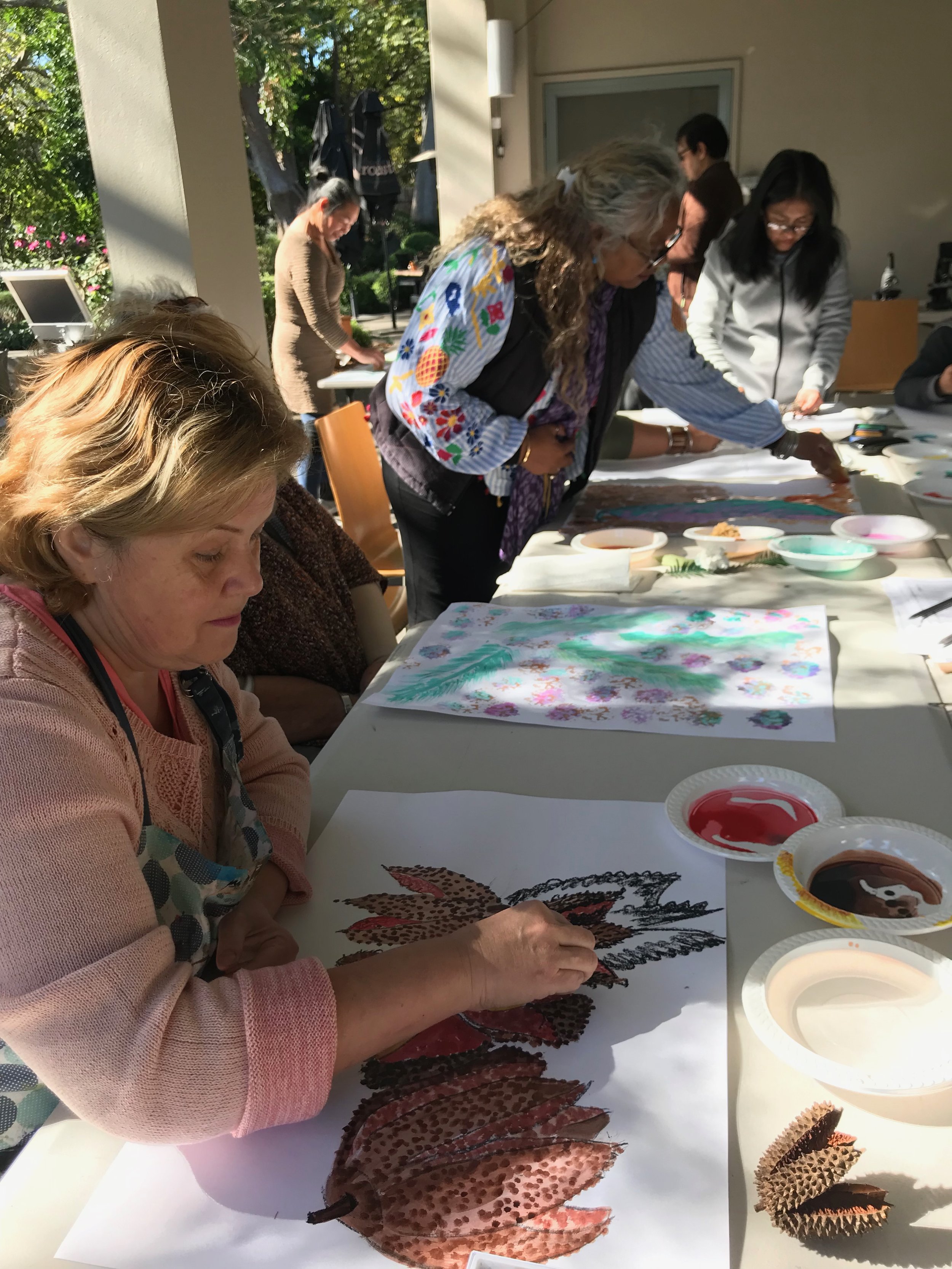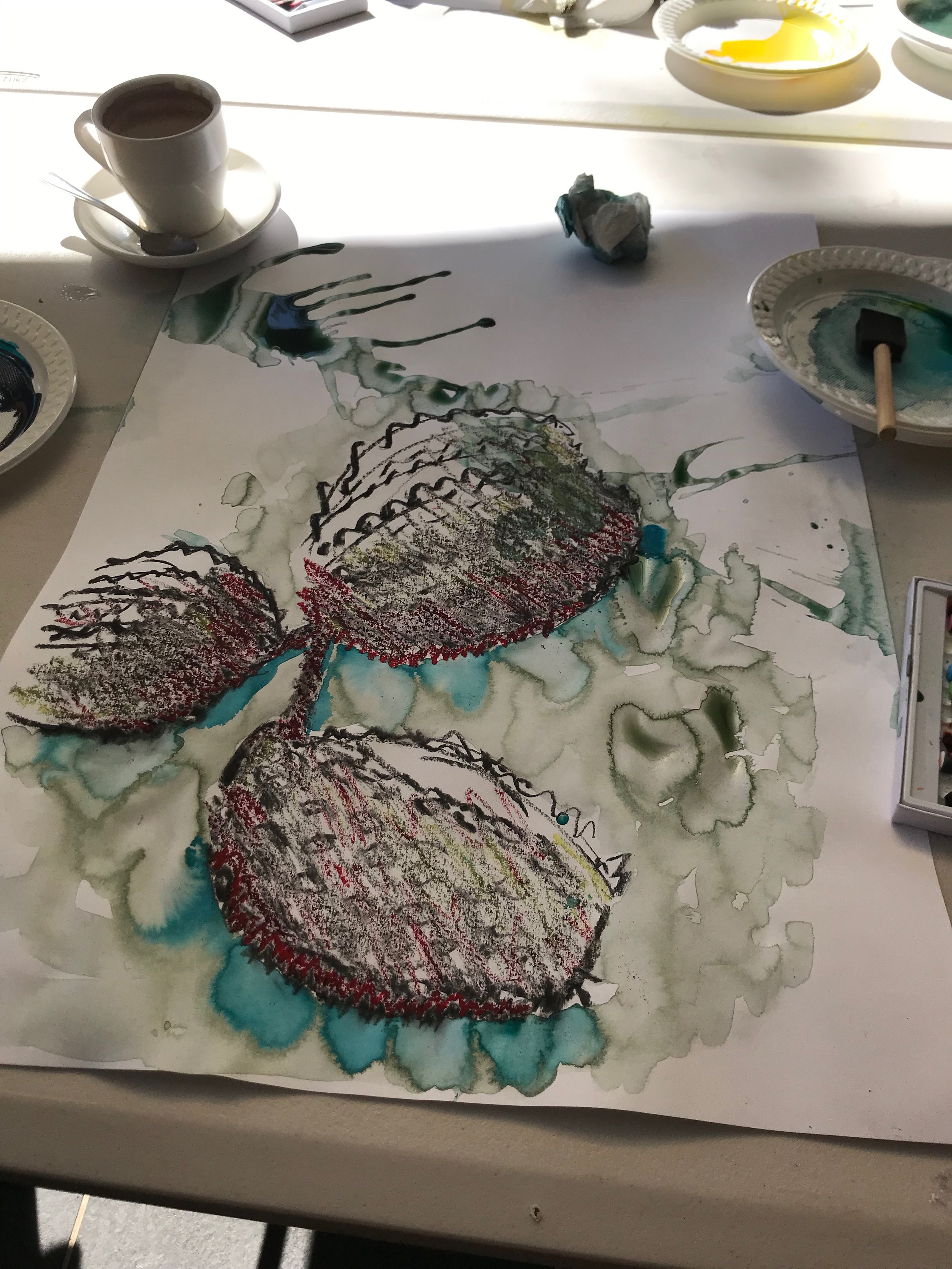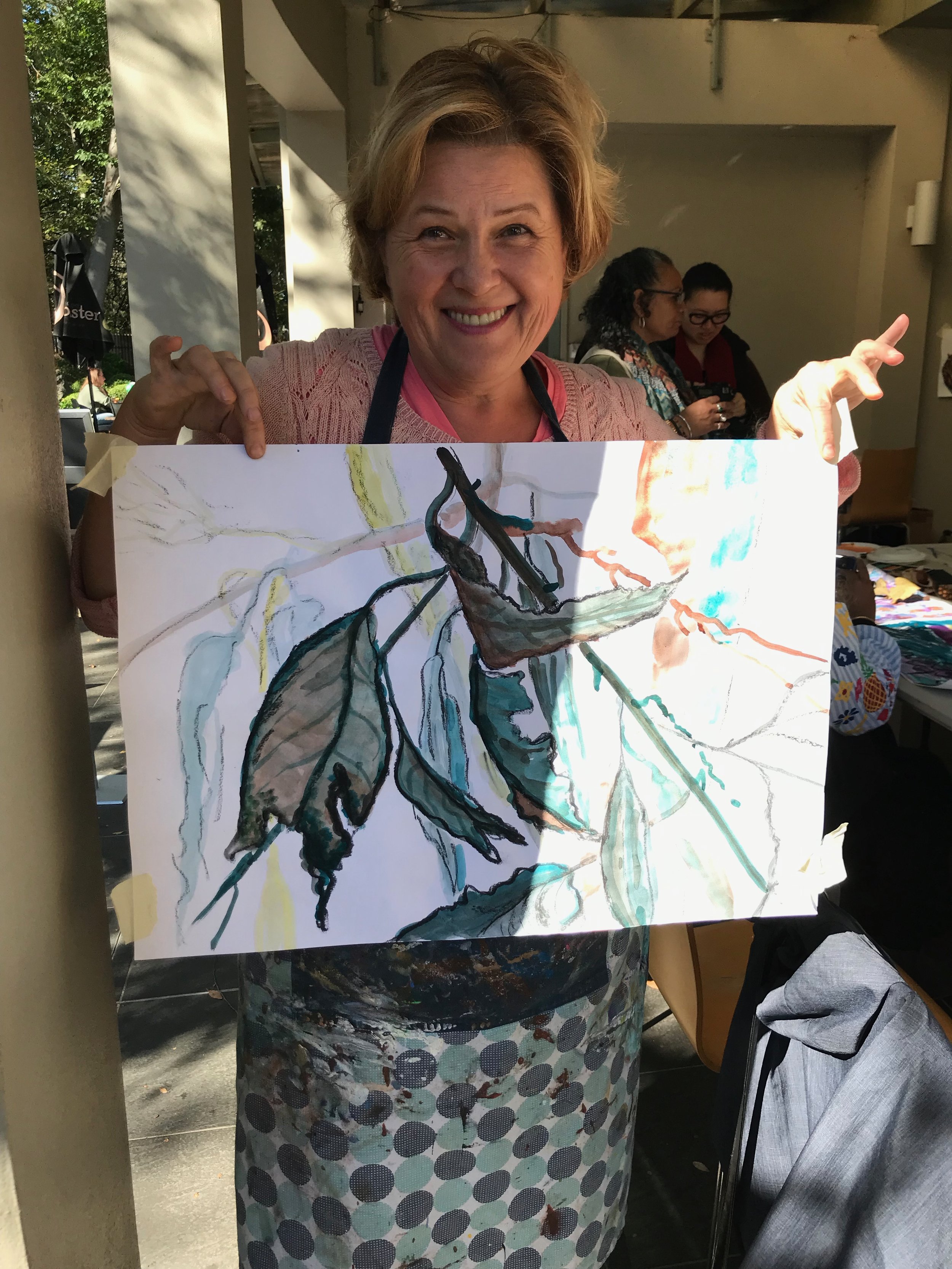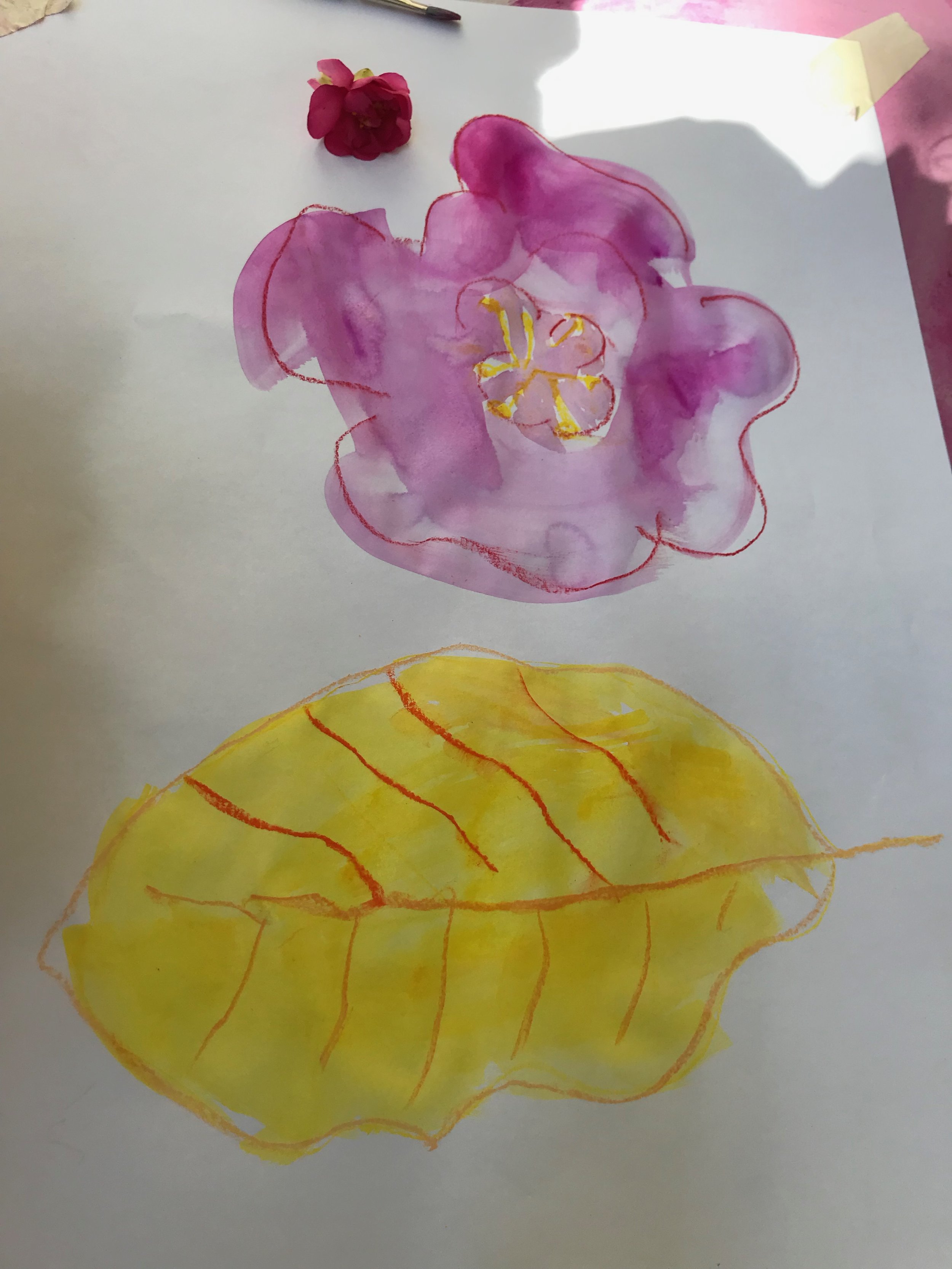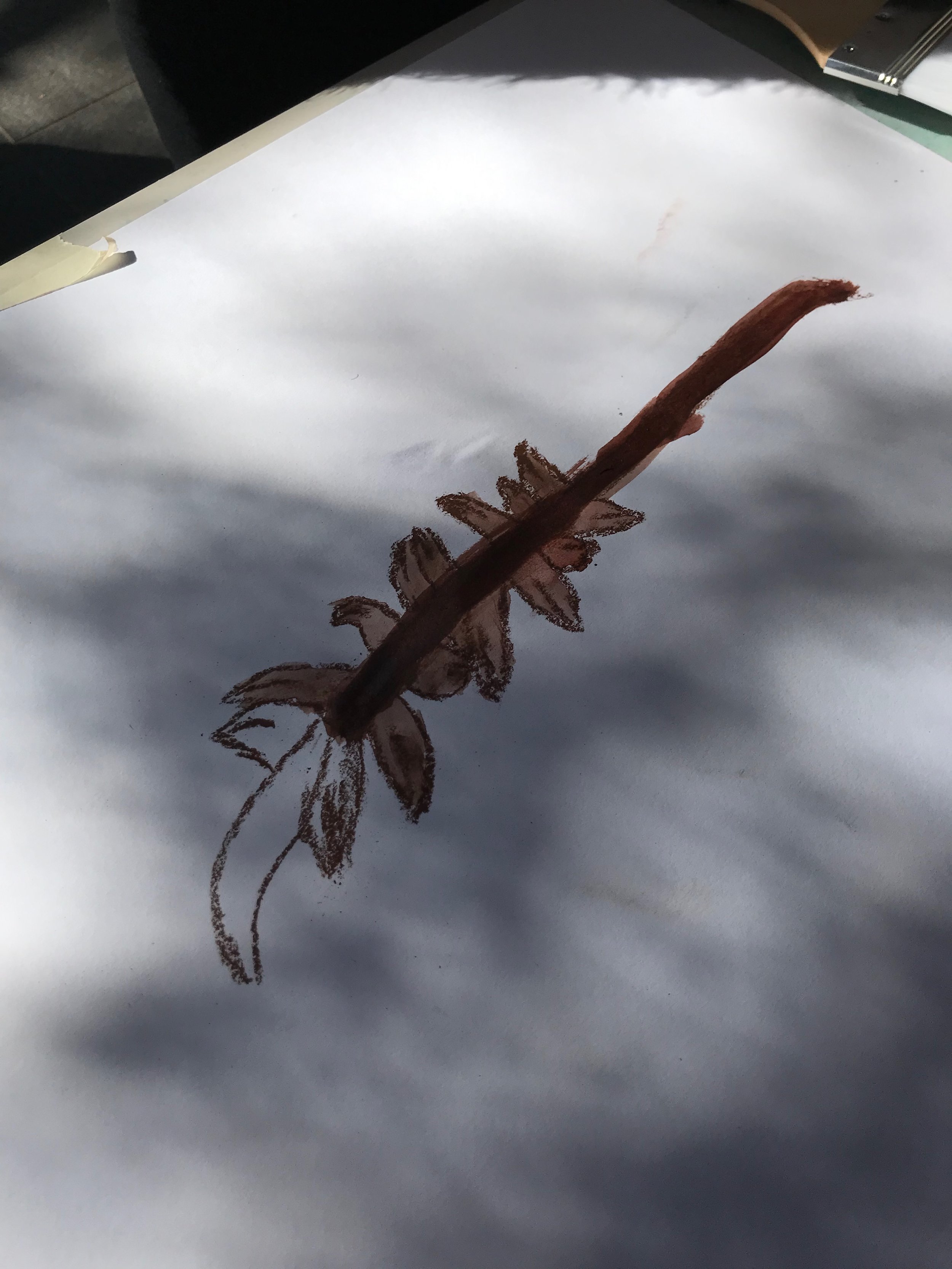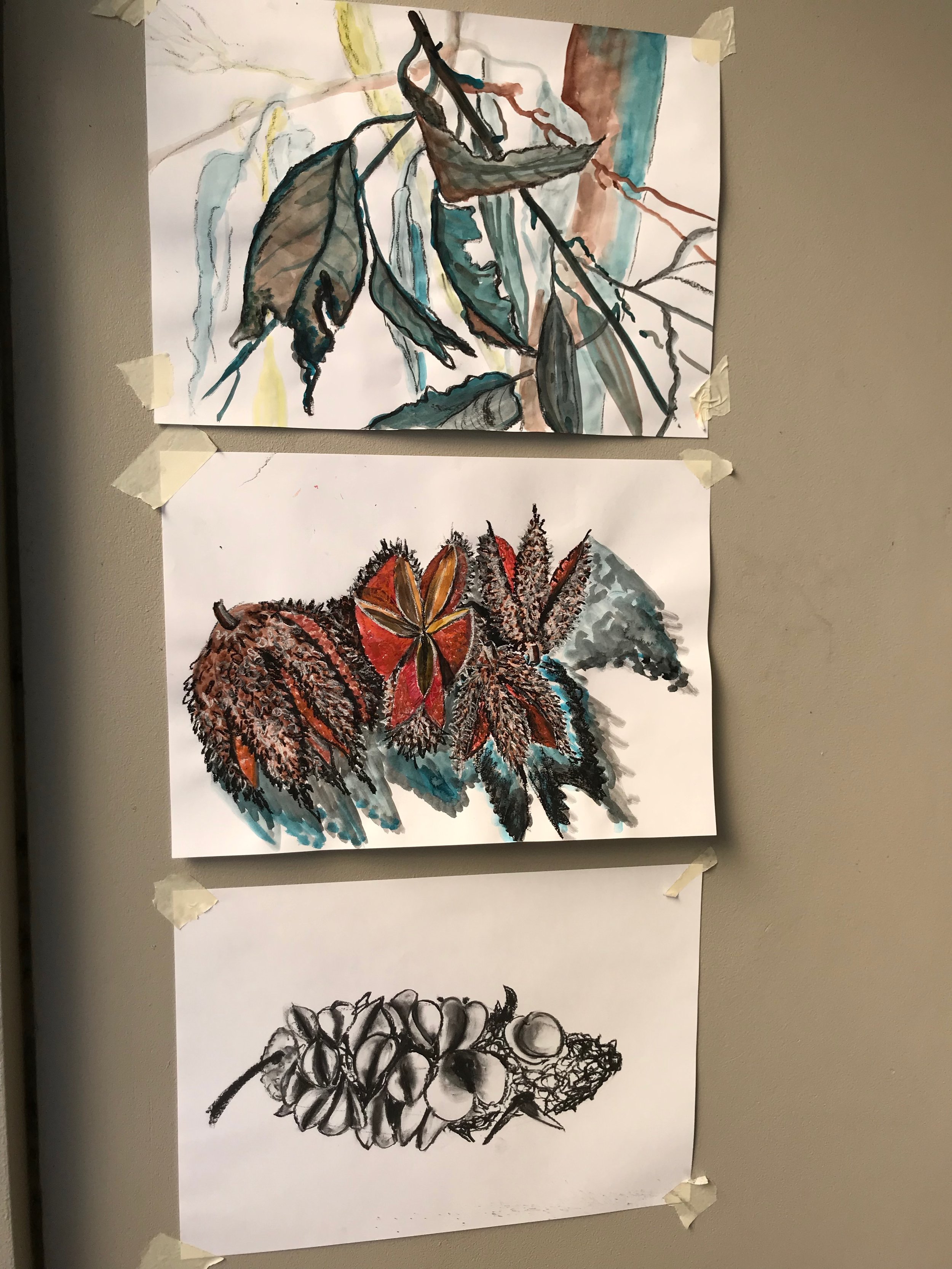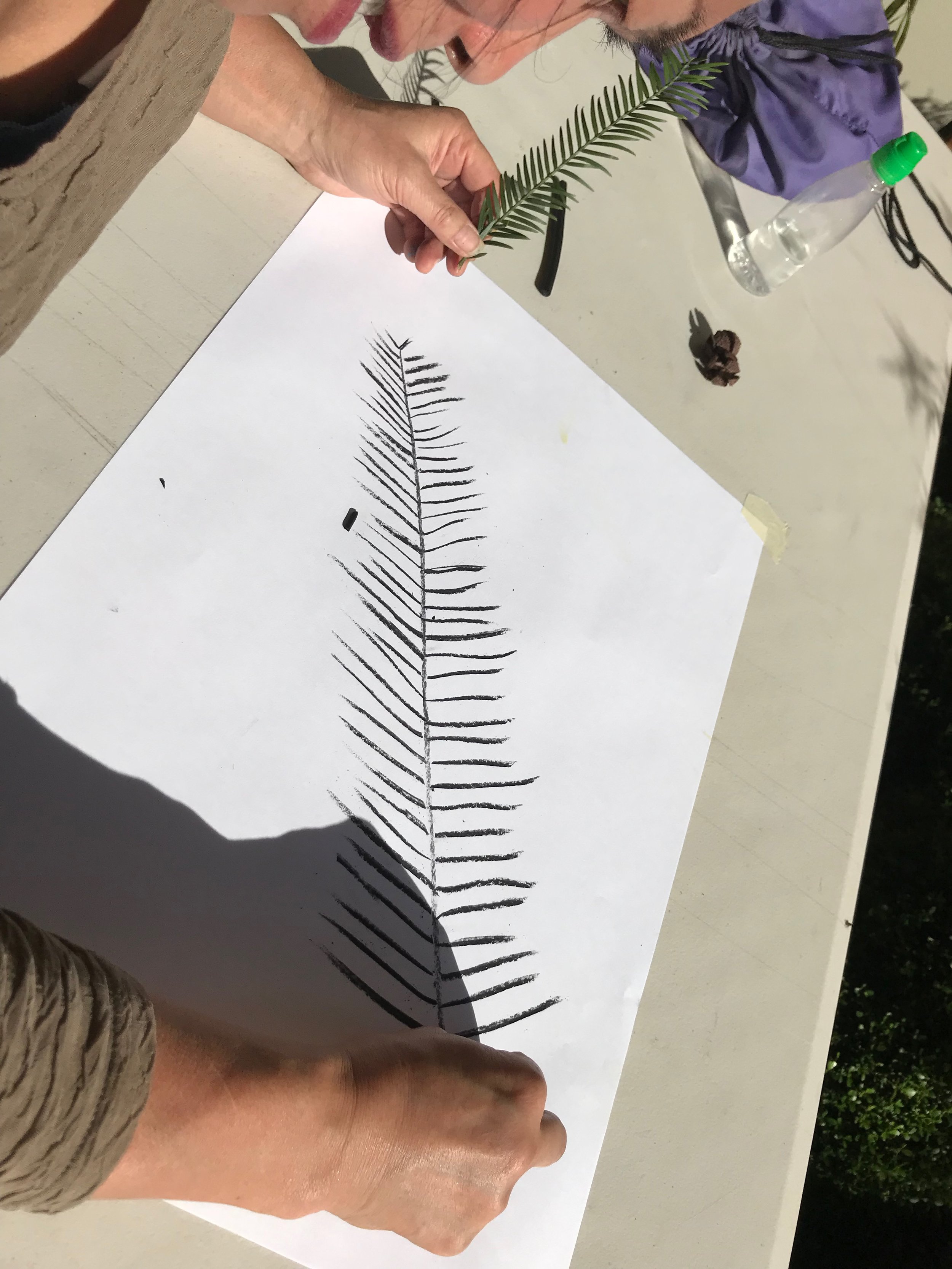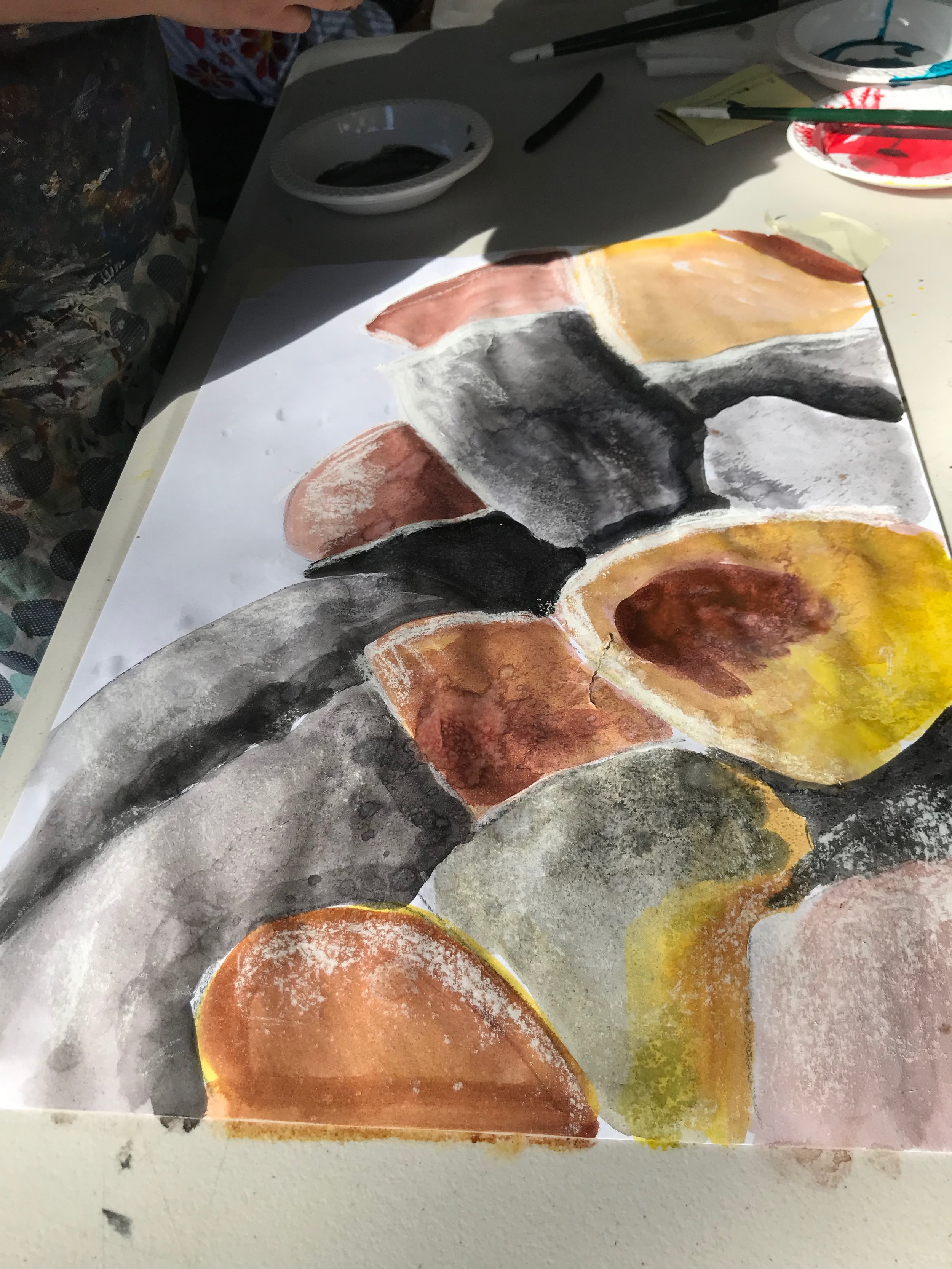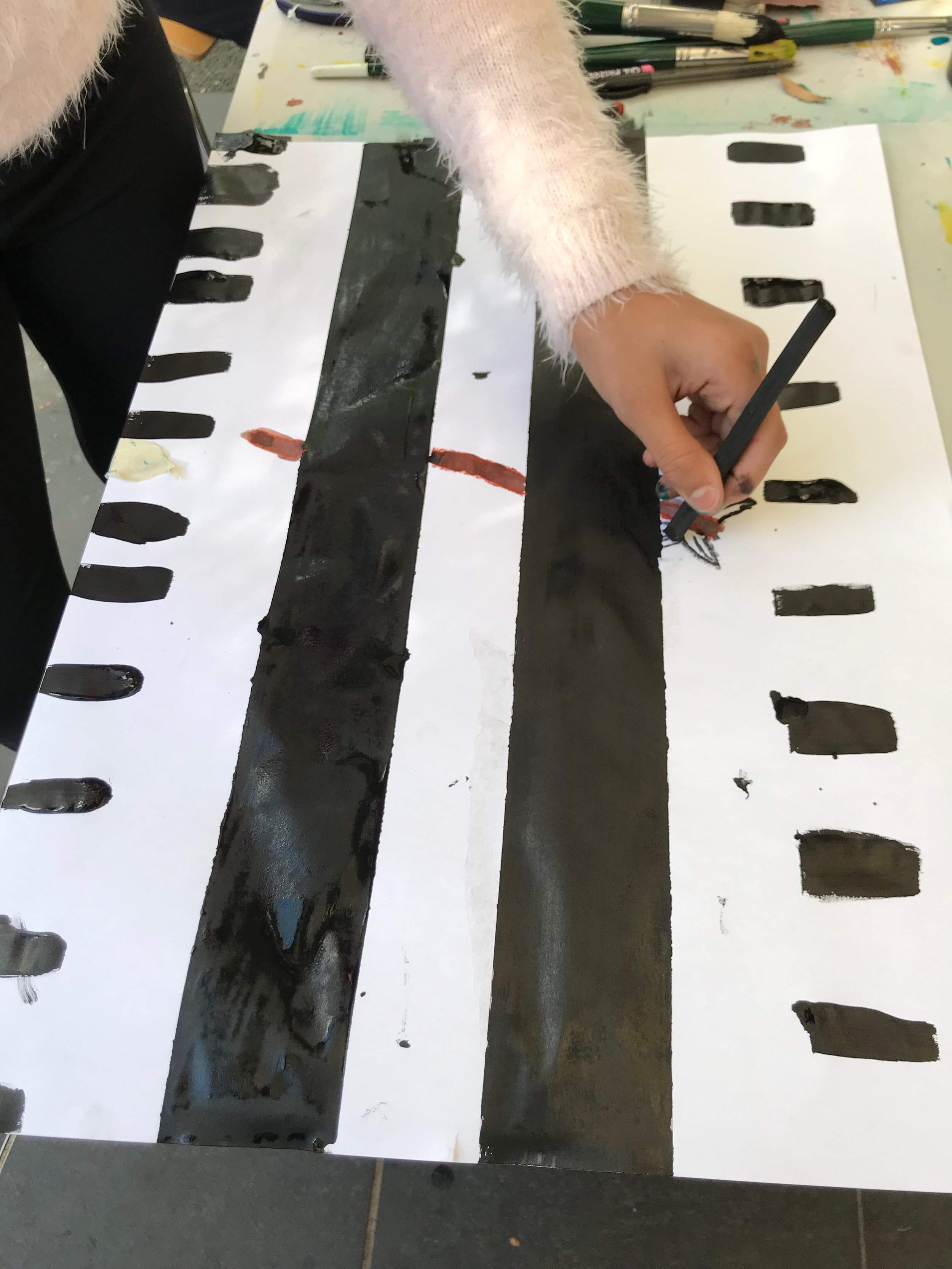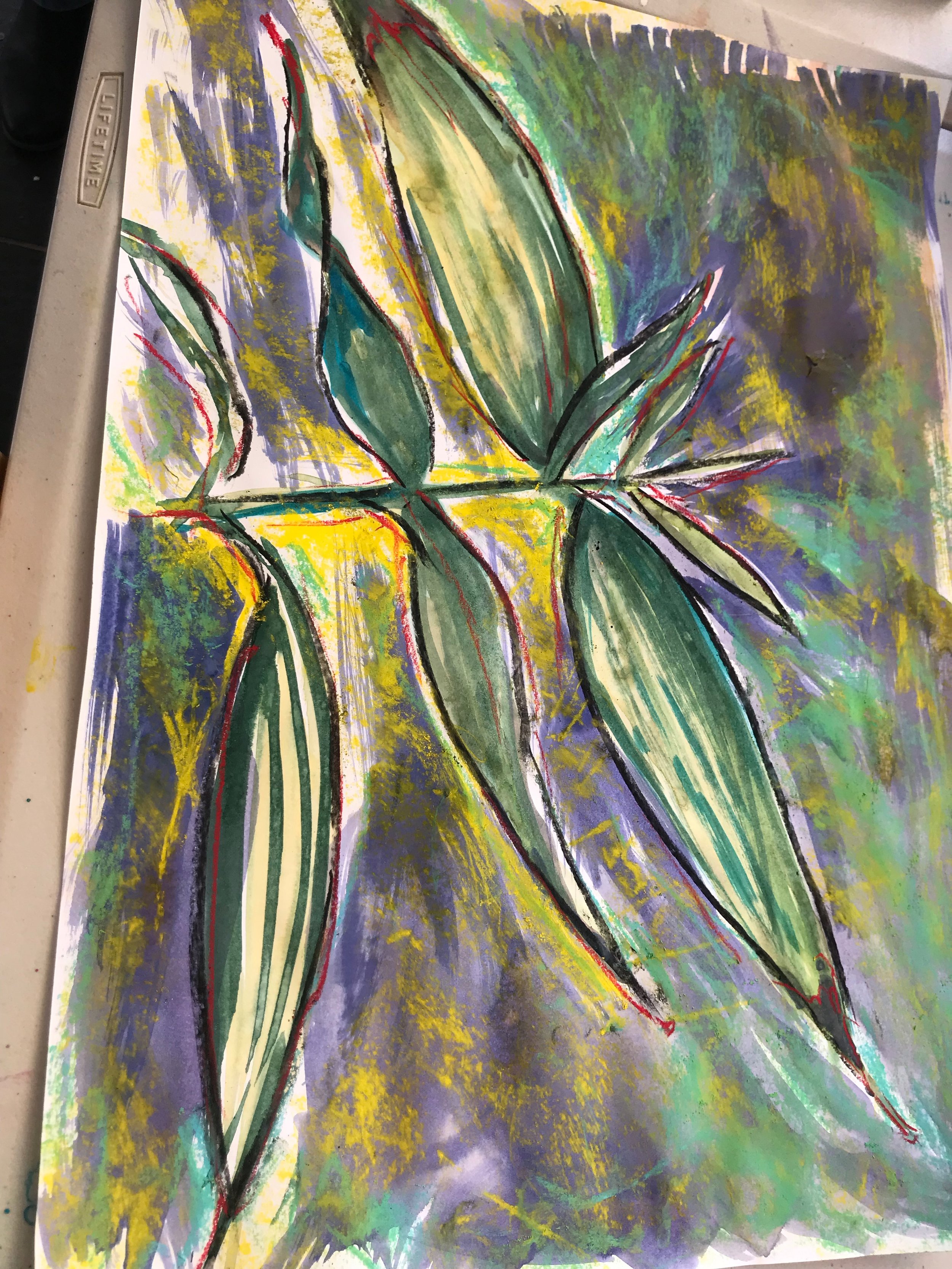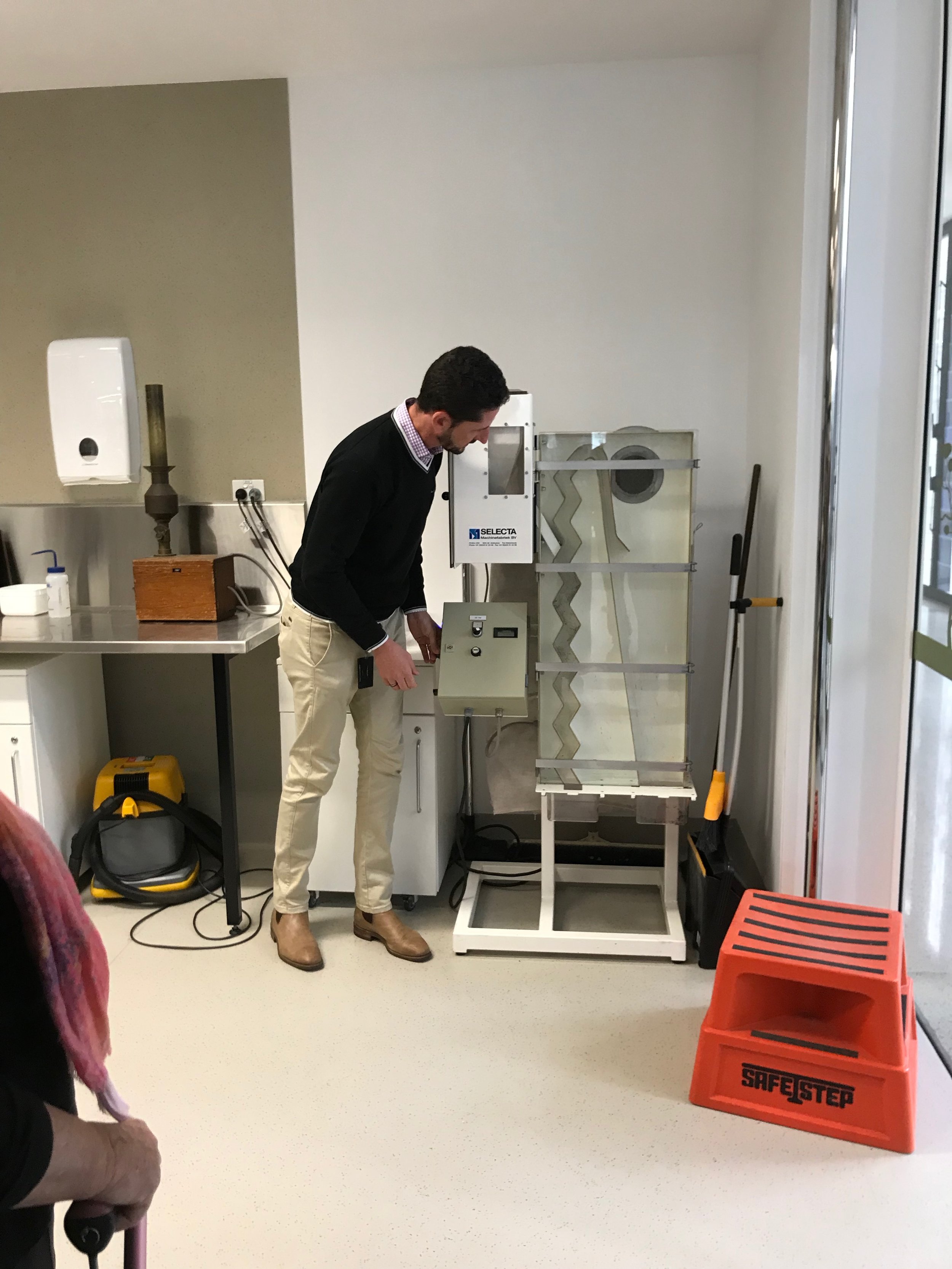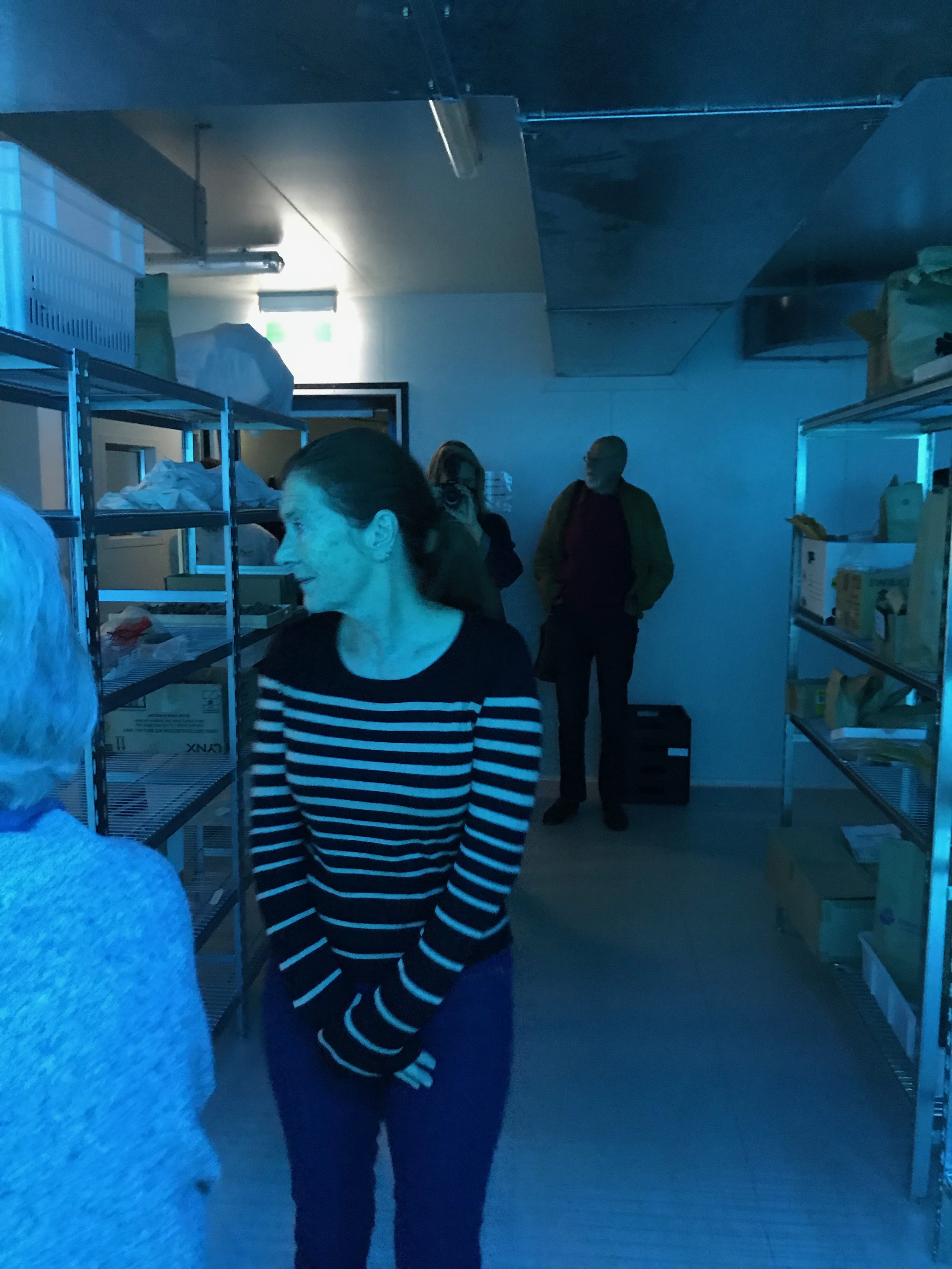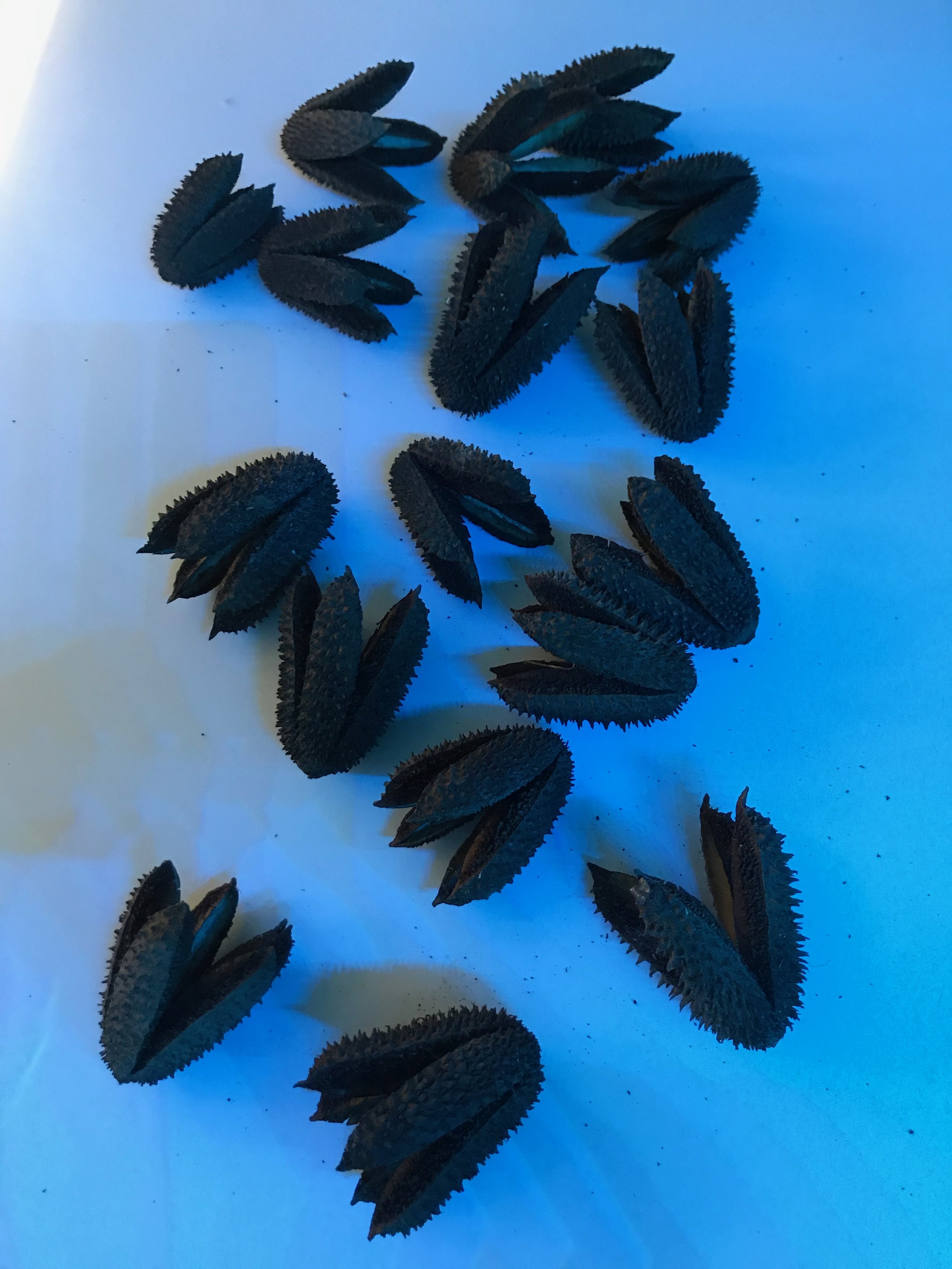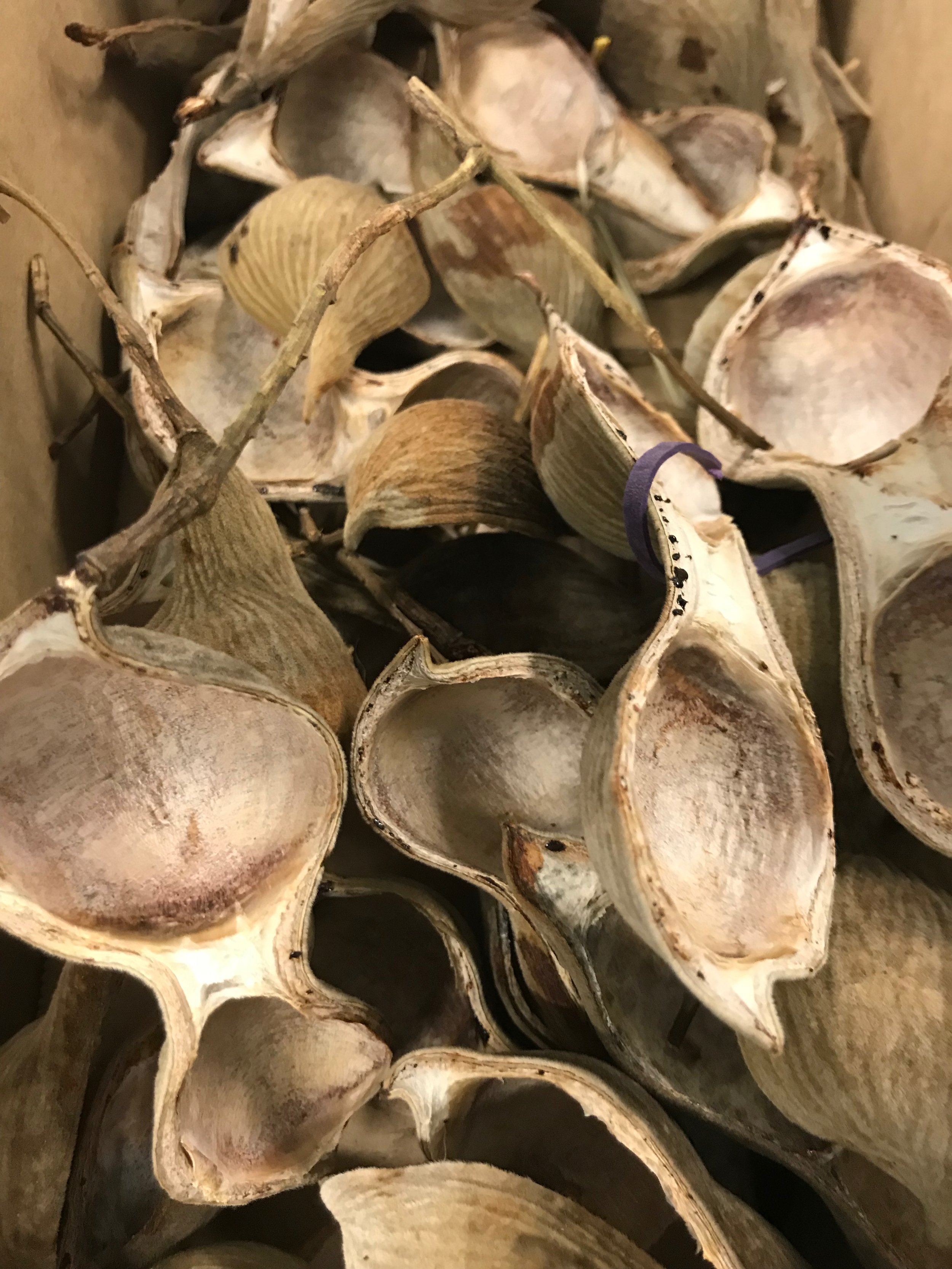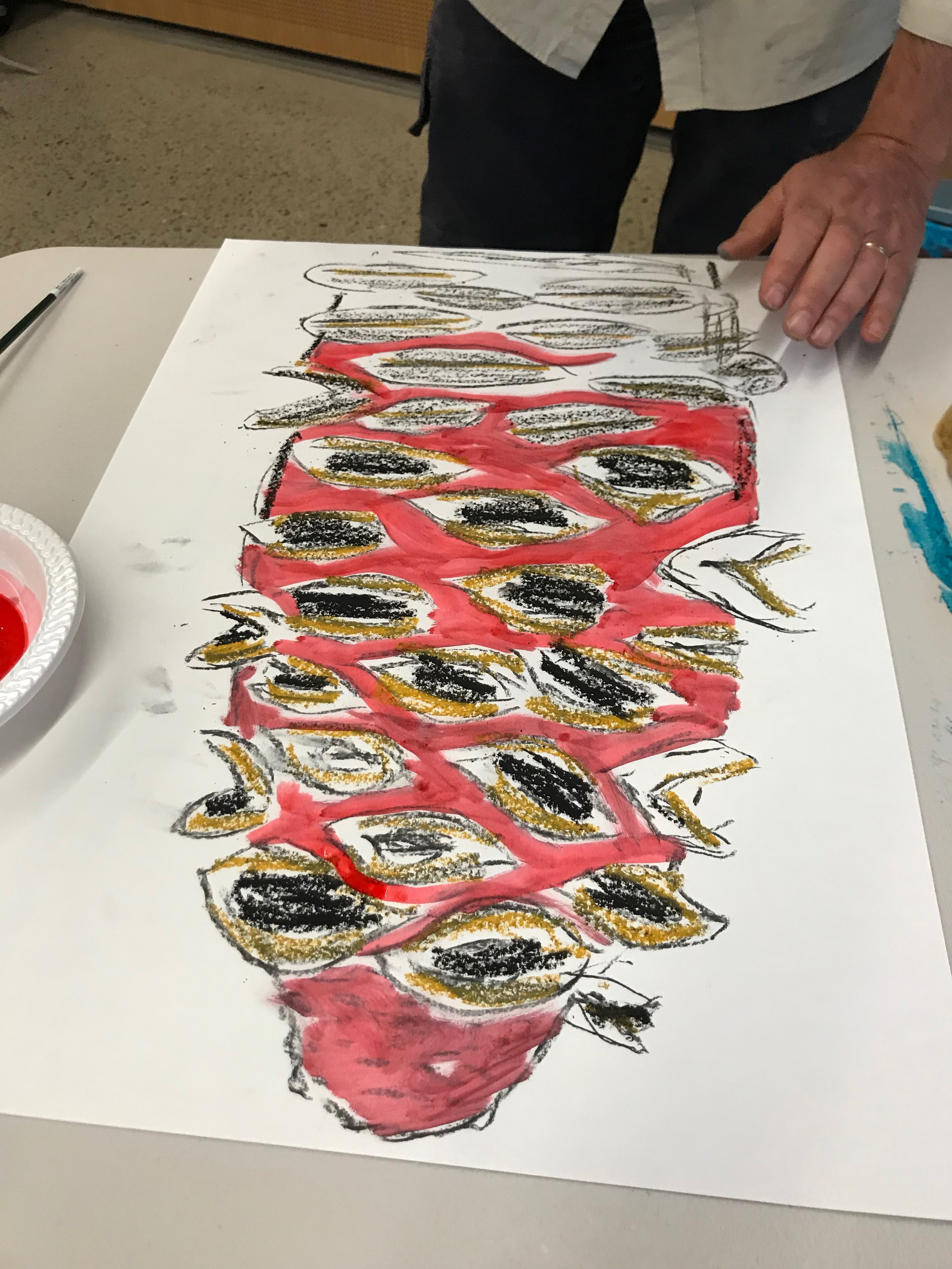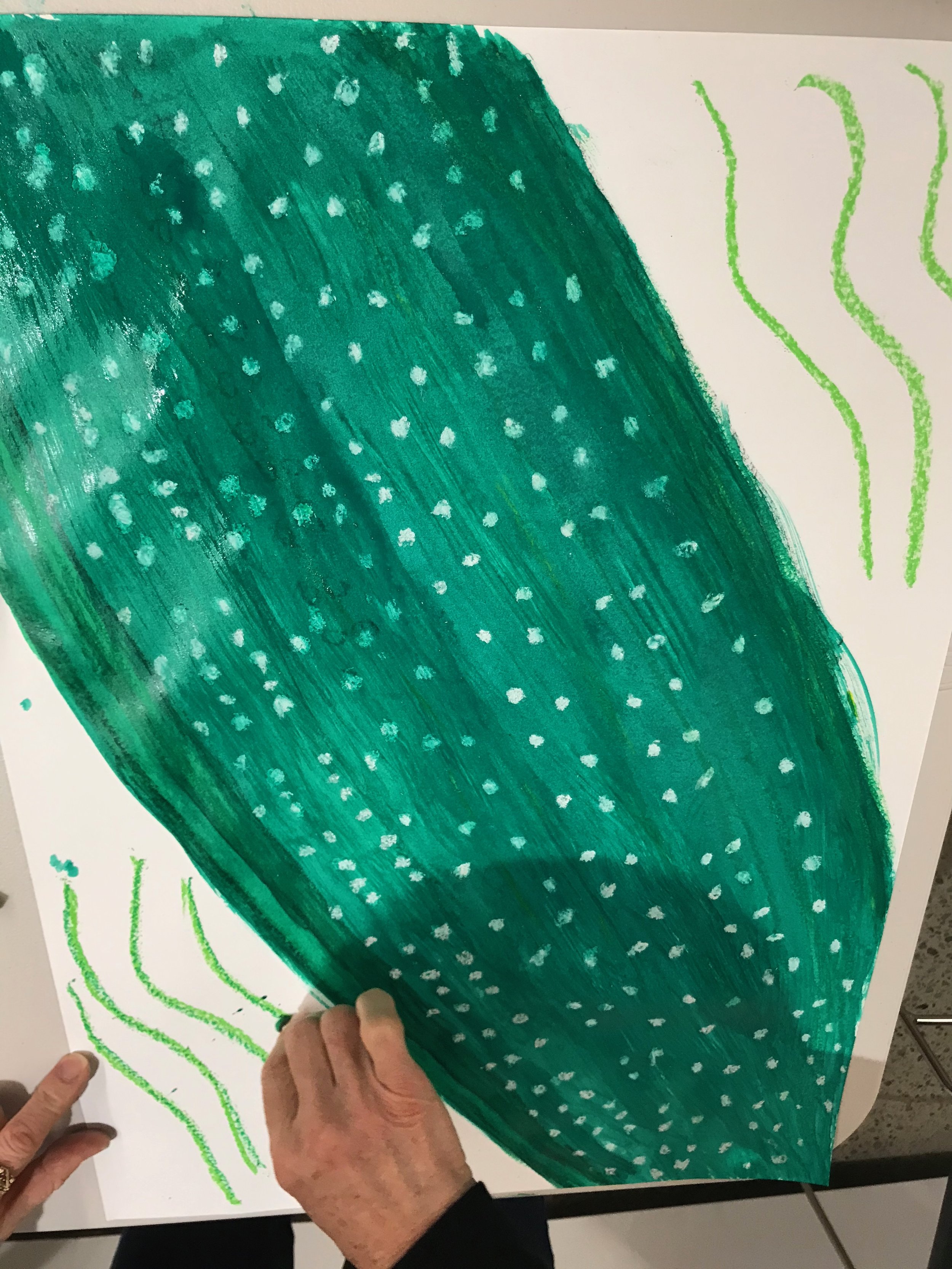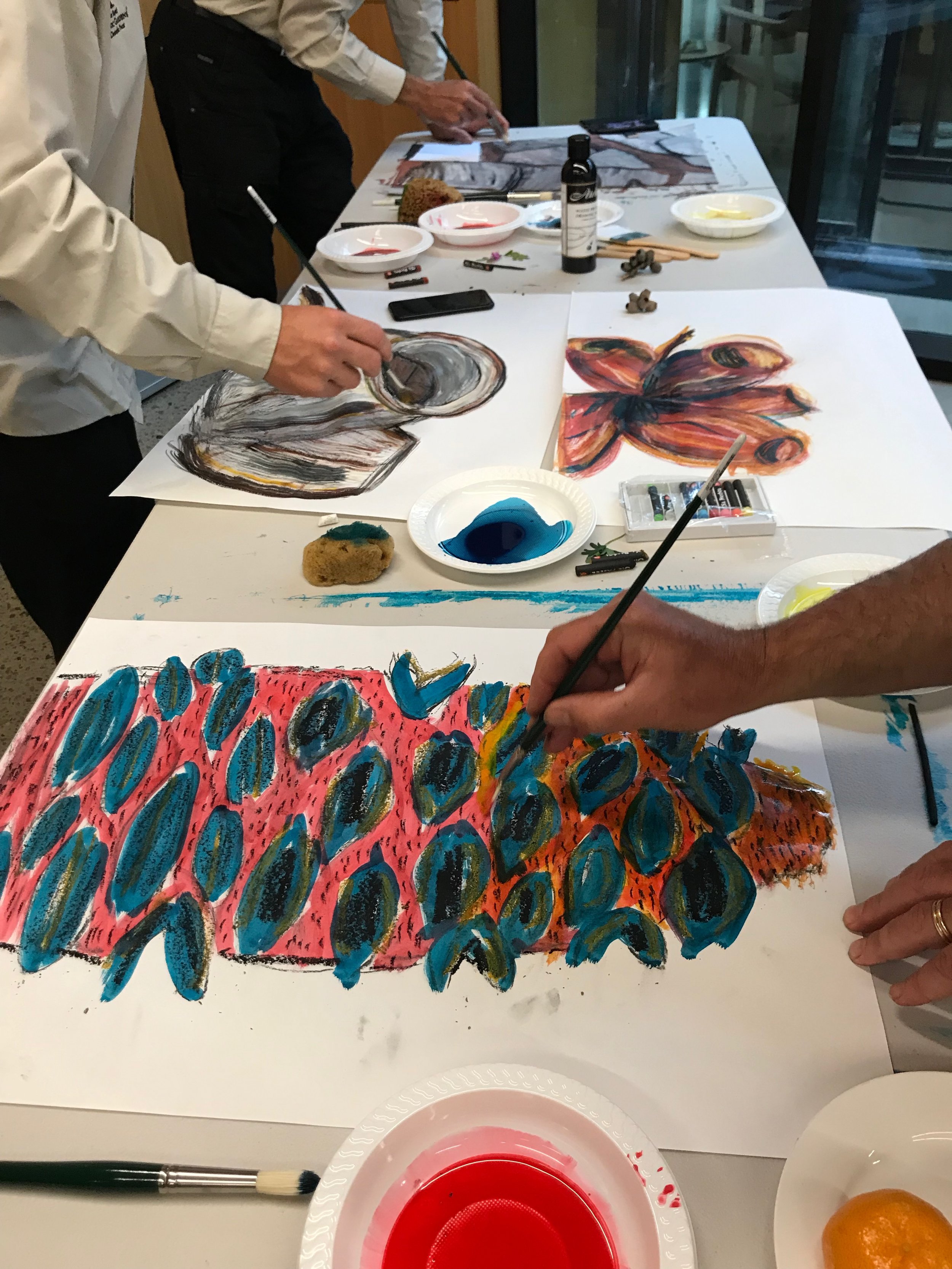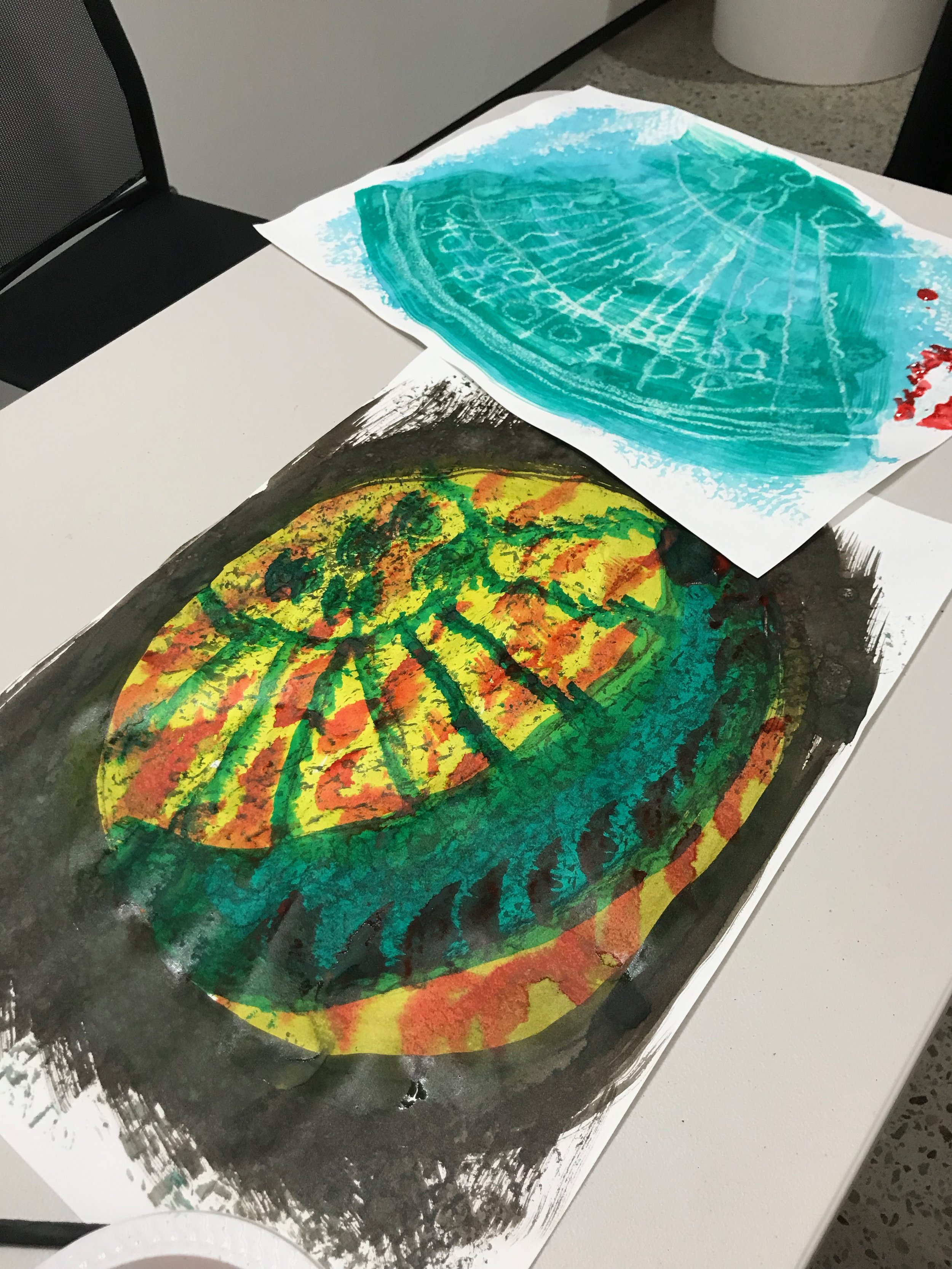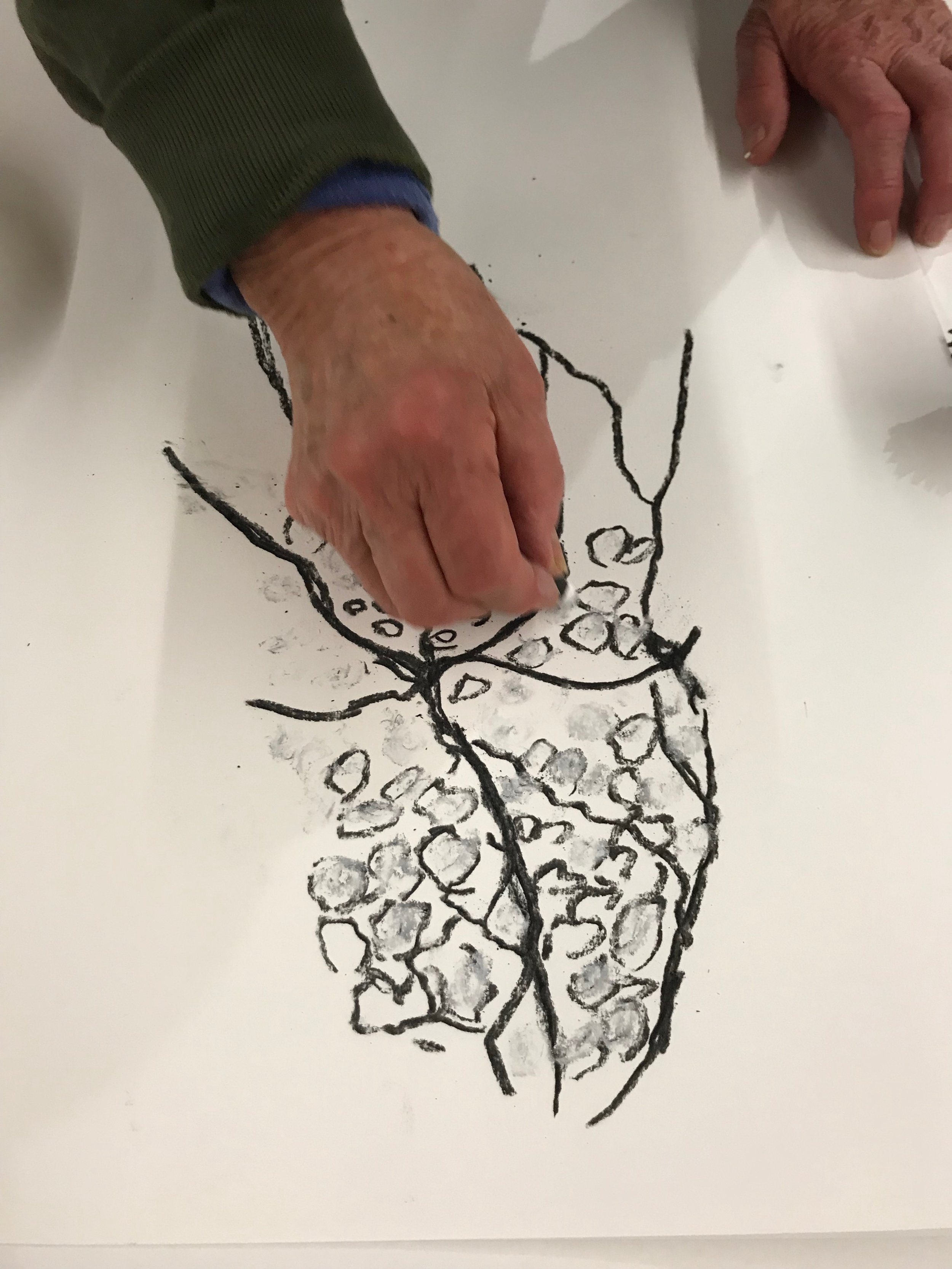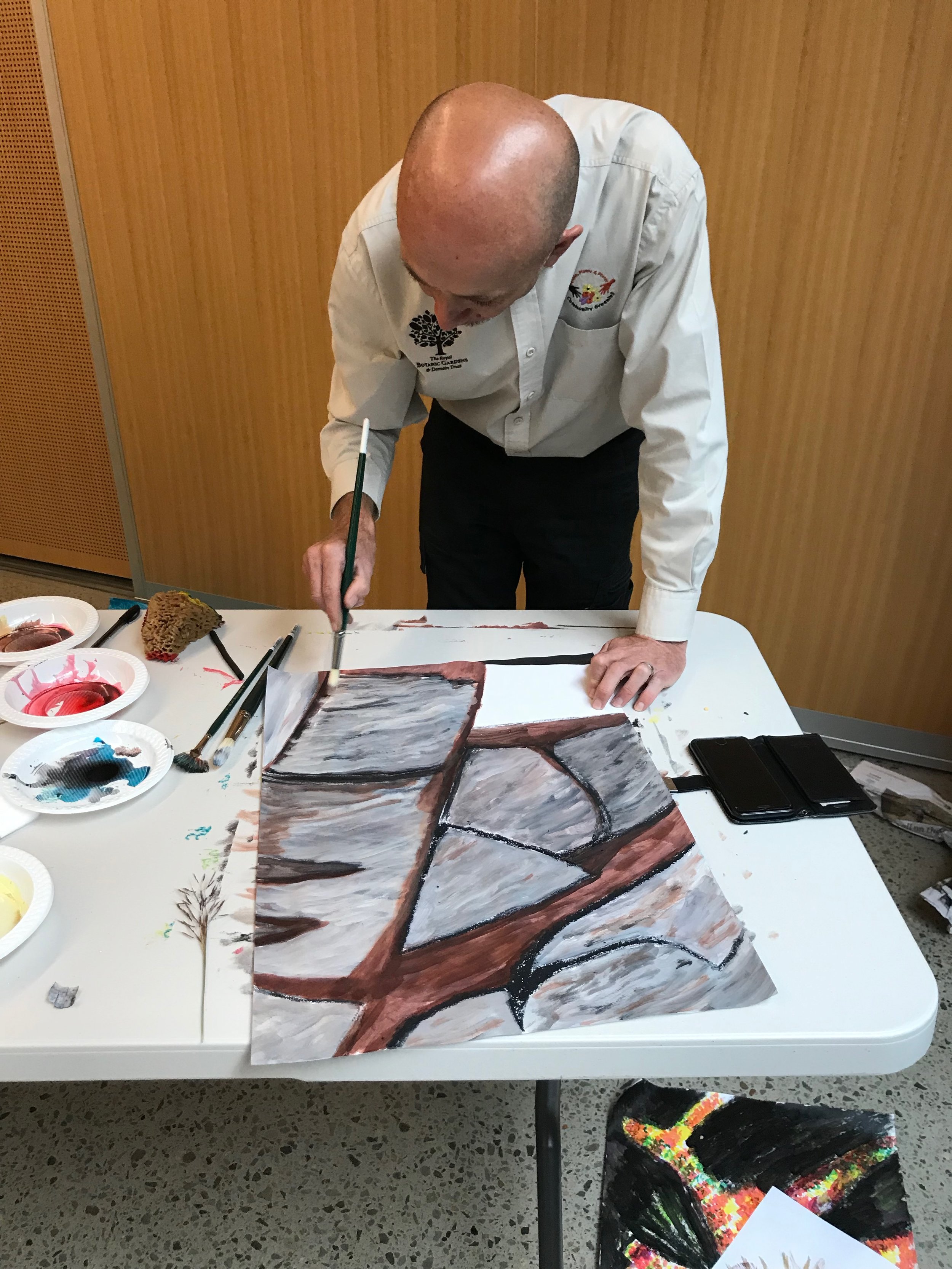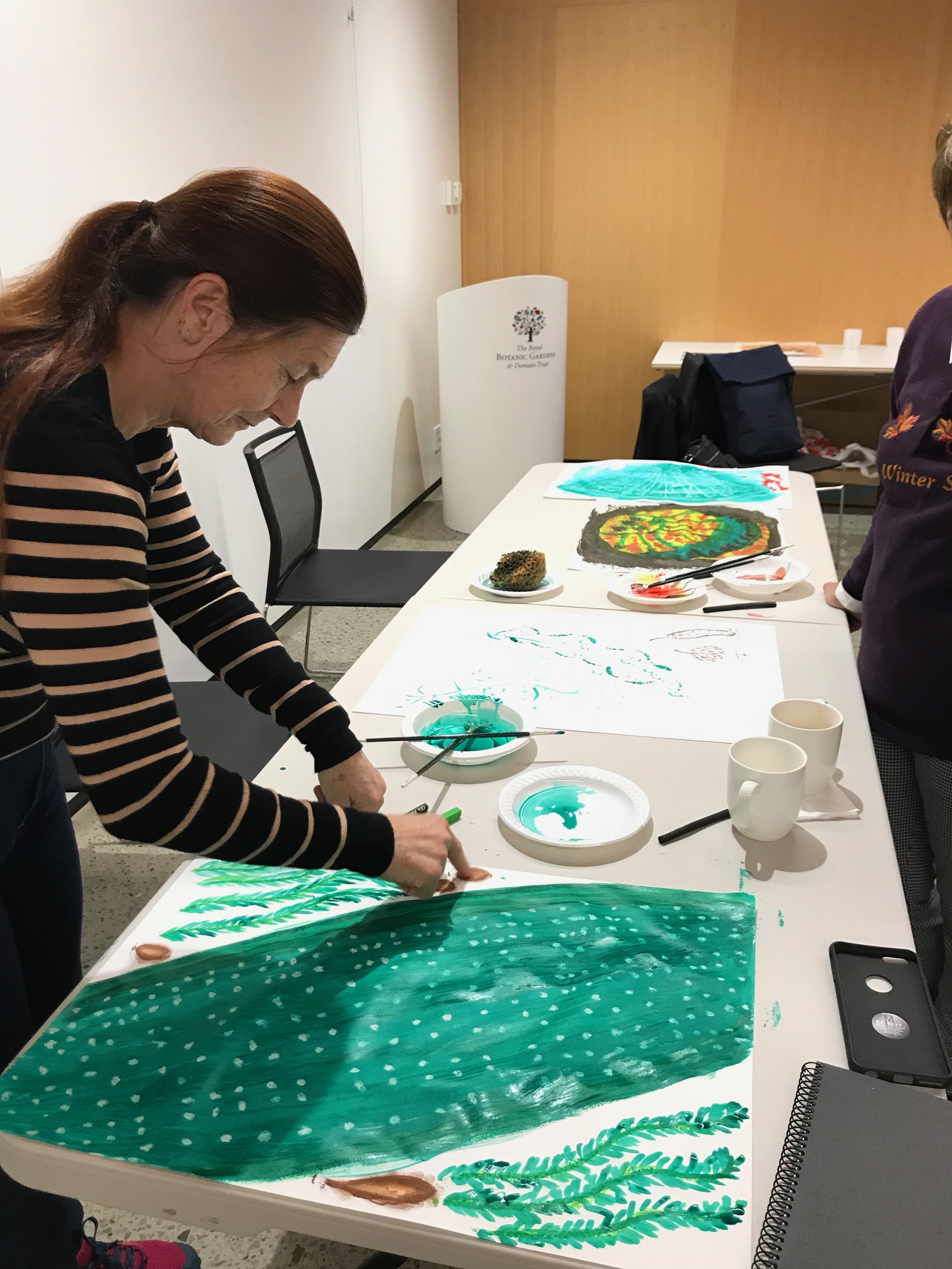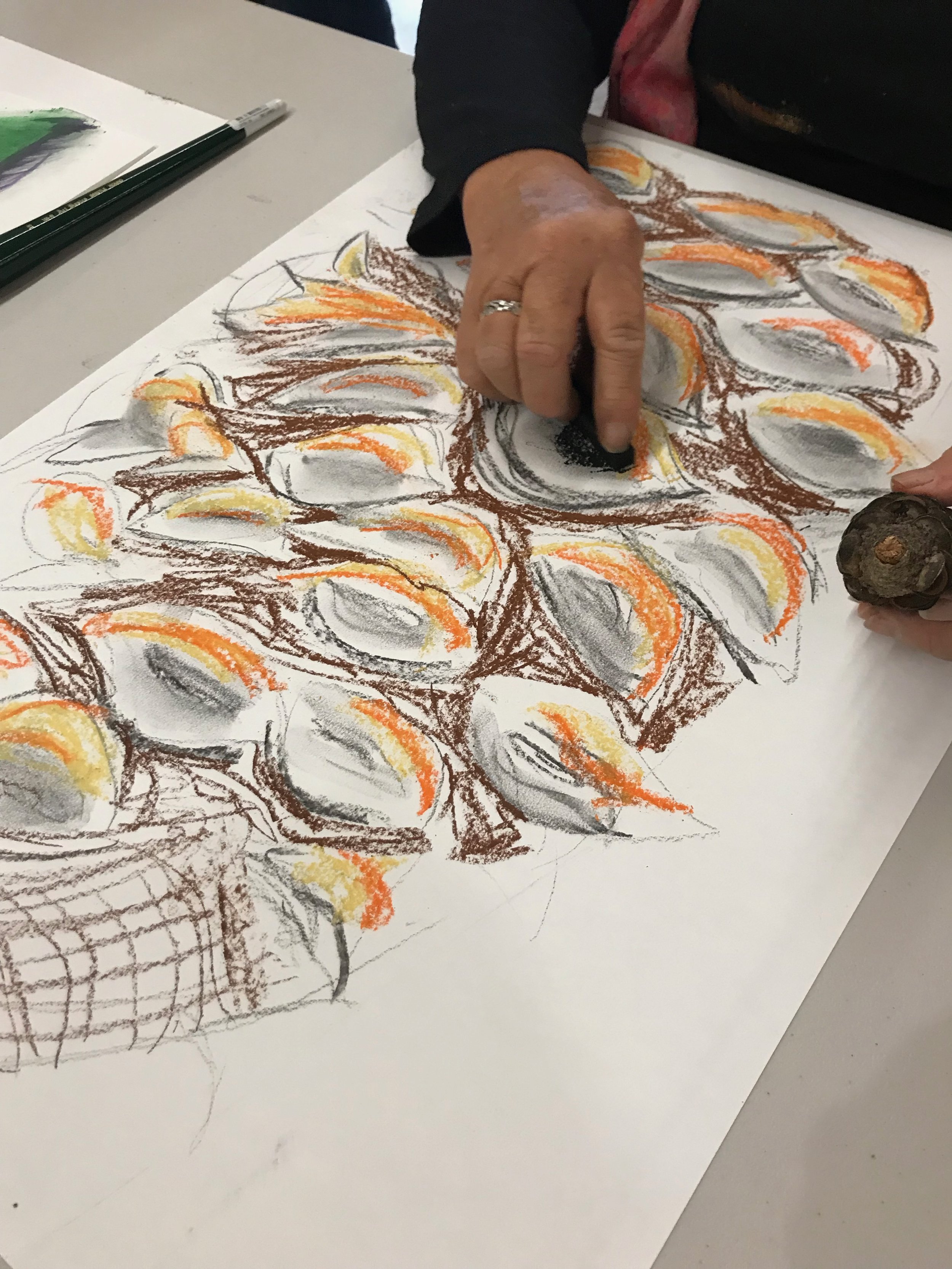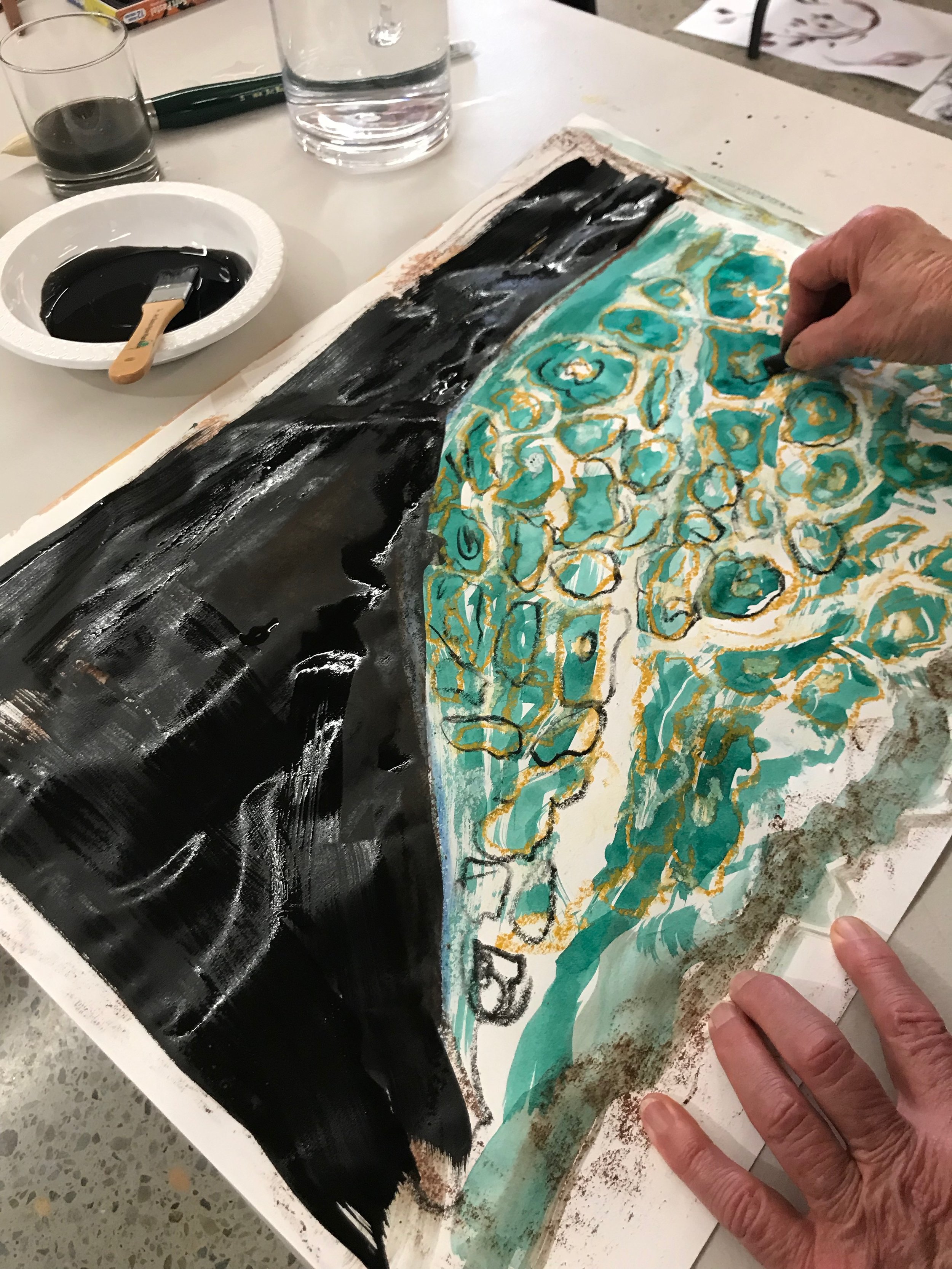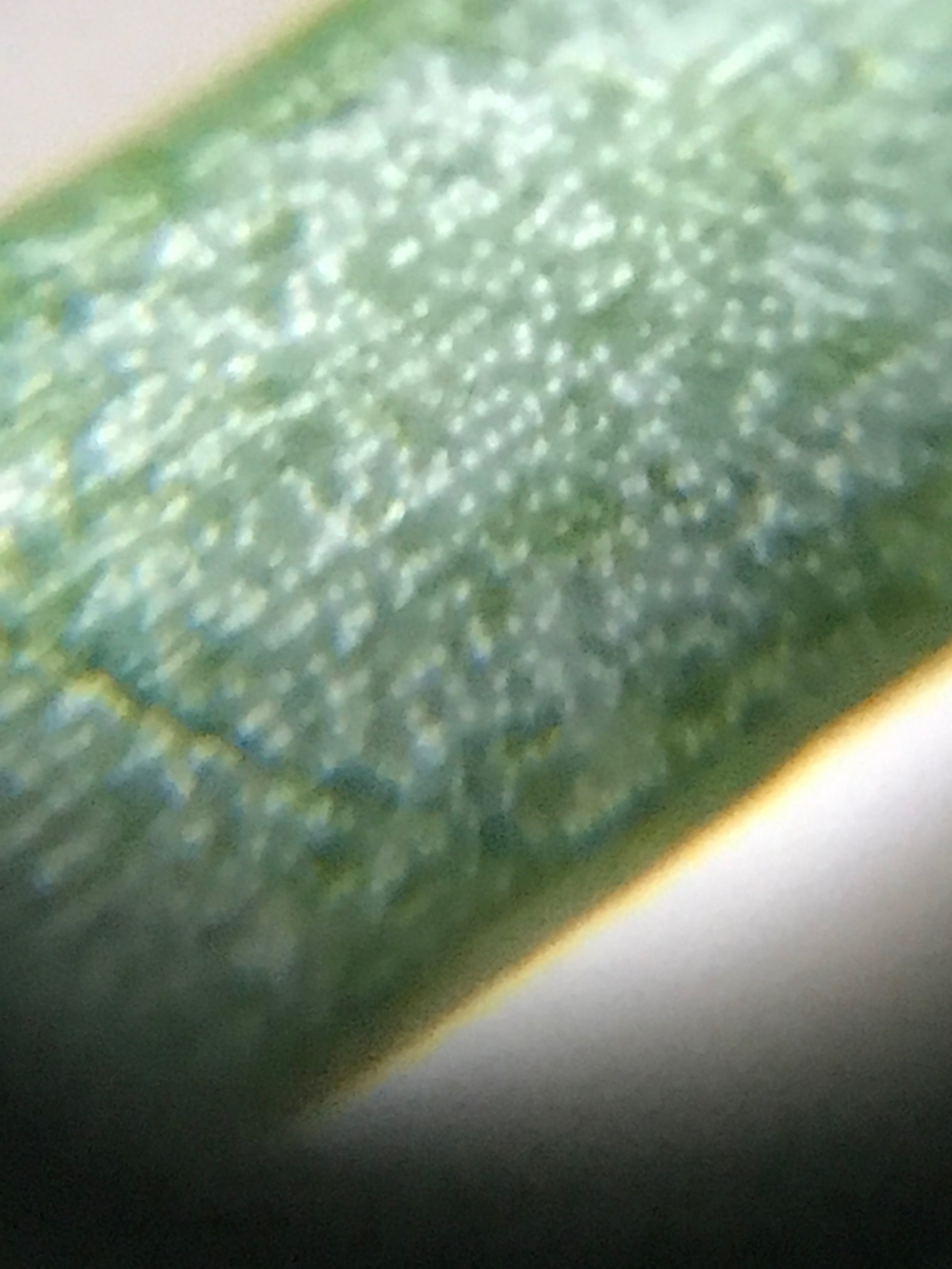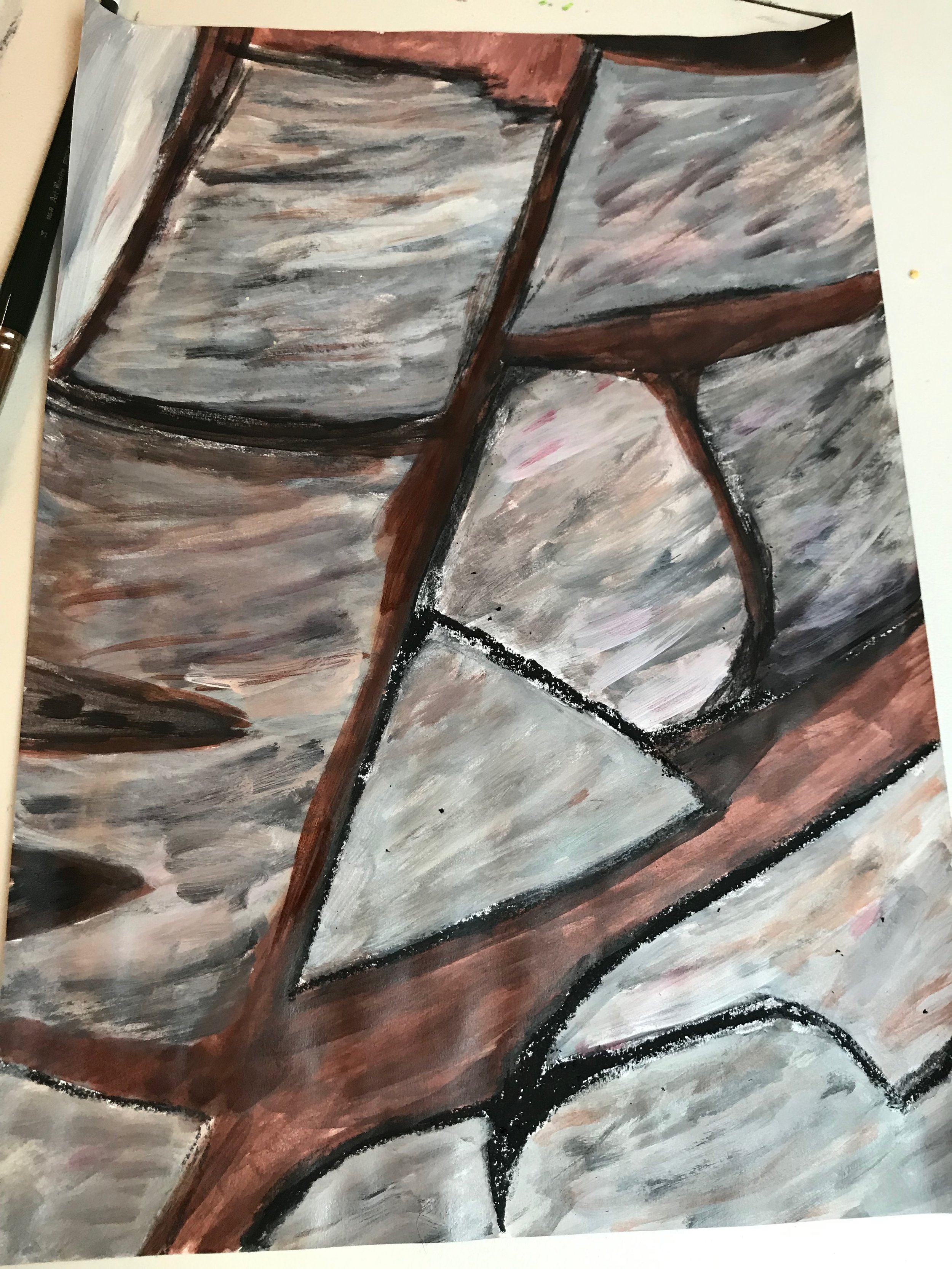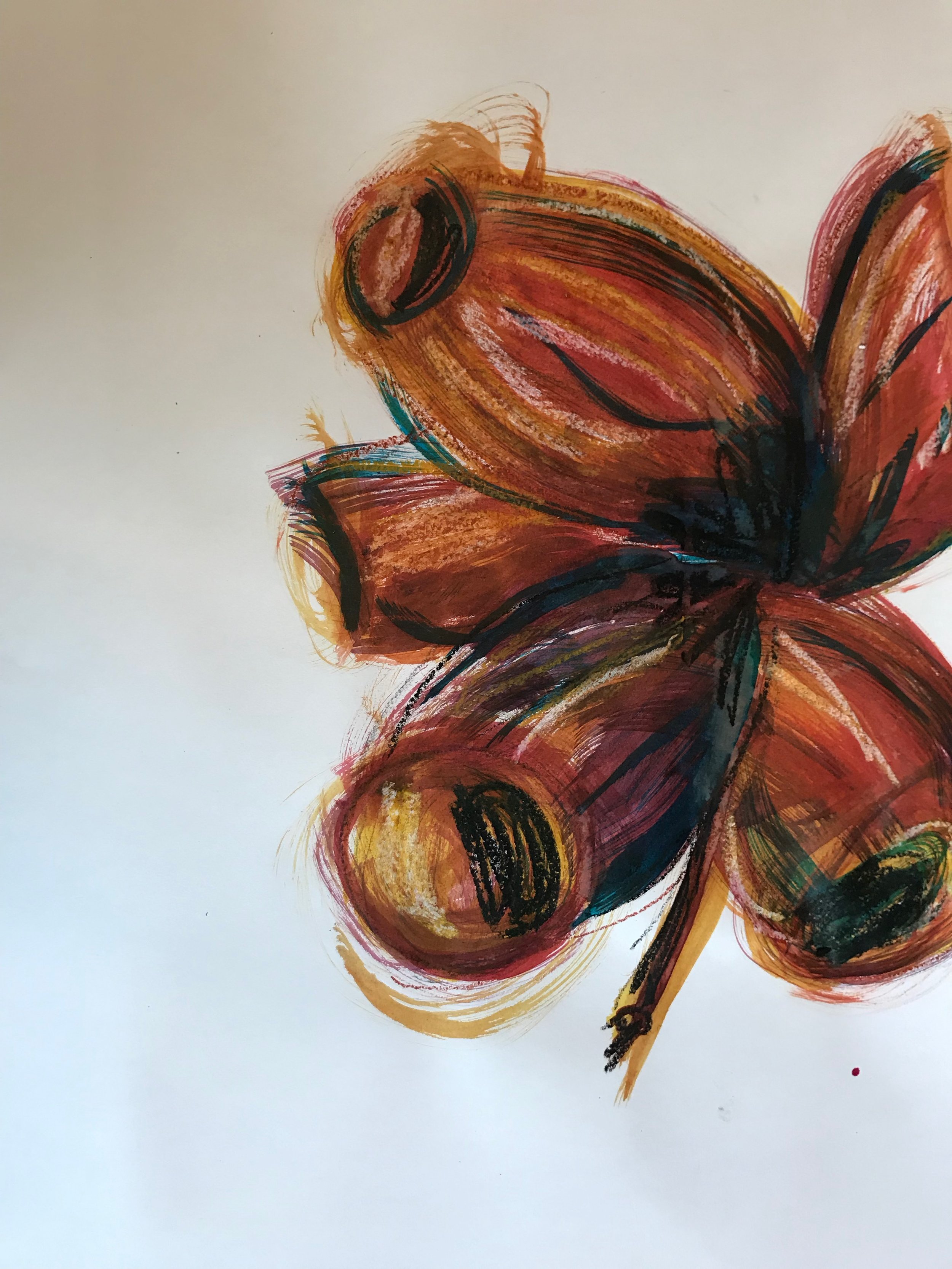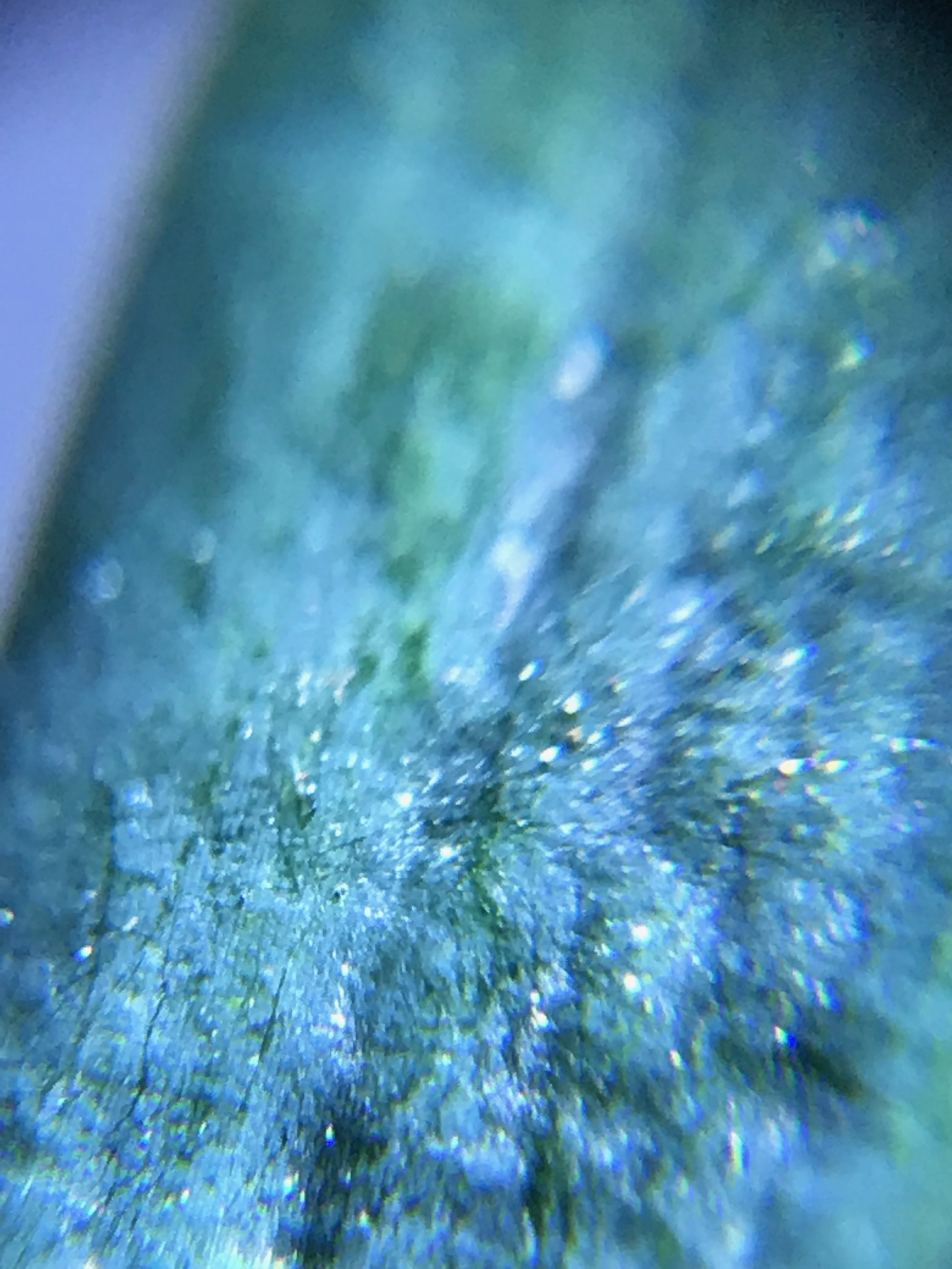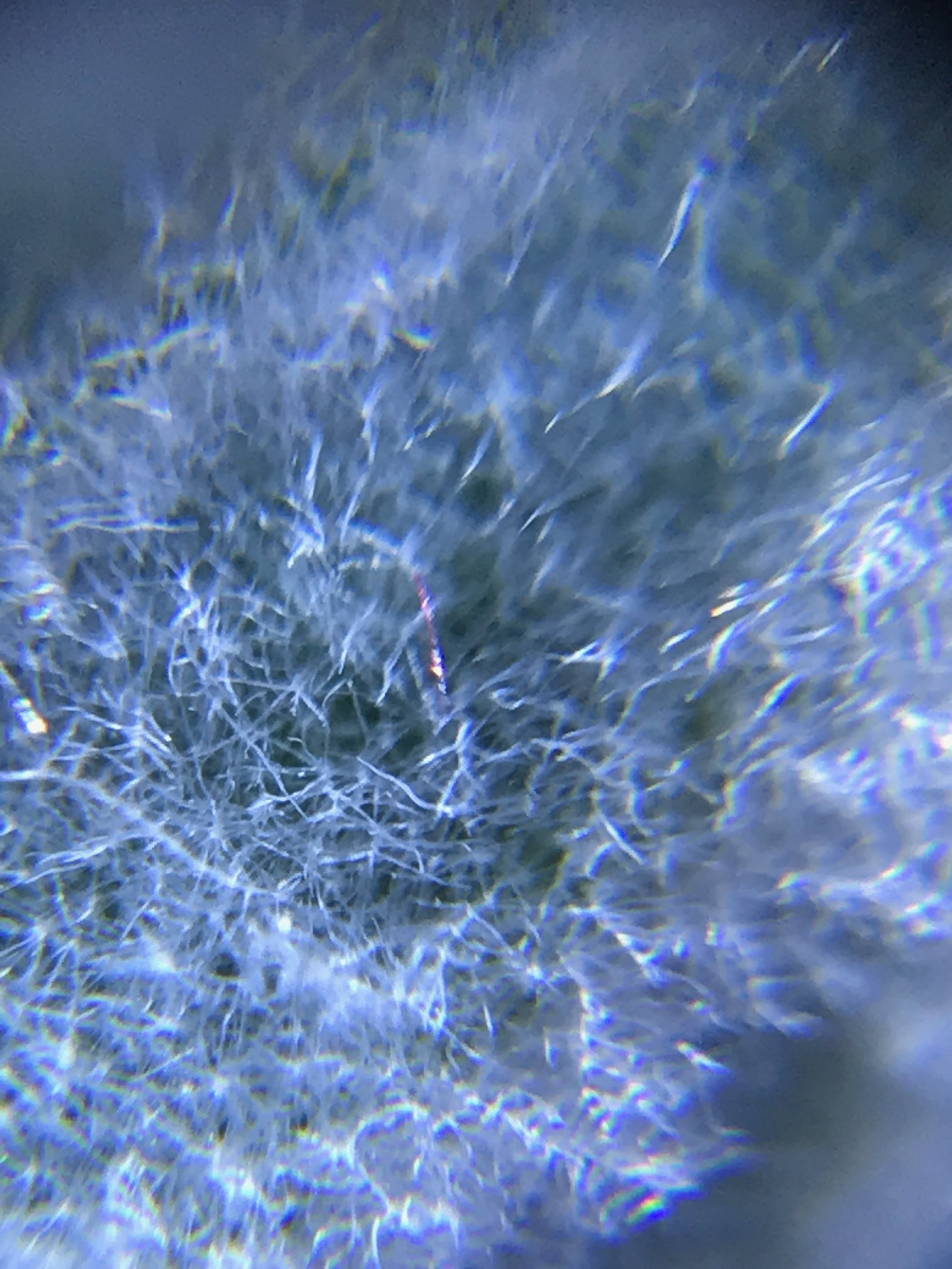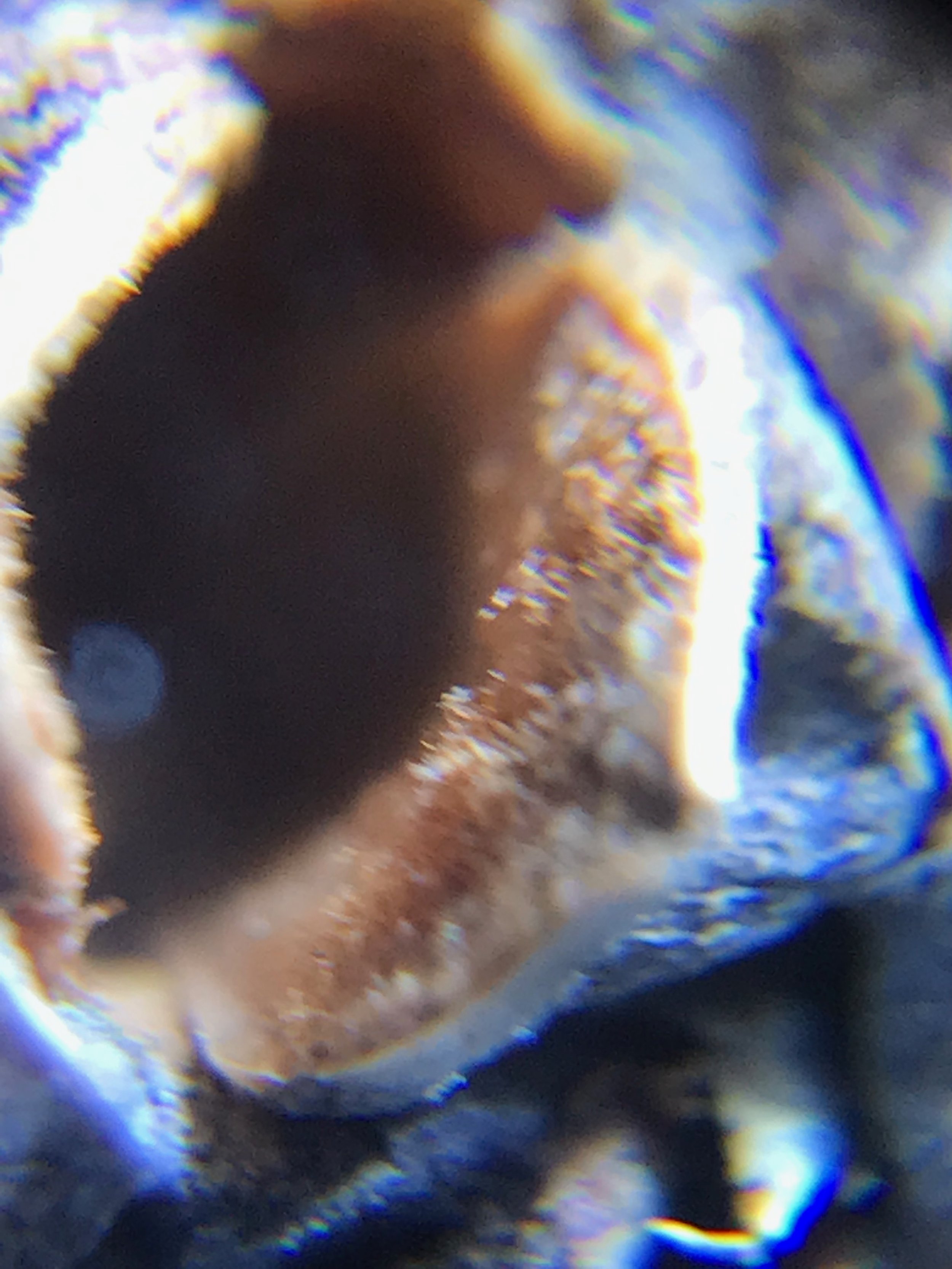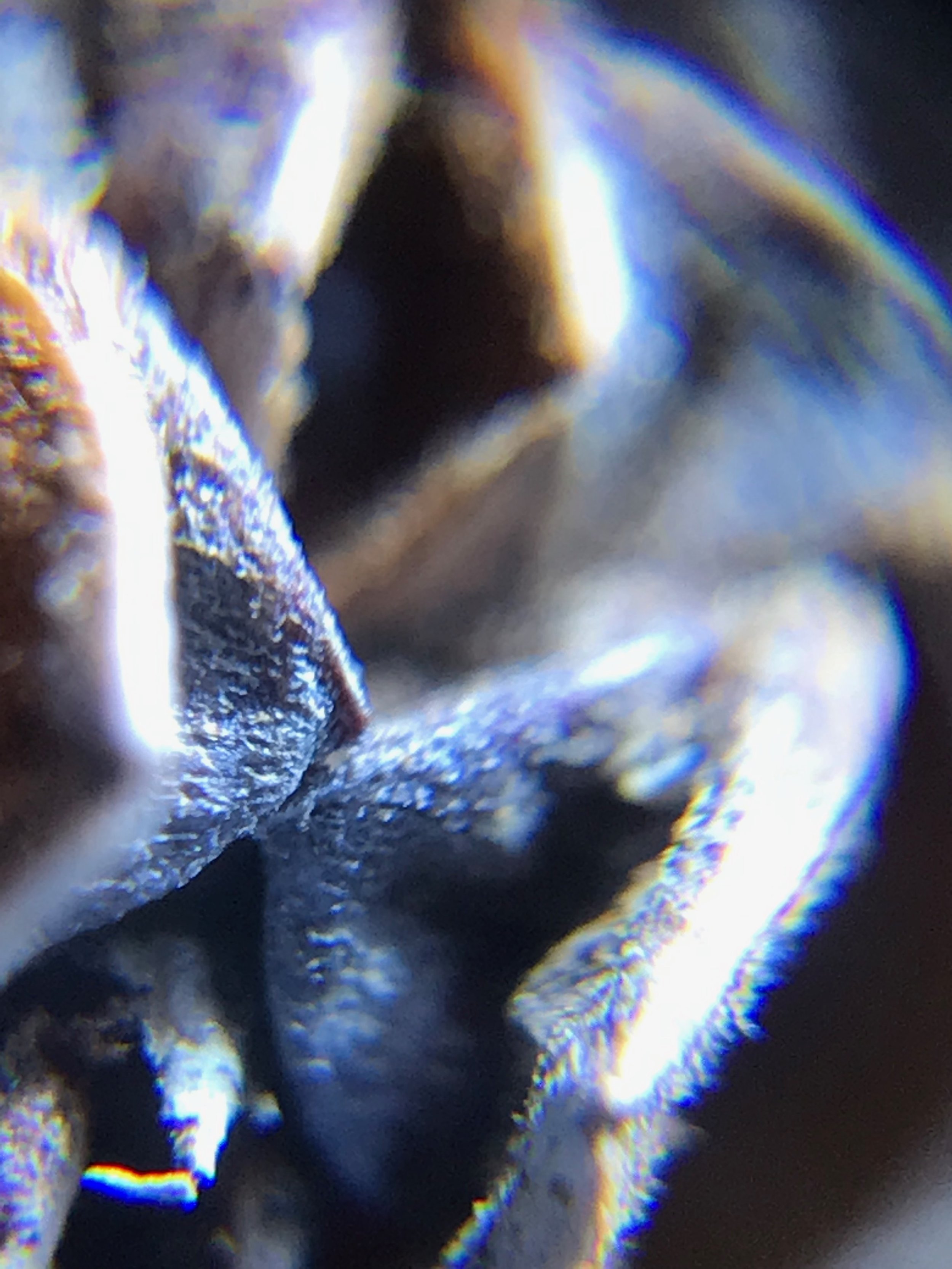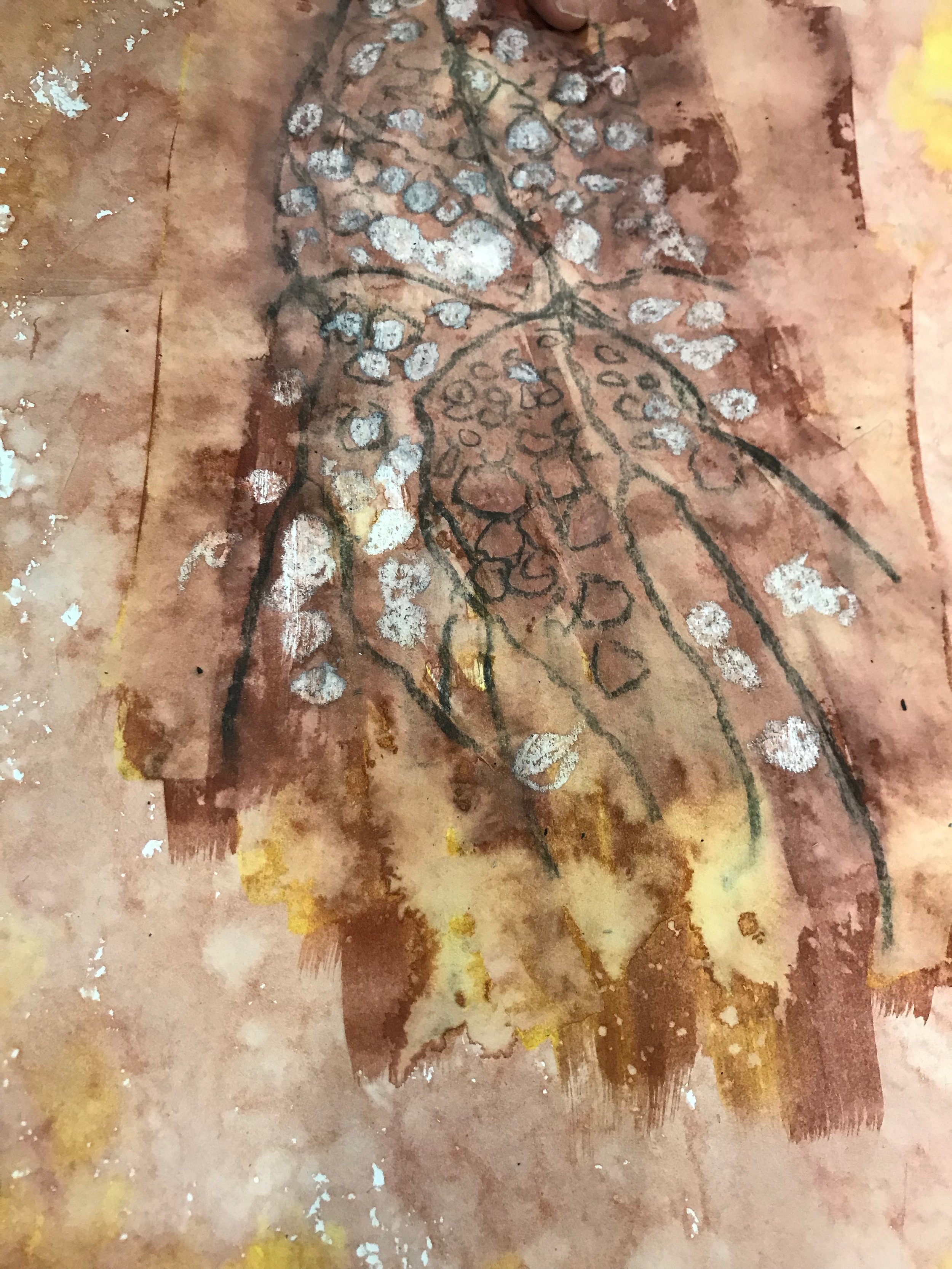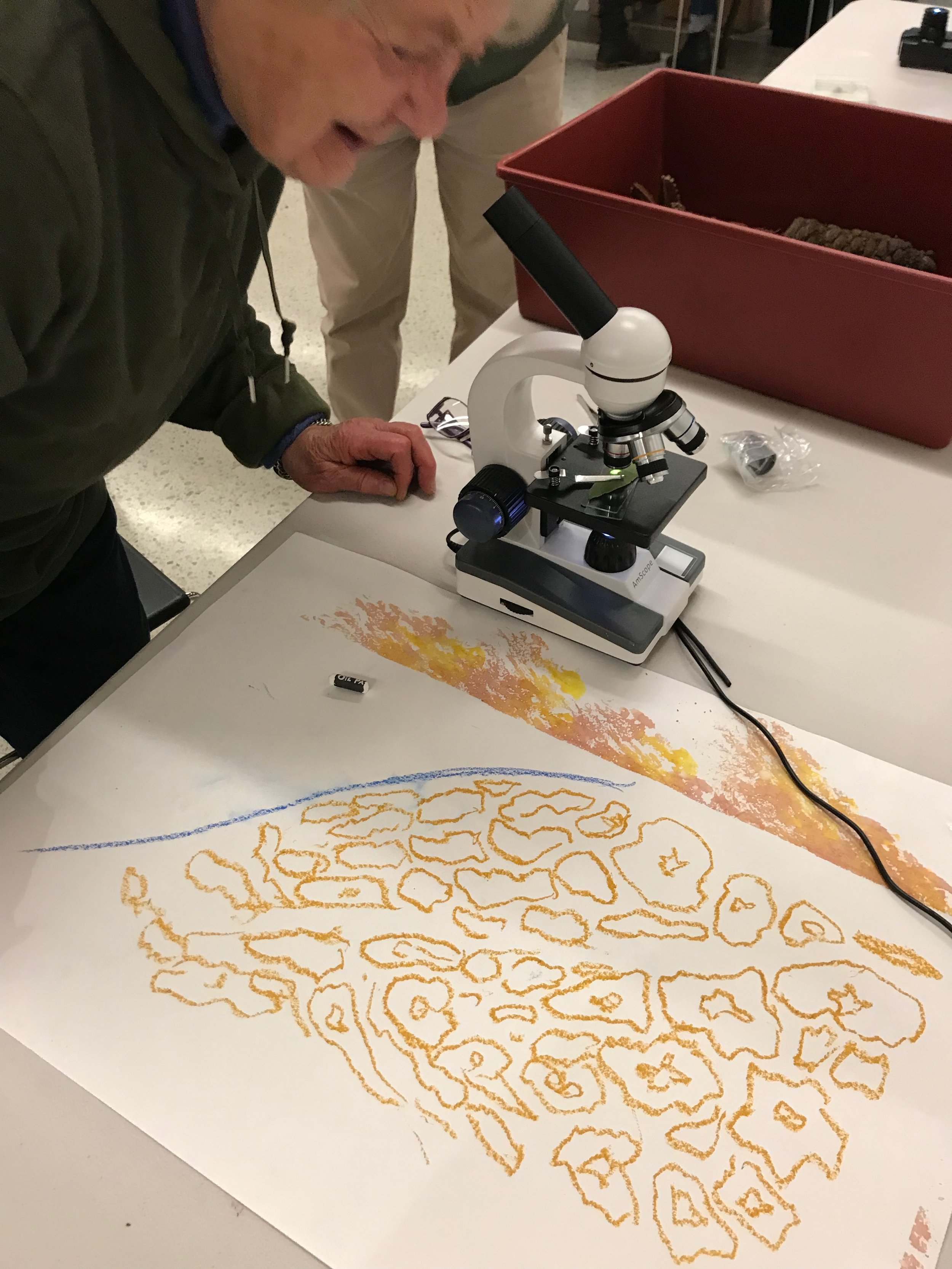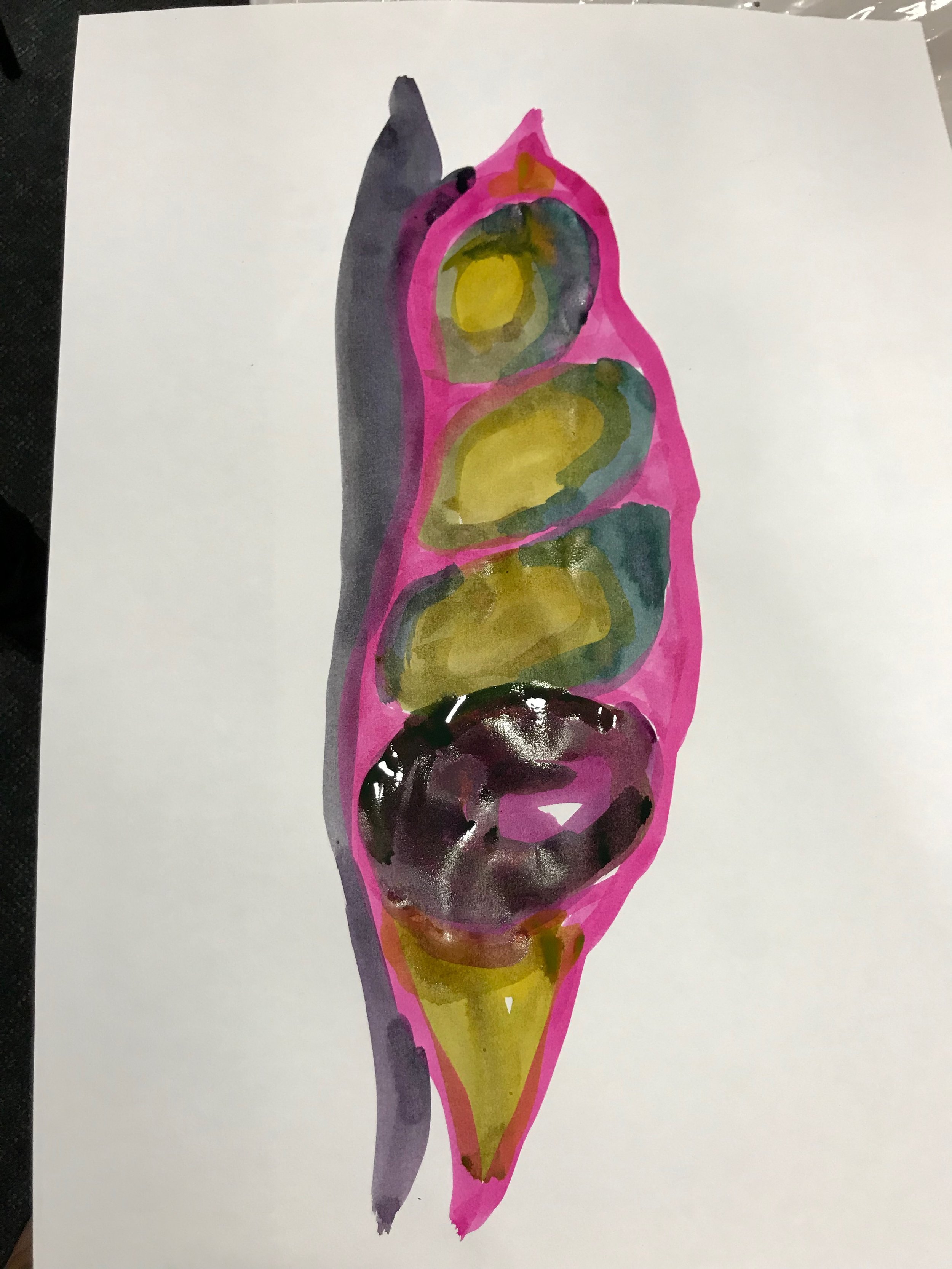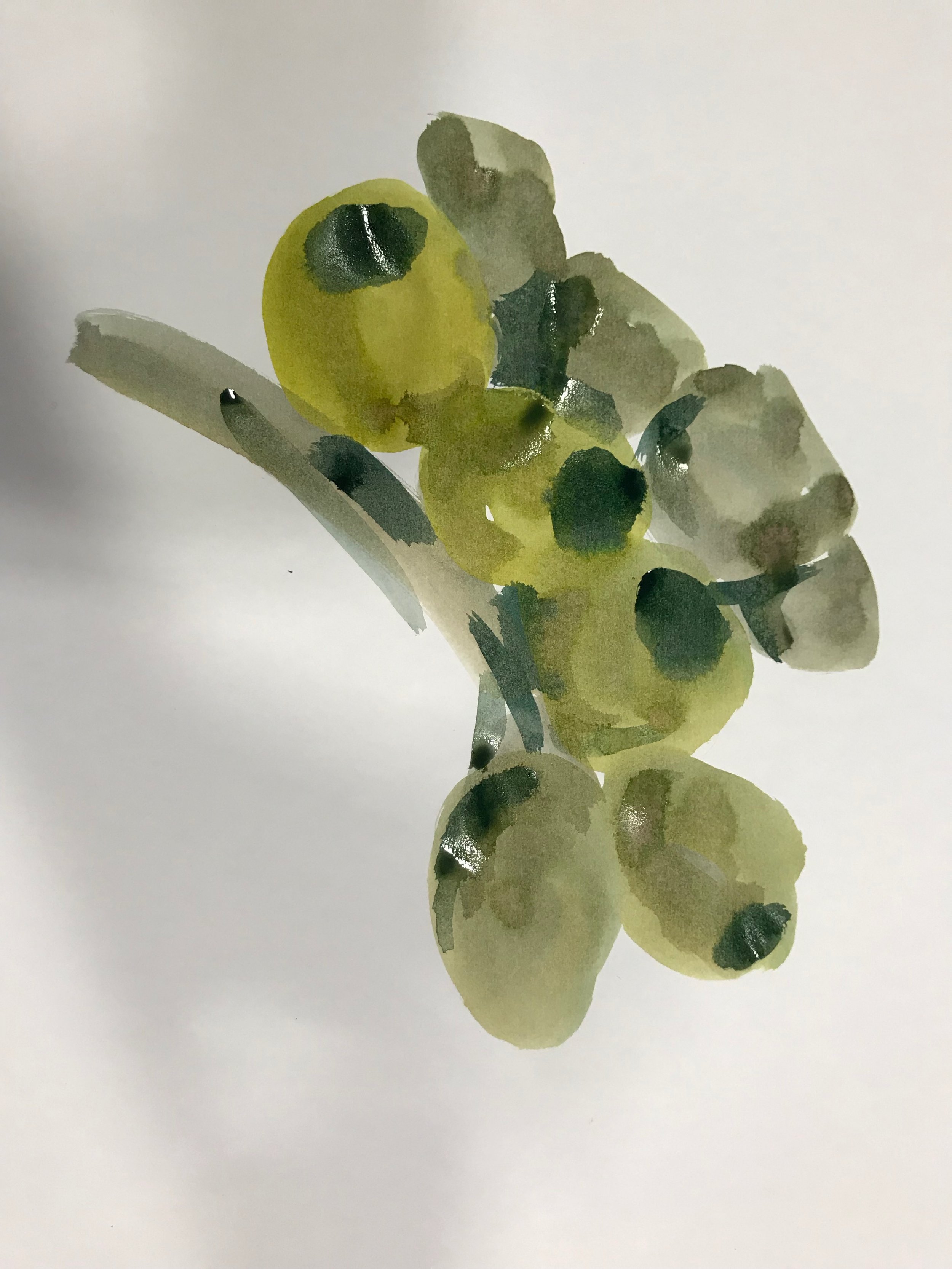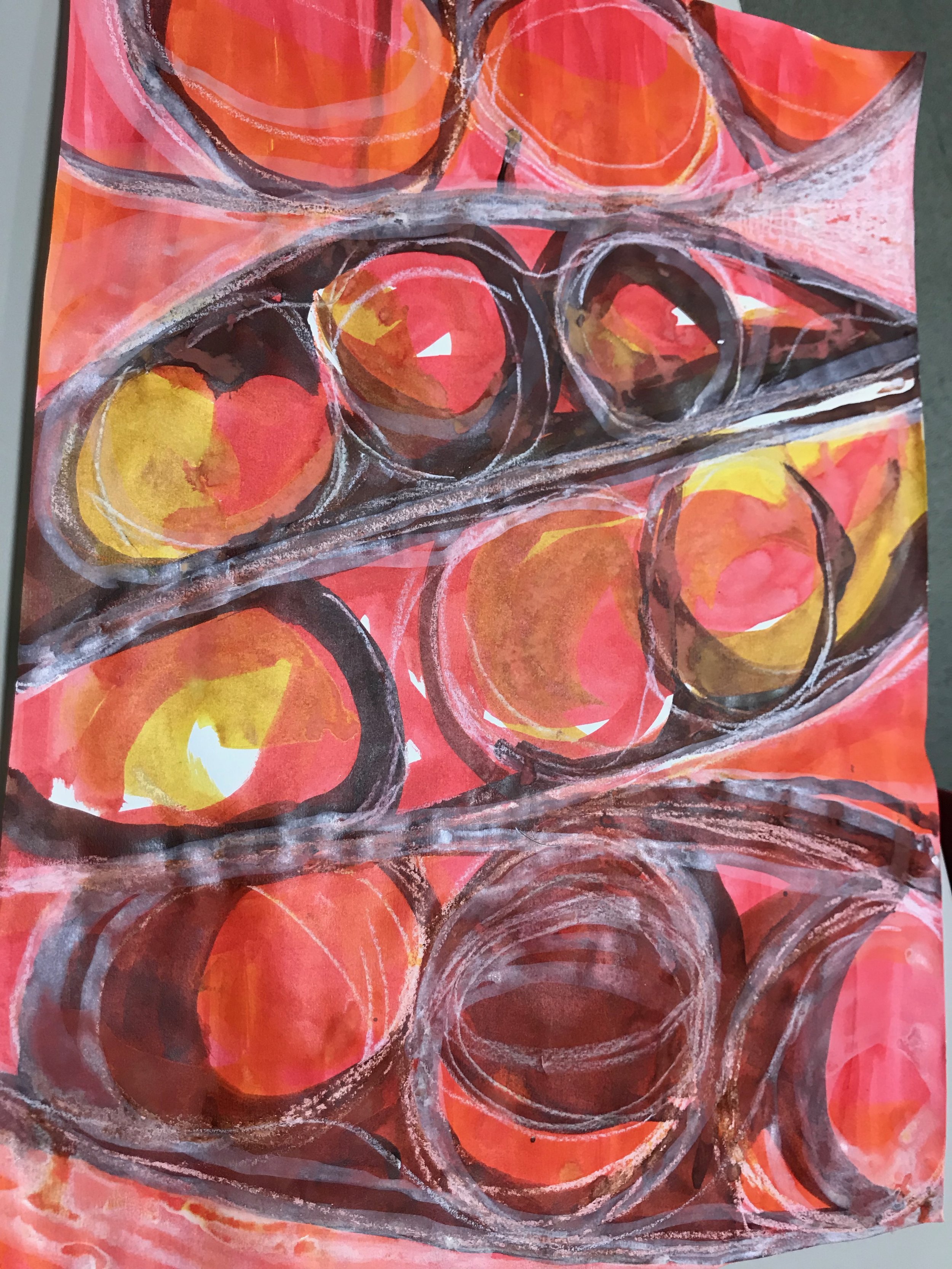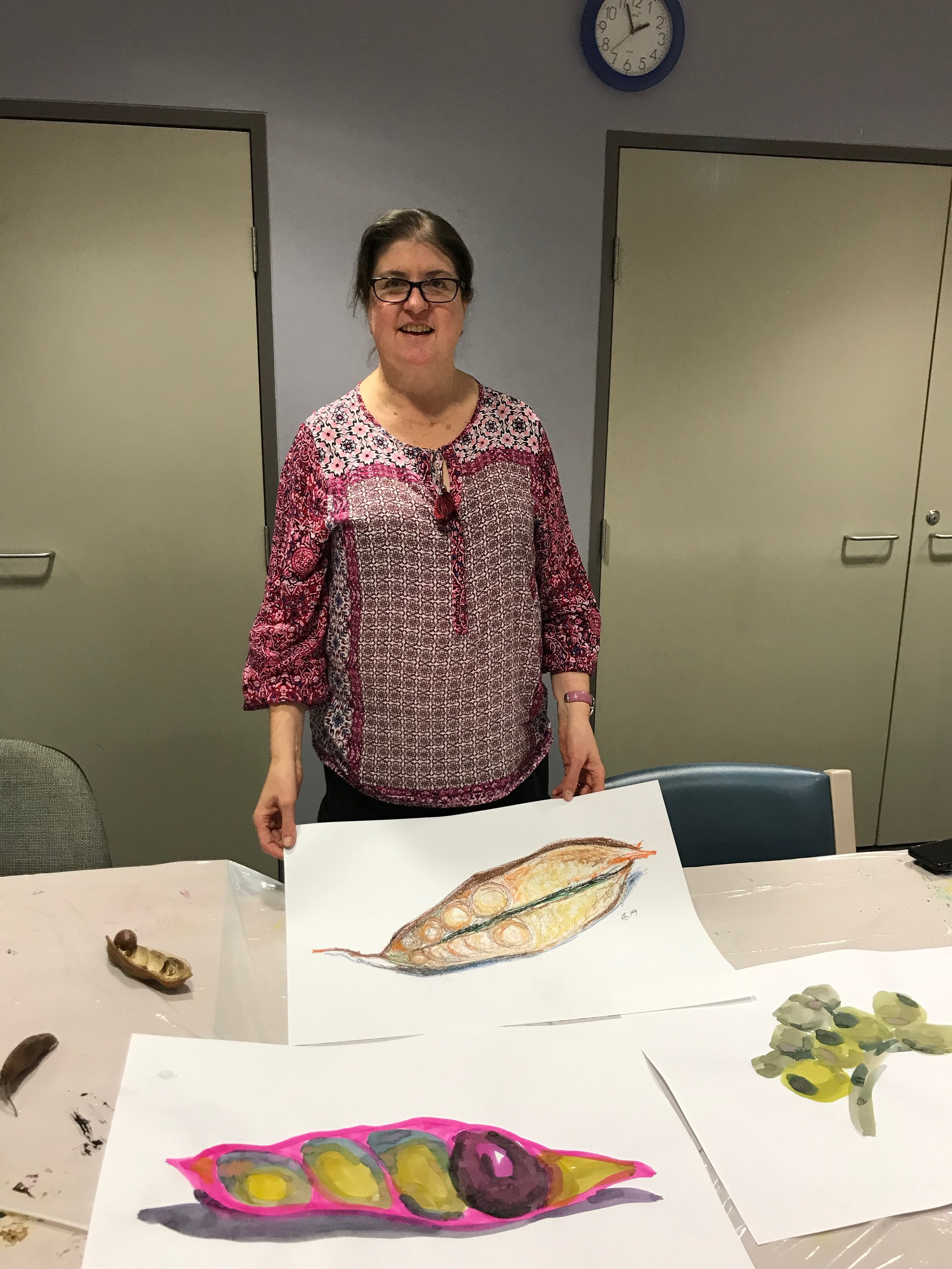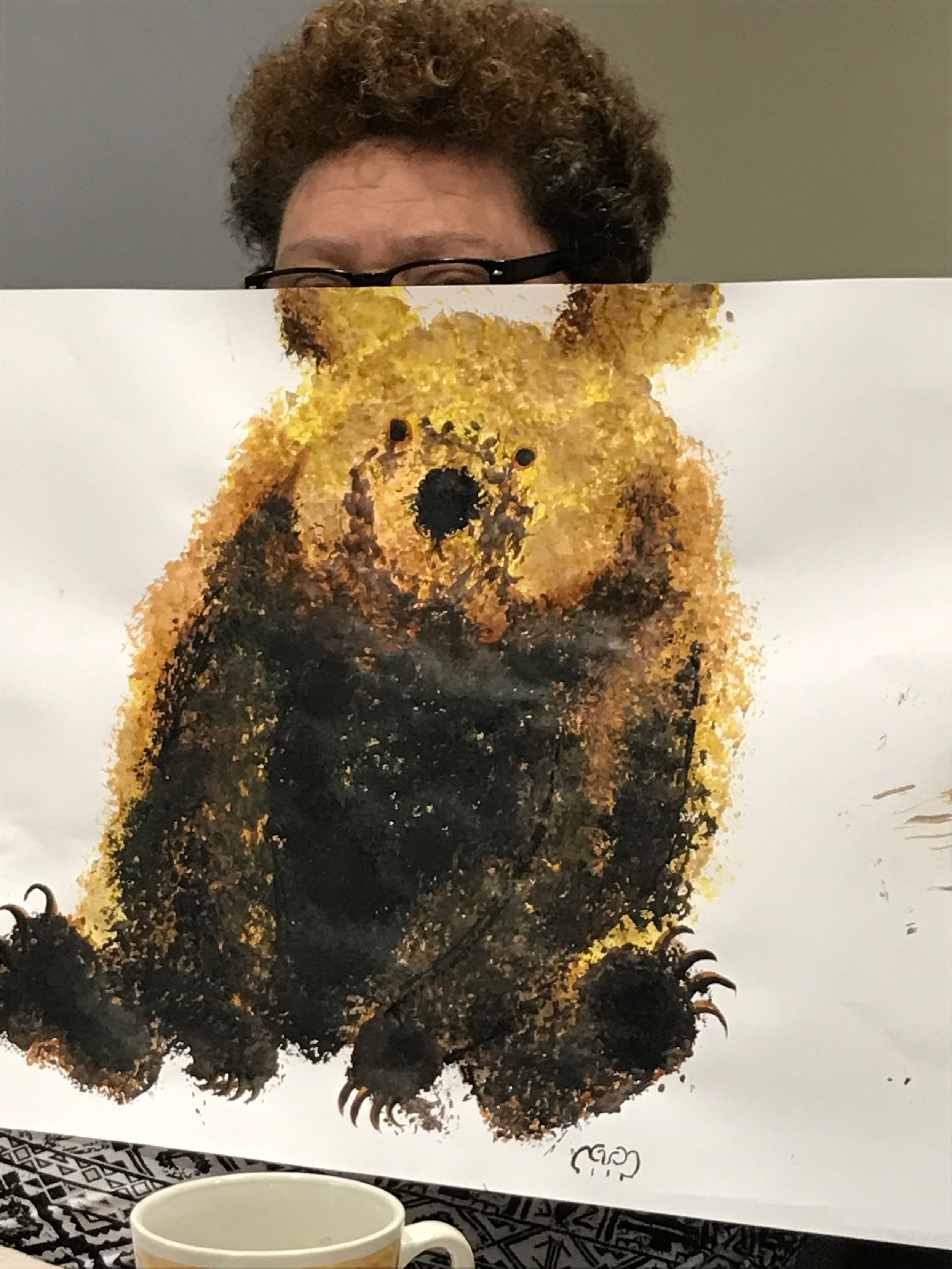Art for better health.
“What does a hospital feel like?”
Commission: Campbelltown Hospital Rebuild 2018-2022
Above: Images taken on the finished interior of the Campbelltown Hospital on selected floors, Main foyer, maternity, pediatrics, mental health. Official images to come. 2022.
erica Seccombe: Artistic response
What does a hospital feel like?
What does a hospital feel like?
The leading question, ‘What does a hospital feel like?’ is the title of one of the projects that engaged with the diverse communities from the Macarthur Region in NSW to develop an art strategy for the Campbelltown Hospital Rebuild. Initiated by NSW Health and the Campbelltown Arts Centre, it places community, culture and creativity at the heart of the Stage Two redevelopment of the Campbelltown Hospital. Facilitating this project as the principal artist, I was commissioned to provide creative solutions that involved the community in the redevelopment in active, creative and meaningful ways. It is informed by the South Western Sydney Health and Arts Strategic Plan, 2018-23, with the “belief that arts and creativity move minds, bodies and spirits towards sustaining healthy lives.”
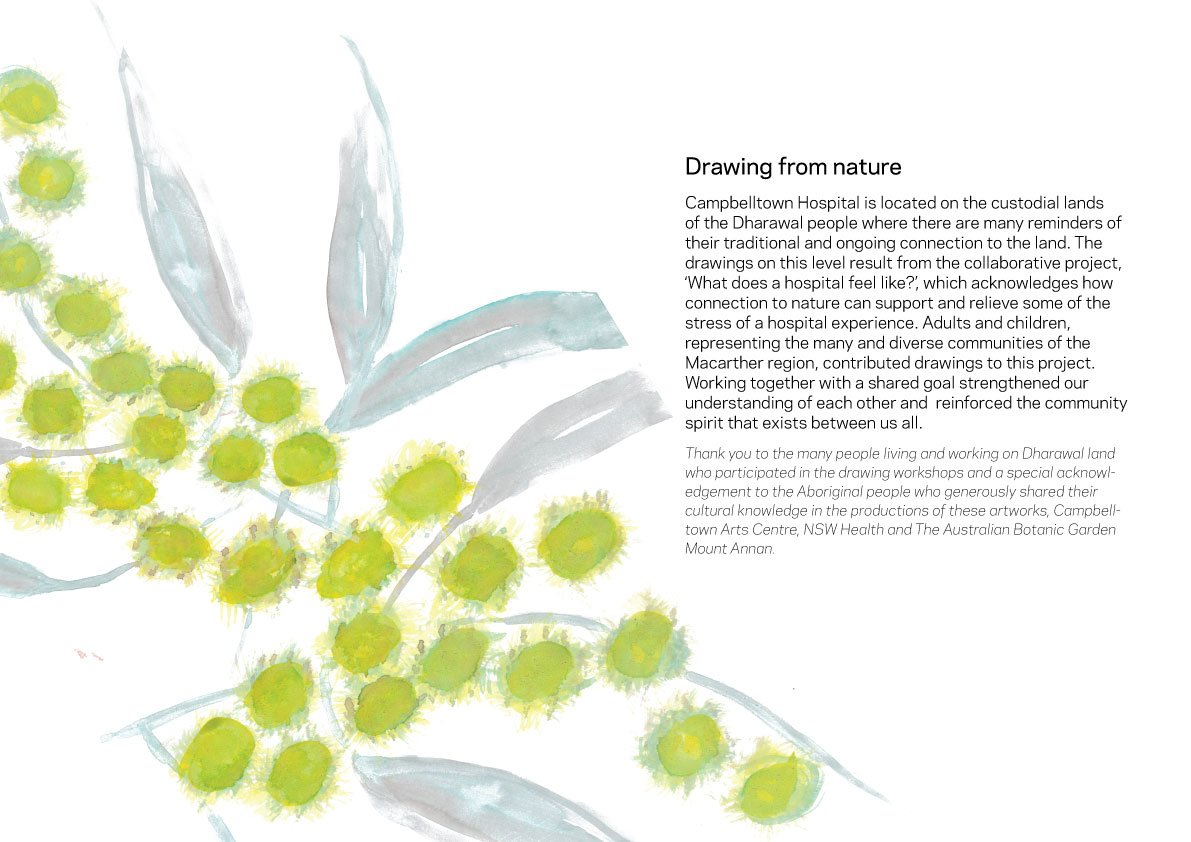
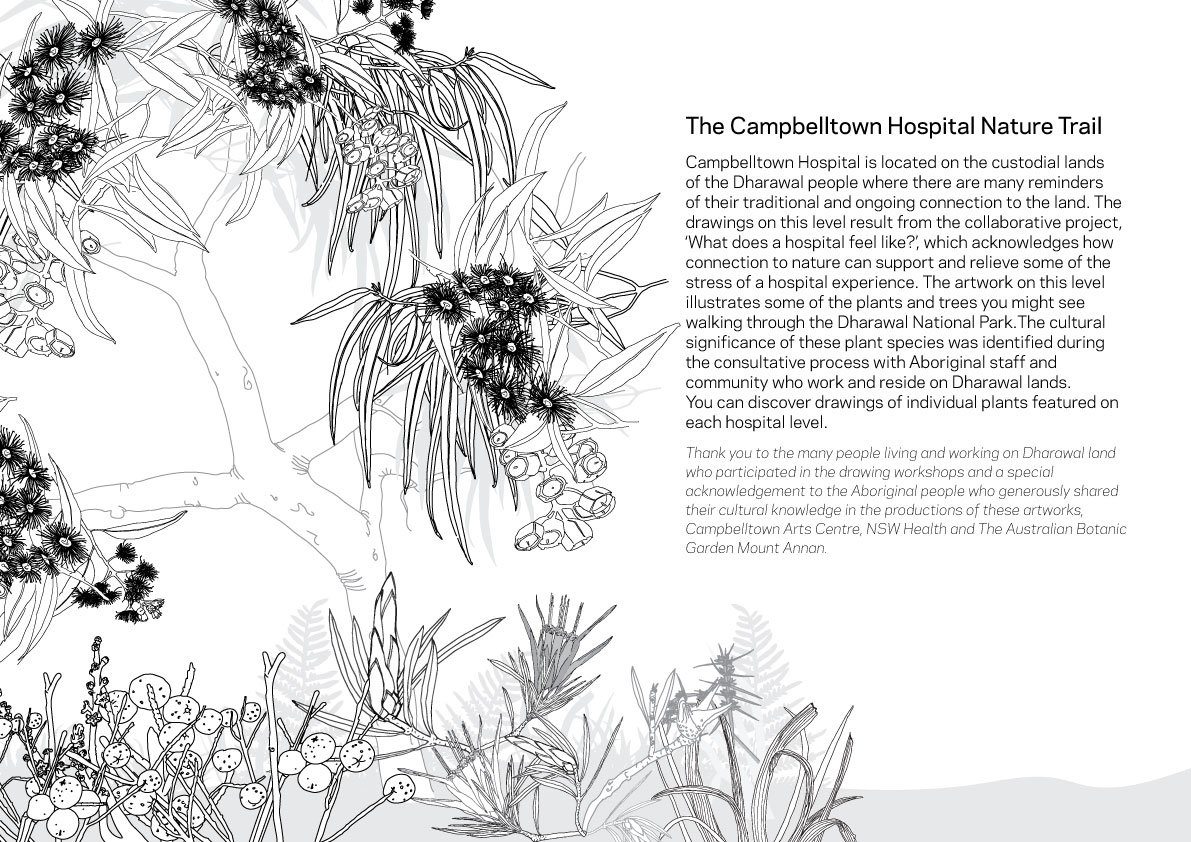
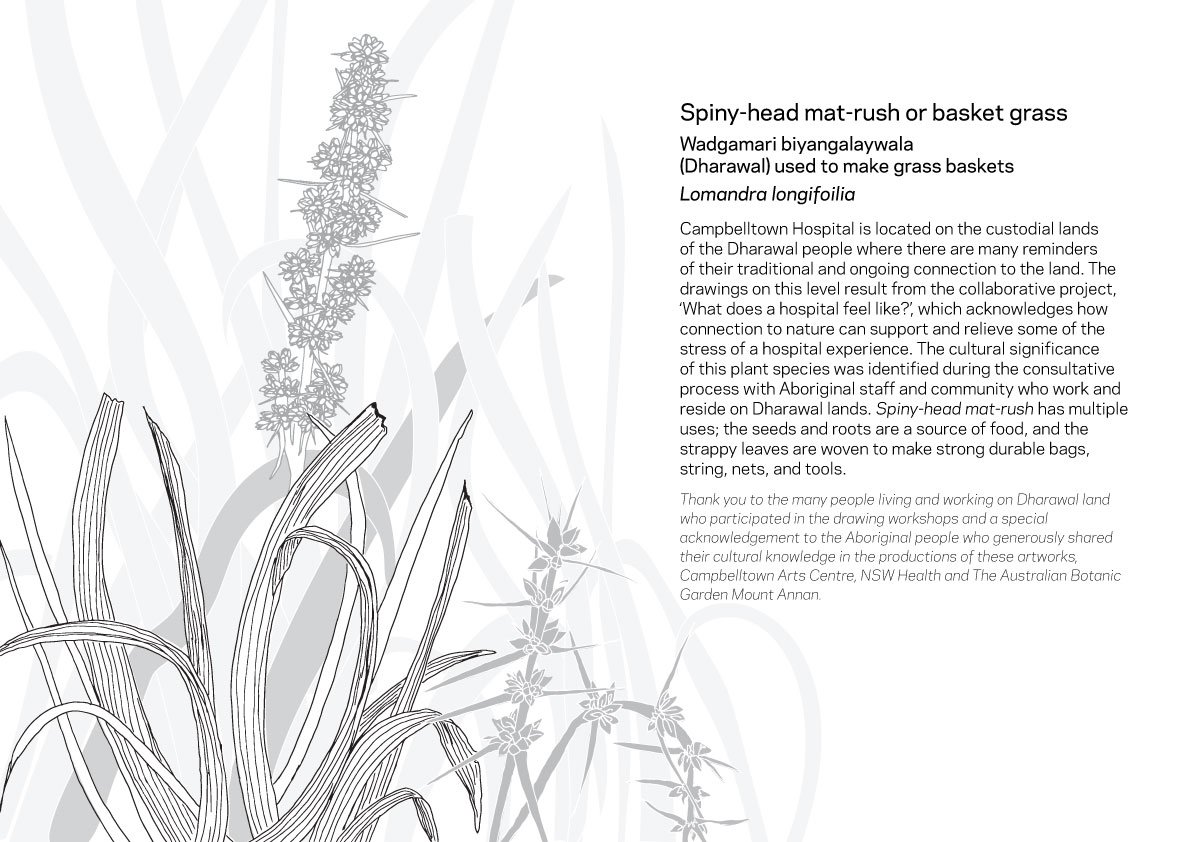
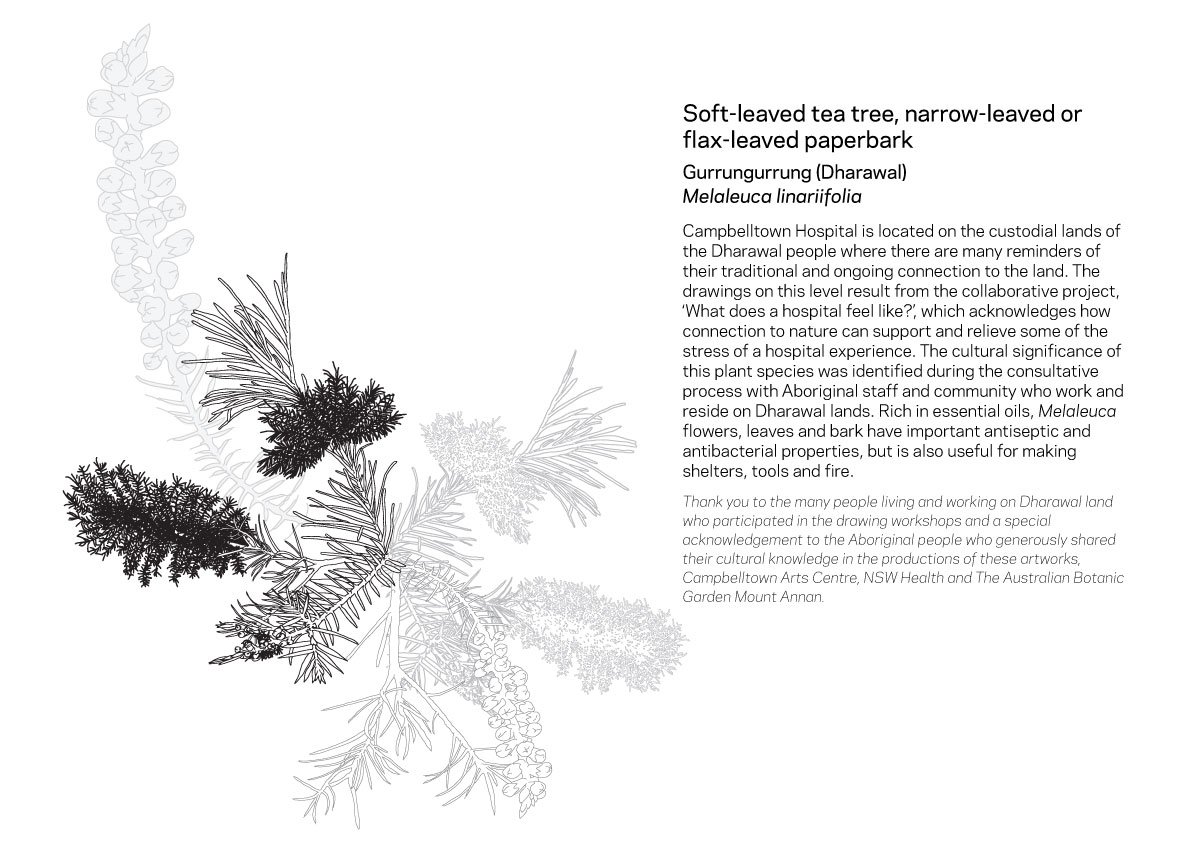
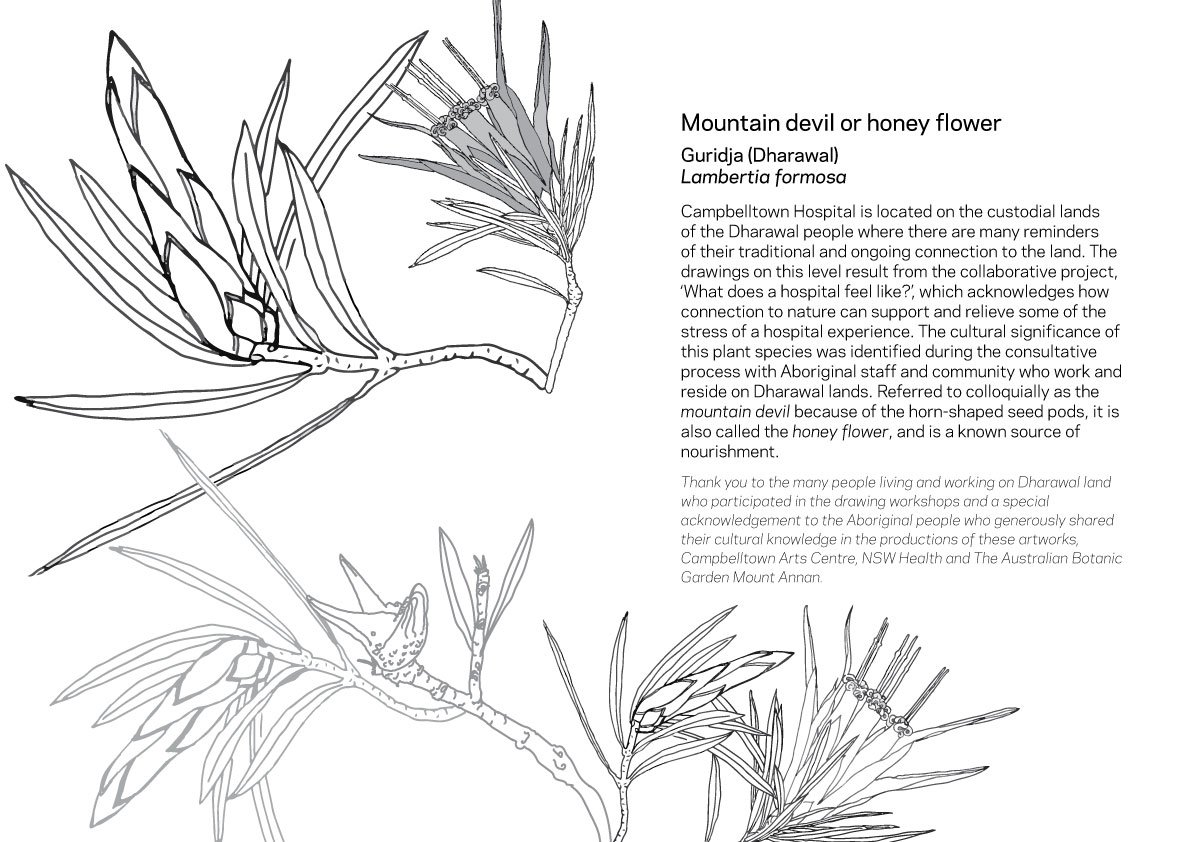
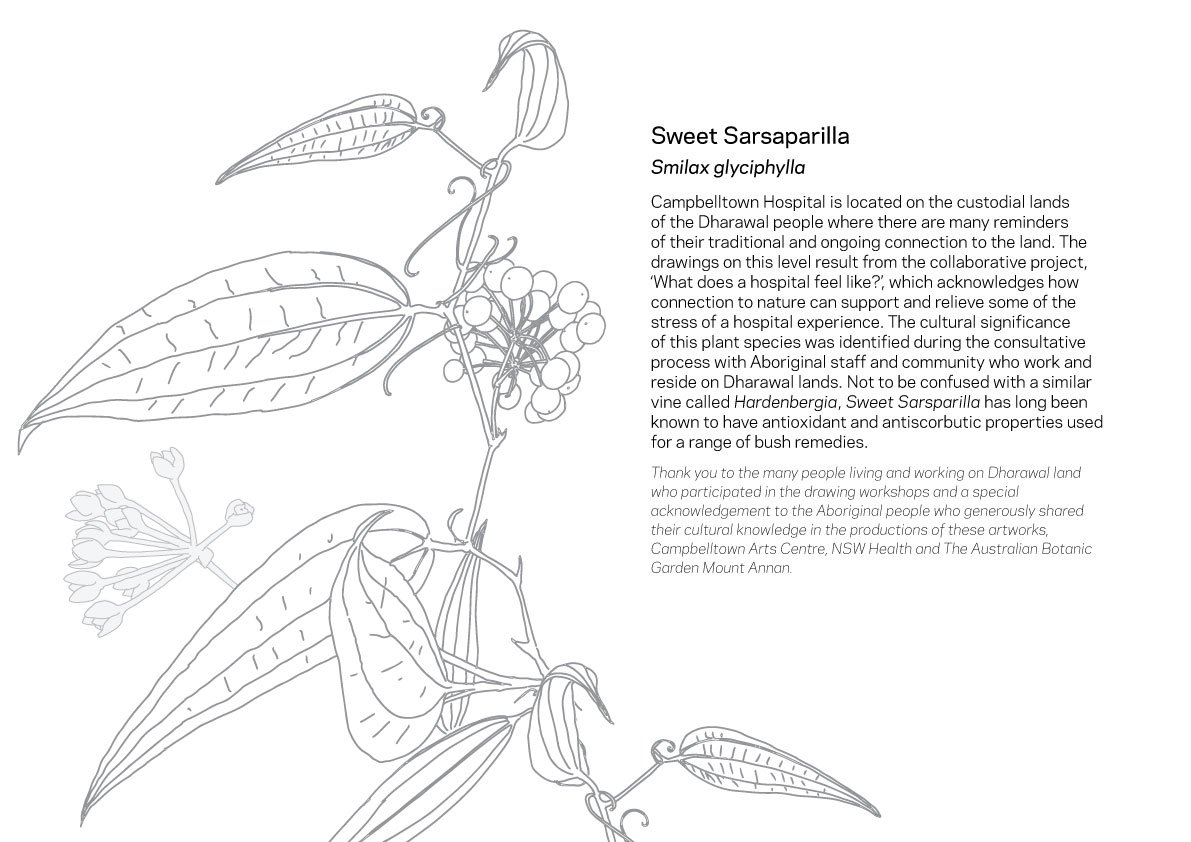
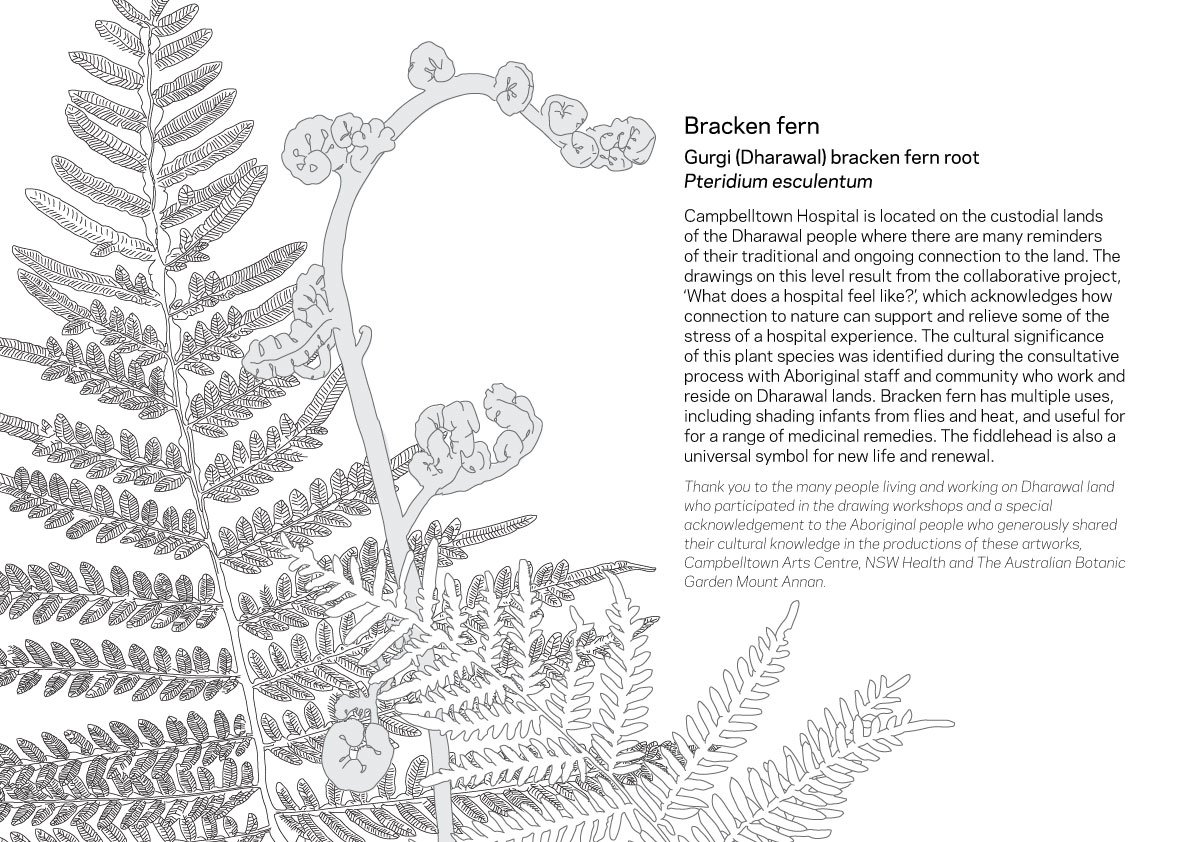
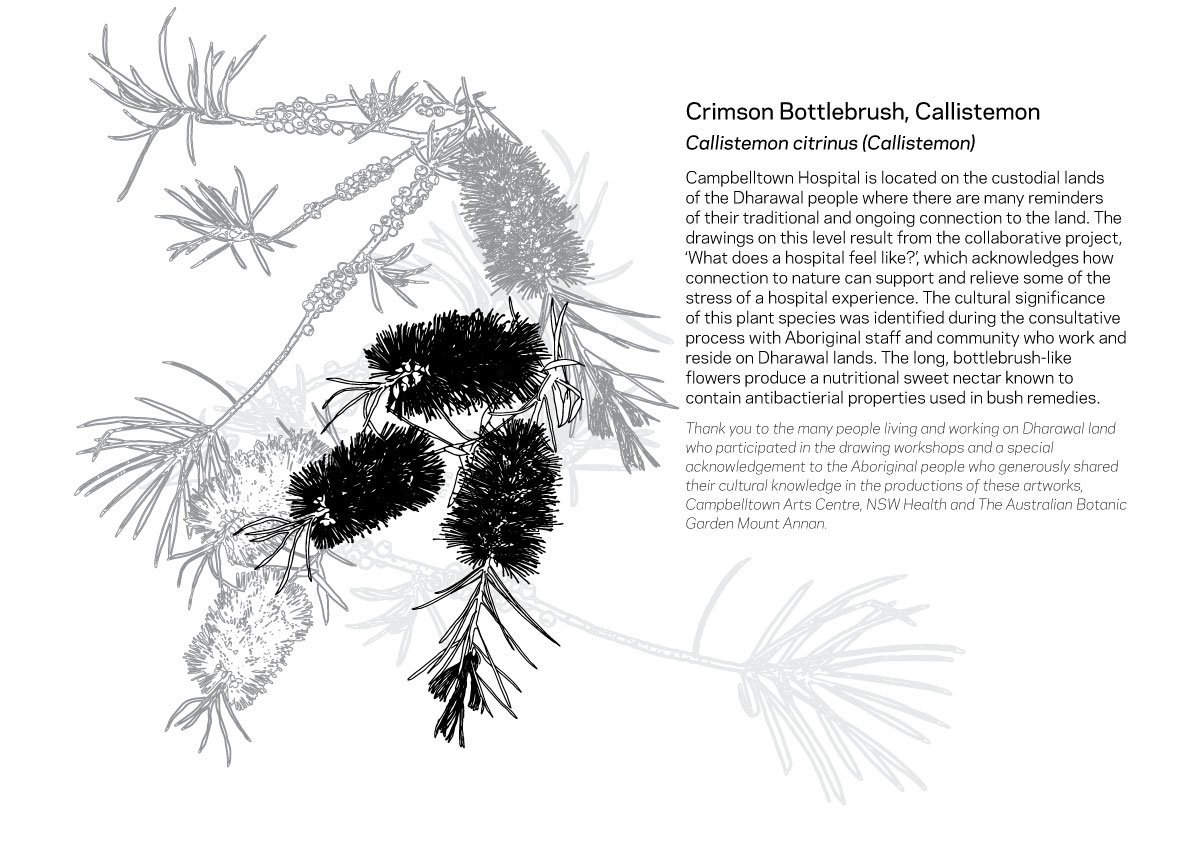
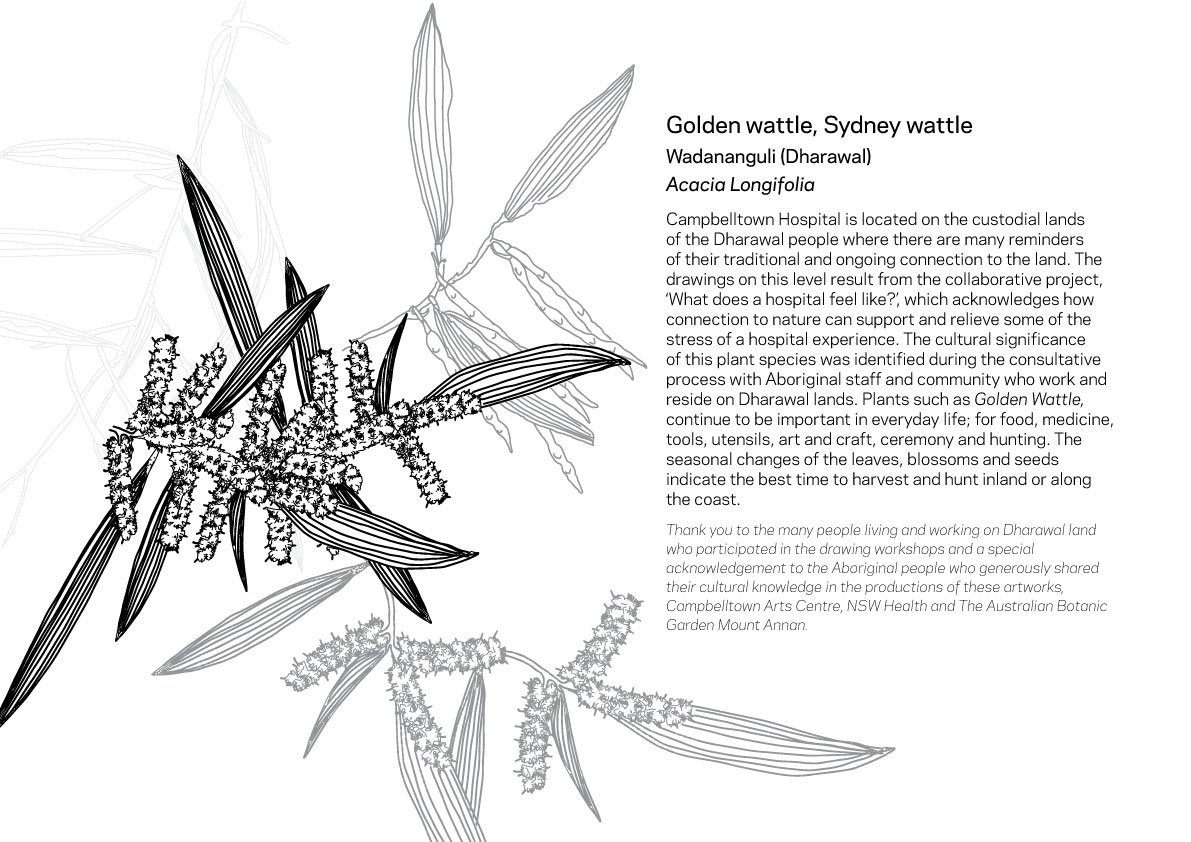
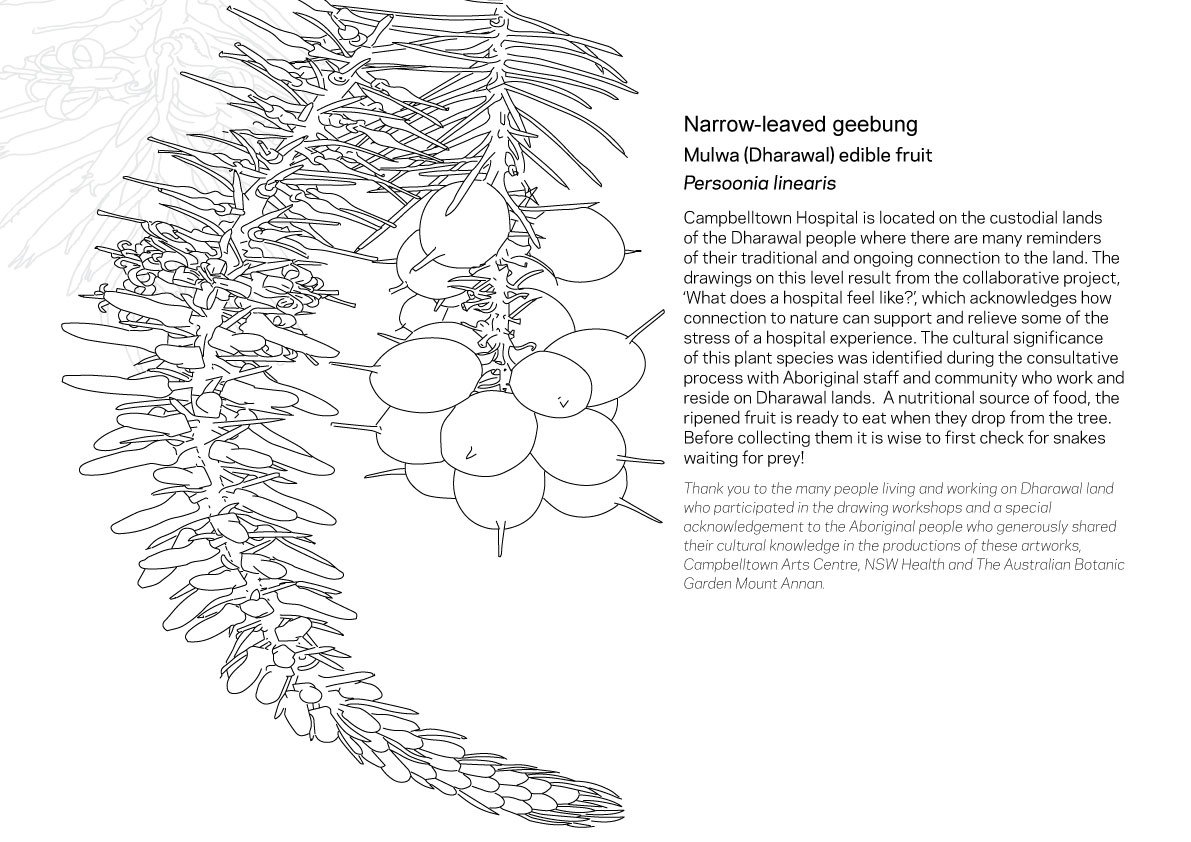
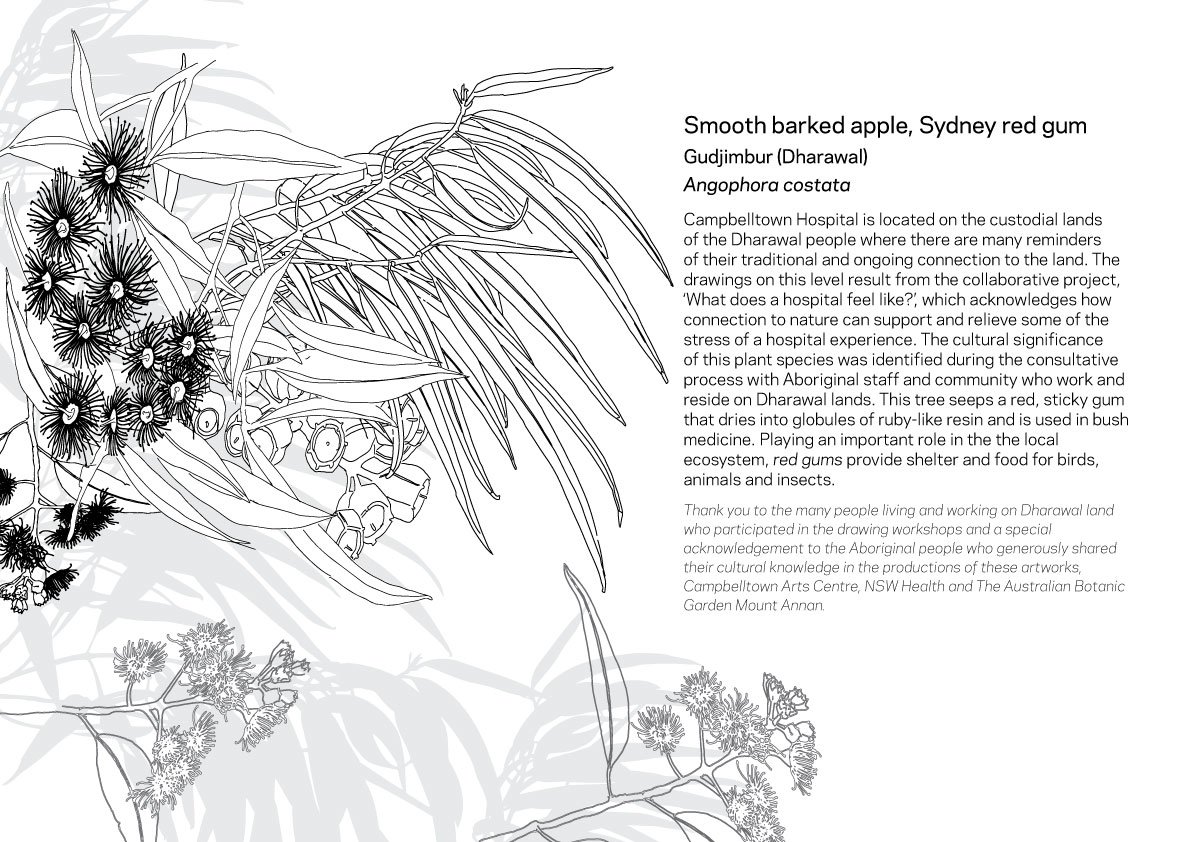
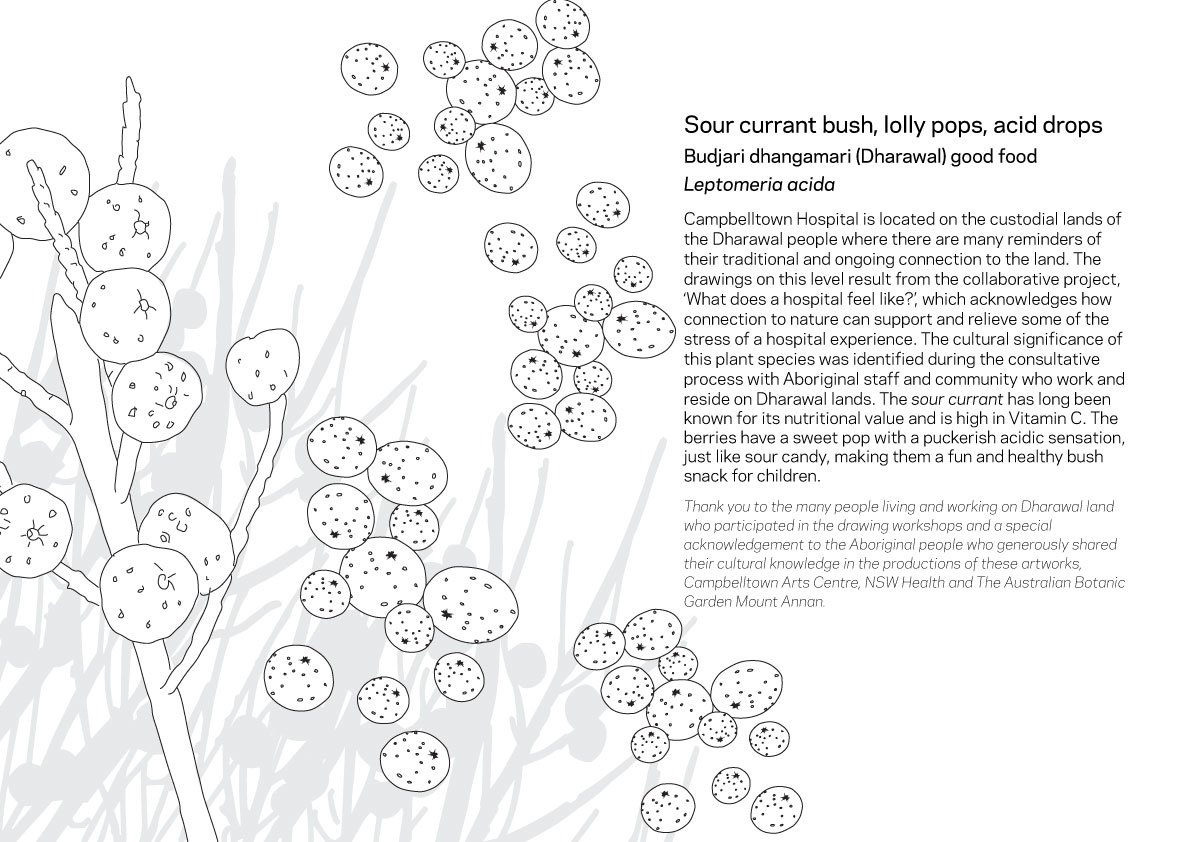
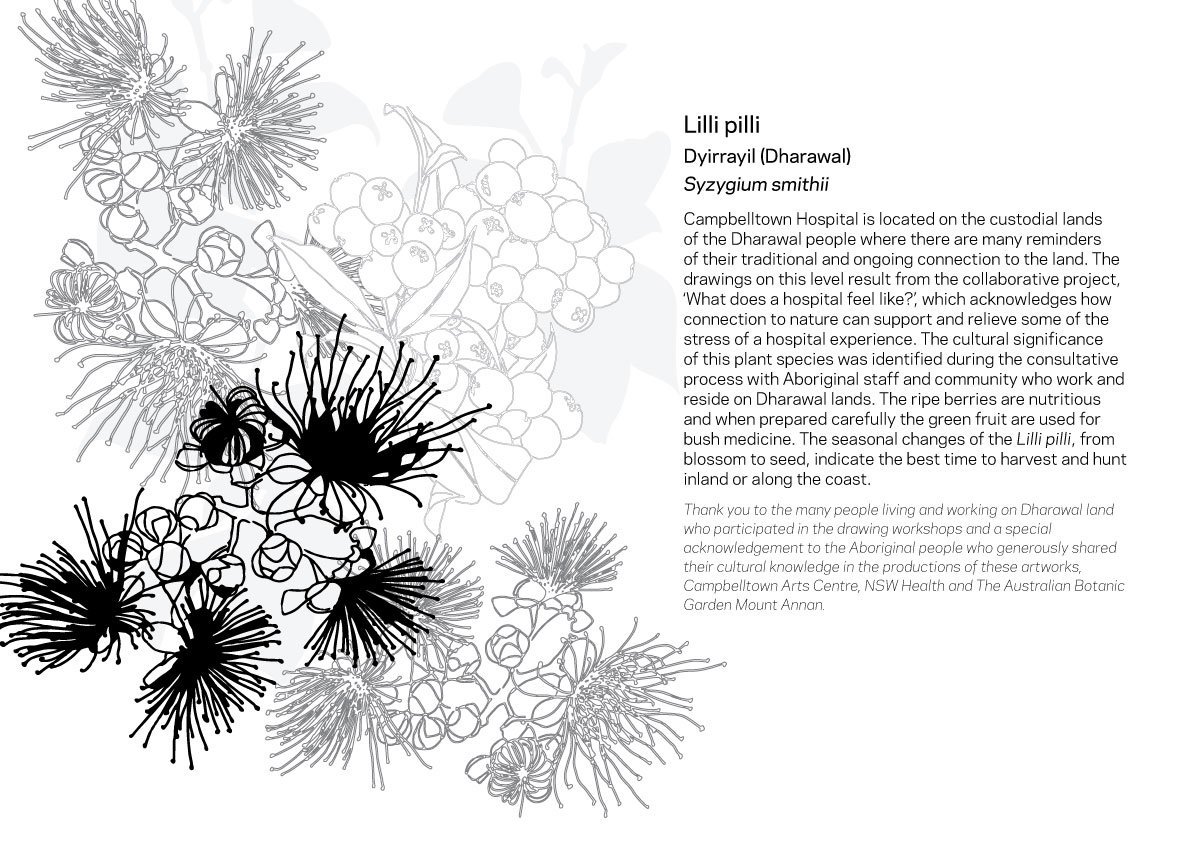
Above: hospital wall text for each floor and plants. Thank you to the many people living and working on Dharawal land who participated in the drawing workshops and a special acknowledgement to the Aboriginal people who generously shared their cultural knowledge in the productions of these artworks, Campbelltown Arts Centre, NSW Health and The Australian Botanic Garden Mount Annan.
Beginning with the premise that being in contact with nature may relieve some of the stress of a hospital experience, this selection of plants endemic to the region has cultural significance to First Nations people. The Campbelltown Hospital is situated on the custodial lands of the Dharawal where there are many reminders of their traditional and ongoing connection to the land. This project has been conducted through a consultation process, where I have worked closely with the art strategy steering committee that includes representatives from Campbelltown community groups, Dharawal Elder Aunty Glenda Chalker and Yuin Elder Aunty Deidre Martin, Campbelltown Arts Centre, Arts & Cultural Liaison Officer, Health Infrastructure, construction managers and the architects Billard Leece Partnership. There are many important outcomes of the overall art strategy consultation, but one main element that I describe here has resulted in a suite of original illustrations depicting a selection of native plants that will now feature as a continuous story throughout the brand new hospital building.
Guiding principles
Create a sense of confidence, trust & empowerment for patients, carers, community and staff
Be patient focused providing collaboration & choice in care decisions
Provide safe, integrated and accessible care options
Be responsive to changes in technology
Support transition across service specialities
Be grounded in research , teaching and education that enables practice translation
Respect, acknowledge and be responsive to cultural protocols and practices
To meet the demands of high regional growth, the $632 million Stage Two of the Campbelltown Hospital Redevelopment includes a multi-storey acute service building with new inpatient wards, ambulatory, outpatient, allied health services, pathology and clinical information. The project, ‘What does a hospital feel like?’, considers that while much research has been undertaken in the design of hospitals, there is still a need to understand the concept of ‘feelings’ when patient and staff use the service. A large amount of effort is focused on the practical design of the main clinical functions of the hospital, yet a significant physical imprint of the hospital ‘non-spaces’ such as corridors, retail and entrances can also form a critical part of creating a sense of place and local identity. This project has been a rare opportunity to start the community consultation at the very beginning, and in doing so it has reached its goal to provide opportunities for extraordinary, memorable positive encounters for patients, carers, community and staff, regardless of age, cultural identity, gender or ability.
Published outcomes:
Dedicated websites
Documentation
Published articles
Seccombe, E., ‘“What does a hospital feel like?”: art, health, nature community and culture at the new Campbelltown Hospital.’ Arts Health Network ART/NSW October 2021.
BACKGROUND
The New South Wales Arts and Health Framework has been developed to strengthen the role of local health services and arts agencies to better identify and develop projects to improve health outcomes. Following on from this, South Western Sydney Local Health District has developed a Health and Arts Strategic Plan
It is our belief that arts and creativity move minds, bodies and spirits towards sustaining healthy lives. It is our determination that the use of the arts in health environments in south western Sydney becomes a robust and accessible element of healing programs; for people living with illness and disability and for the communities and individuals that care for them. (Health and Arts Strategic Plan)
The use of arts in health has a number of positive effects including reductions in medication dependence, patient tolerance of symptoms and treatment, hospital length of stay and treatment stress.
The use of art also fosters social inclusion, community participation, and intergenerational and cultural exchange, with important outcomes for Aboriginal people, culturally and linguistically diverse communities, young people, older people and people with disability.
Art also has positive effects for staff, with improvements in health professionals’ communication skills, reductions in work-related stress, and greater efficiency and workforce retention.
Partnerships between health services and arts organisations and artists also delivers better outcomes for patients, carers, staff and health services, and strengthens relationships with the broader community.
What we are doing
Art is an important component of the Campbelltown Hospital redevelopment as it will inform the overall look and feel of the building while providing new opportunities for therapeutic programmes for the Macarthur community.
The Campbelltown Hospital Redevelopment team has formed a strategic partnership with the Campbelltown Arts Centre to develop arts programs and strategies for the new build and beyond. A working group has been established to create new ideas for integration of arts in health, with representation from across the hospital and the community.
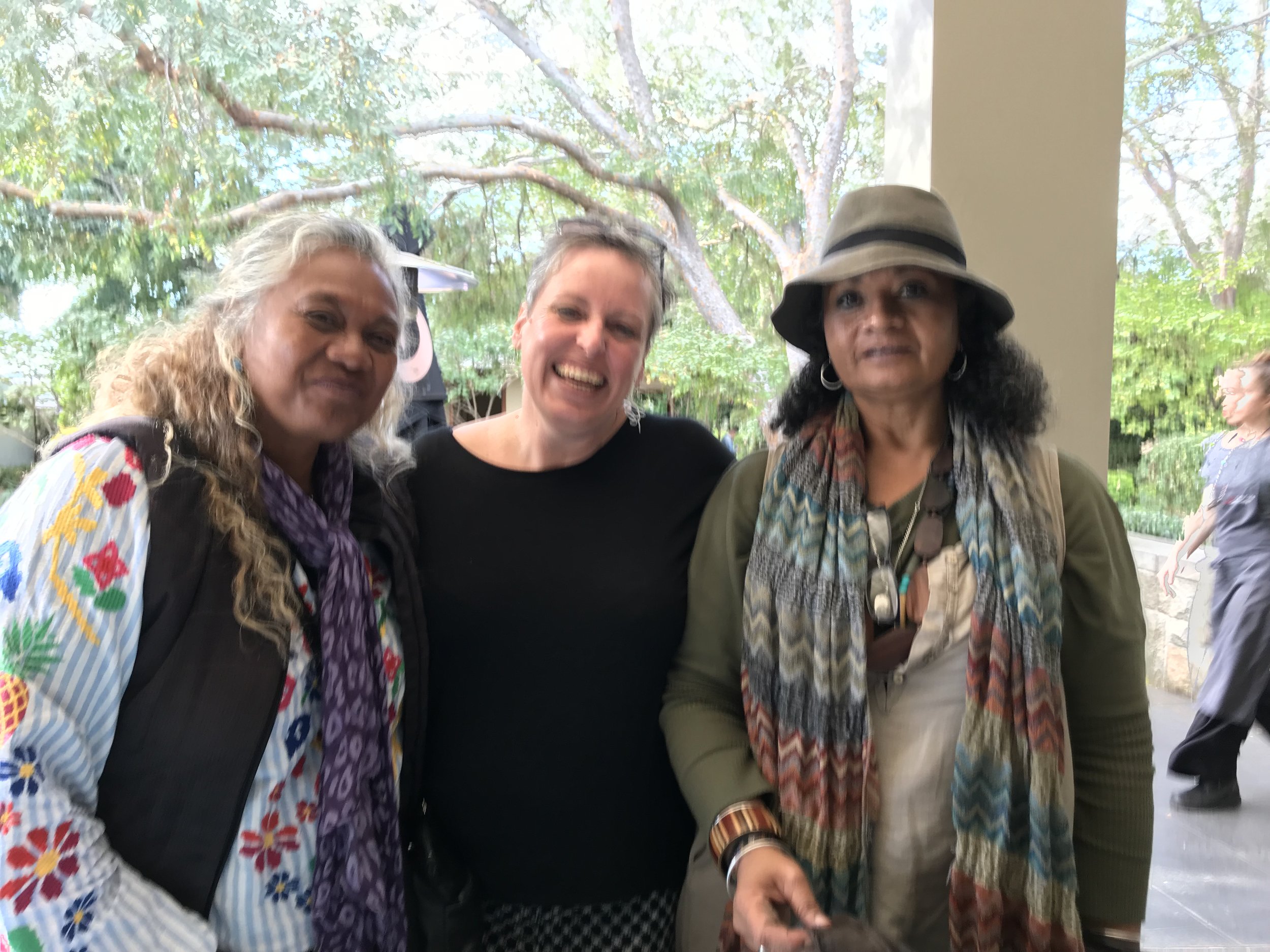

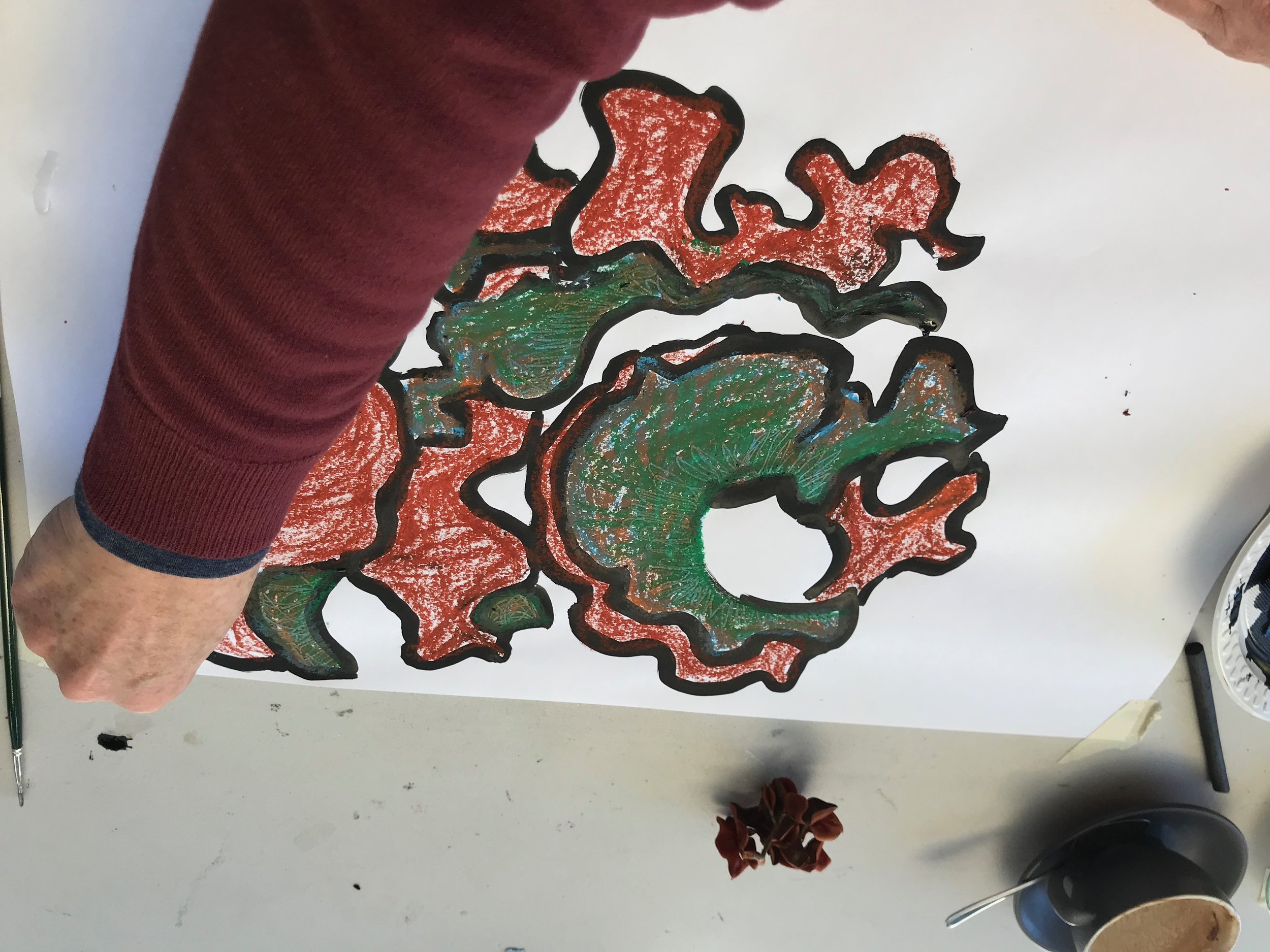
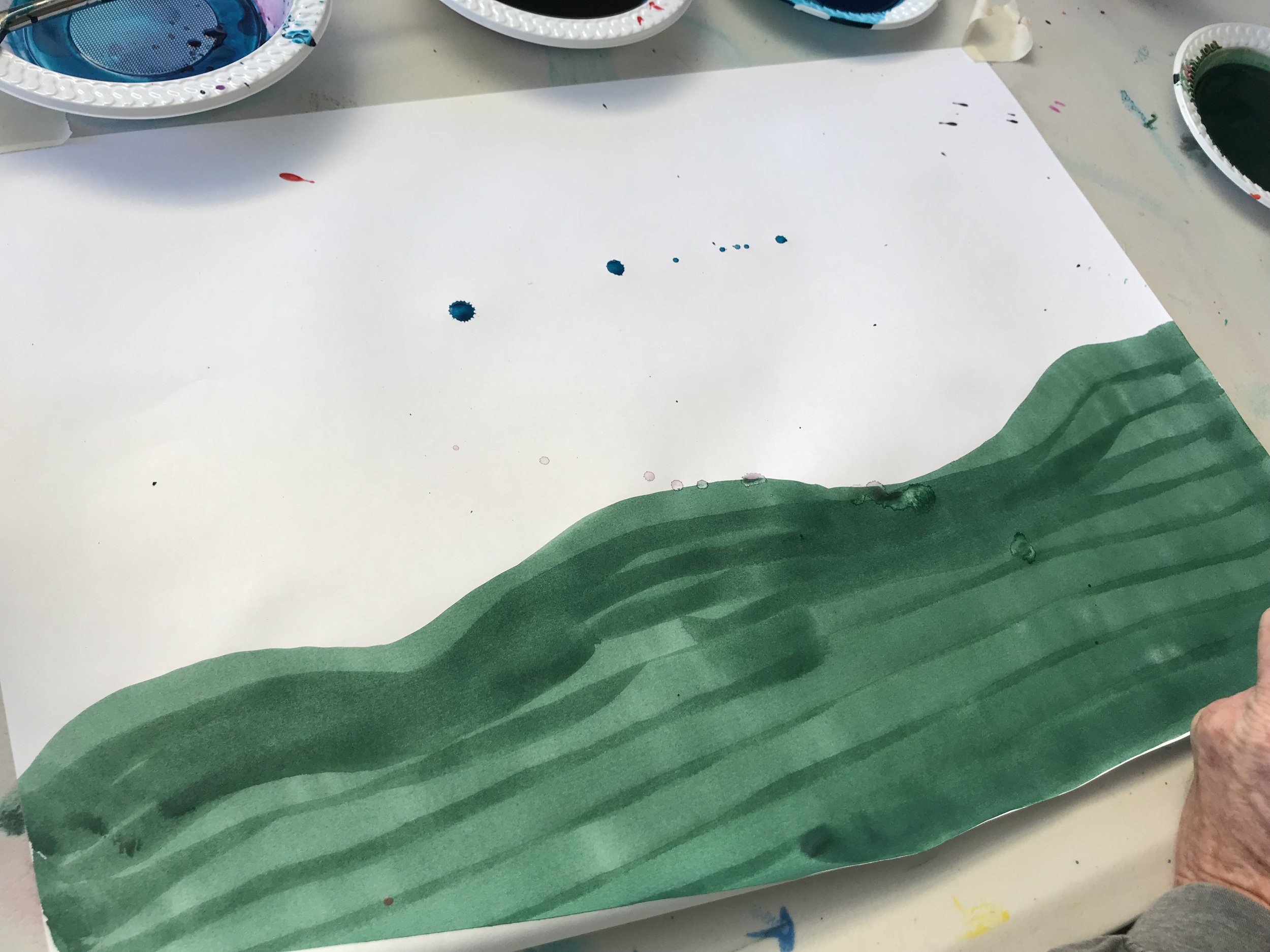
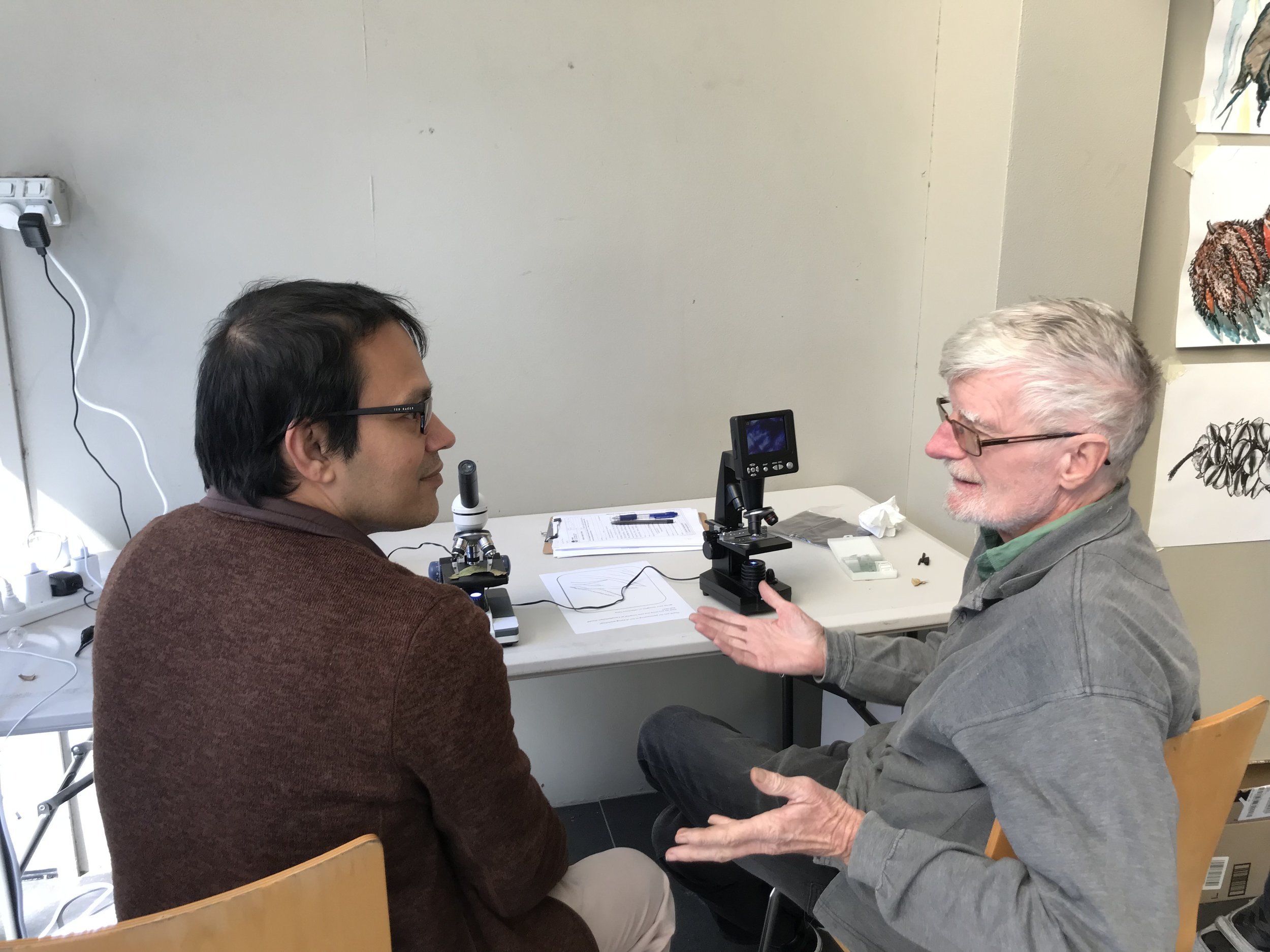
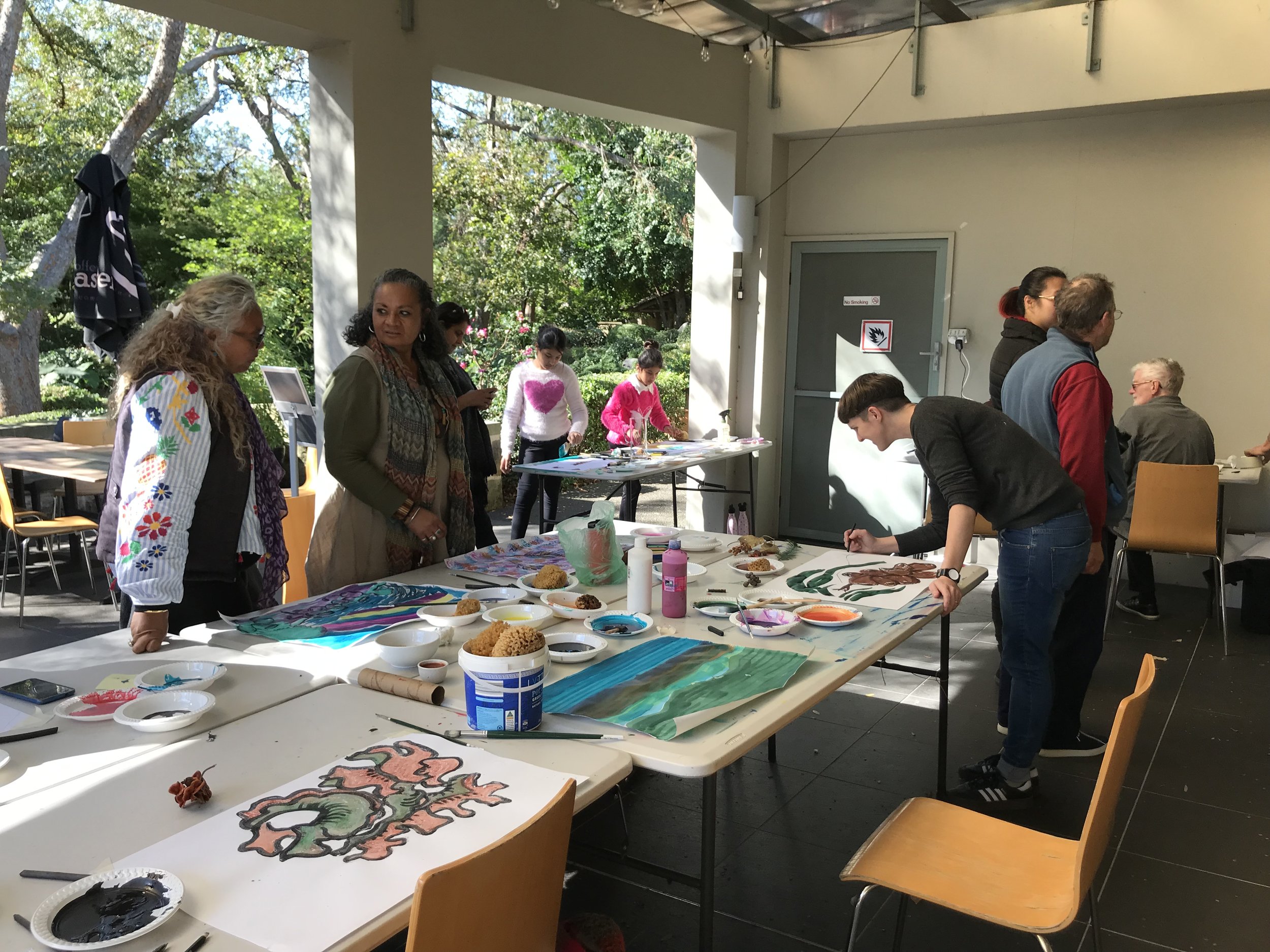

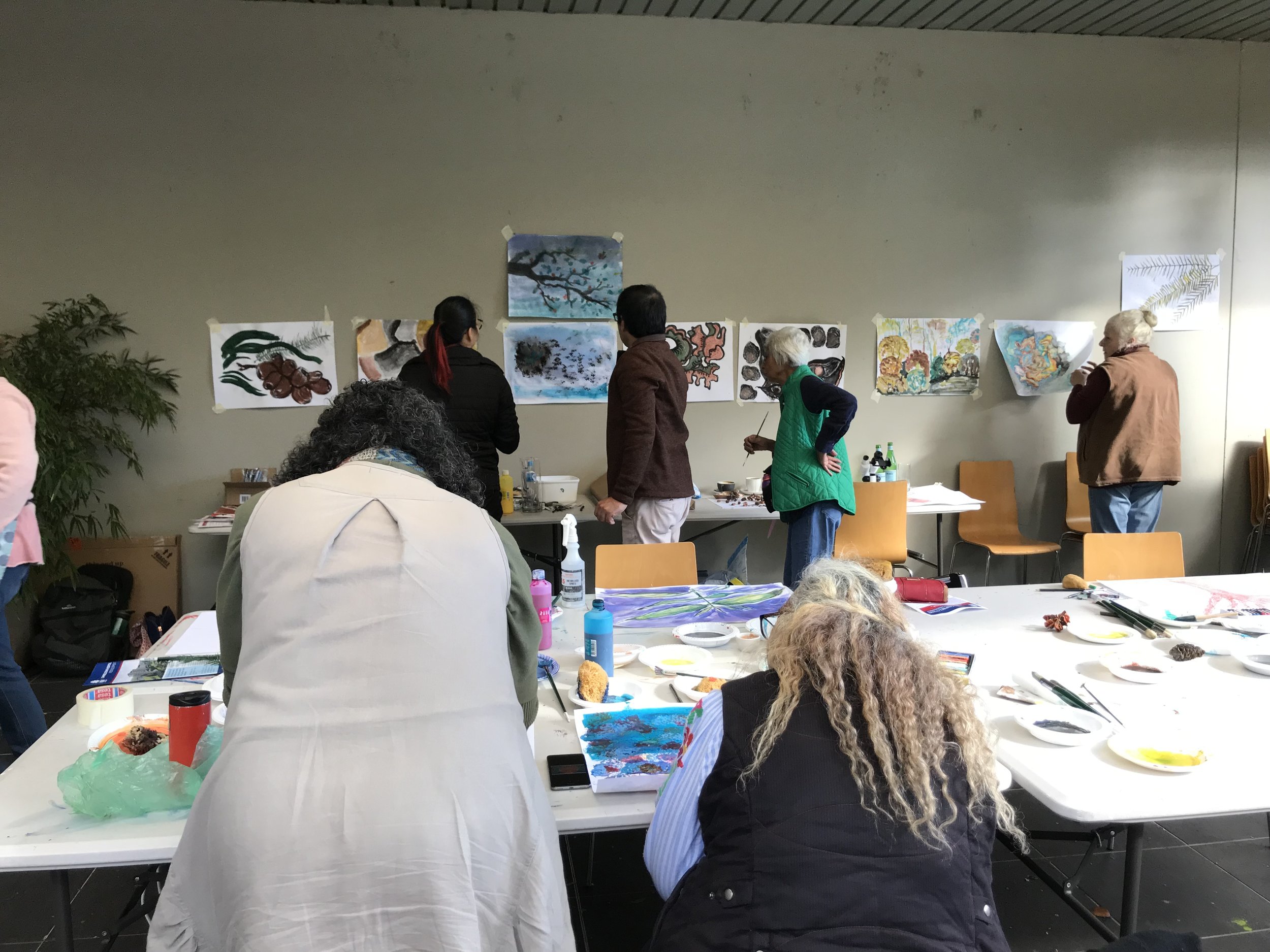

Slides show 2: Drawing from Nature Workshop 11 May, Campbelltown Art Centre
The Project
The aim of the collaboration between Campbelltown Hospital and Campbelltown Arts Centre is to place community, culture and creativity at the heart of the stage two redevelopment of Campbelltown Hospital. Artists have been invited into this capital program to bring new ideas that will inform the design of the new hospital. Two artists have been commissioned to date on the project: Dr Erica Seccombe and Nicole Monks, an artist of Yamaji Wajarri, Dutch and English heritage, are working independently on separate projects in the community. https://c-a-c.com.au/arts-and-health-project/
Erica Seccombe, is an artist who has found growing evidence through academic empirical studies that by incorporating nature into a hospital environment, these places of reflection or interaction, can enhance the healing process. Nature, or the sense of being in contact with nature, can relieve some of the stress and unease that comes with a hospital experience. Working collaboratively with a range of community and health interest groups and stakeholders Erica will develop a series of responses which consider ideas of intervention and create experiences of nature to support a feeling of well-being throughout the hospital.
Erica Seccombe is collaborating with local community to bring nature into the hospital with a series of ‘Drawing from Nature’ workshops. To create new ideas the community could own, Erica invited attendees to the workshops to explore the relationship between the cultural and environmental landscapes of Campbelltown.
“I wanted to bring plants and nature into the project because I think it’s one of those threads that connects everyone to each other no matter what community they come from,” Erica says.
“We’ve brought people together to create works inspired by nature, to consider how we might transpose drawings of nature into the hospital infrastructure, like the walls, so it becomes a decorative element of the hospital, but is very much part of the community as well.”
The community-created art of the workshops proved there is a strong connecting passion and concern for the local natural environment. Inspired by this outcome, Erica further consulted with Aunty Deirdre Martin and Aunty Glenda Chalker to better understand the plant species of the region. Under their guidance Erica developed a selection of line art drawings of medicinal and culturally significant plants, with a view that each plant will a create meaningful associations with each ward within the hospital.
Erica says the success of the drawing workshops shows that locals really want to be part of collaborative projects.
'The drawing workshops I held at Campbelltown Hospital demonstrate an urgent need for a range of different experiences that promote well-being in a medical environment. I am really hoping that one of the key things I can achieve in my role for this project is to encourage NSW health to incorporate purpose-built community workshop space in the new hospital building. This outcome would be an ultimate achievement and would ensure community engagement and inclusivity to continue into the future.'
The first stone was turned in April, beginning the exciting stages of excavation in the Campbelltown Hospital Rebuild 2019.
In the early stages of this project Erica has responded in the following ways.
There is growing evidence through academic empirical studies that by incorporating nature into a hospital environment, as places of reflection or interaction, can enhance the healing process.
Nature, or the sense of being in contact nature, can relieve of some of the stress and unease that comes with a hospital experience.
Historically gardens have always been considered a place of healing. The importance of access to the landscape appears to be as relevant as ever in the context of modern urban lifestyles but the need for better evidence and understanding remains.
Does nature have to be ‘real’ to benefit from it?
The experience of nature, through both real and artificial has a significant positive impact and restorative influence the human psyche and physical well being.
In Technobiophilia: nature and cyberspace, Sue Thomas discusses how encounters with ‘real’ nature have long been proven to be psychologically beneficial but how the experience of nature in a ‘virtual’ situation can be just as profound as the real thing.
This argument follows the idea that because an increasing number of people are now living in built environments and have less opportunity to interact with nature, experiences that evoke virtual contact with nature are equally affecting.
As Thomas writes, ‘there is increasing evidence that we respond very similarly to a ‘natural’ environment, whether it’s real or virtual.’

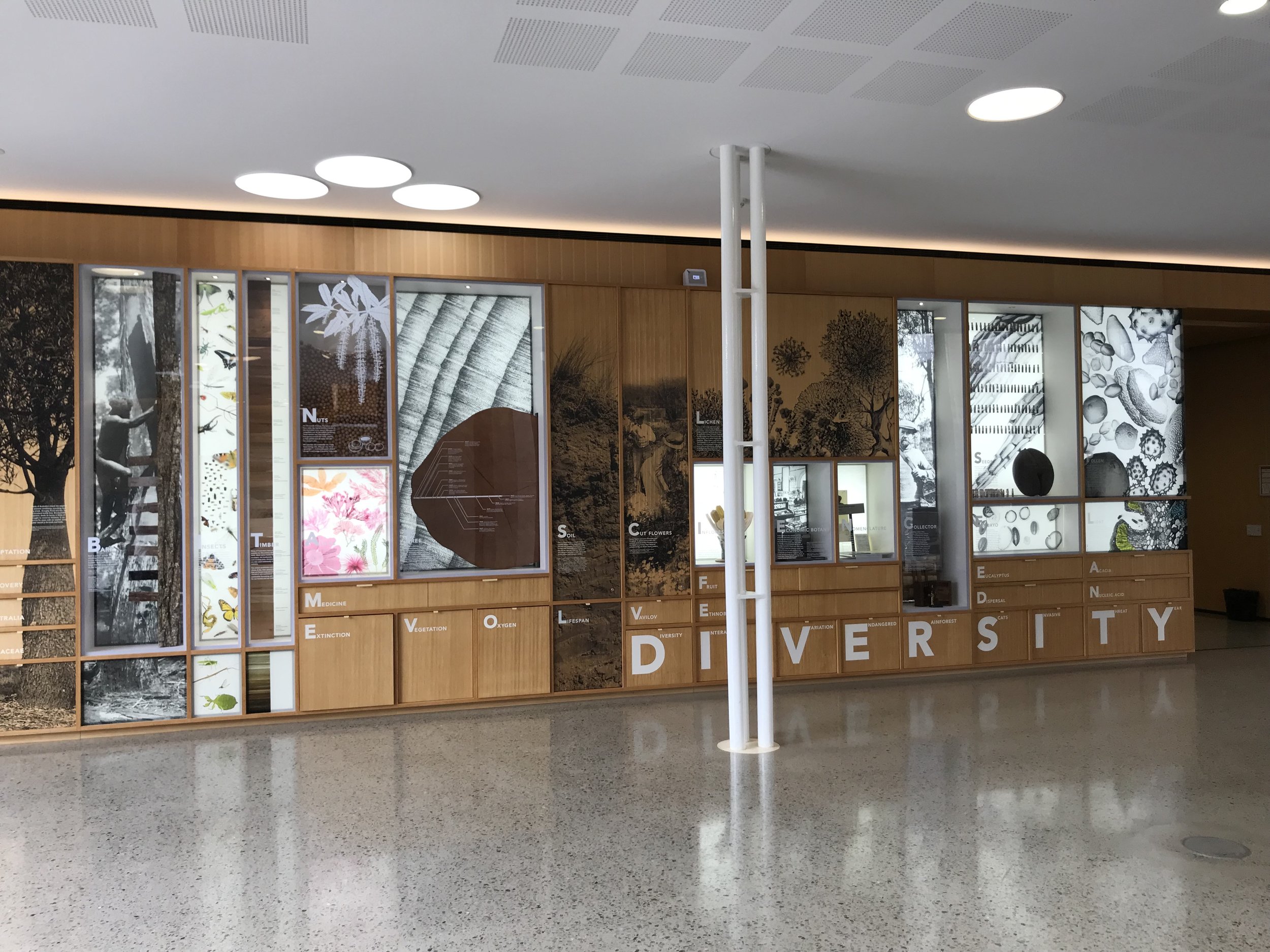
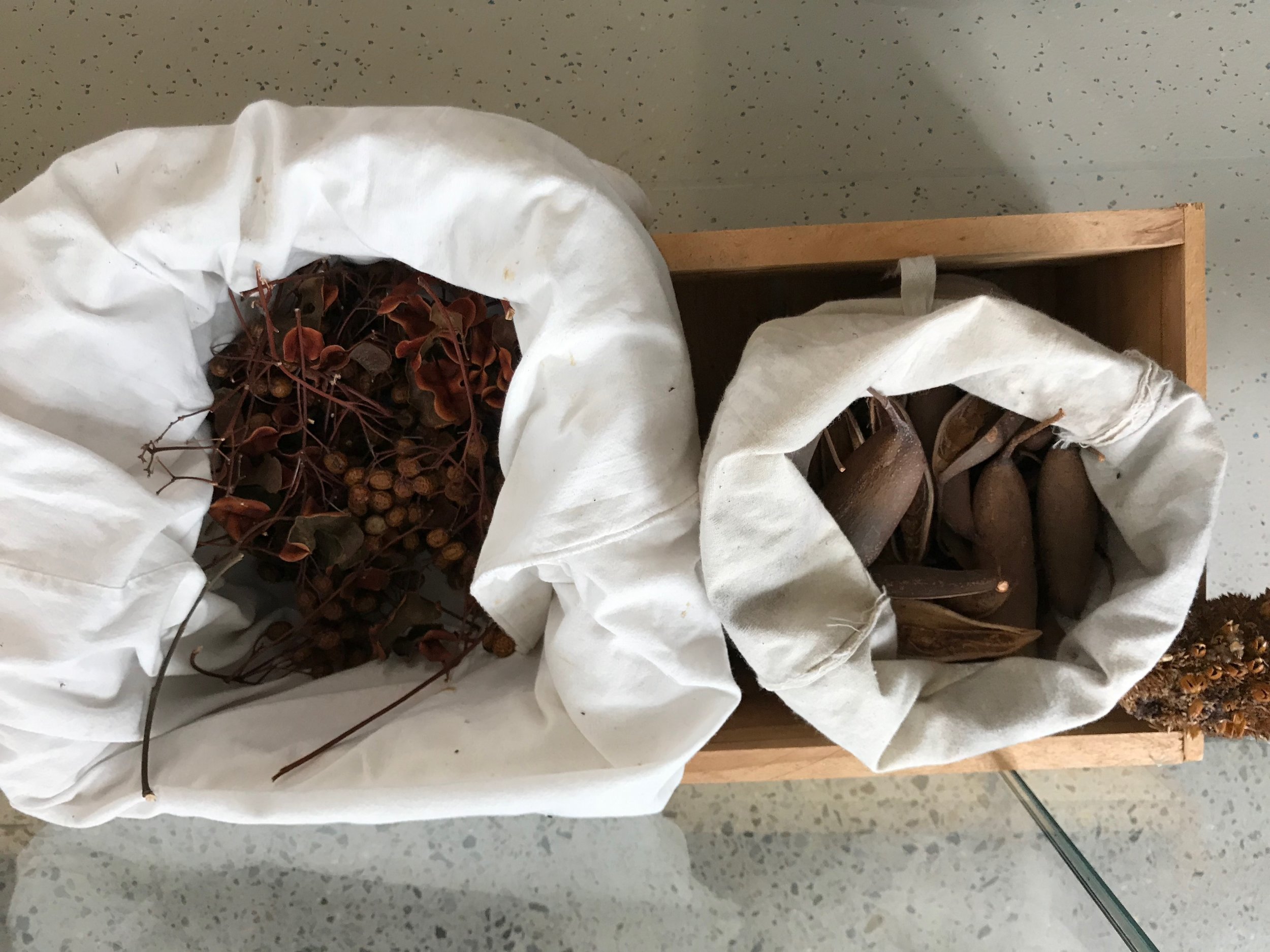
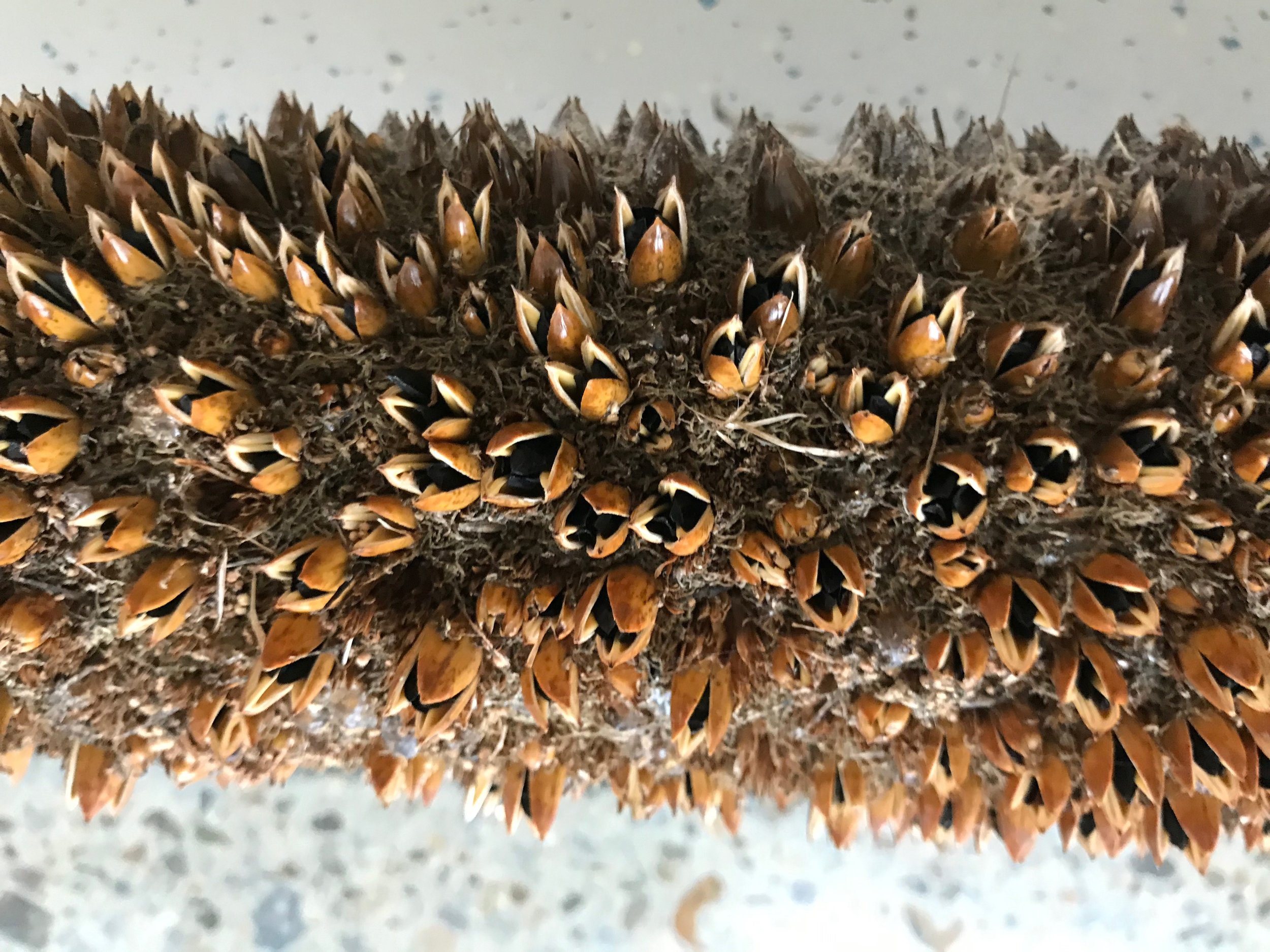
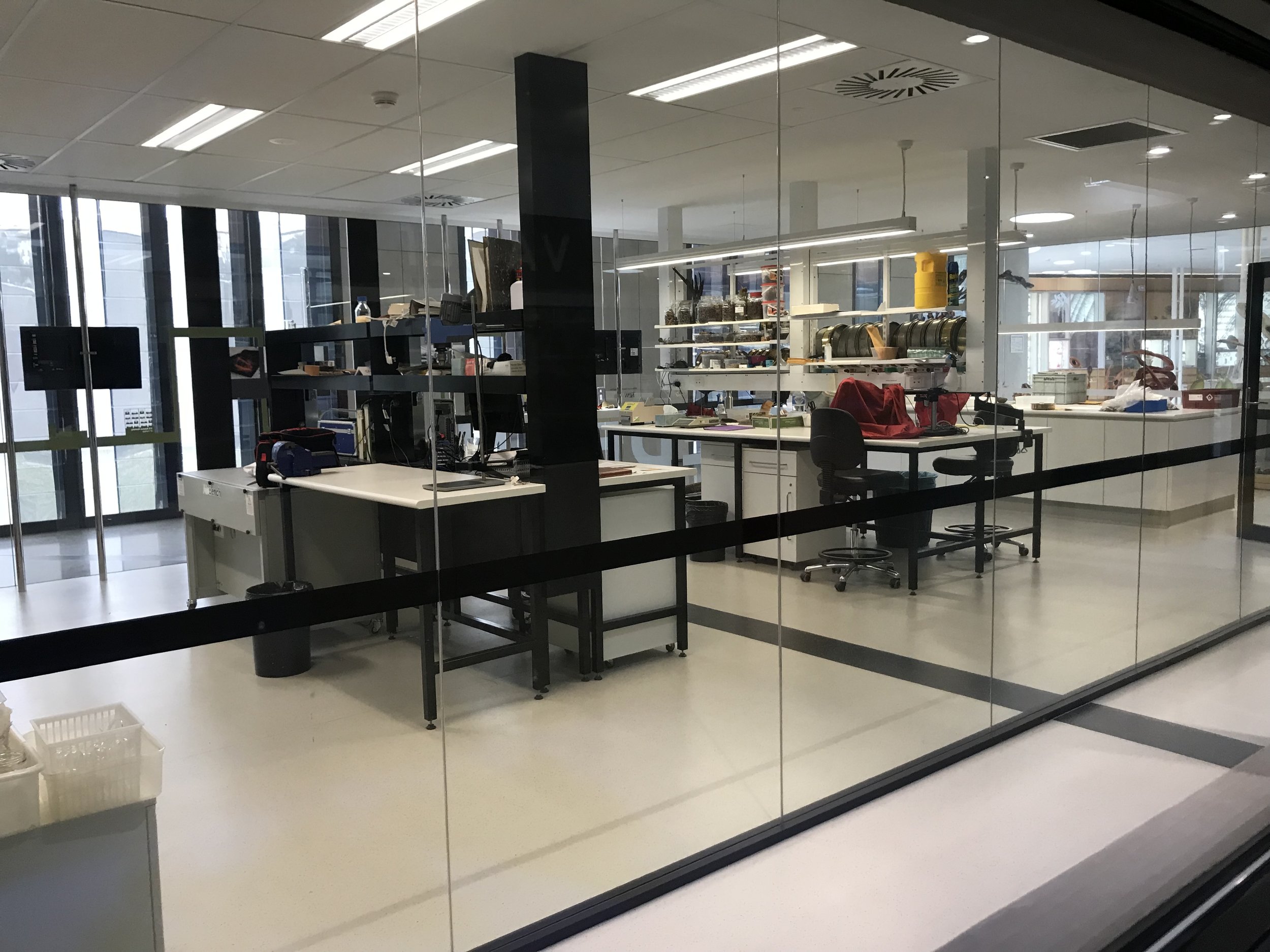

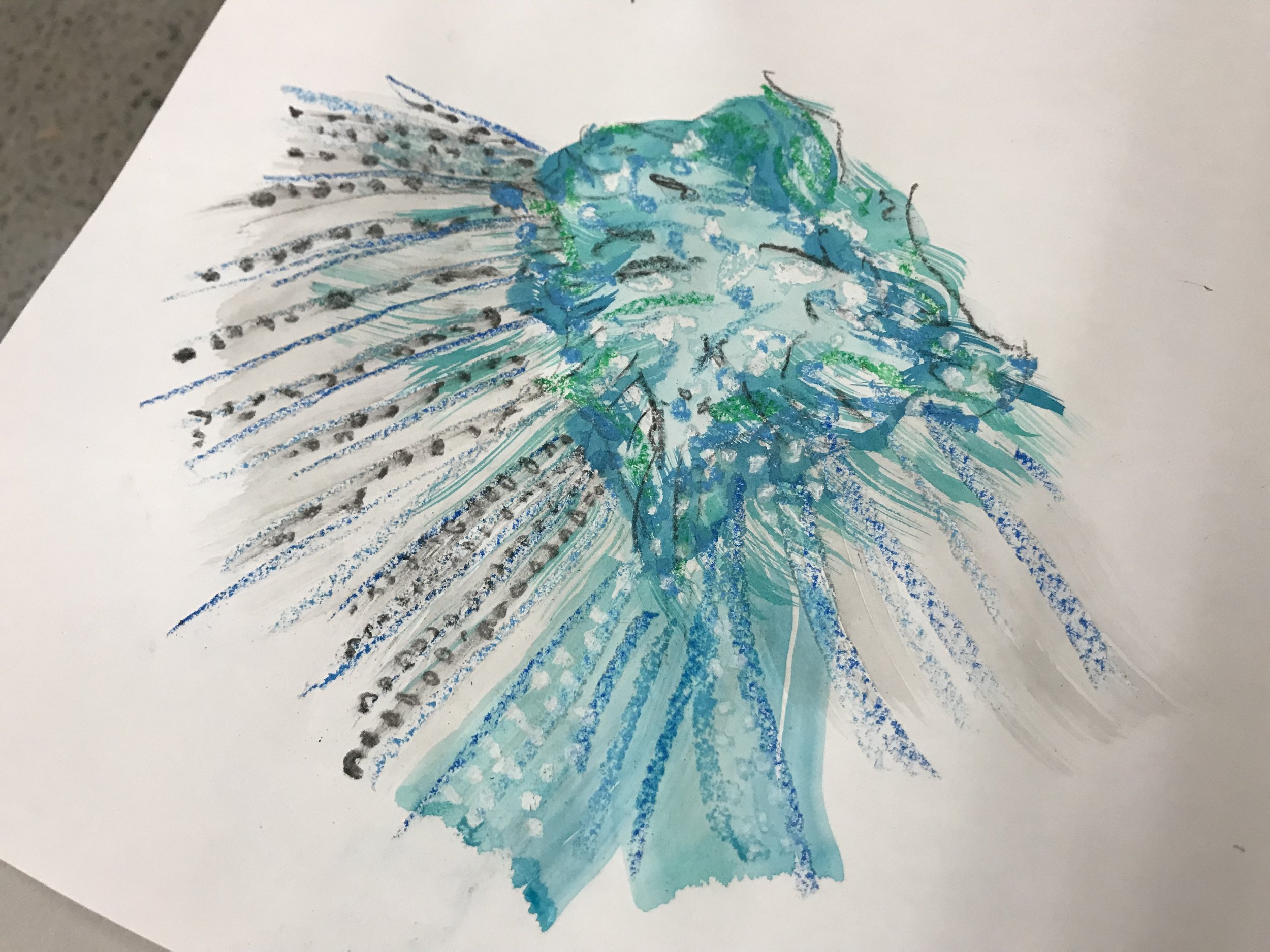
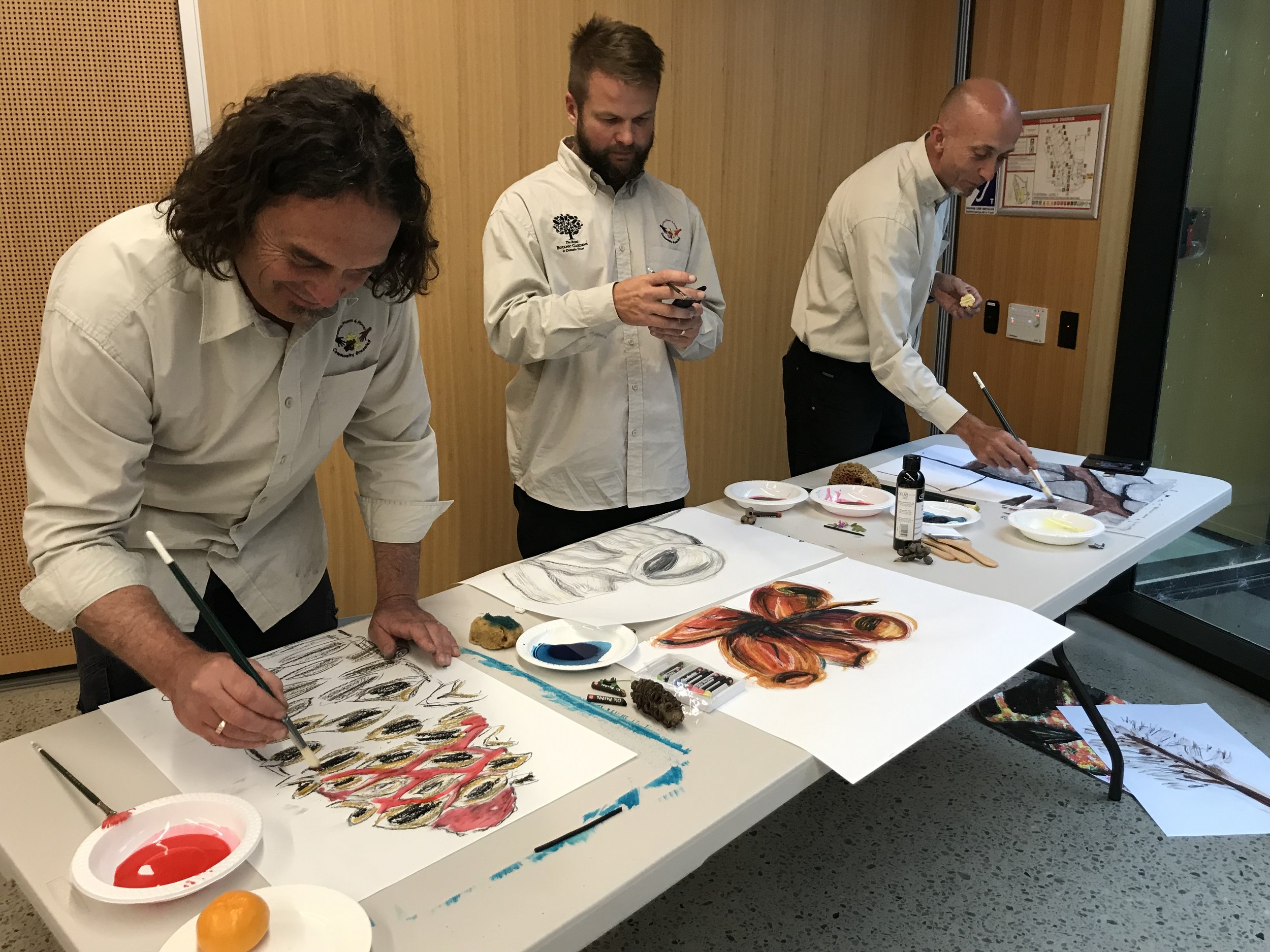
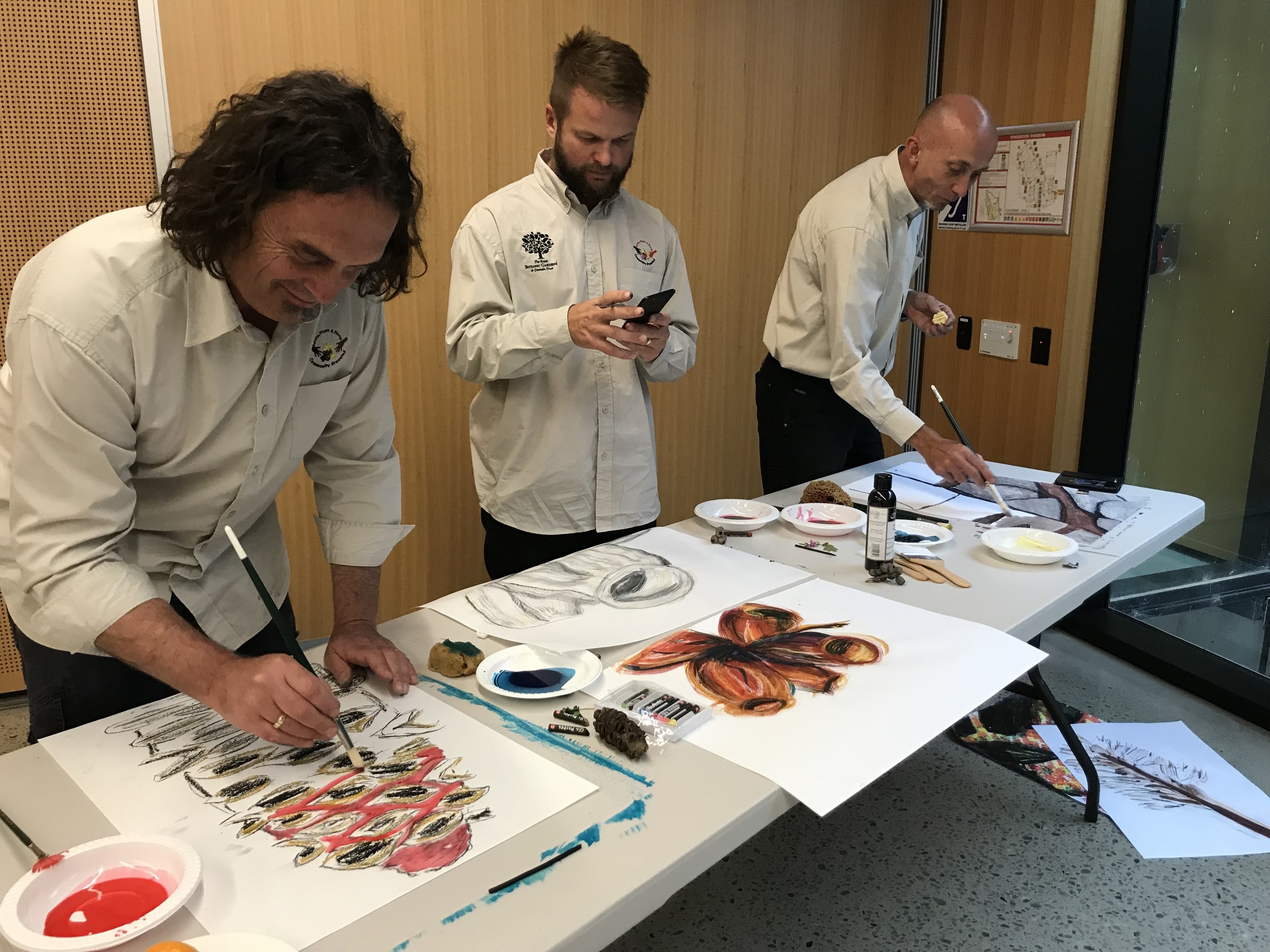

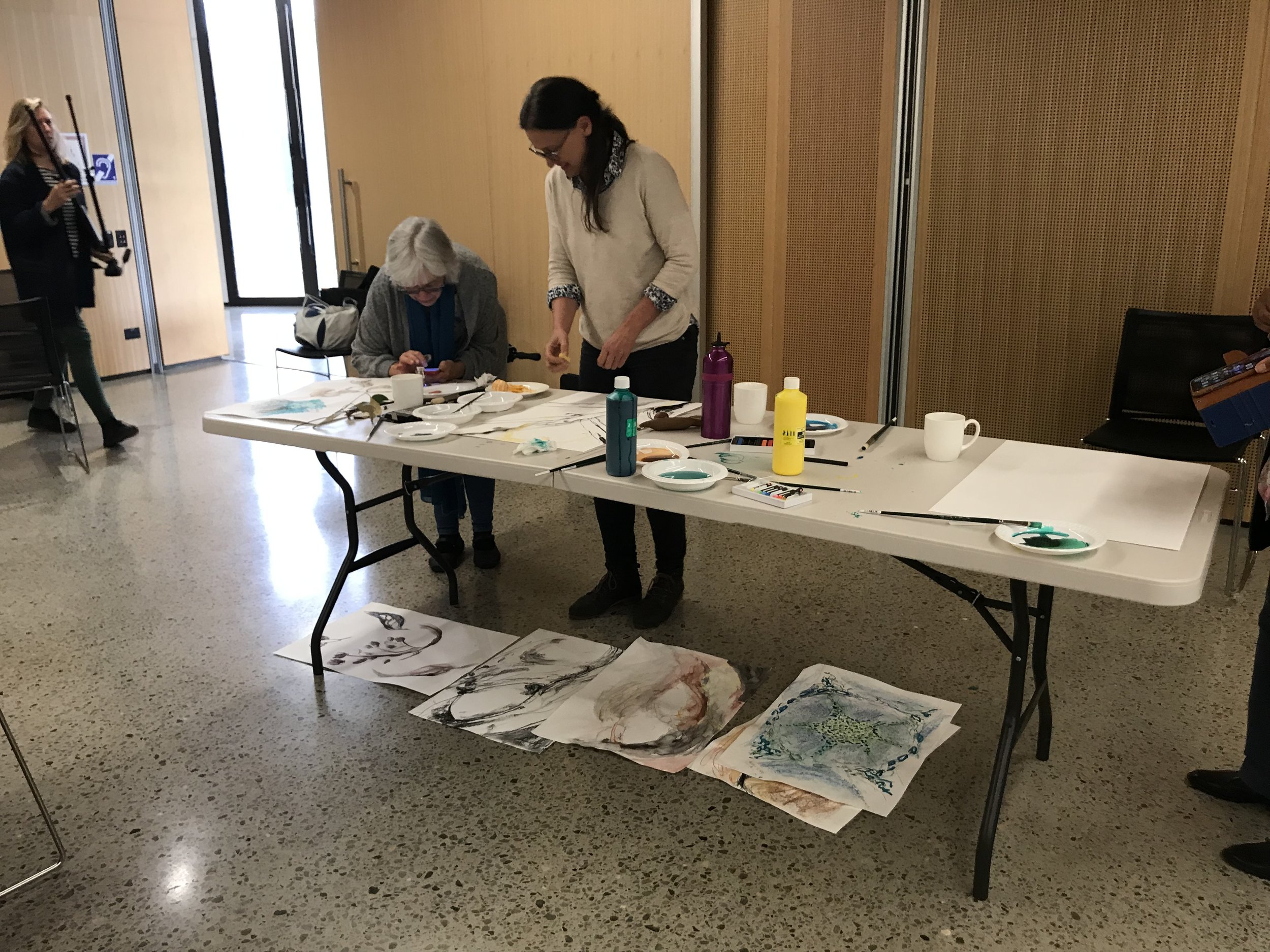

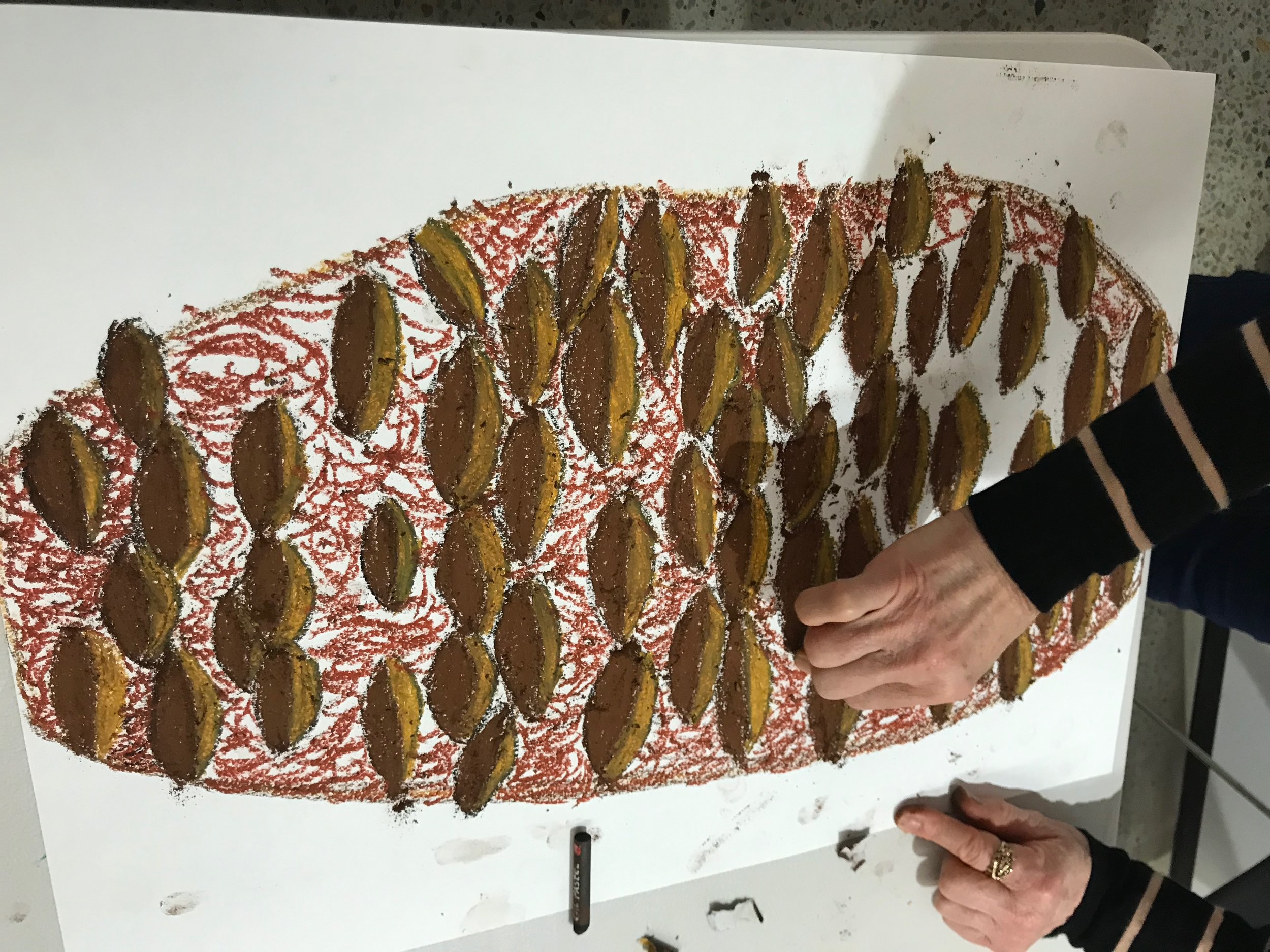
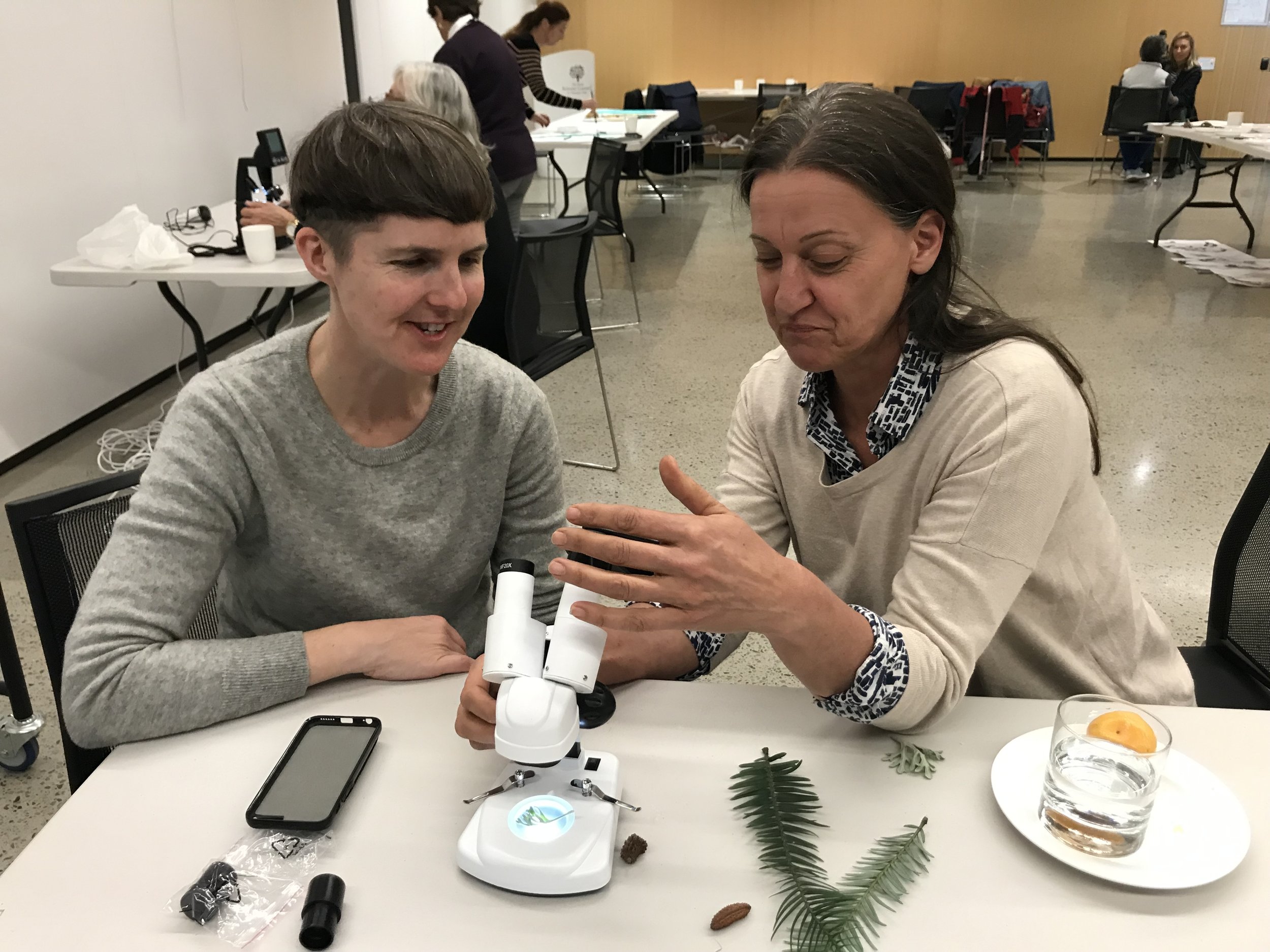



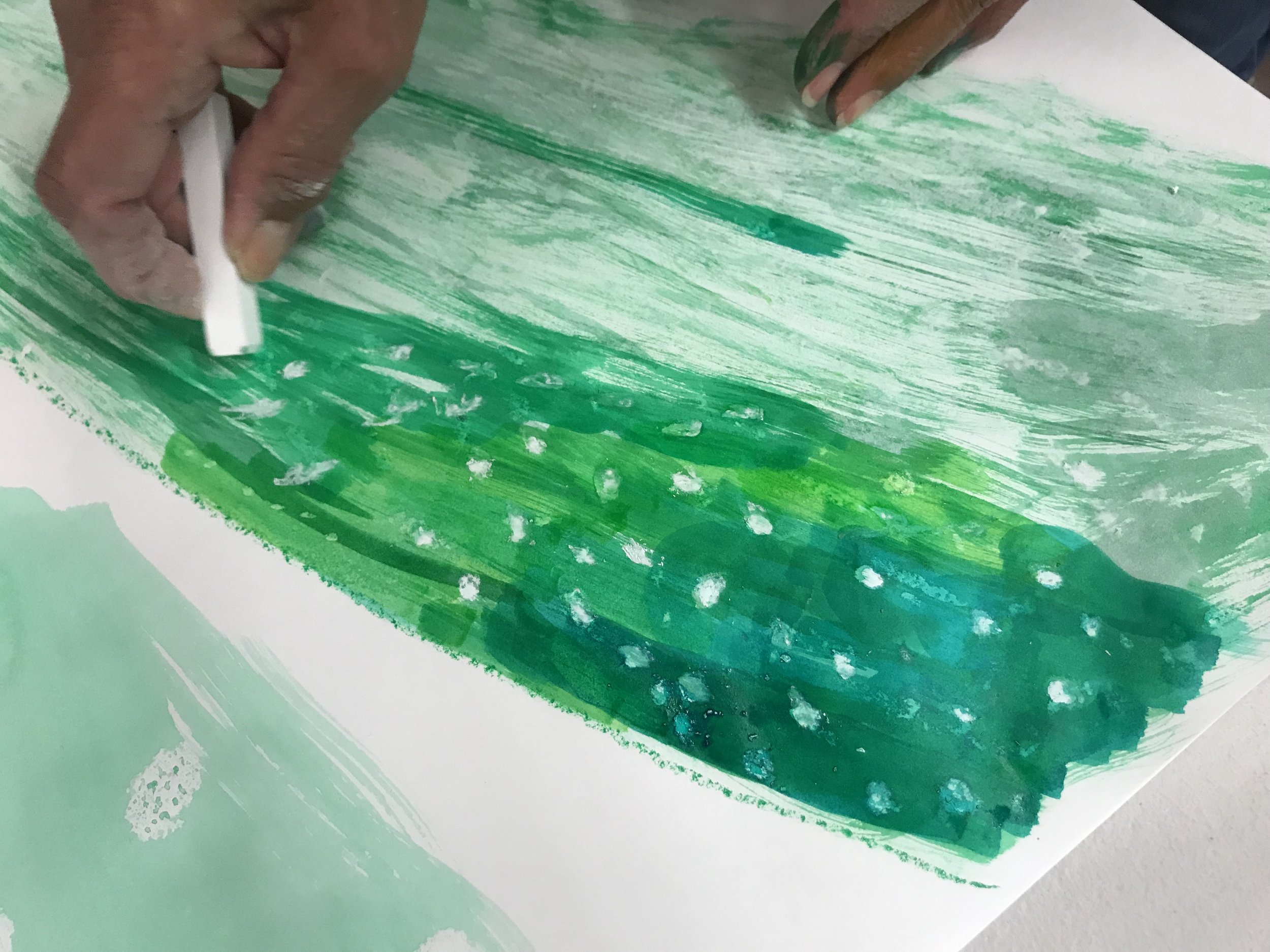

Slides show 1: Drawing from Nature Workshop 10 May, Mt Annan Plantbank.
outcomes: Community drawing workshops 2019
Drawing from Nature
10 May, Mt Annan Plant Bank. – 1 session
11 May, Campbelltown Art Centre – all day session (drop in eq 4 sessions)
13-14 May, Campbelltown Hospital staff and patients, paediatrics, mental health, adolescents, inpatients and outpatients, staff. - 1 session
3 August, Campbelltown Art Centre – 3 sessions
5 August, Campbelltown Hospital staff and patients, paediatrics, mental health, adolescents, inpatients and outpatients, staff. – 3 sessions
23 August, BLP Office, Level 6/ 72-80 Cooper Street, Surry Hills - 1 session
“In each workshop, participants will start by saying to me, ‘I don’t draw’ or ‘I’m no good at drawing.’ Within minutes of being enabled, a paintbrush in hand and a plant specimen for inspiration, all self-consciousness and fear quickly dissipates as each individual’s creative spirit is revealed. ”
Participants of all ages and levels of experience were invited to join visual artist, Erica Seccombe to explore different materials and techniques for observational drawing; inspired by the natural world of plants. Using microscopes and magnifying glasses, this drop-in workshop encouraged artistic exploration and conversation around the ways in which we interact within the cultural and environmental landscapes of Campbelltown.

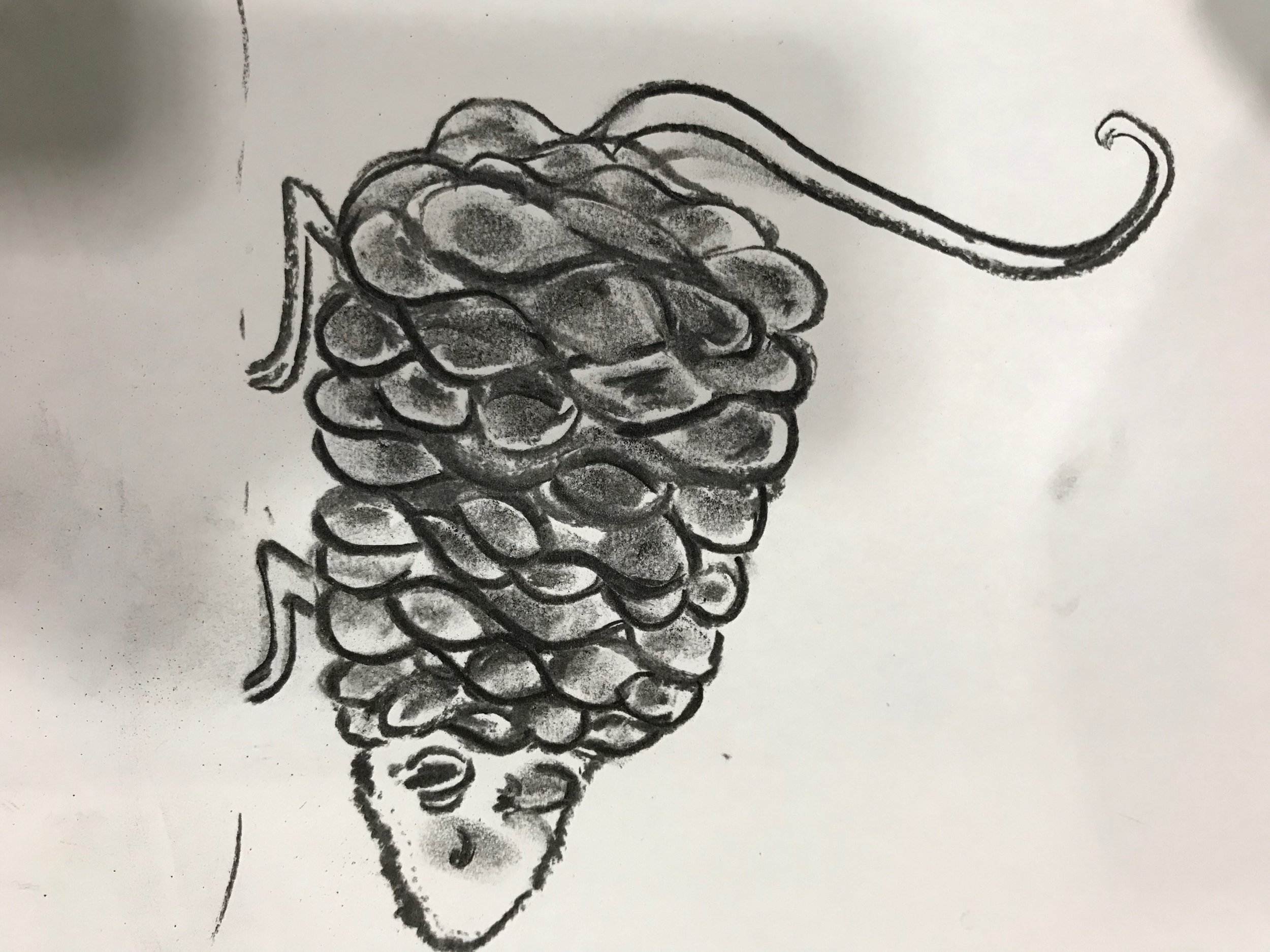
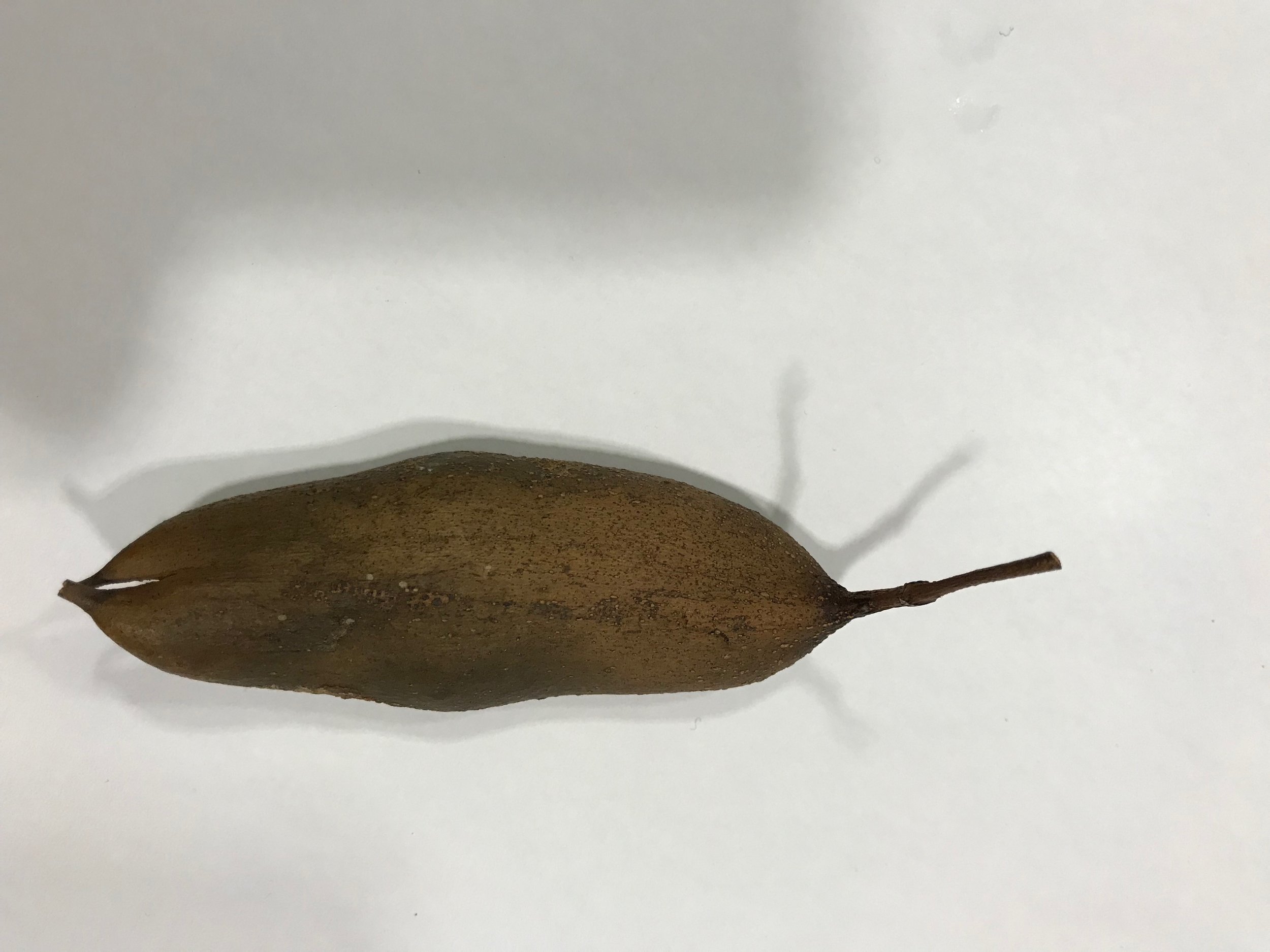
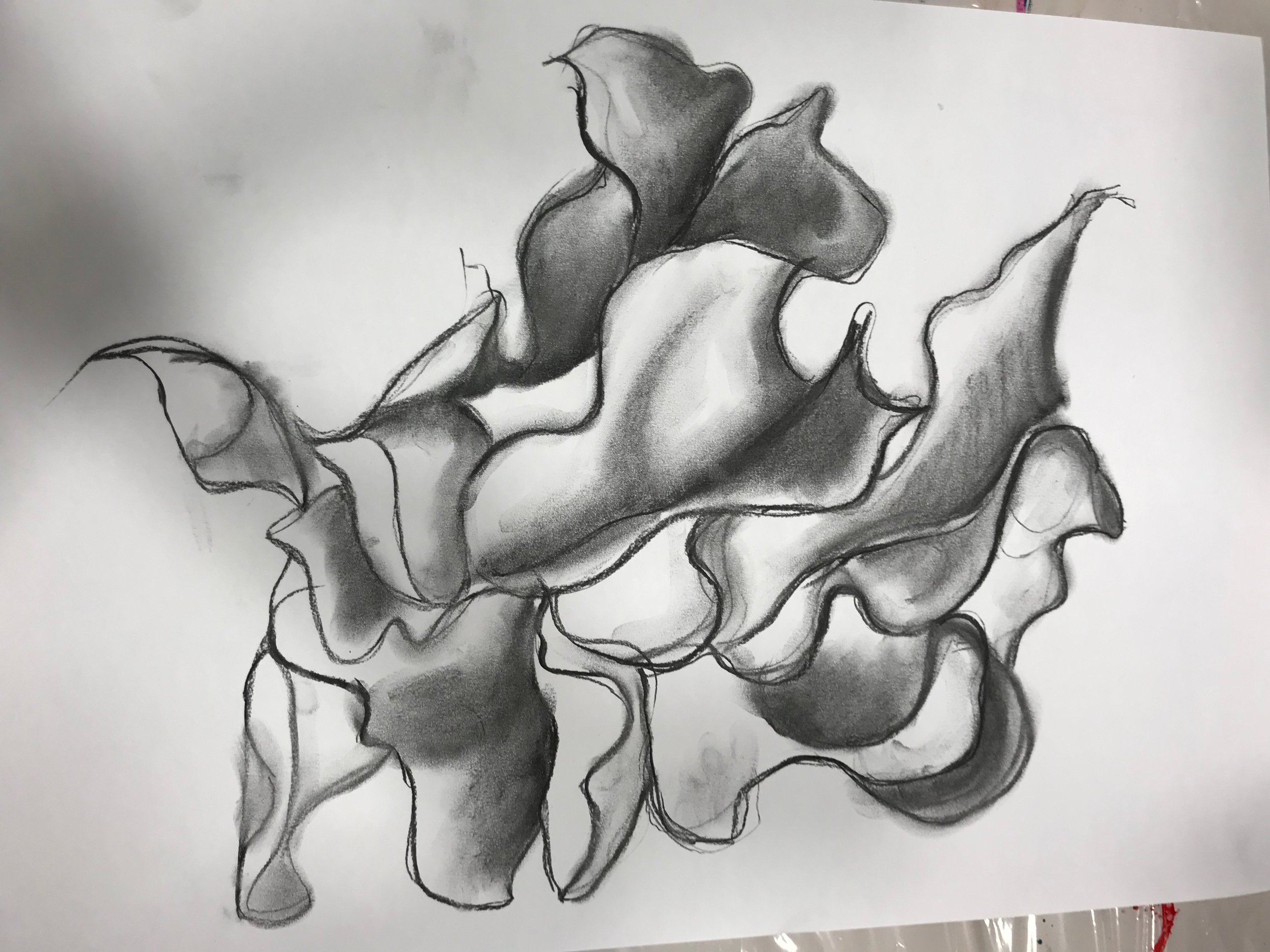
Slide show 3: Drawing from nature workshop, 13-14 May, Campbelltown Hospital. (Selected images only)
“Looking down a microscope combined with the embodied process of drawing creates a shared, safe and reflective experience. Connections and friendships are made easily between participants. Conversations flow about how the new hospital should feel, and the importance of nature in and around the wards was a strong connecting thread. ”
The drawings created in this session will contribute to how Campbelltown Arts Centre is assisting local communities to engage with the redevelopment of Campbelltown Hospital. As the experience of nature is often the connecting thread between different communities, the workshop will focus on the importance of care and wellbeing through the exploration of plants.
“Working on these first stages of engagement I met so many people from different parts of the community, and I was really honoured by how generous everyone was with each other, and with me. It was clear that the residents of Campbelltown and surrounds are ready to collaborate on the final project when it is proposed. ”
